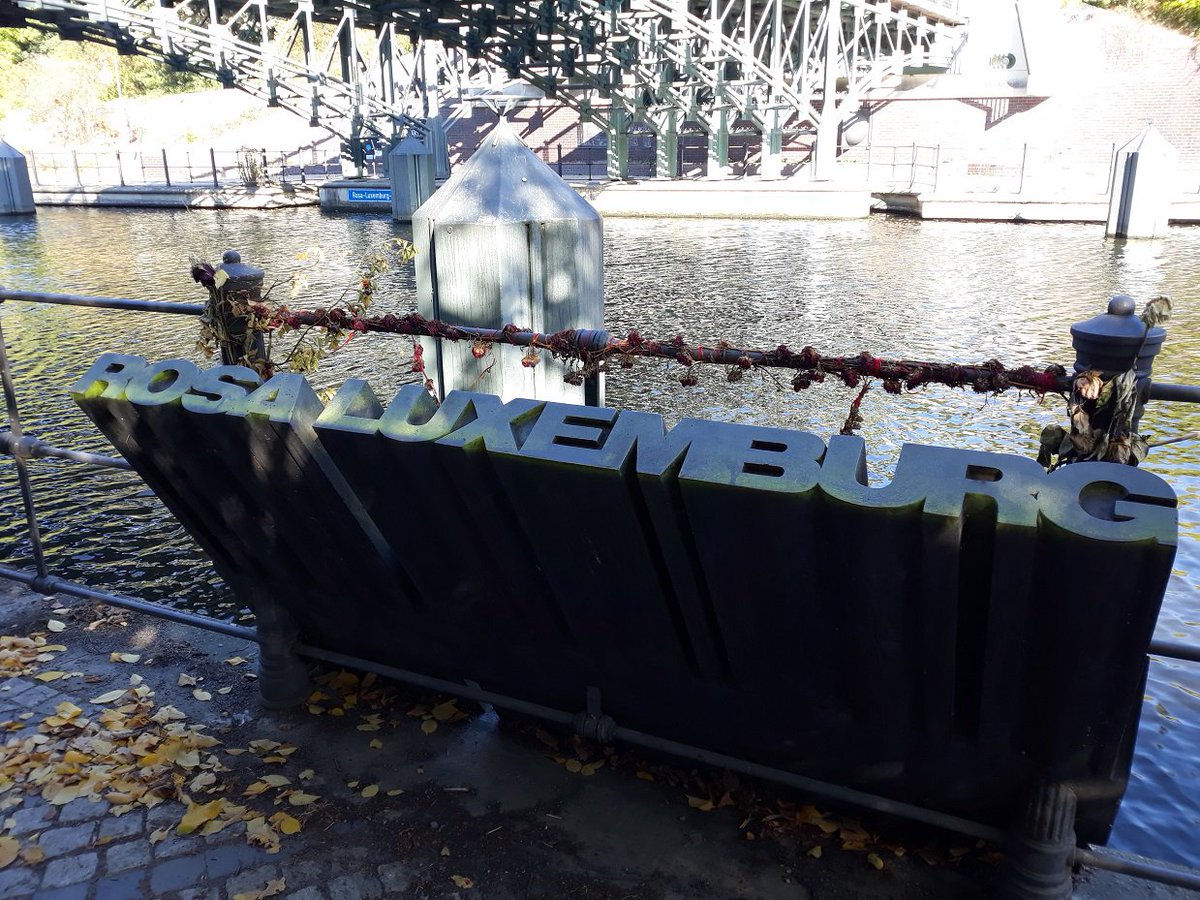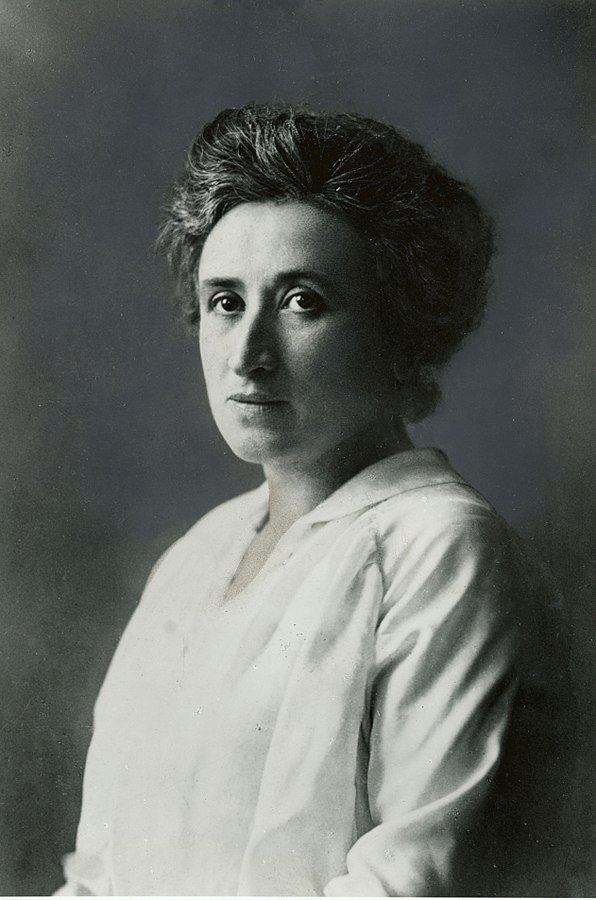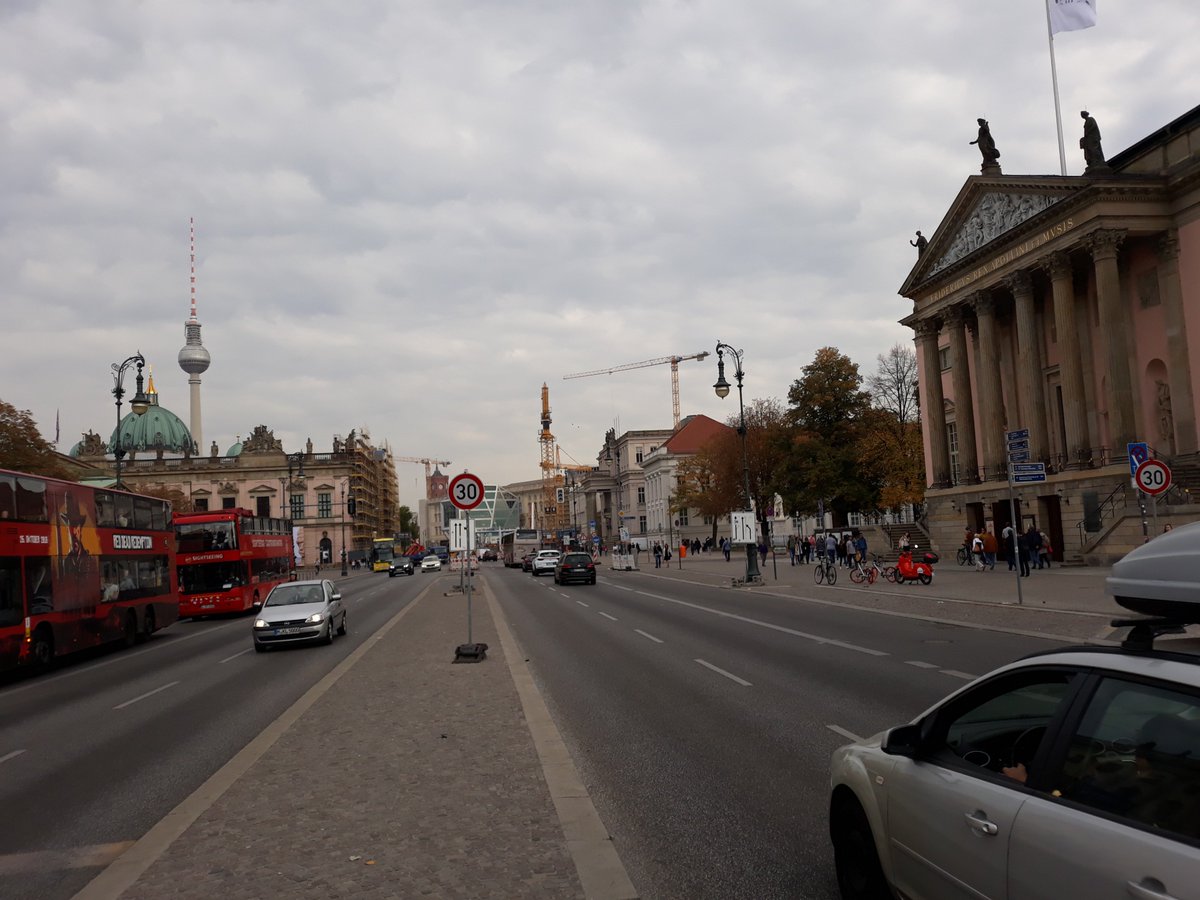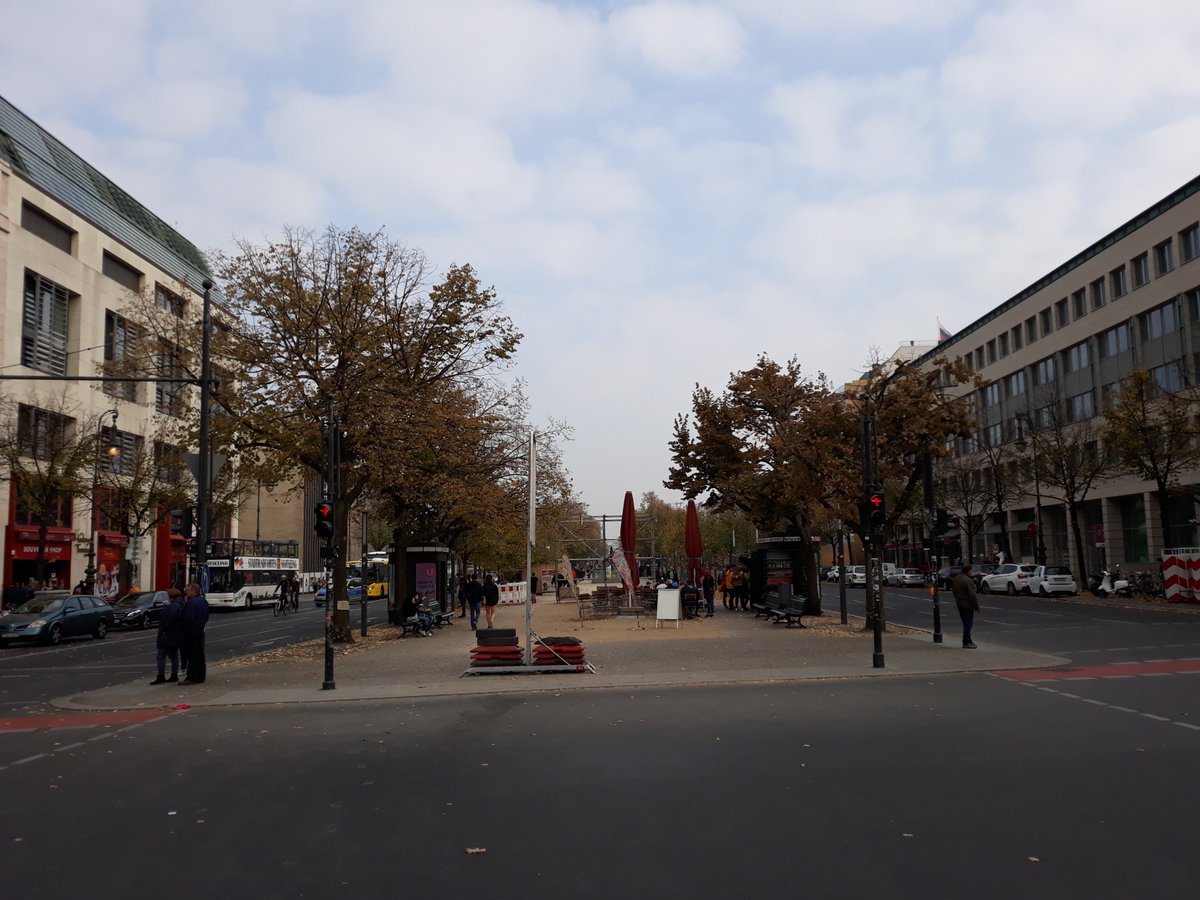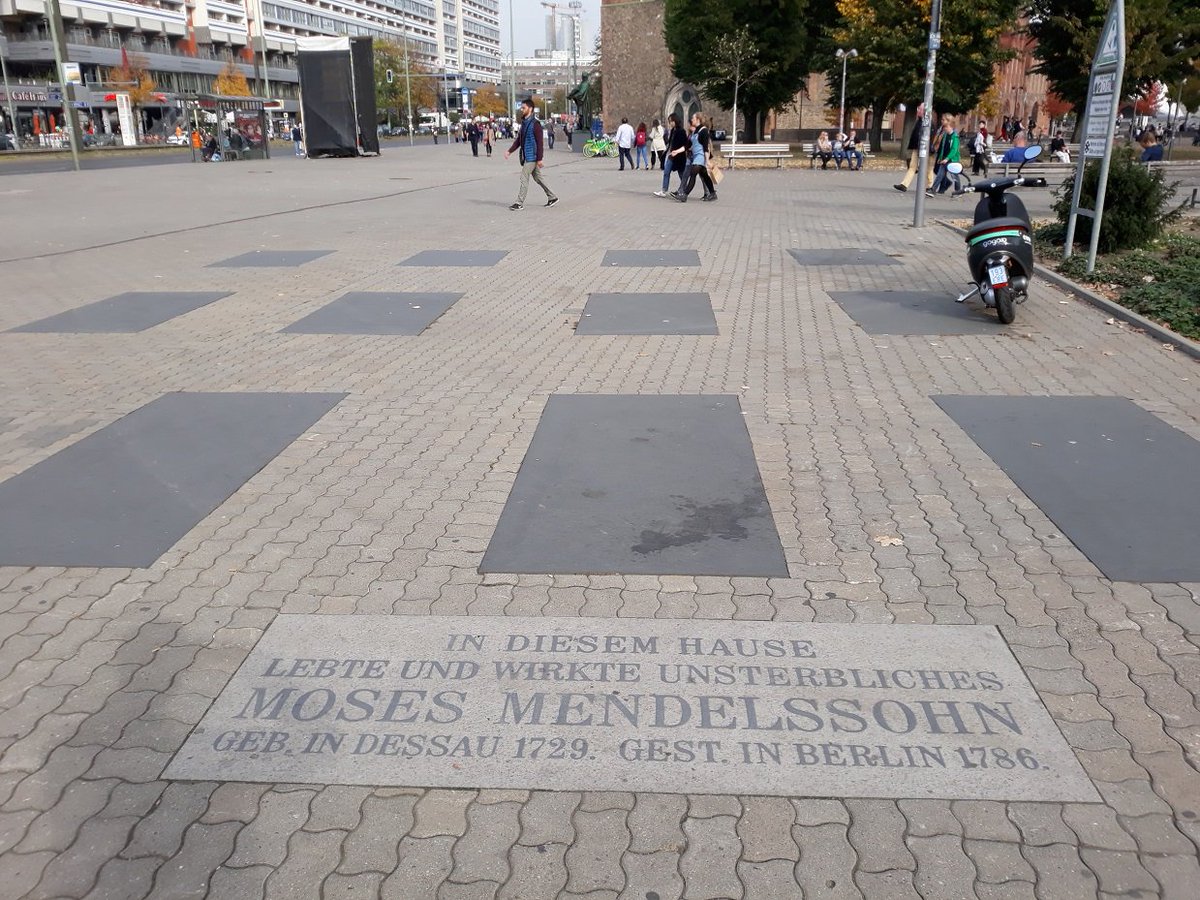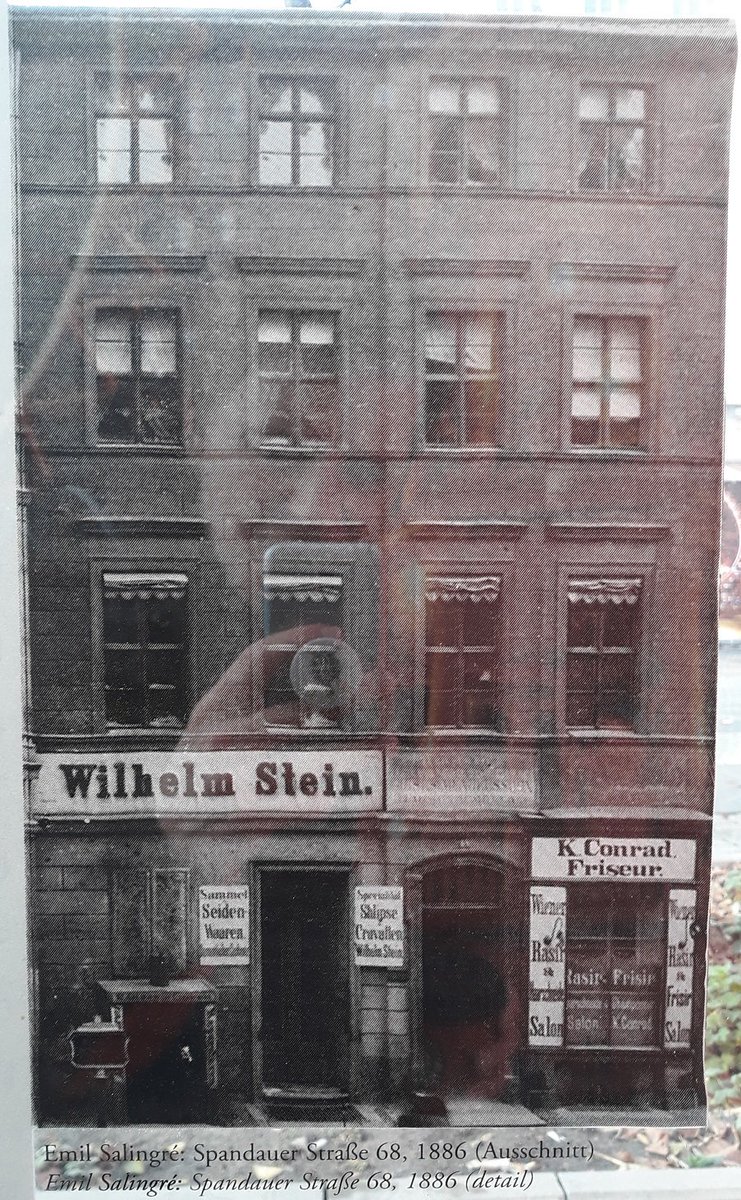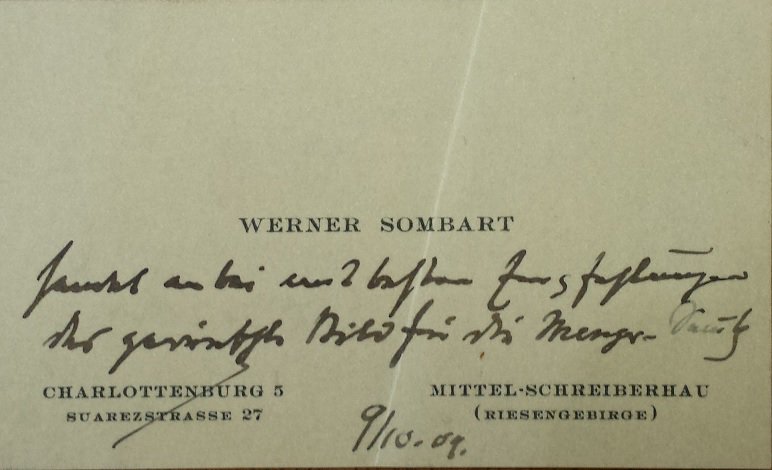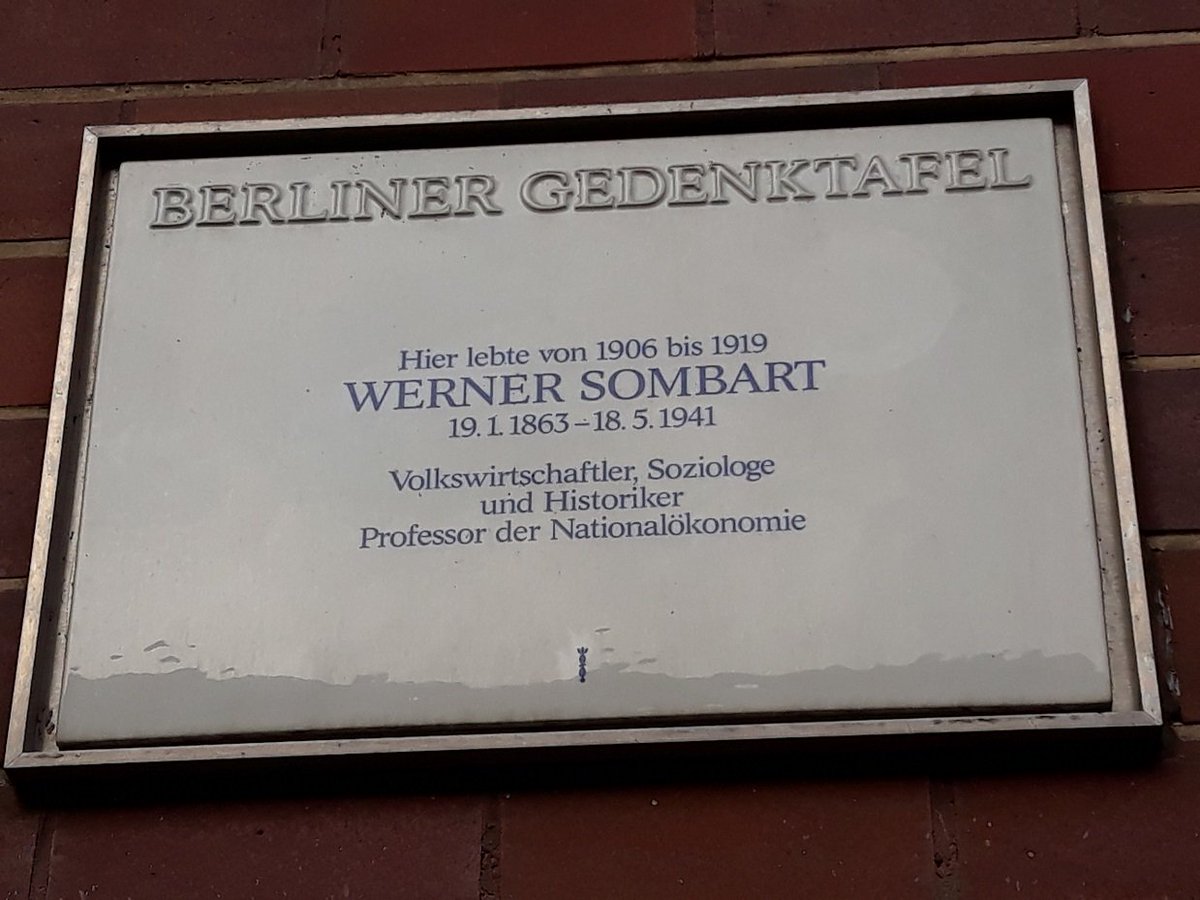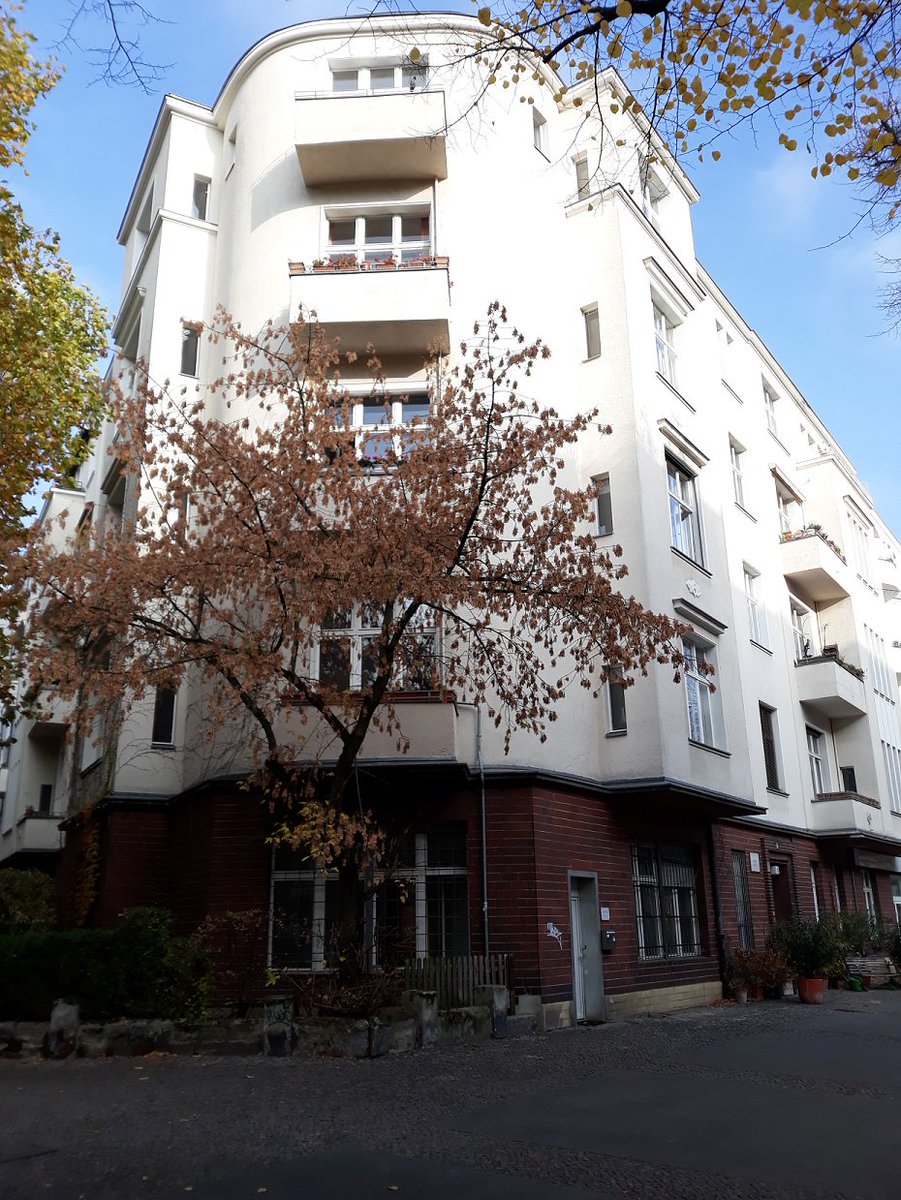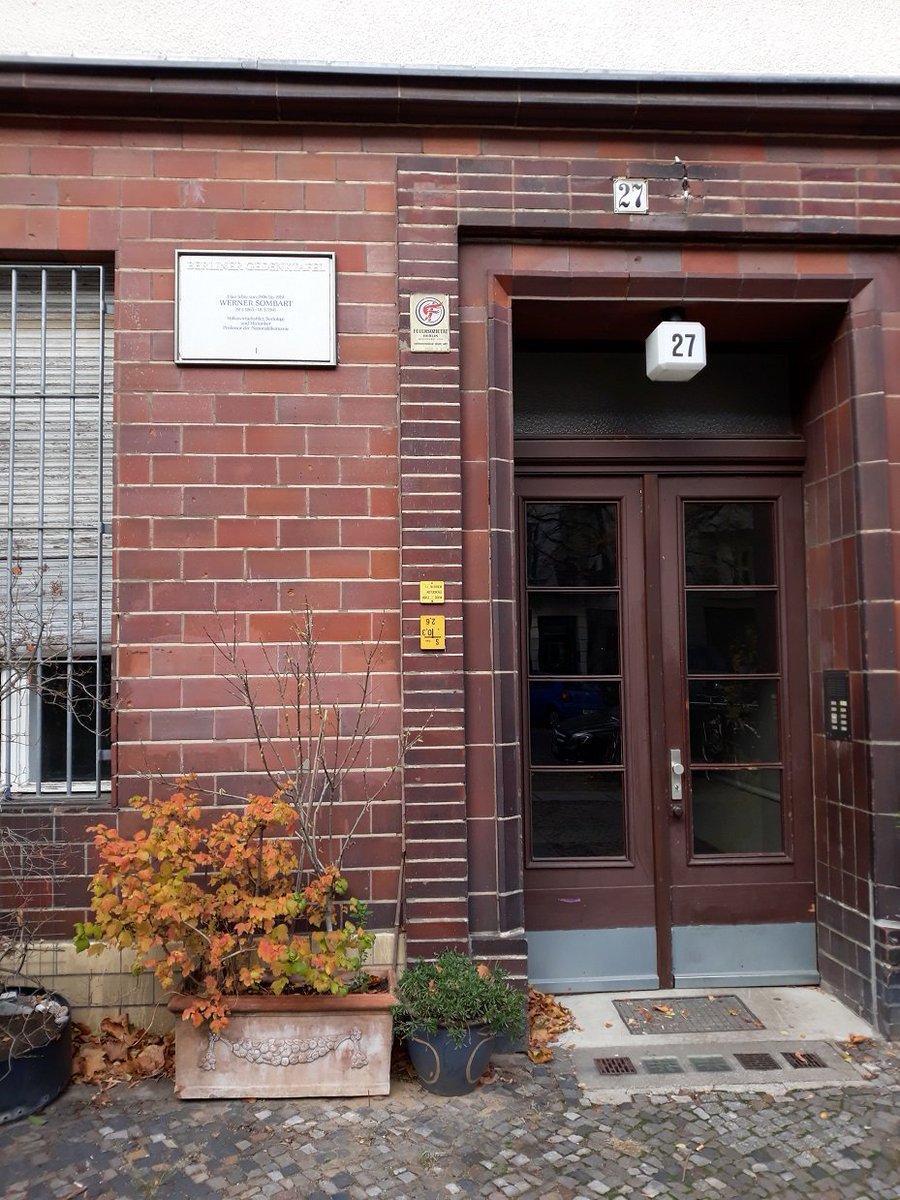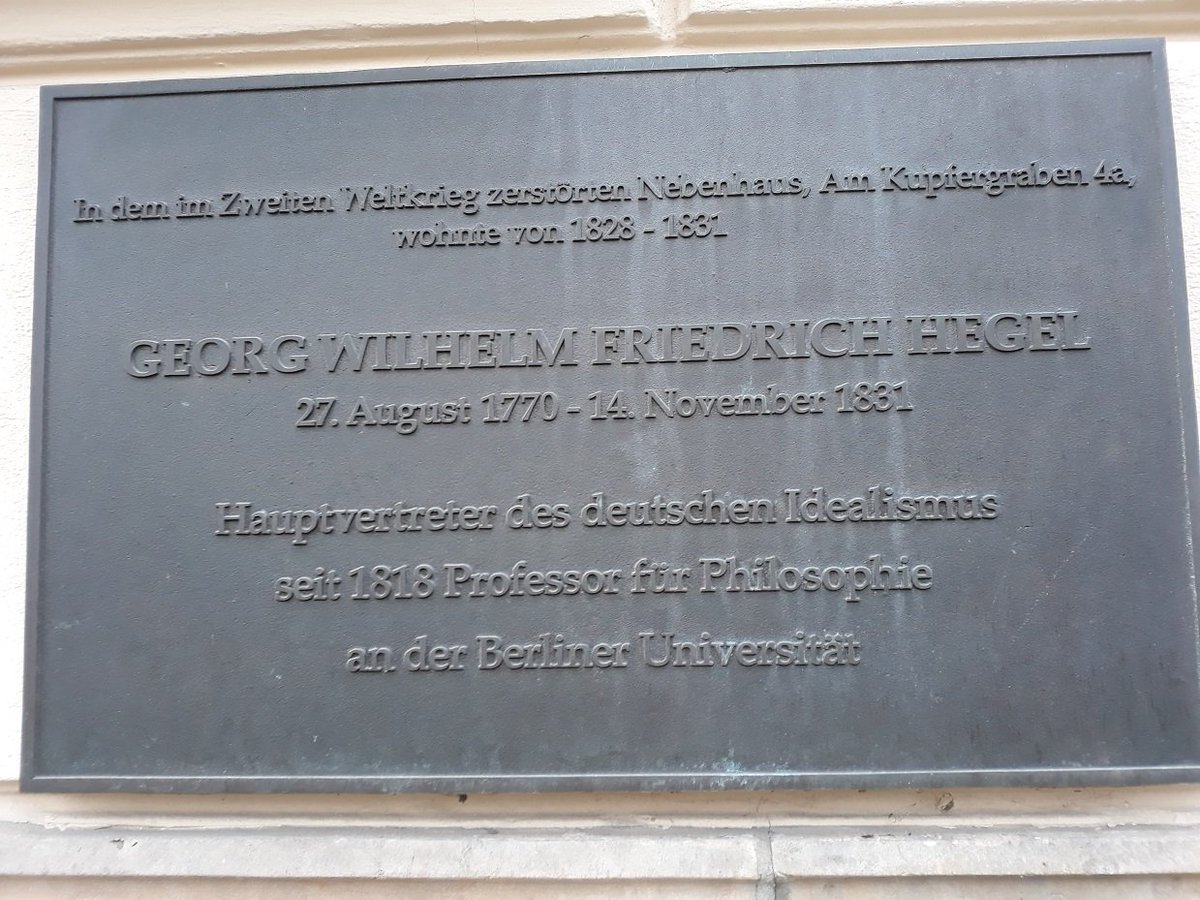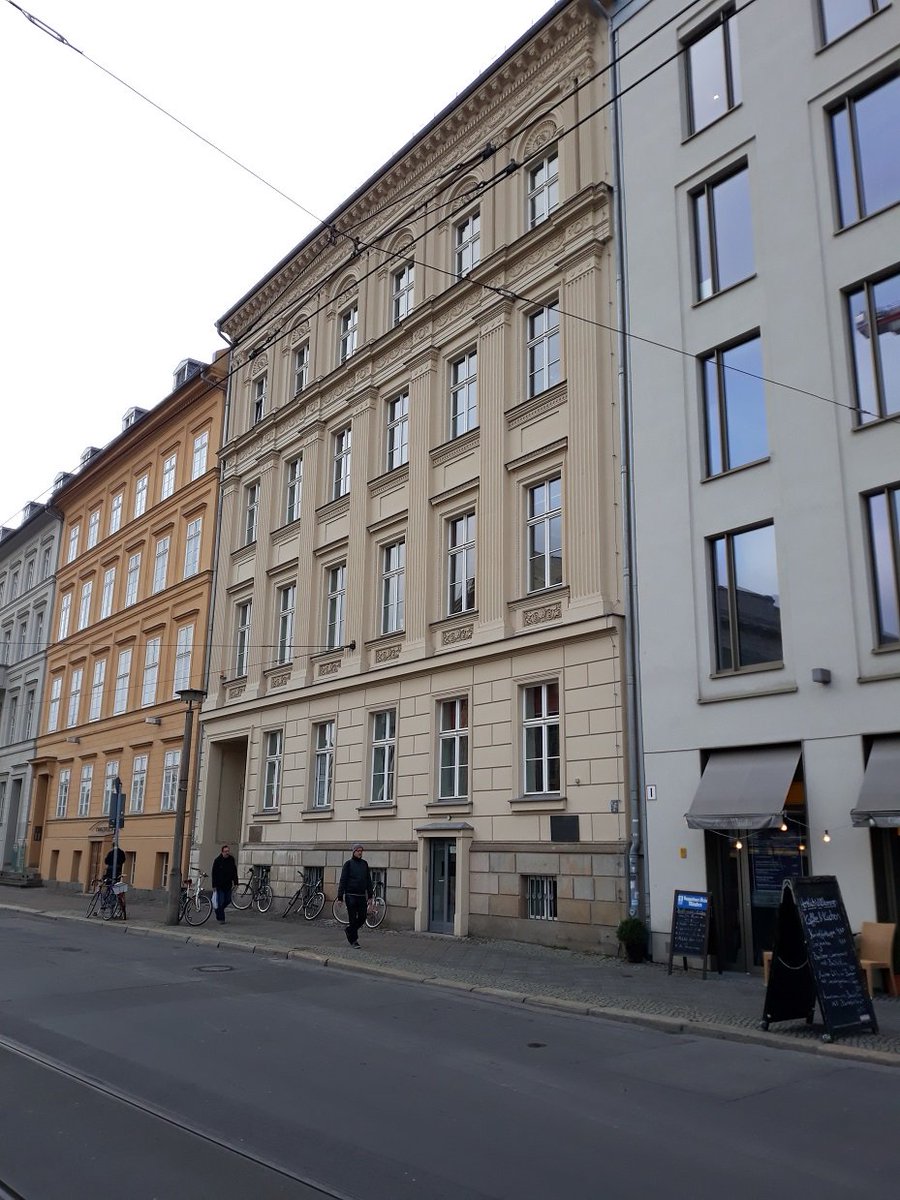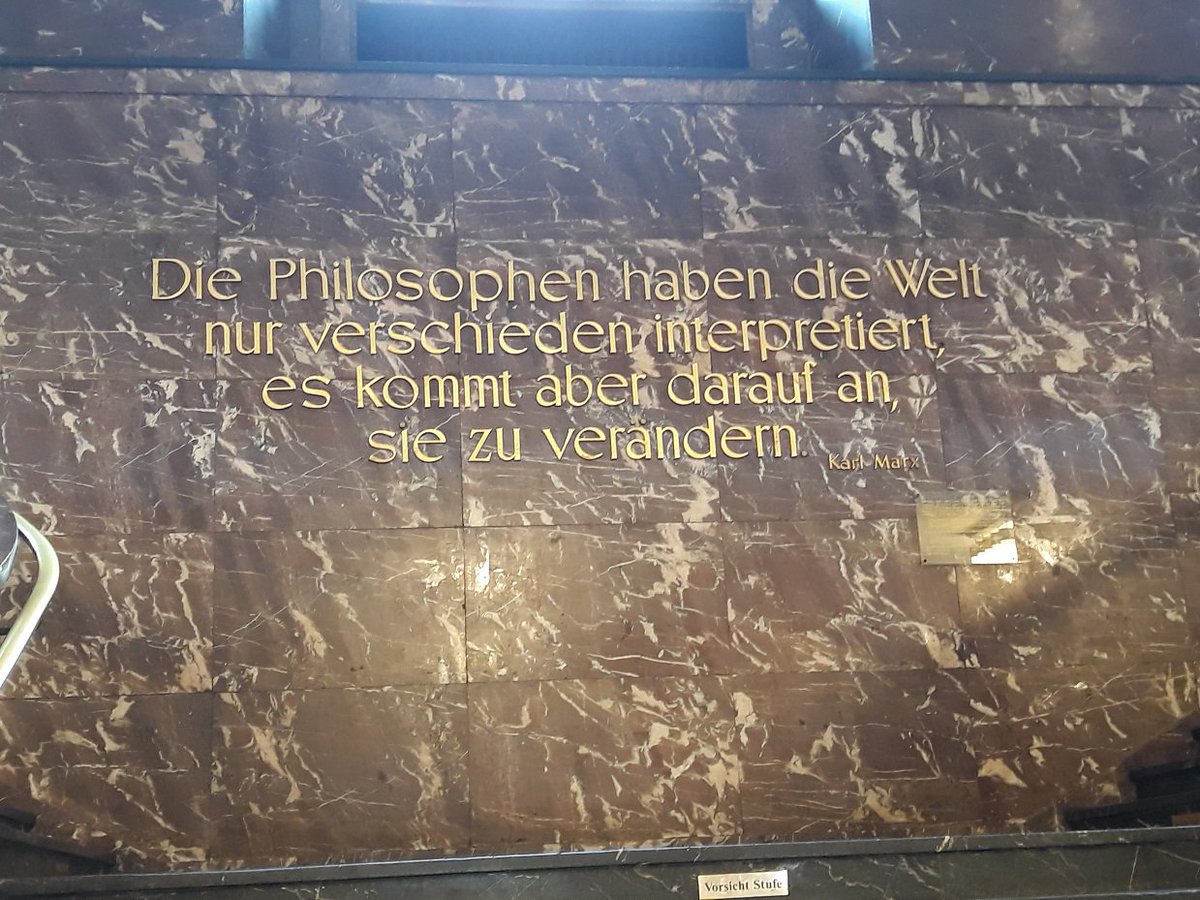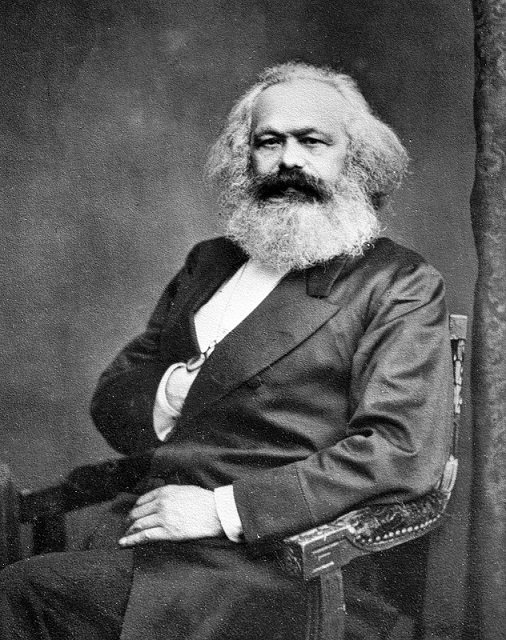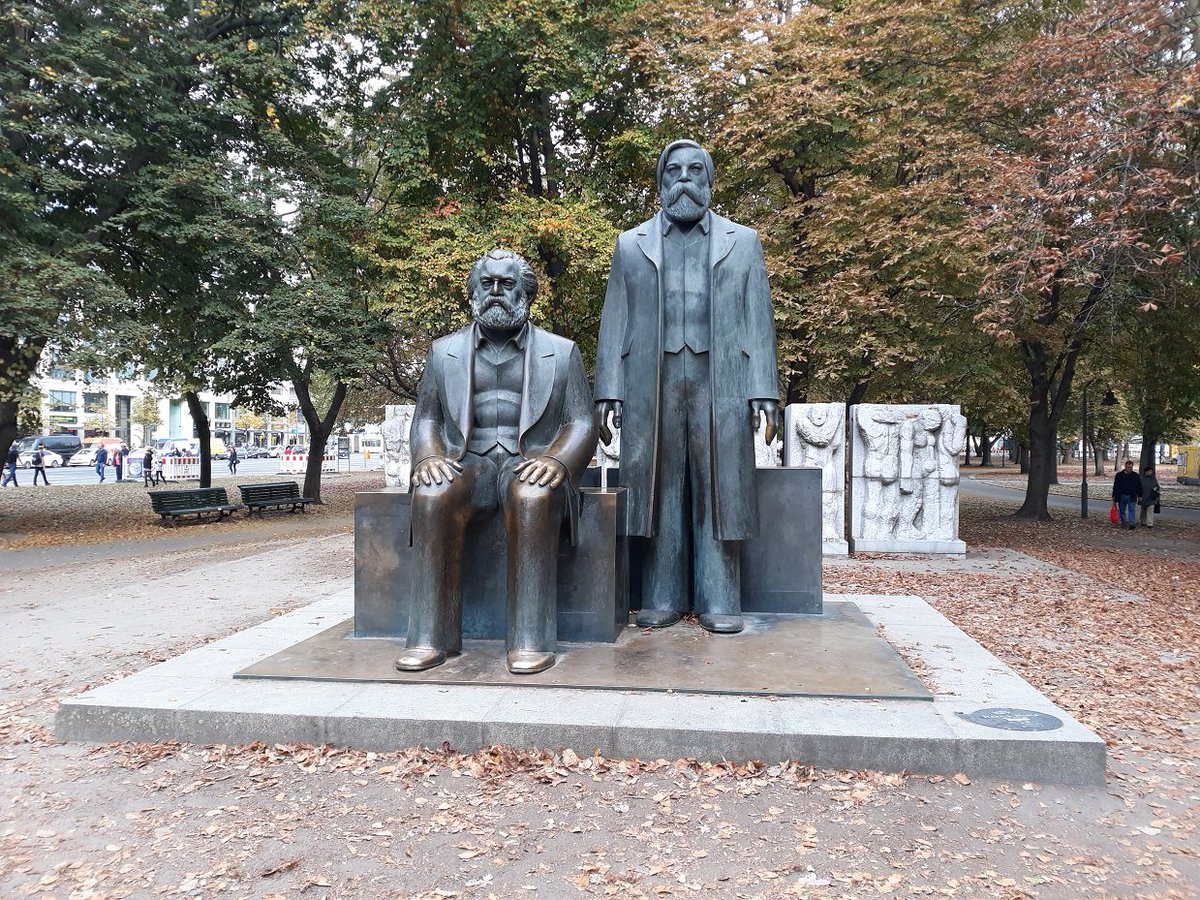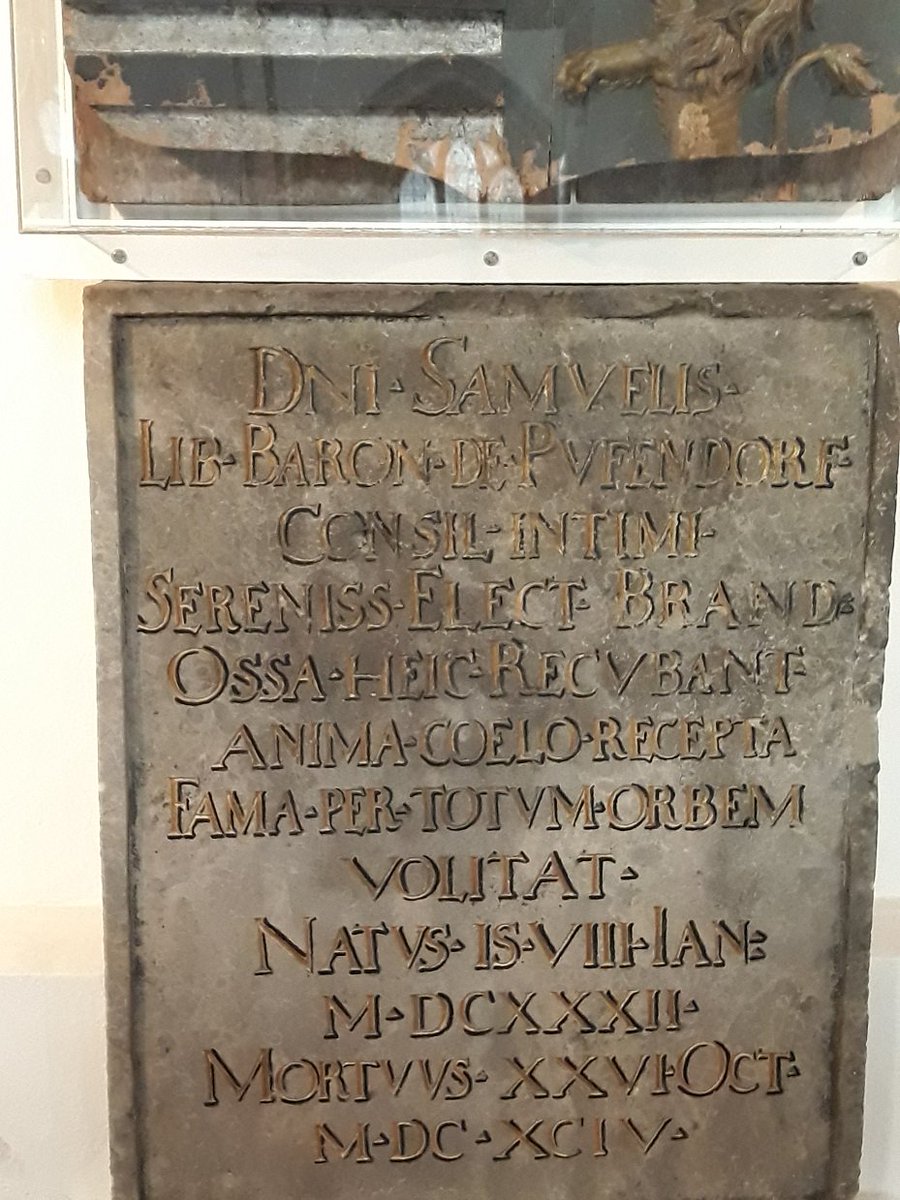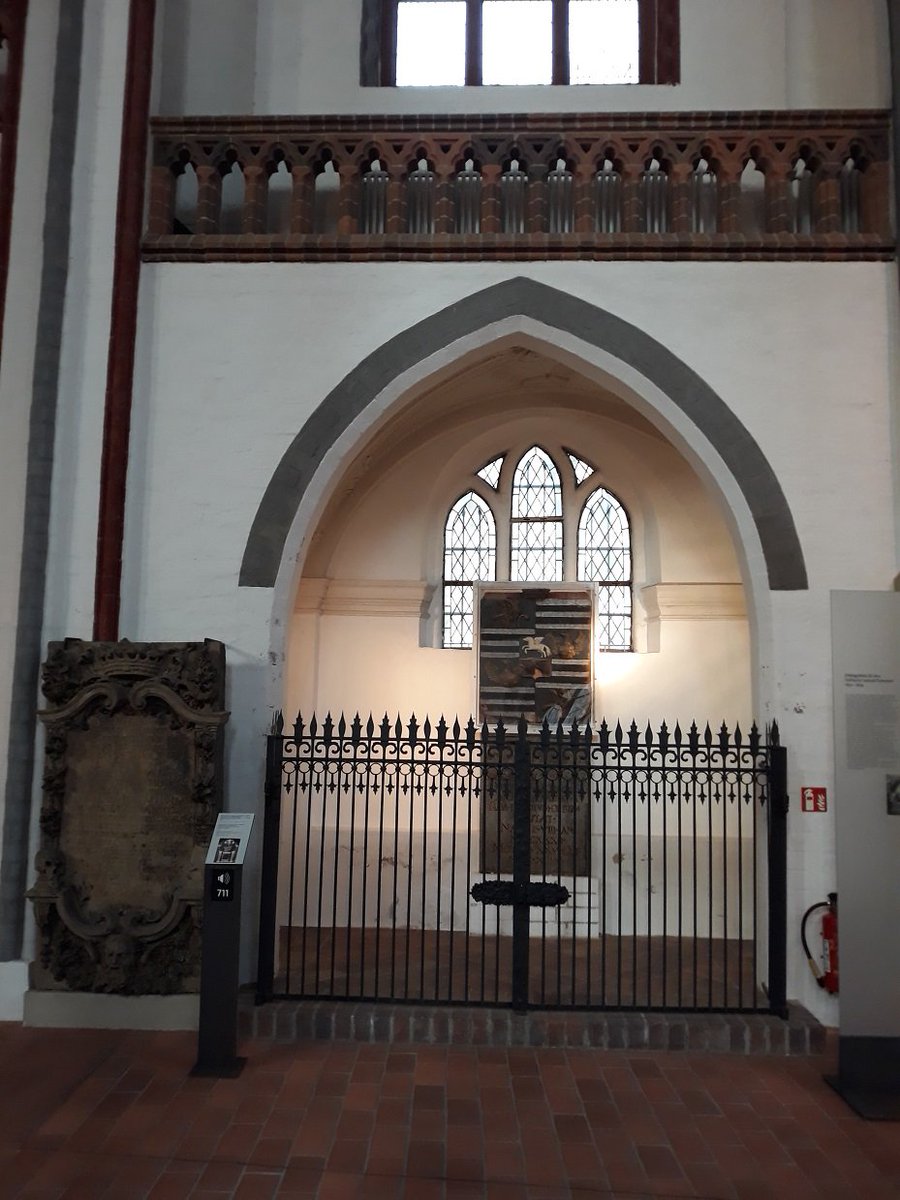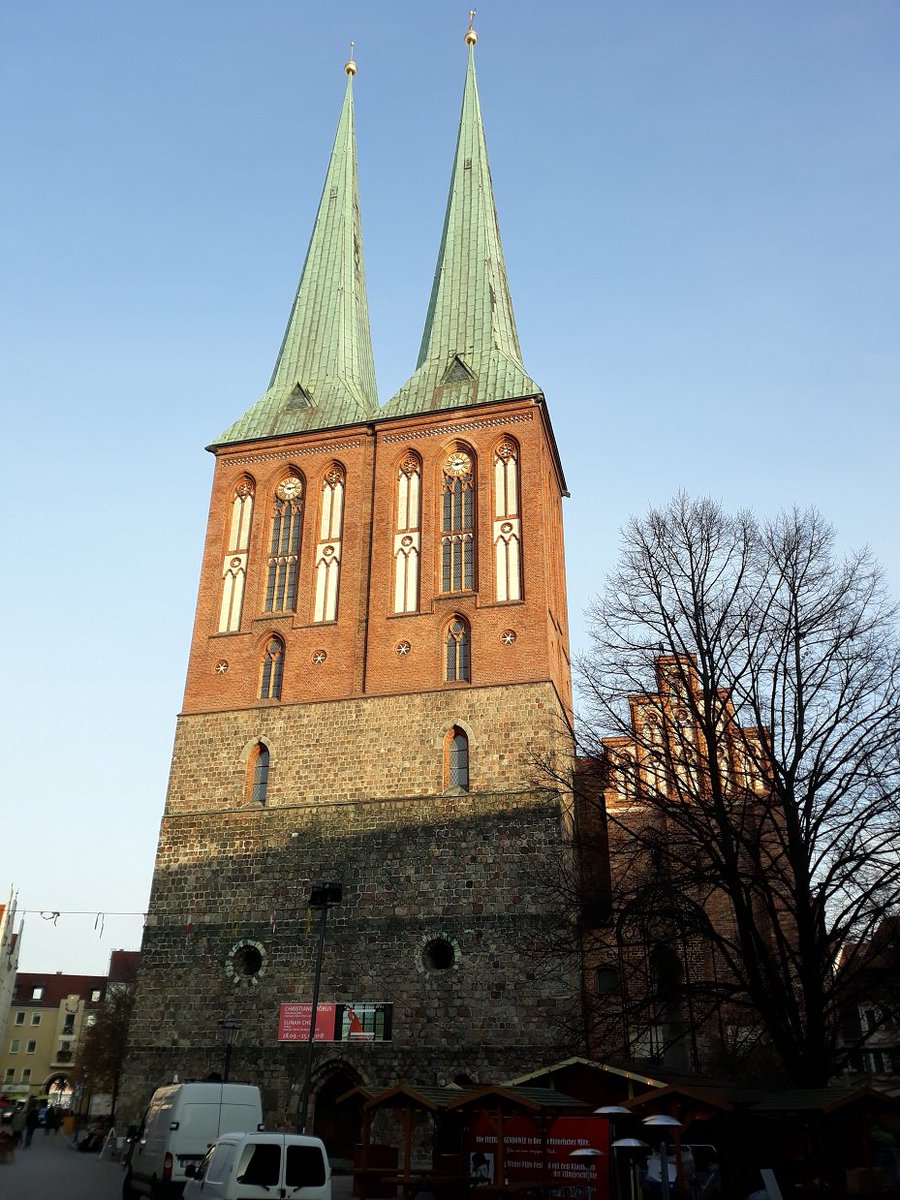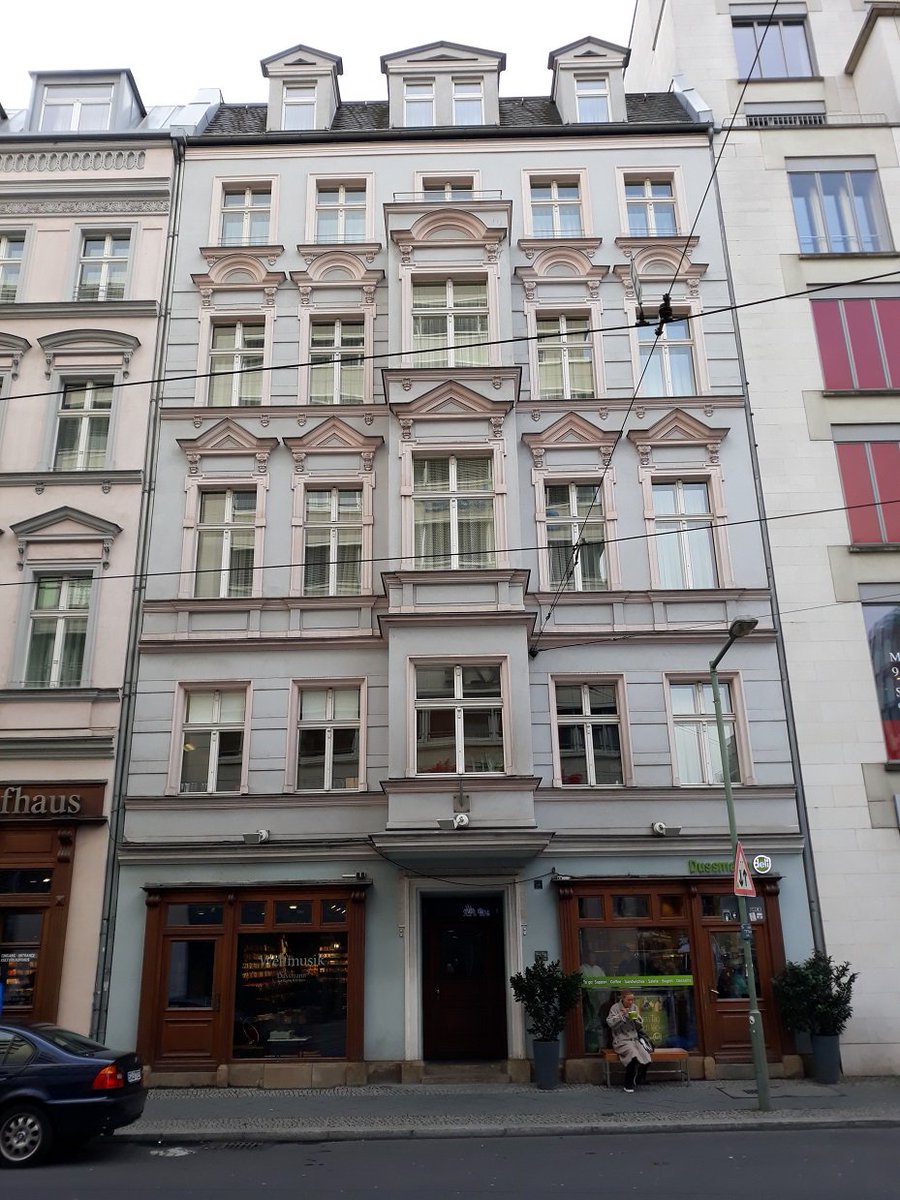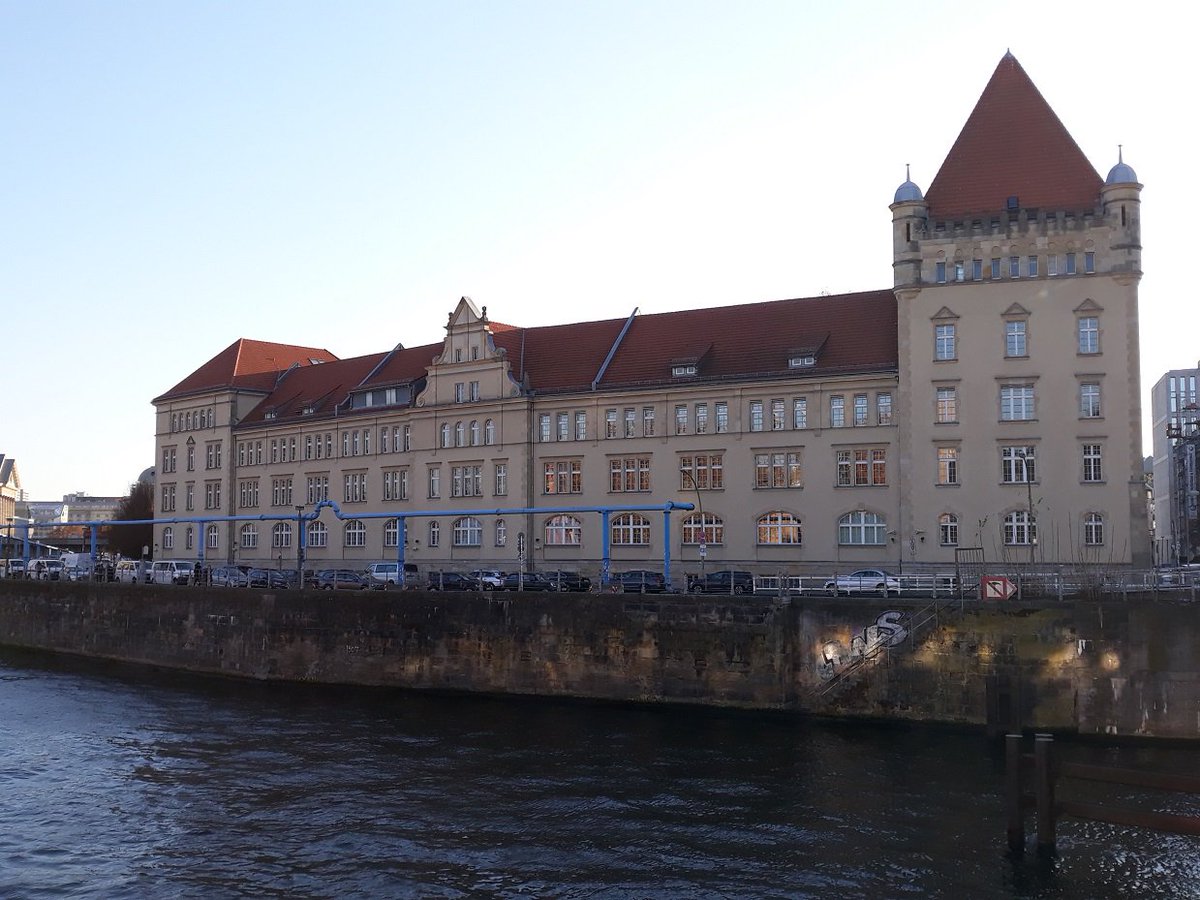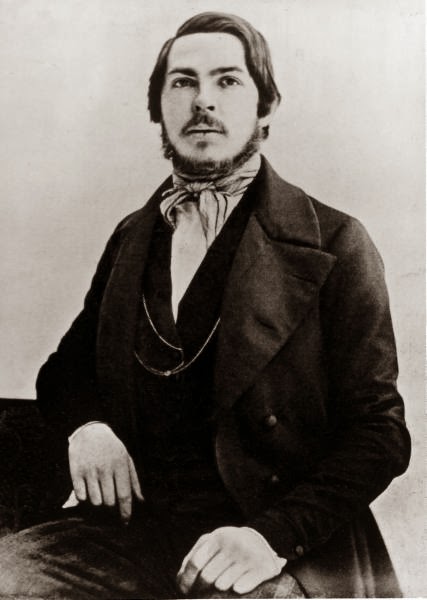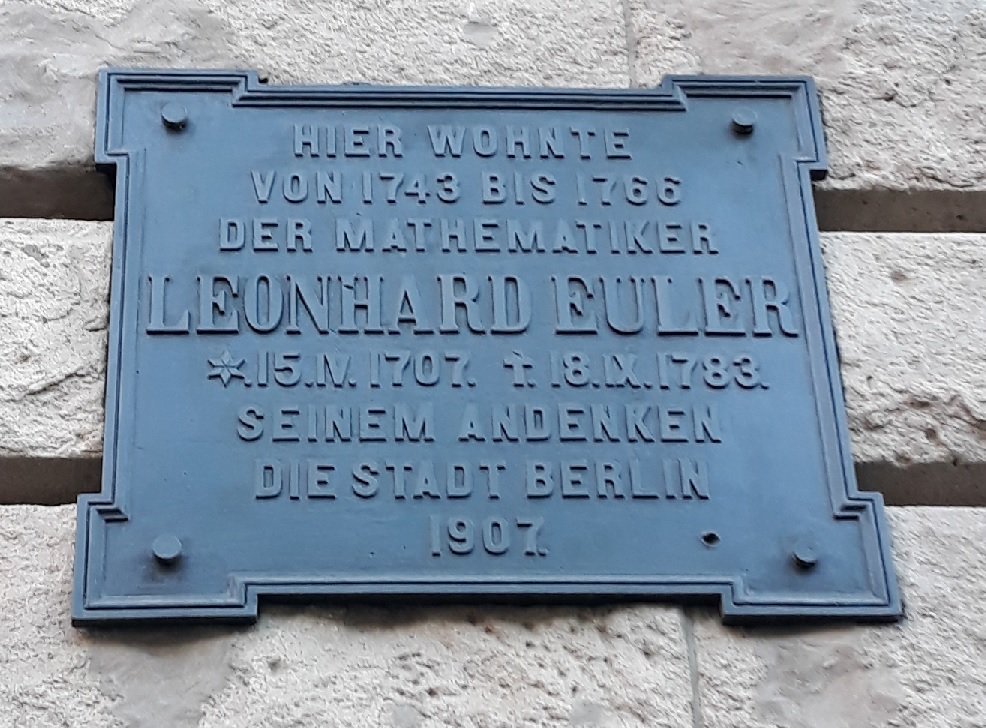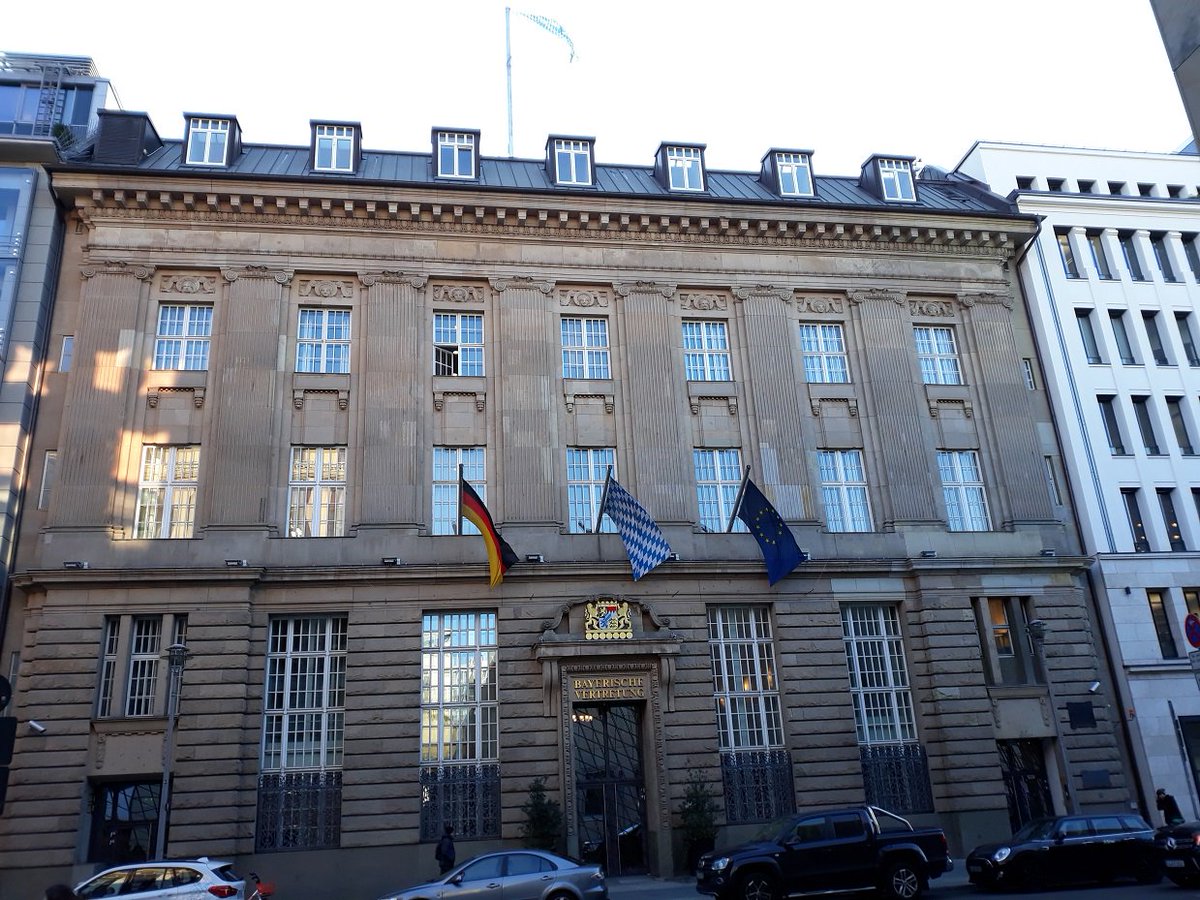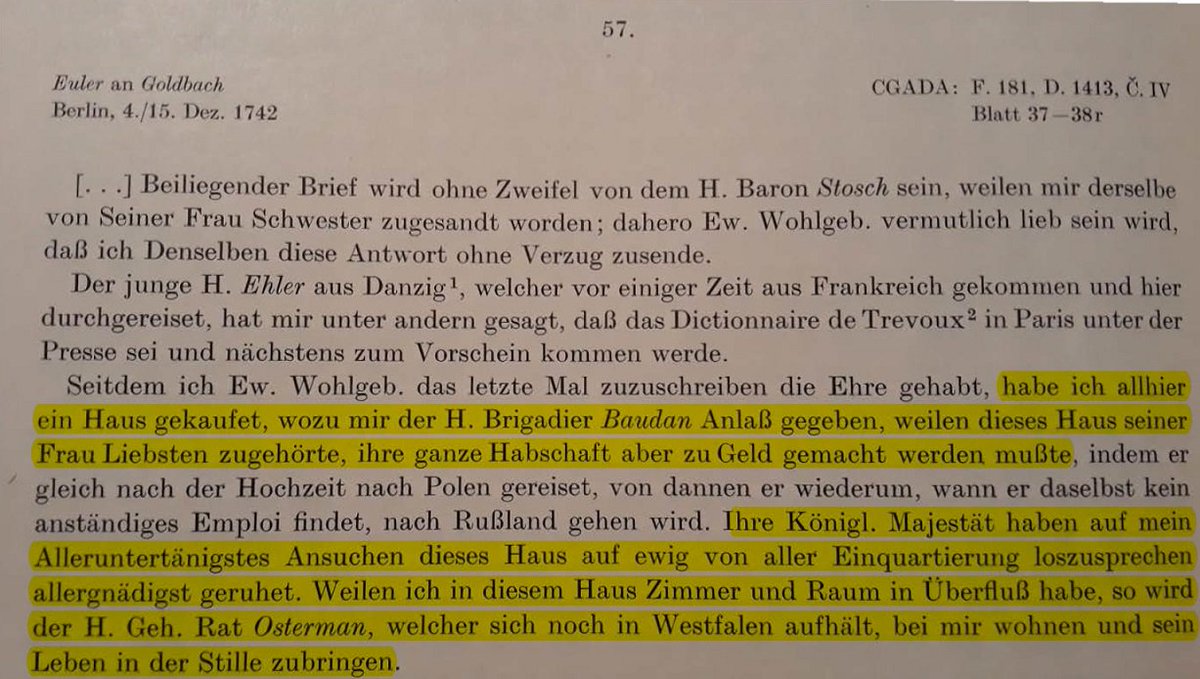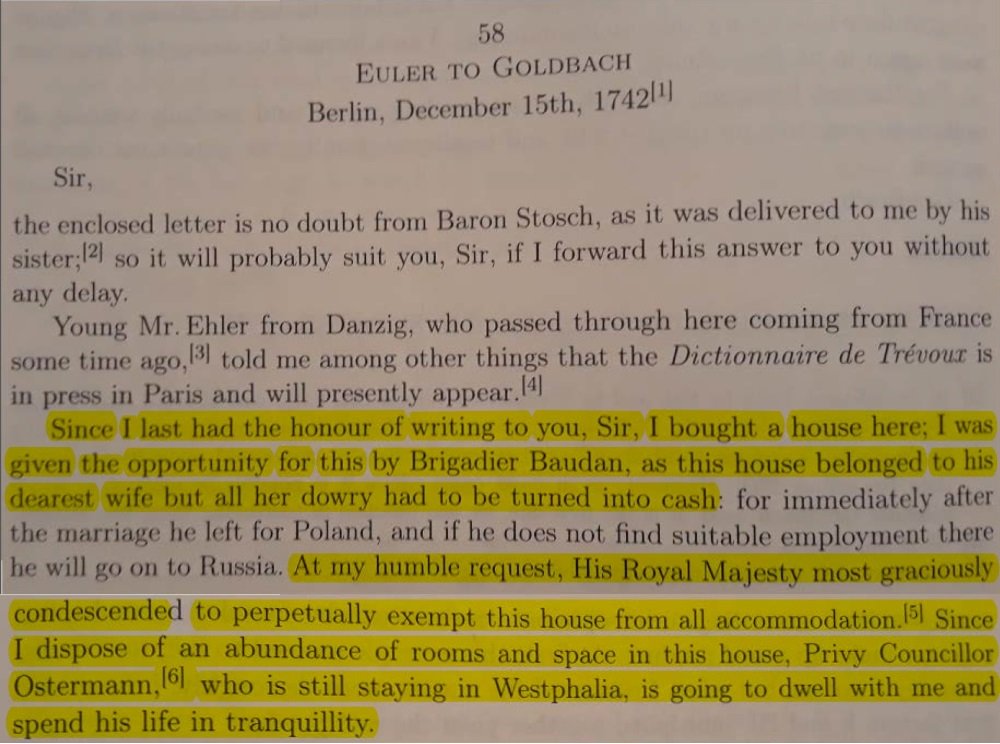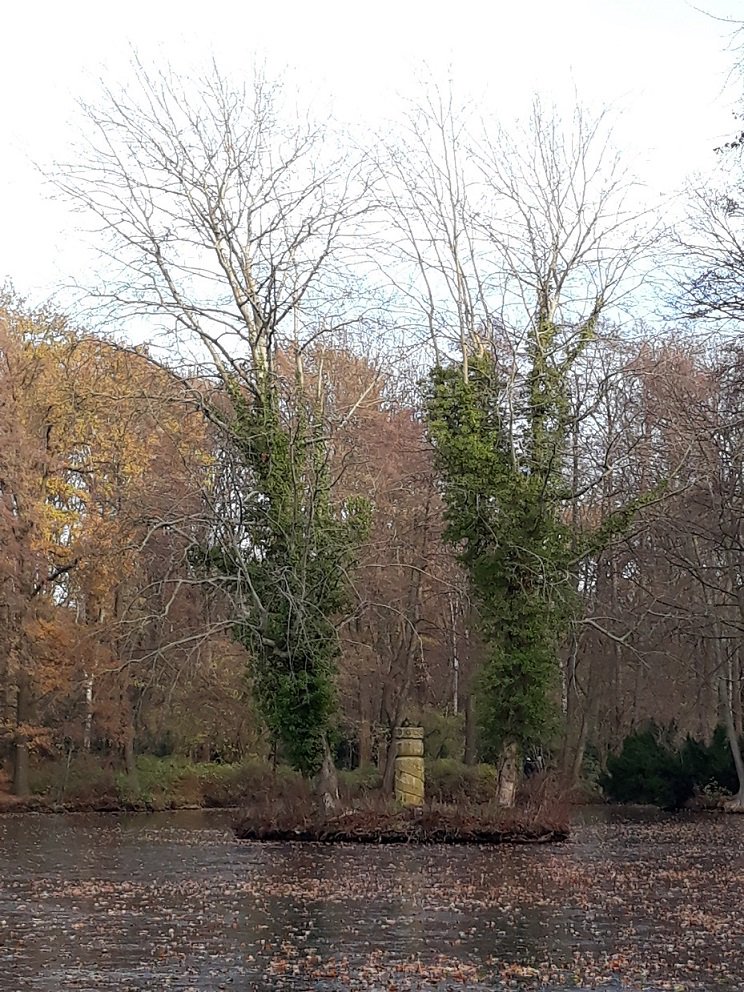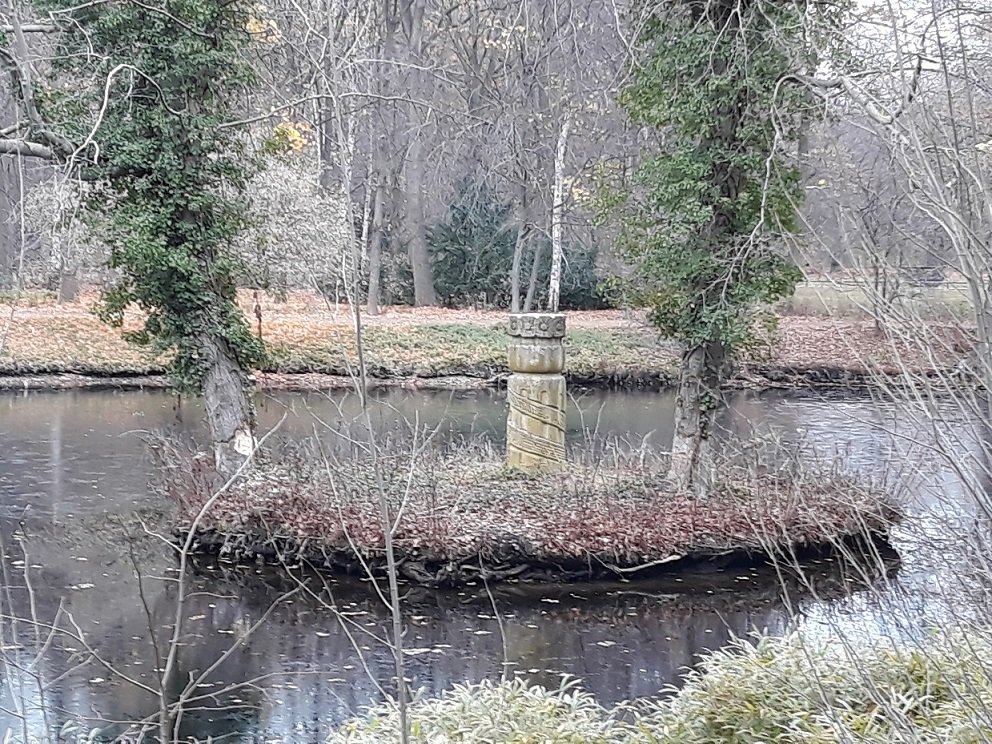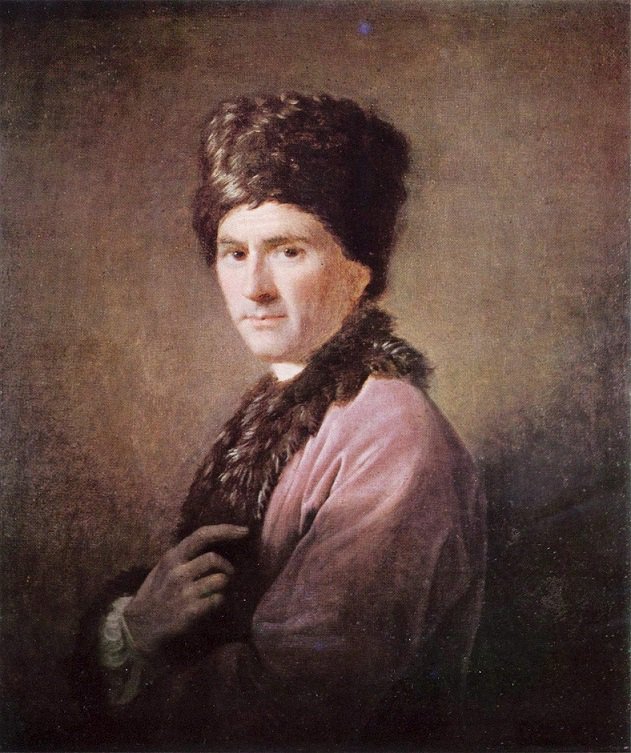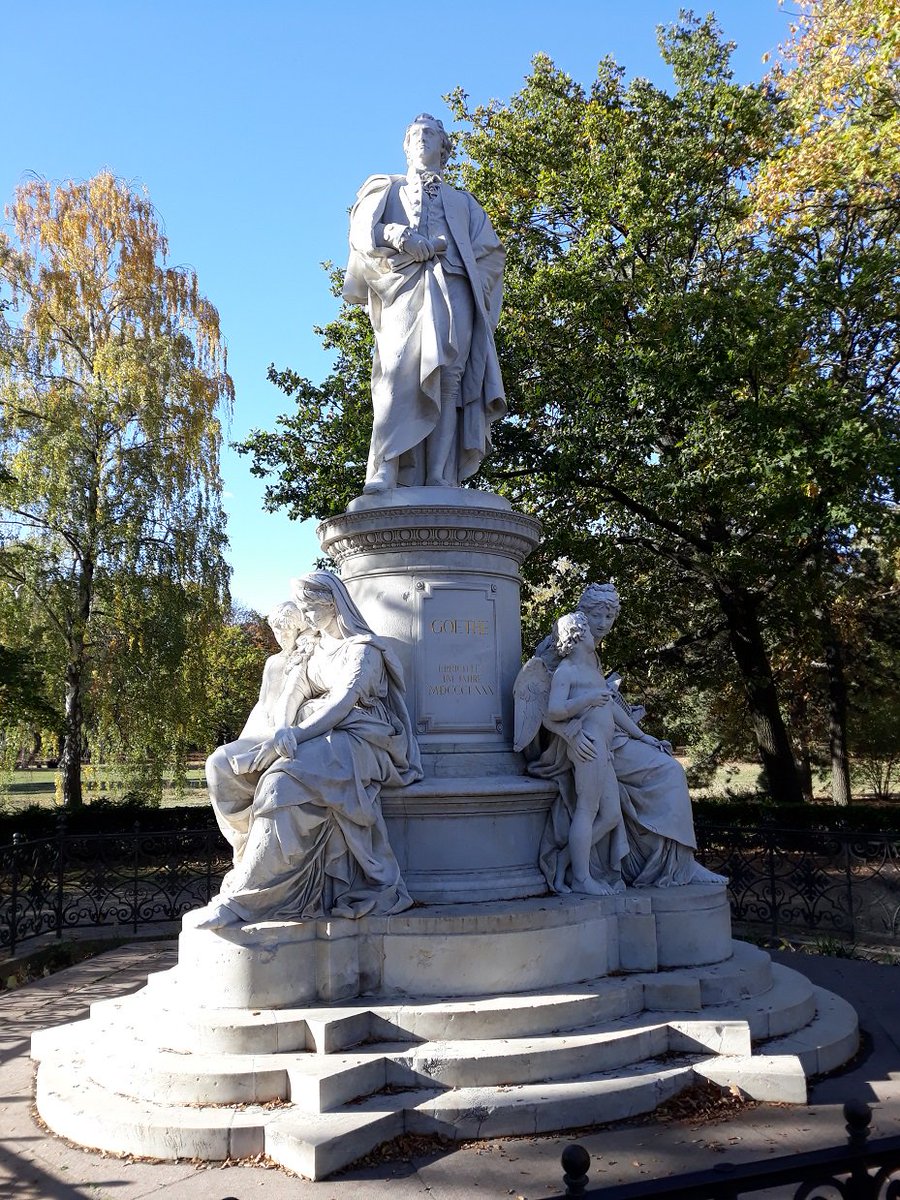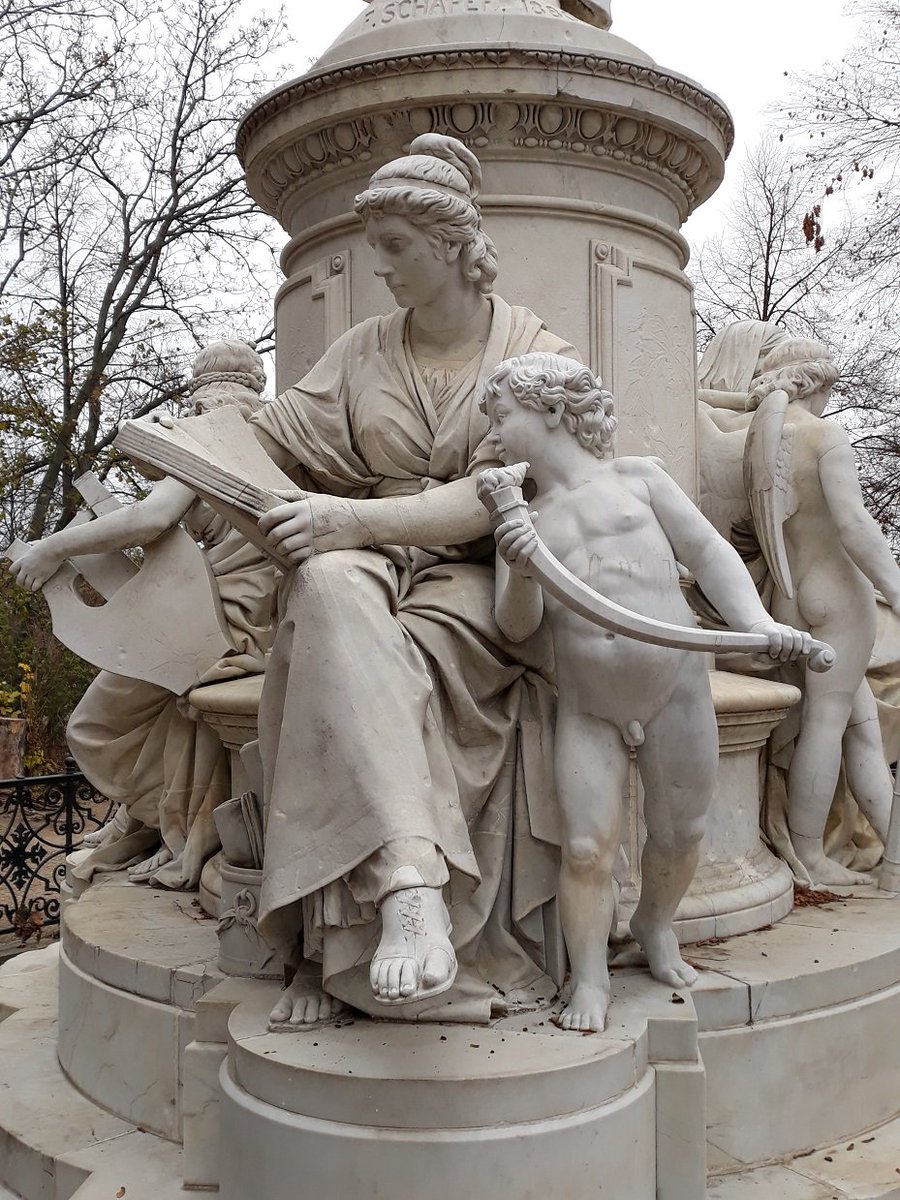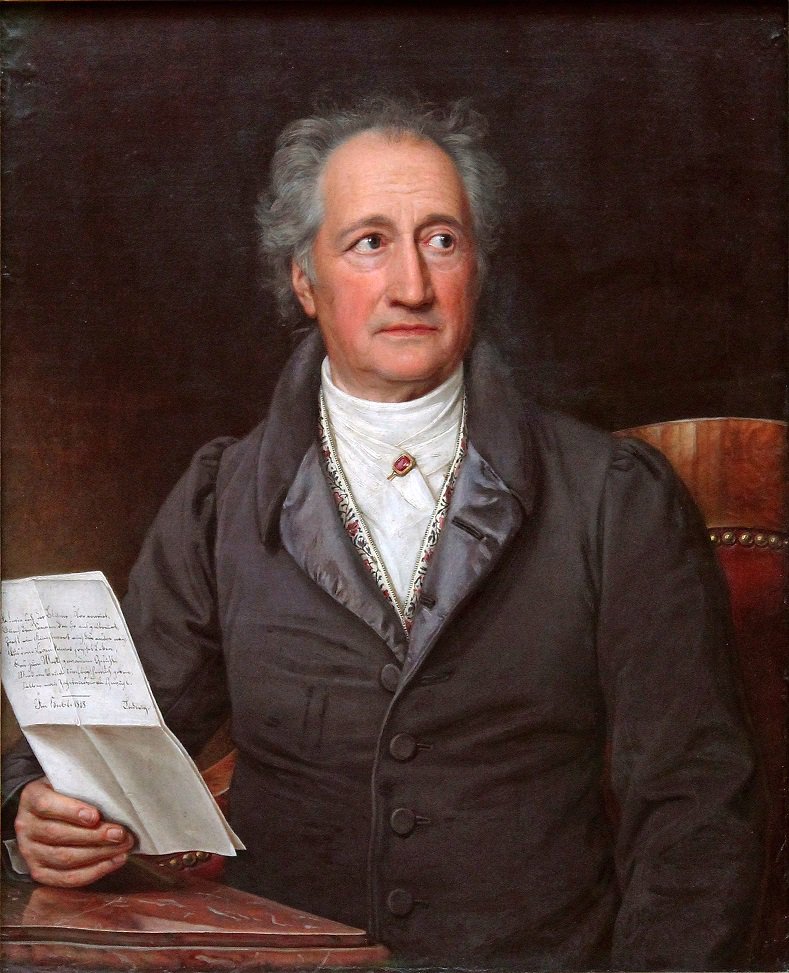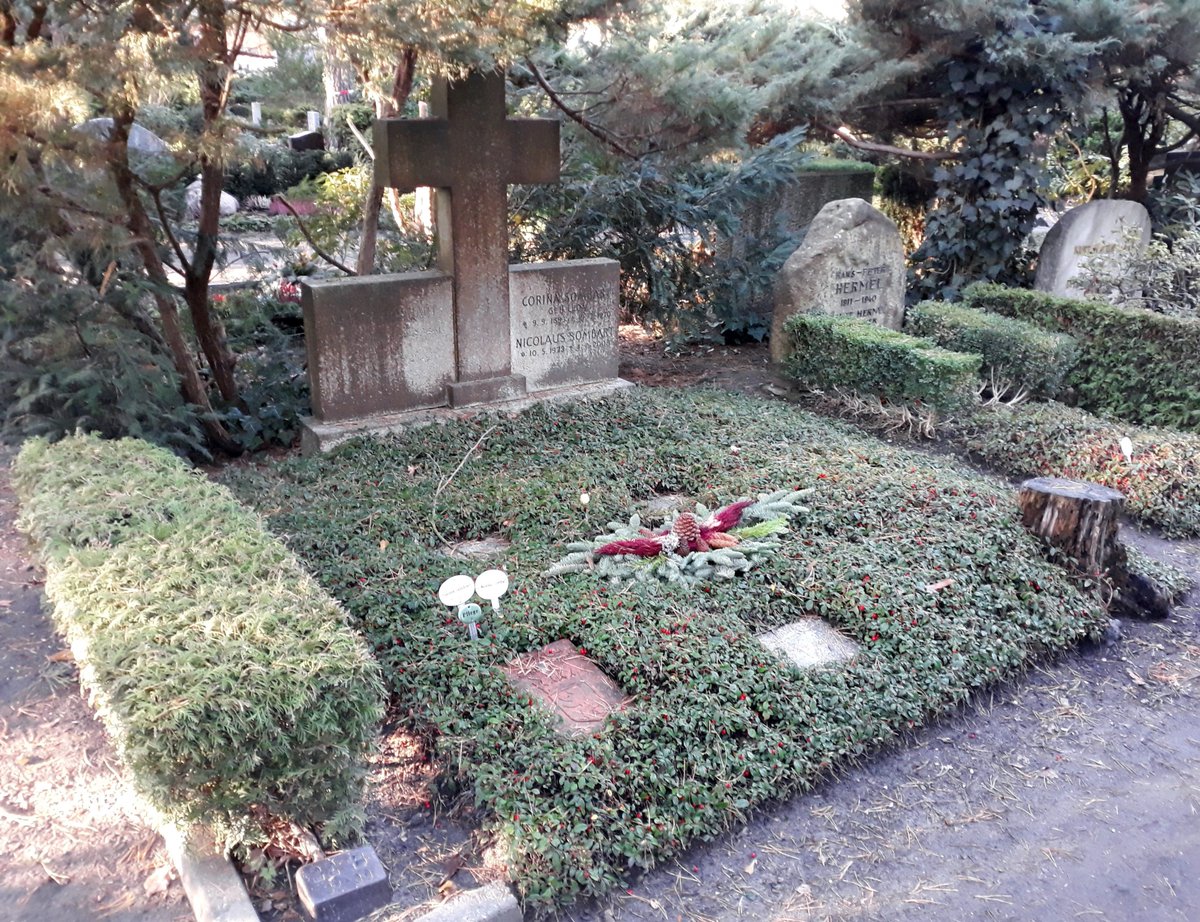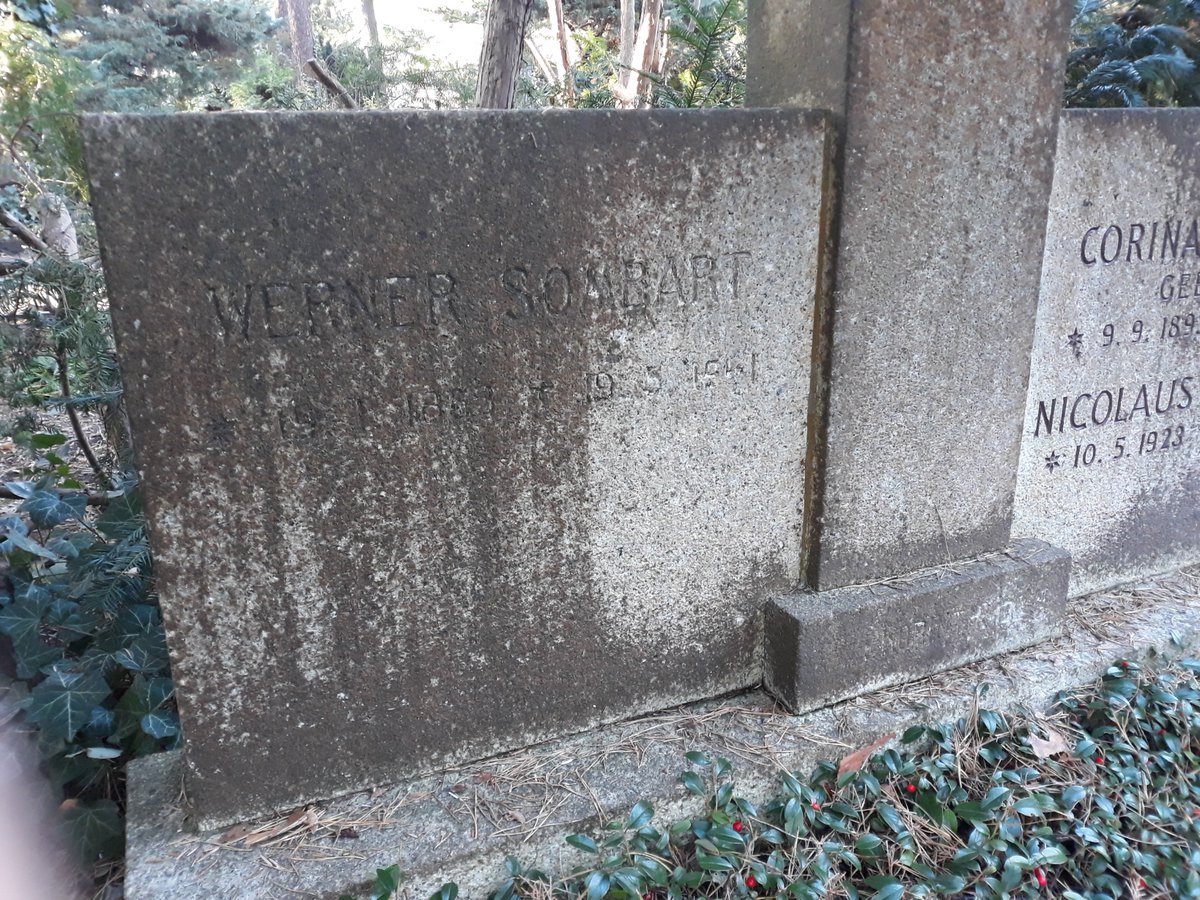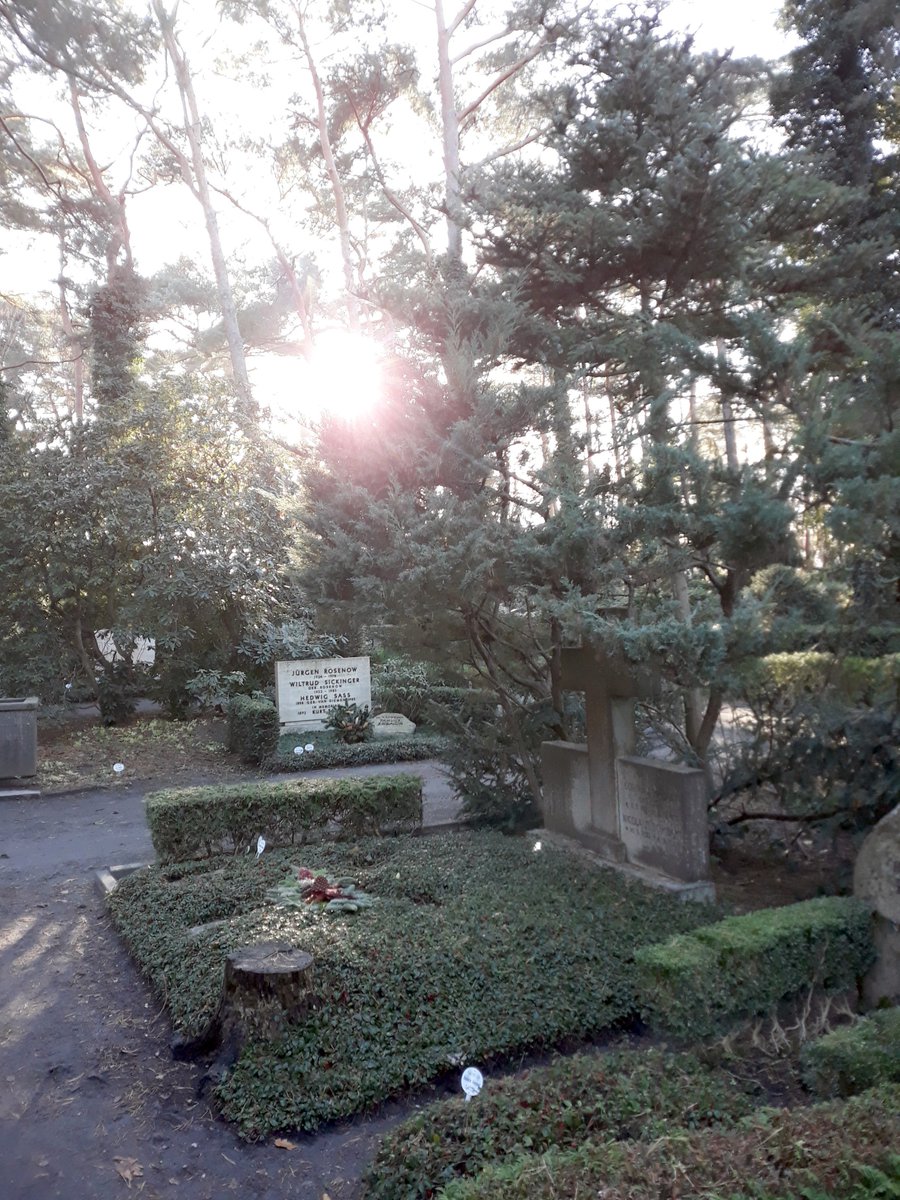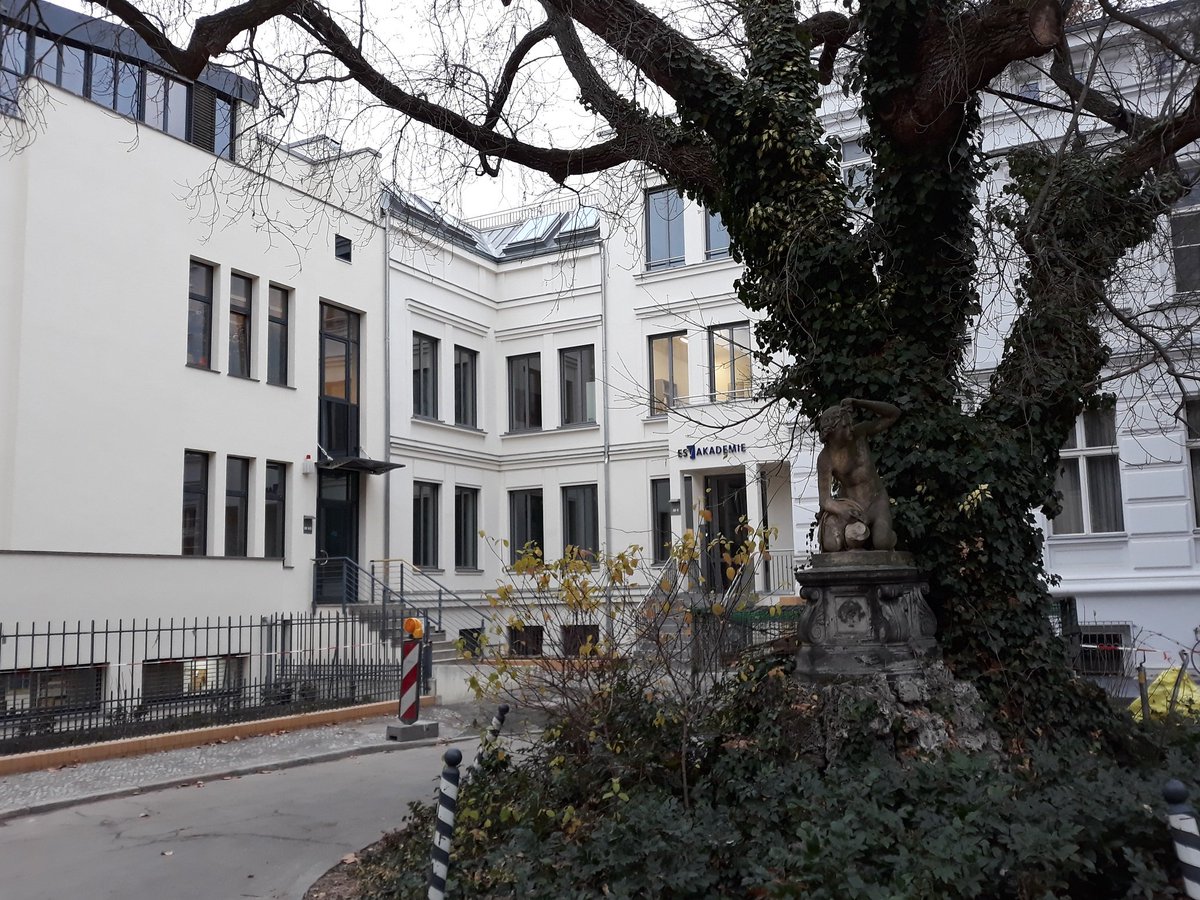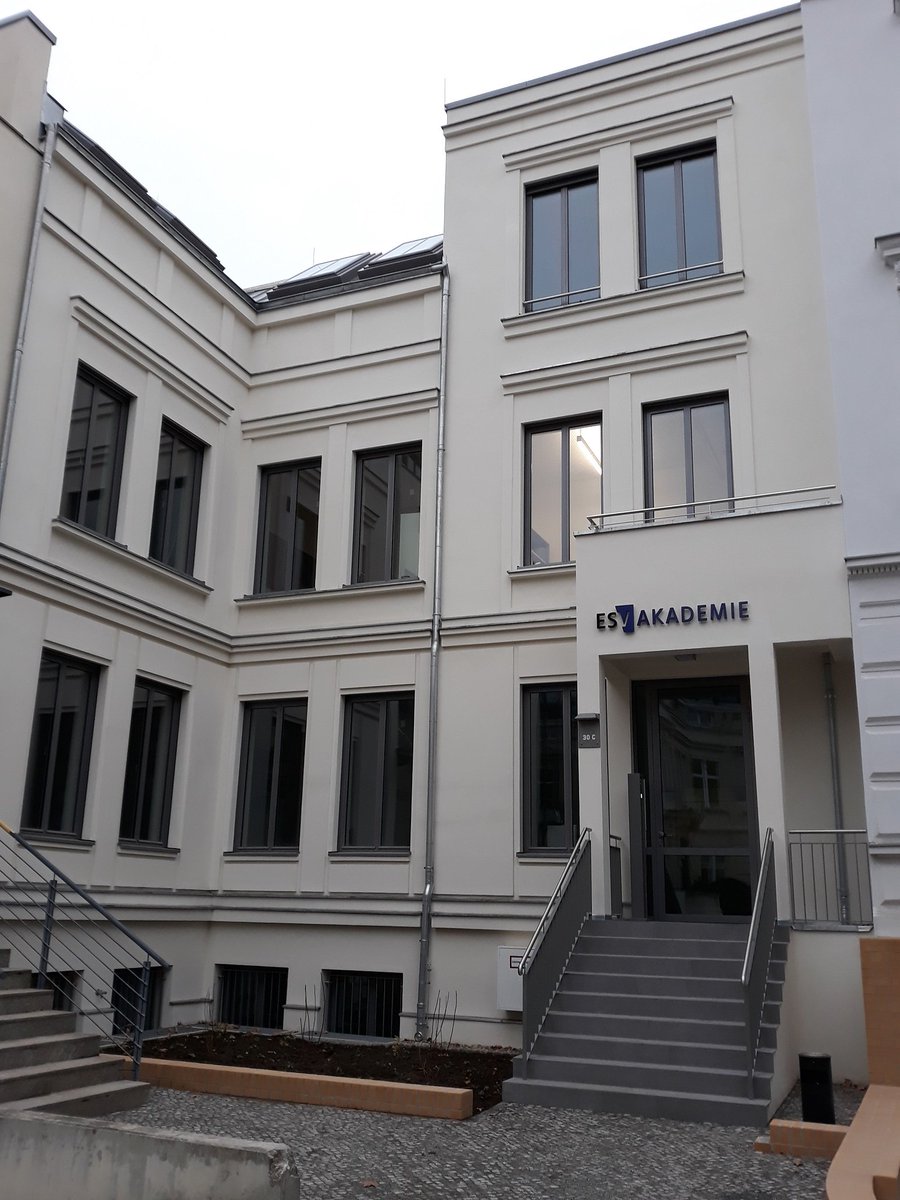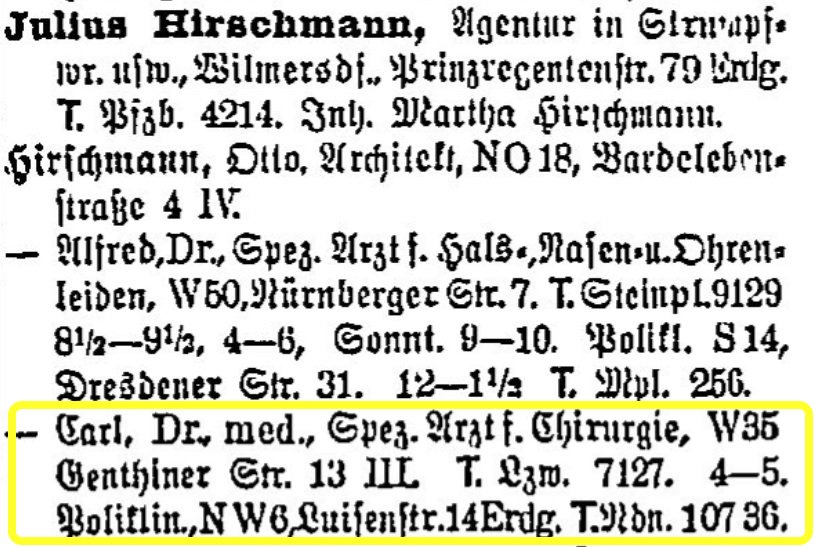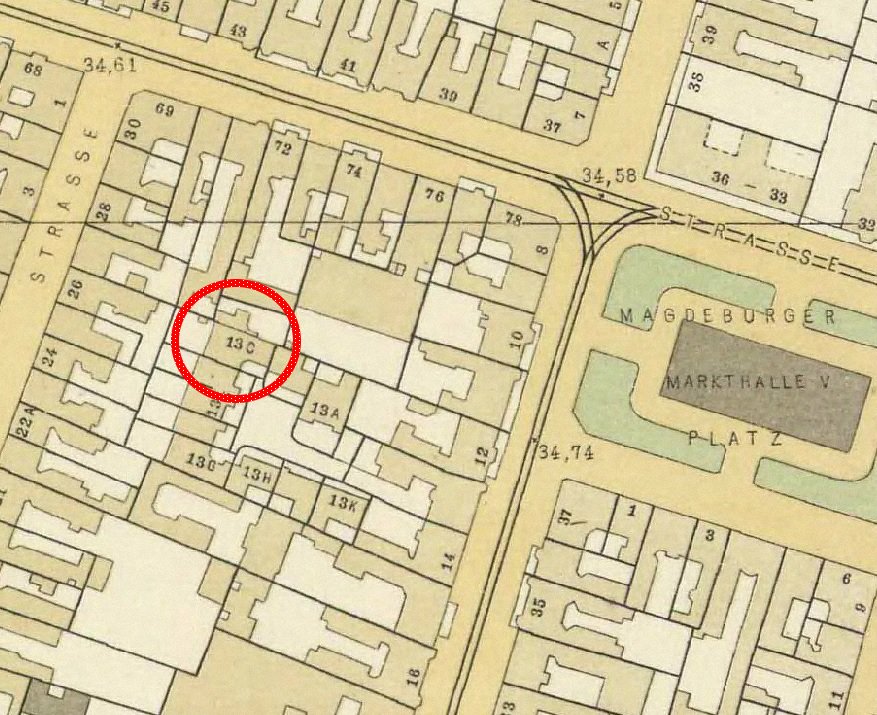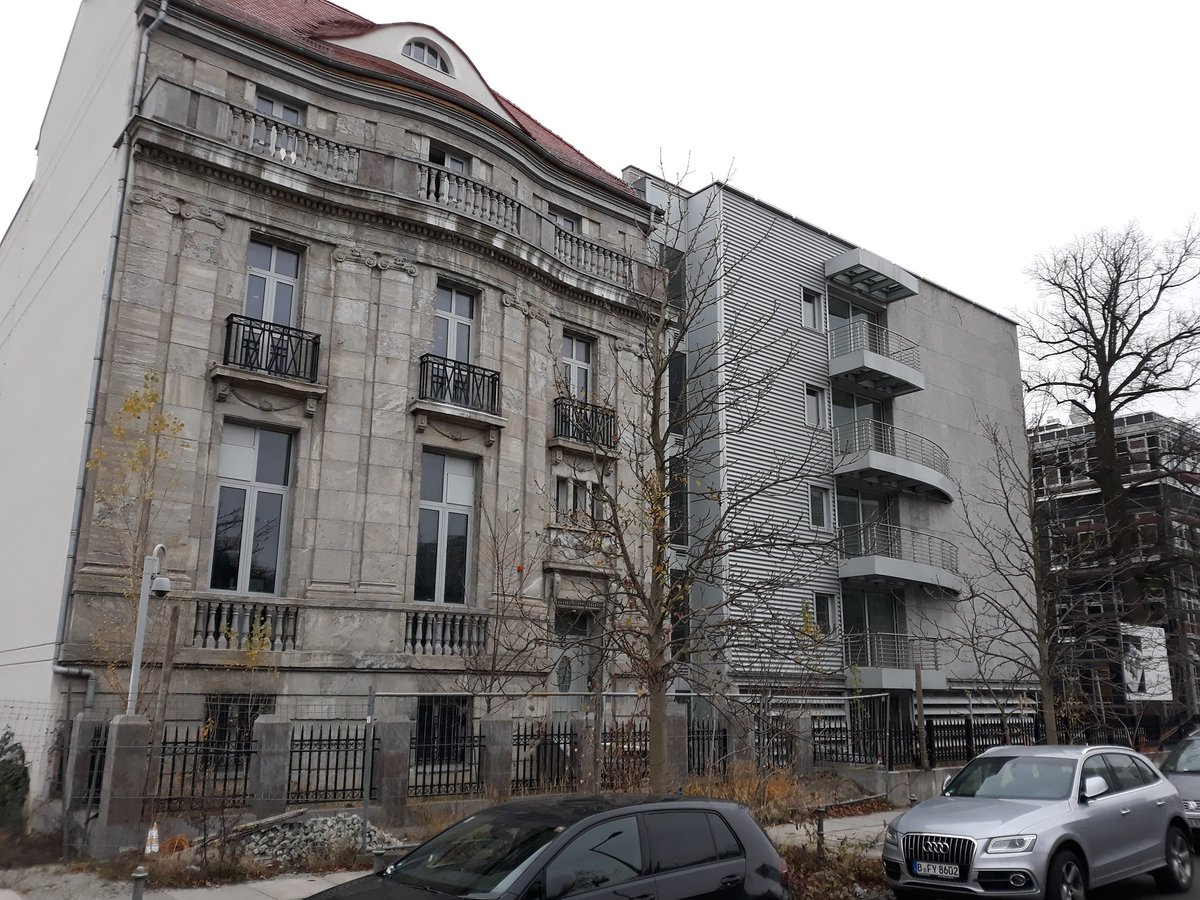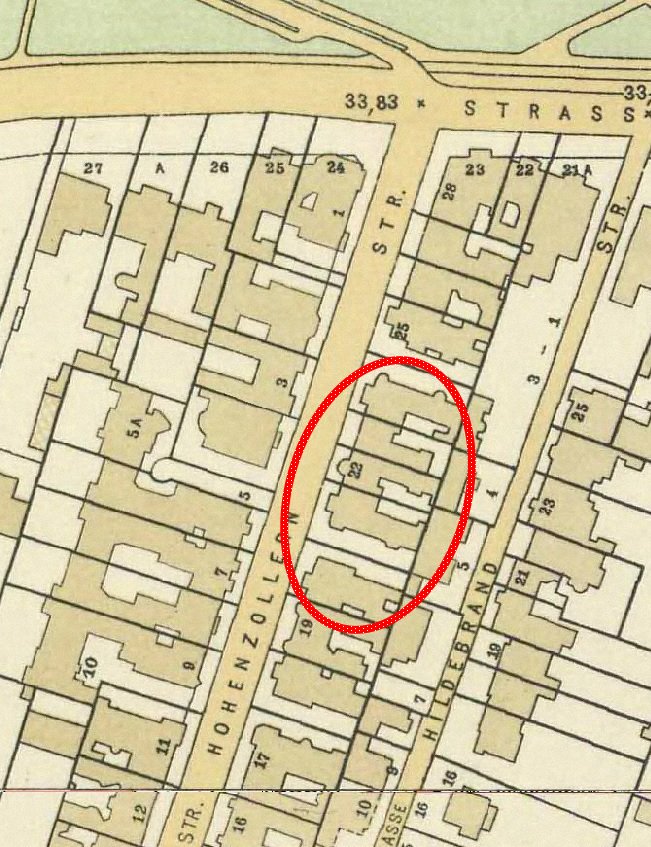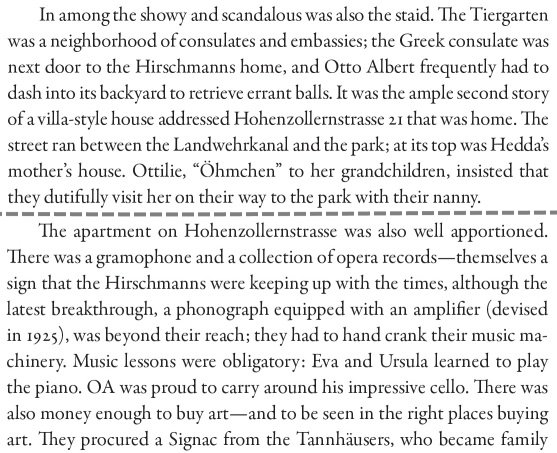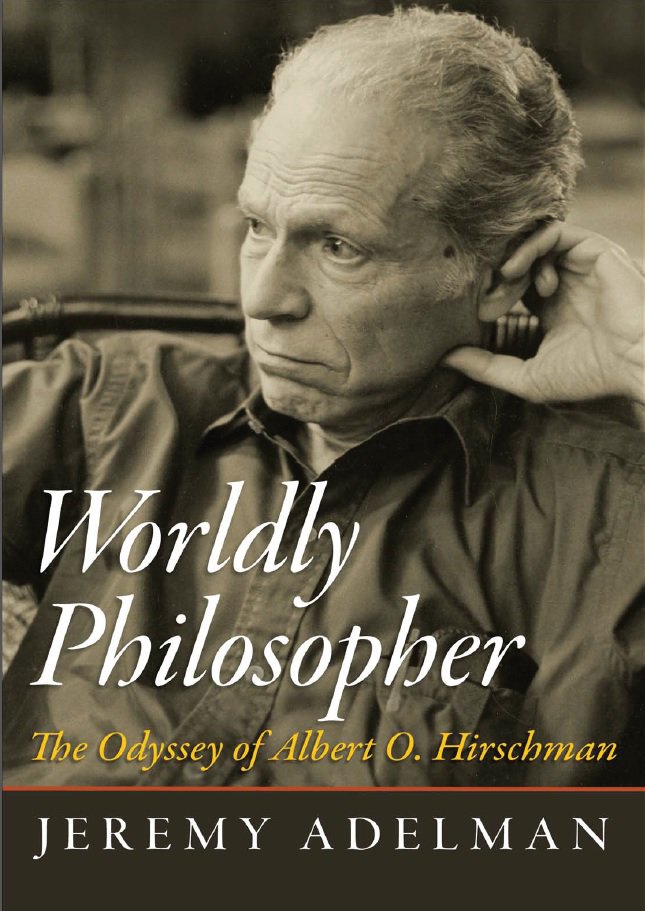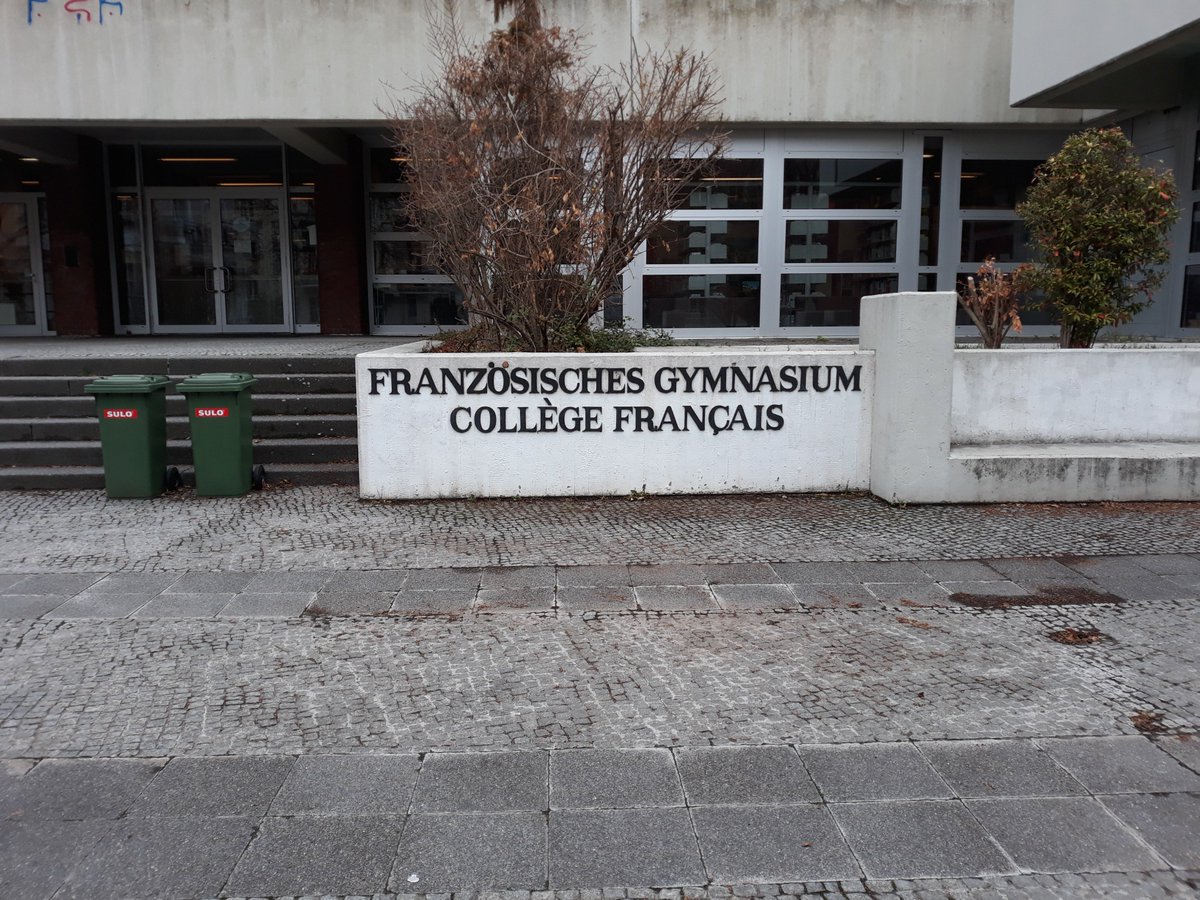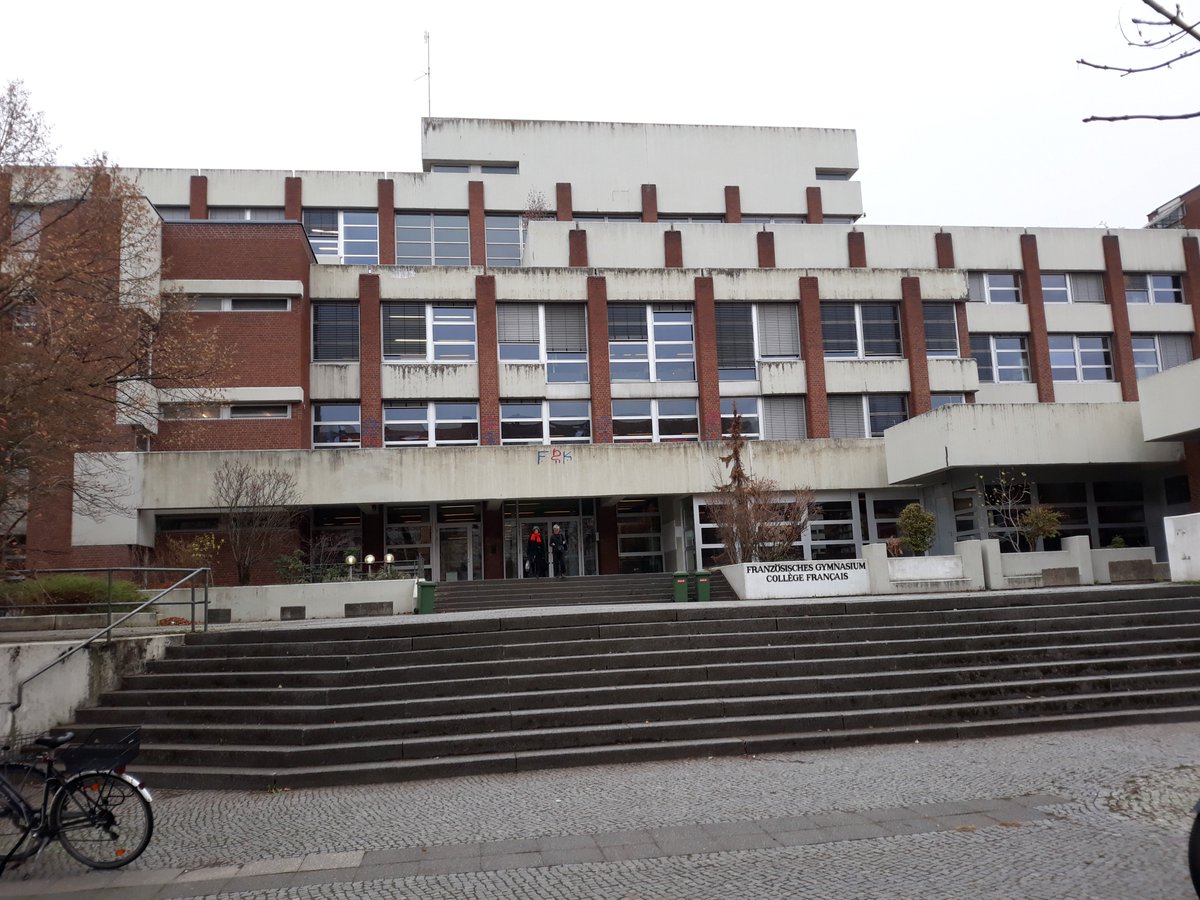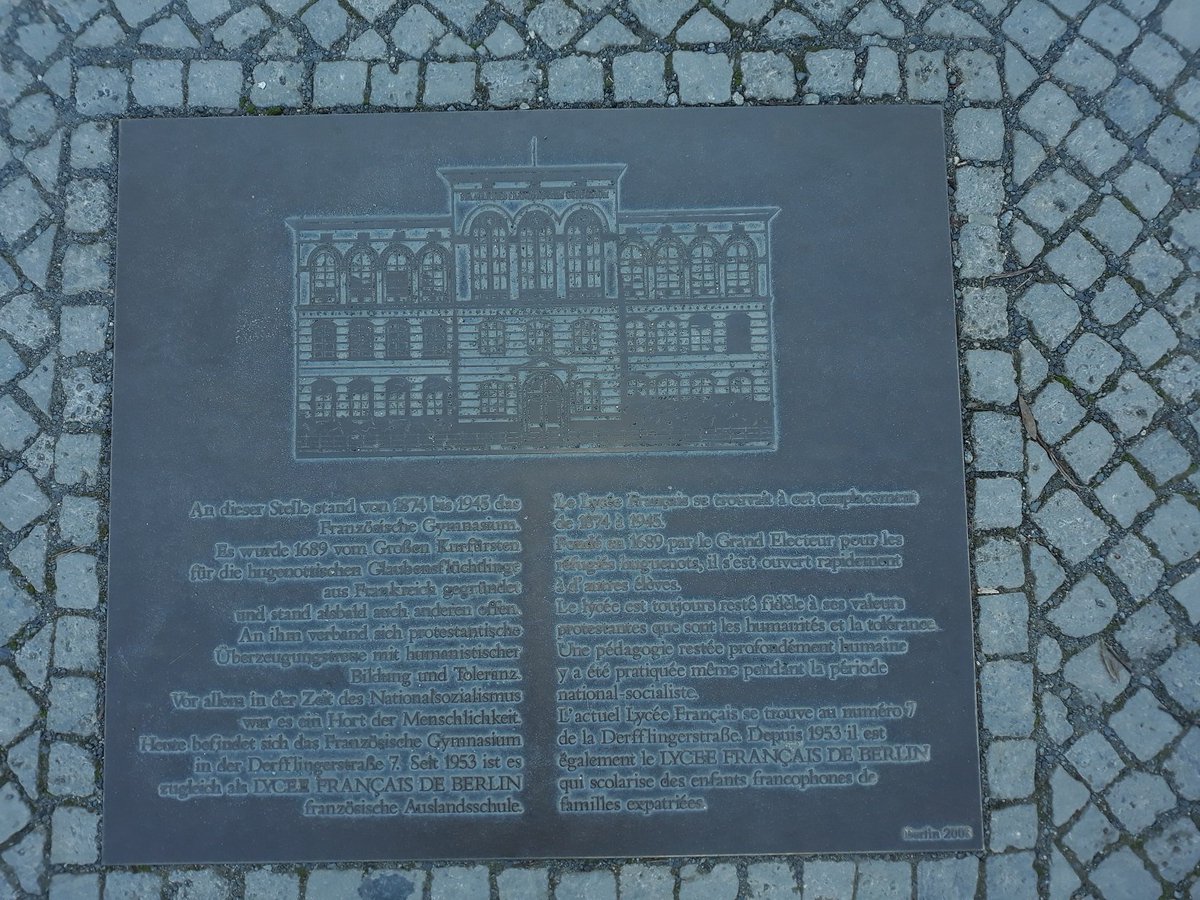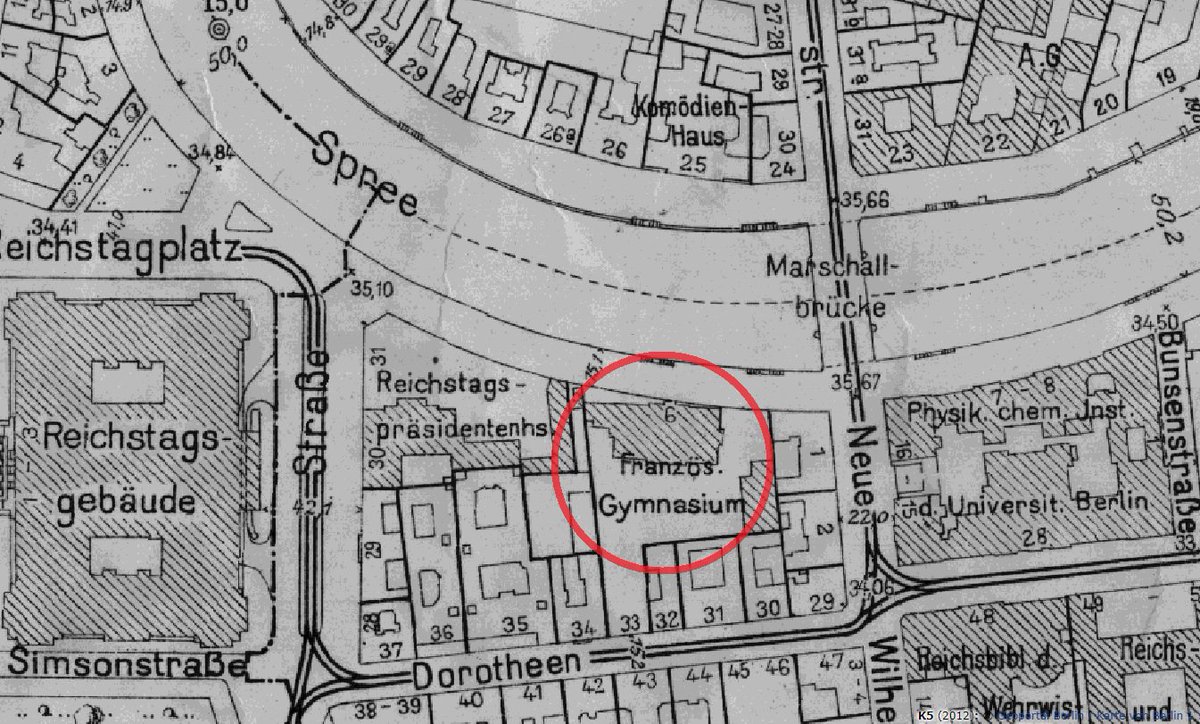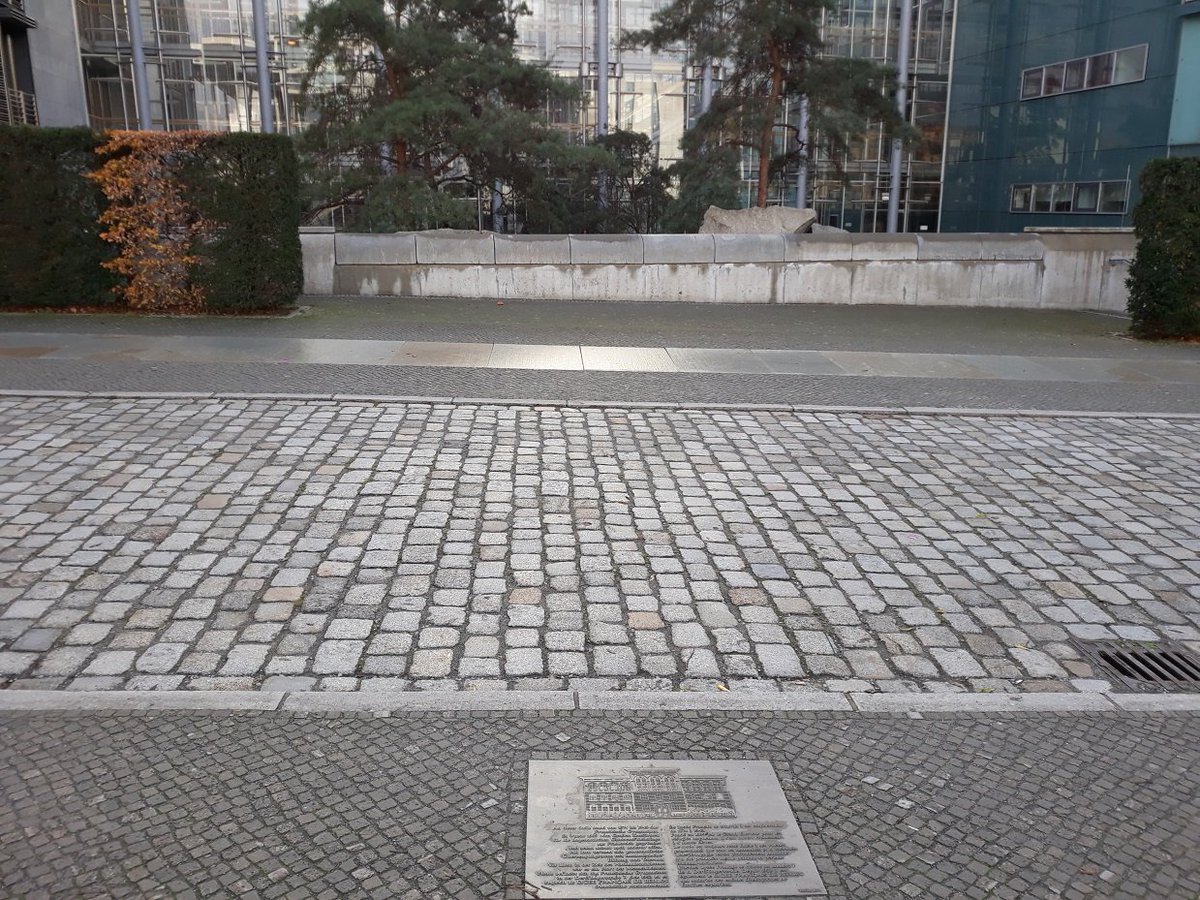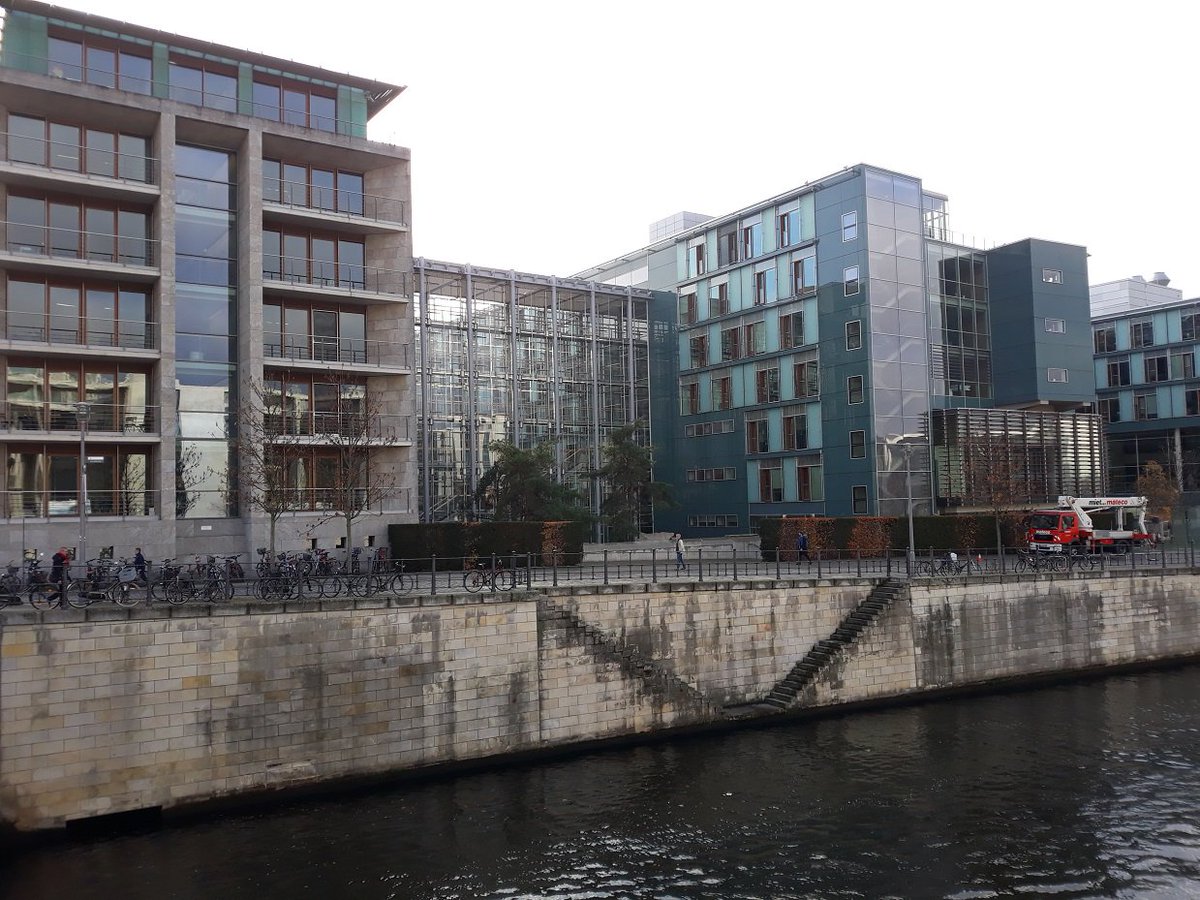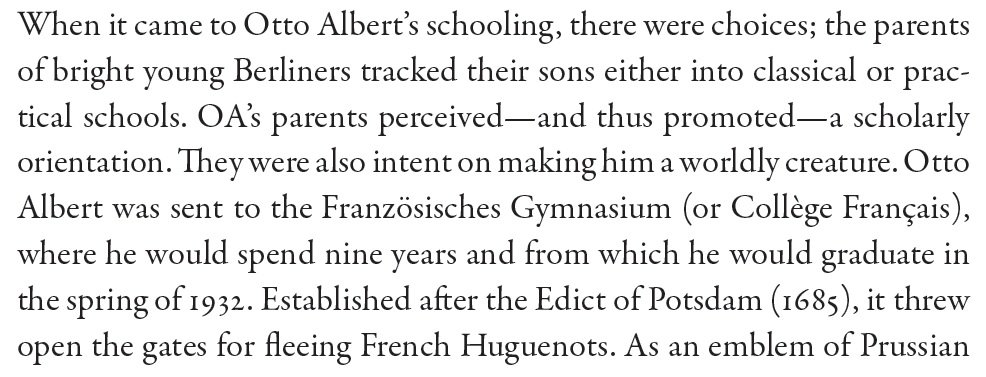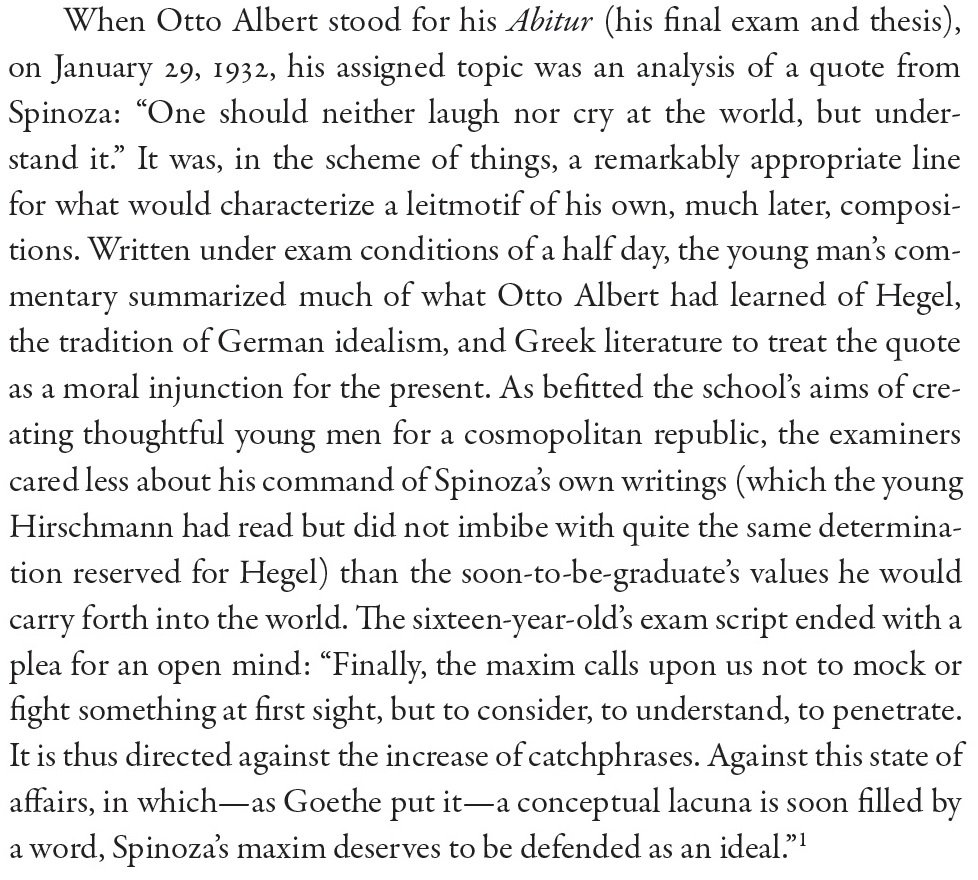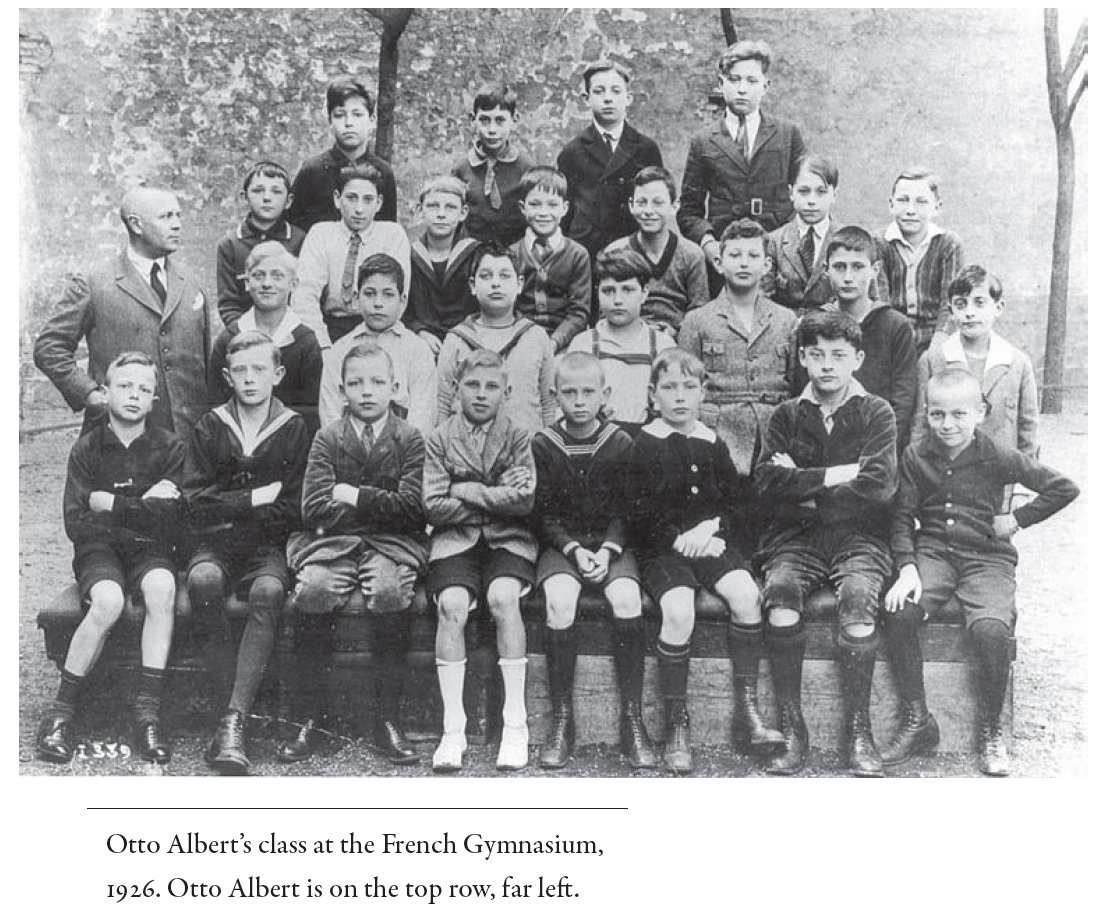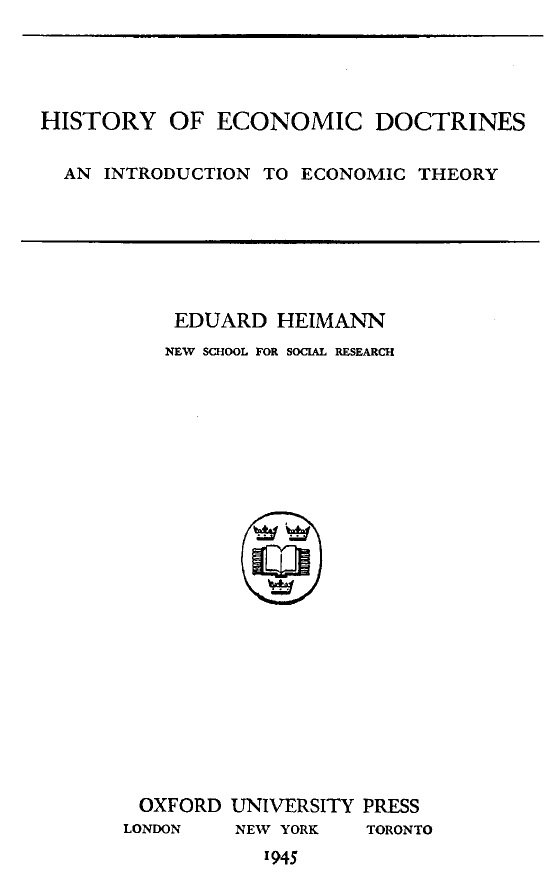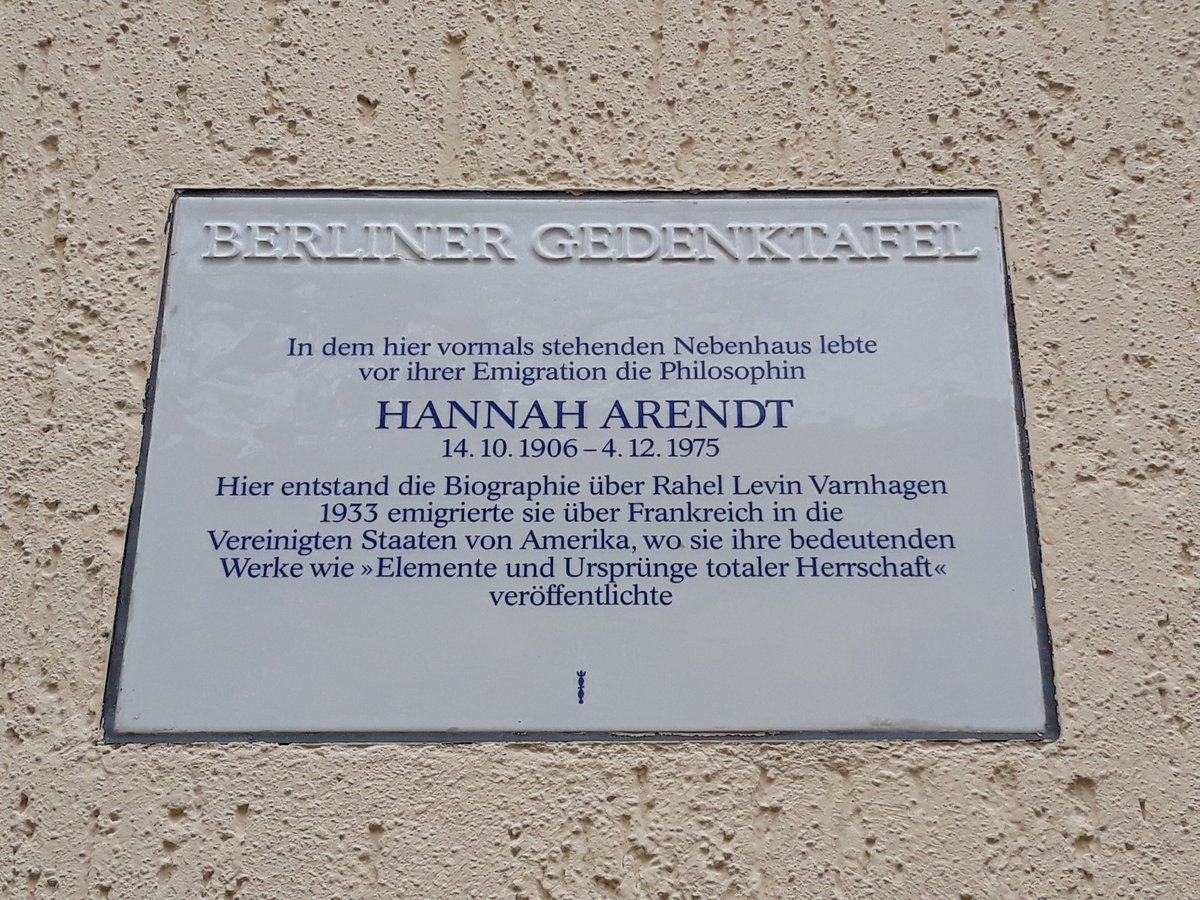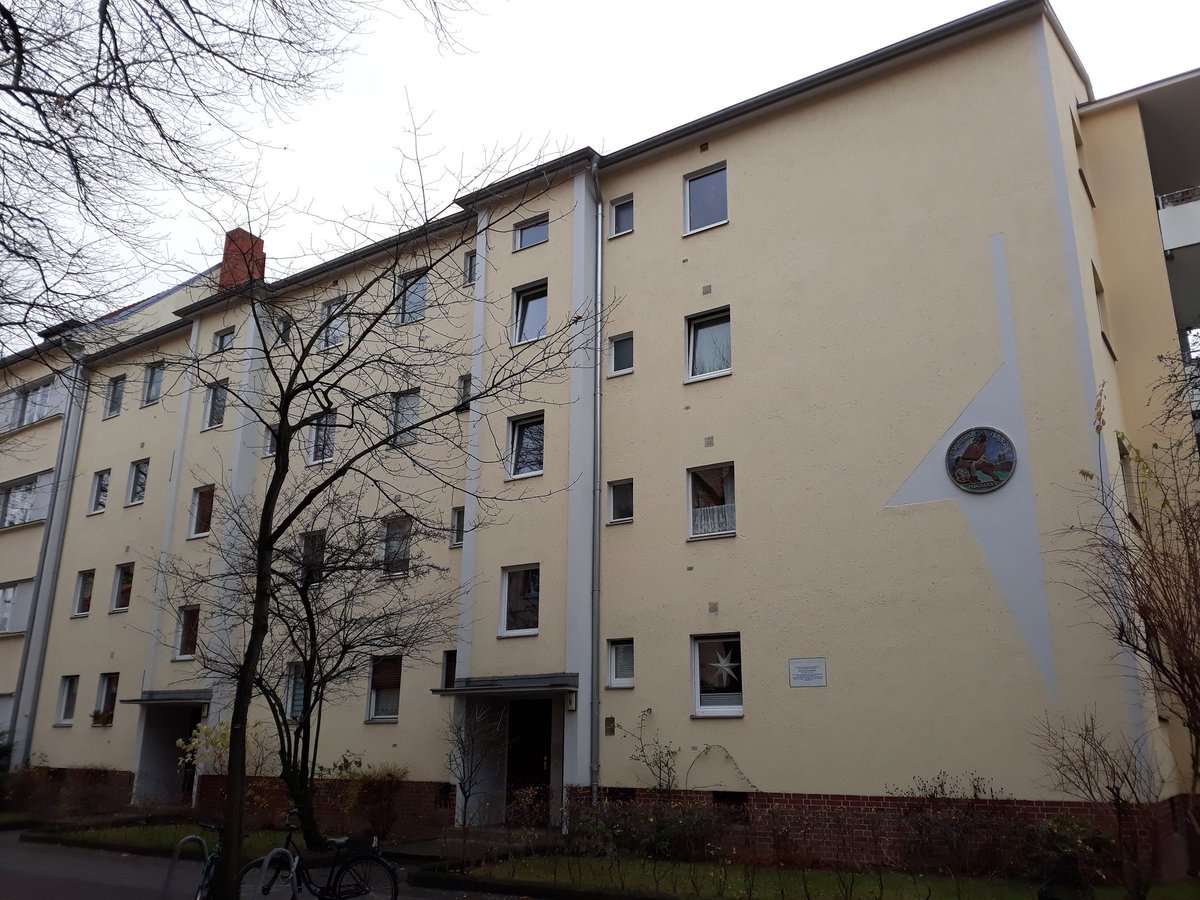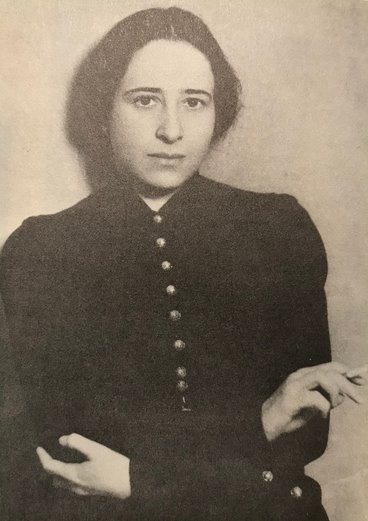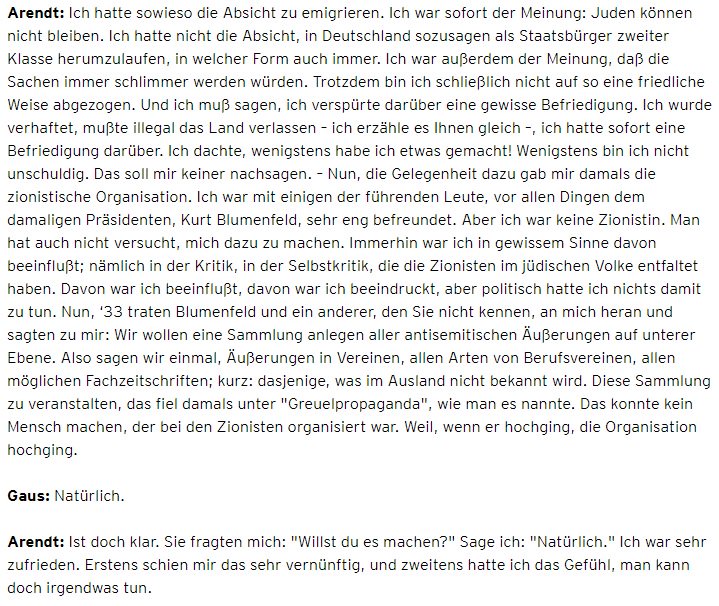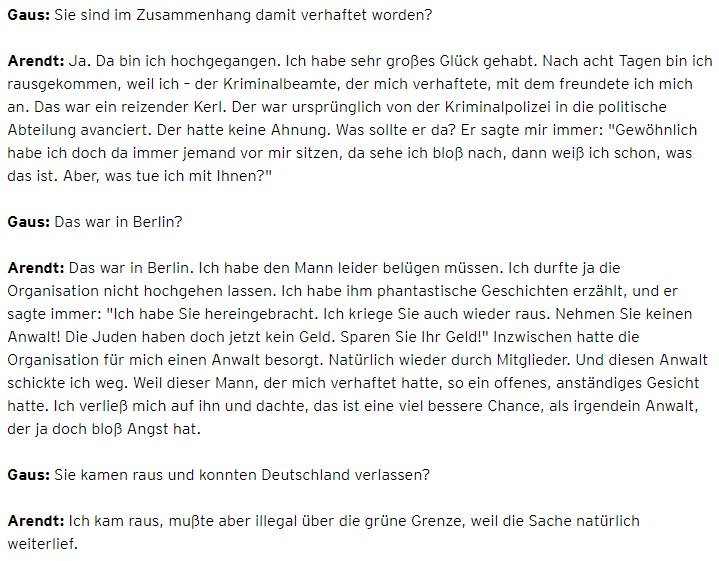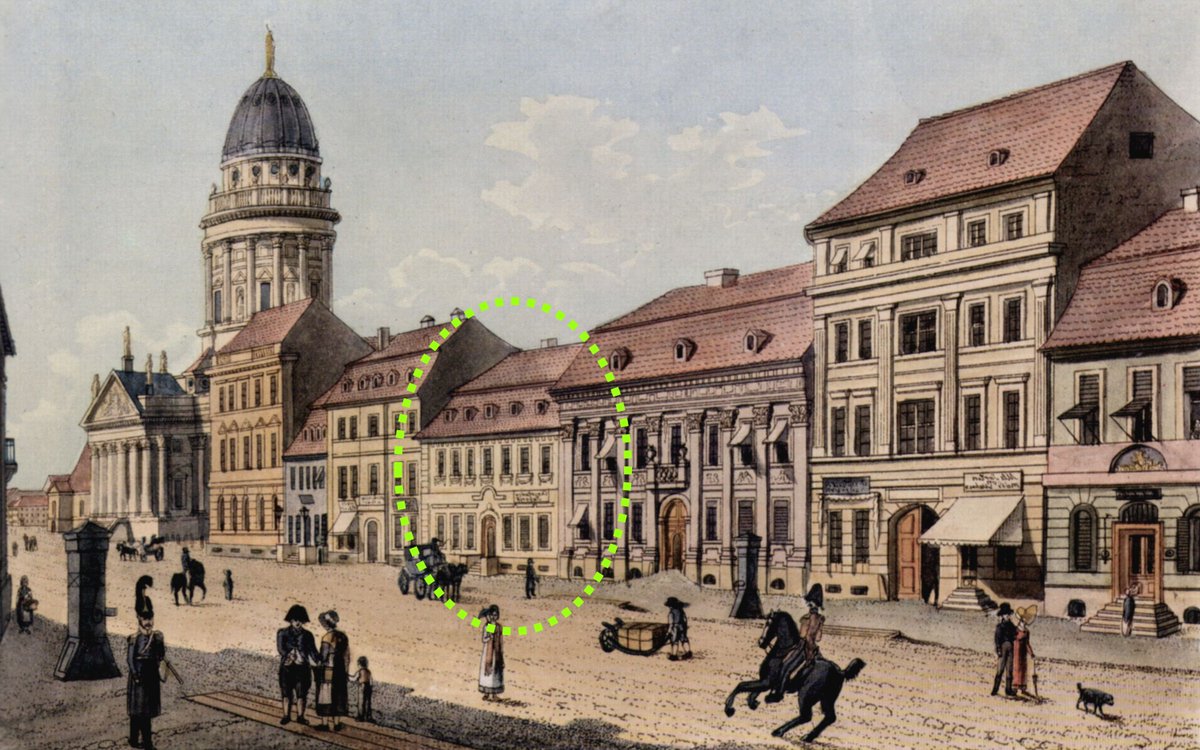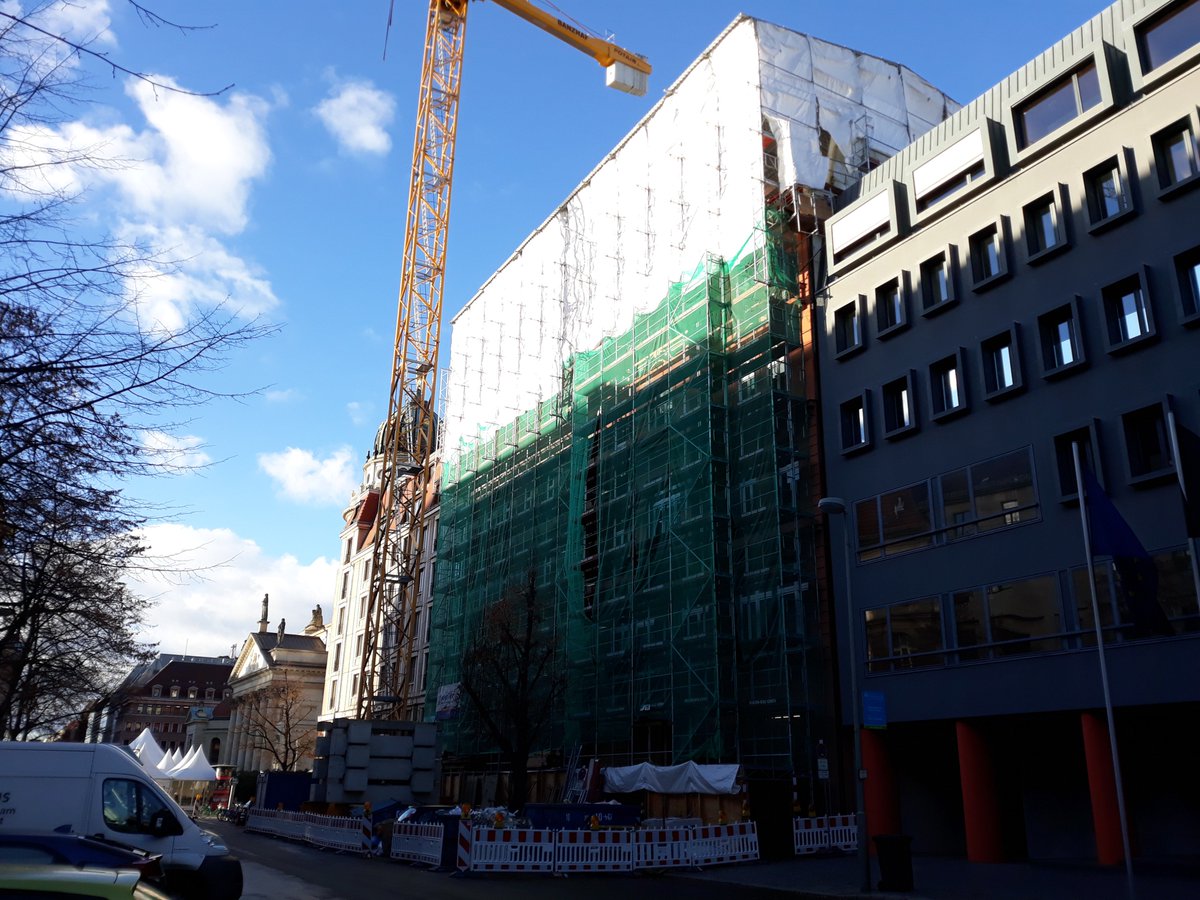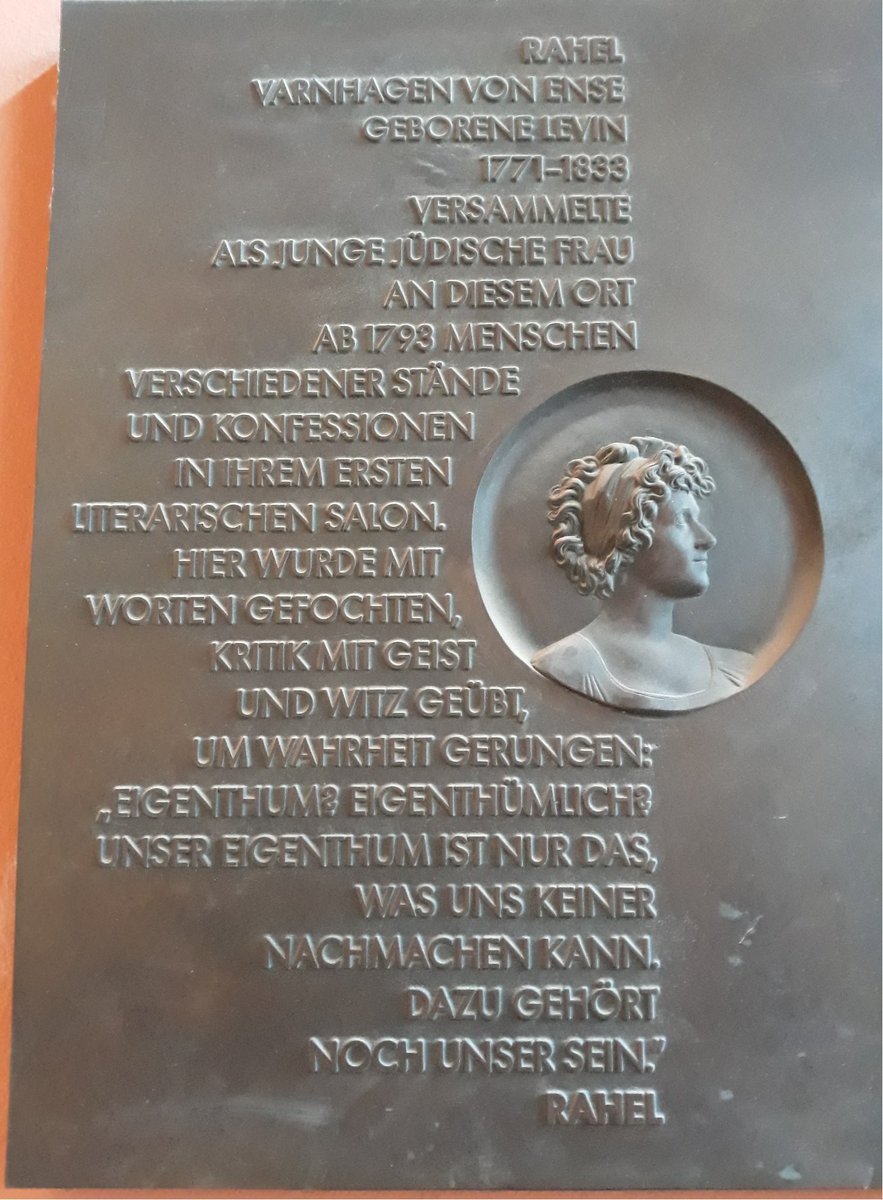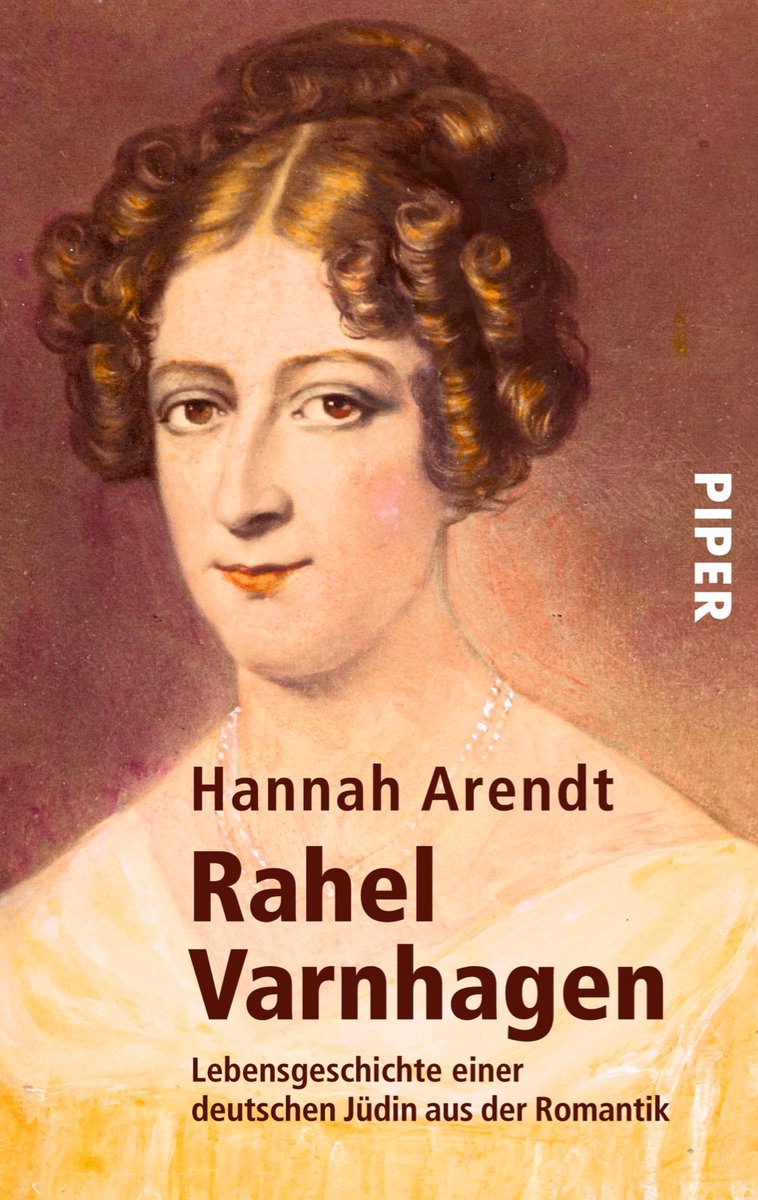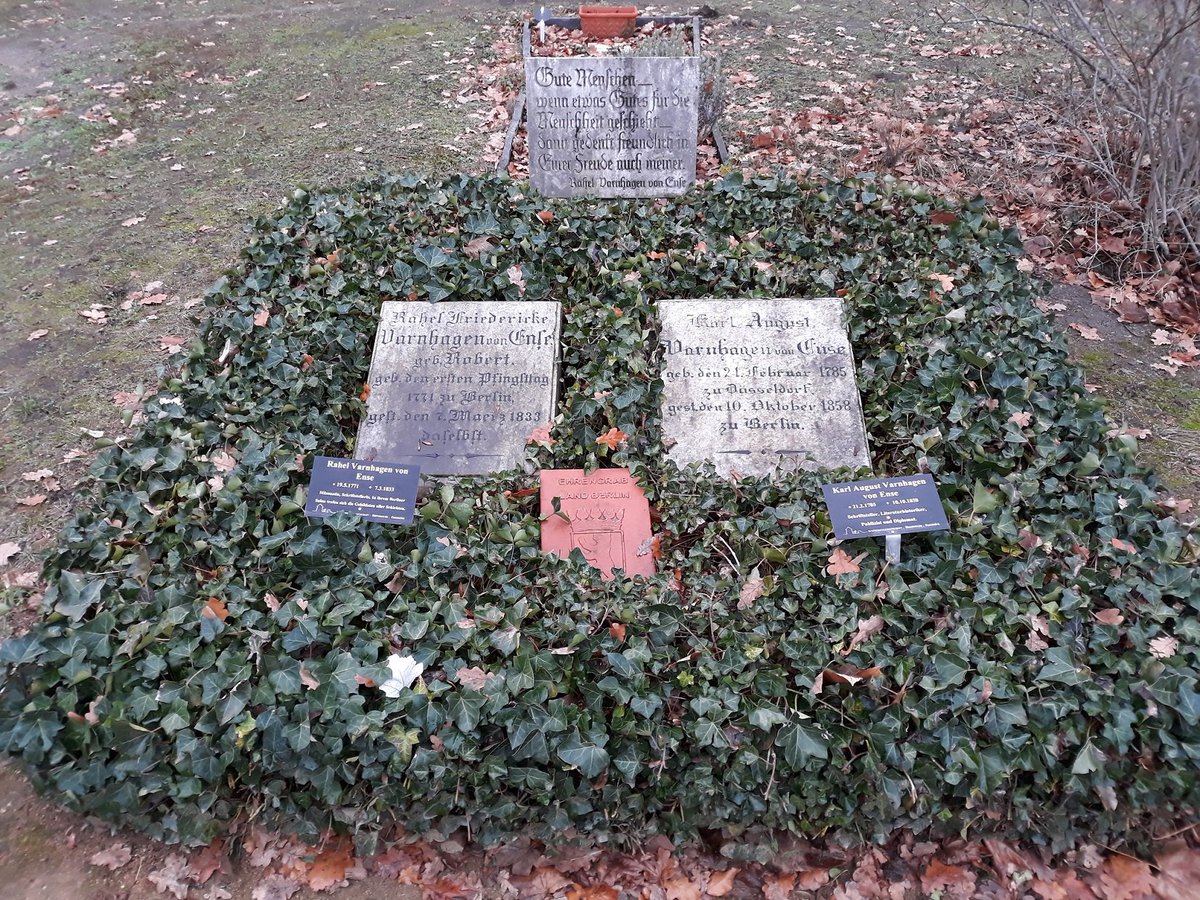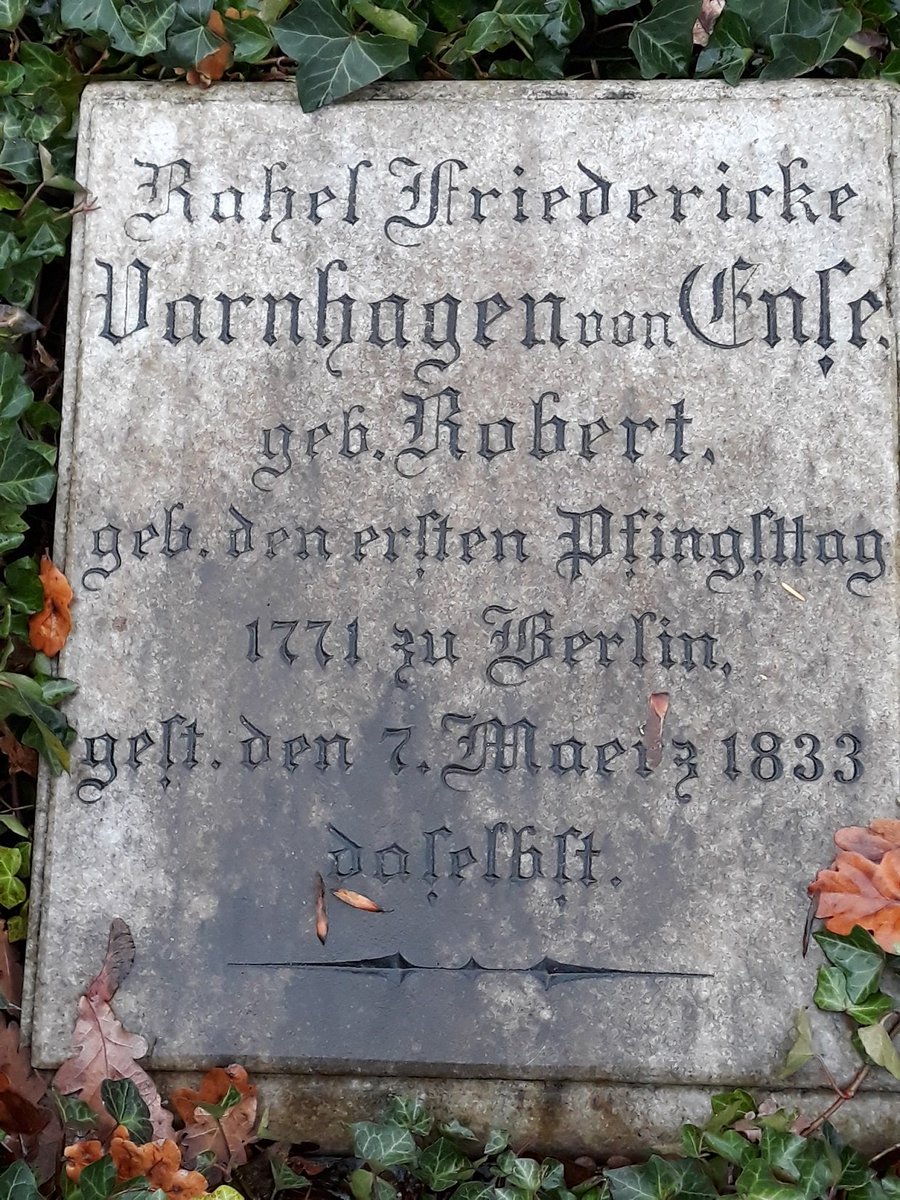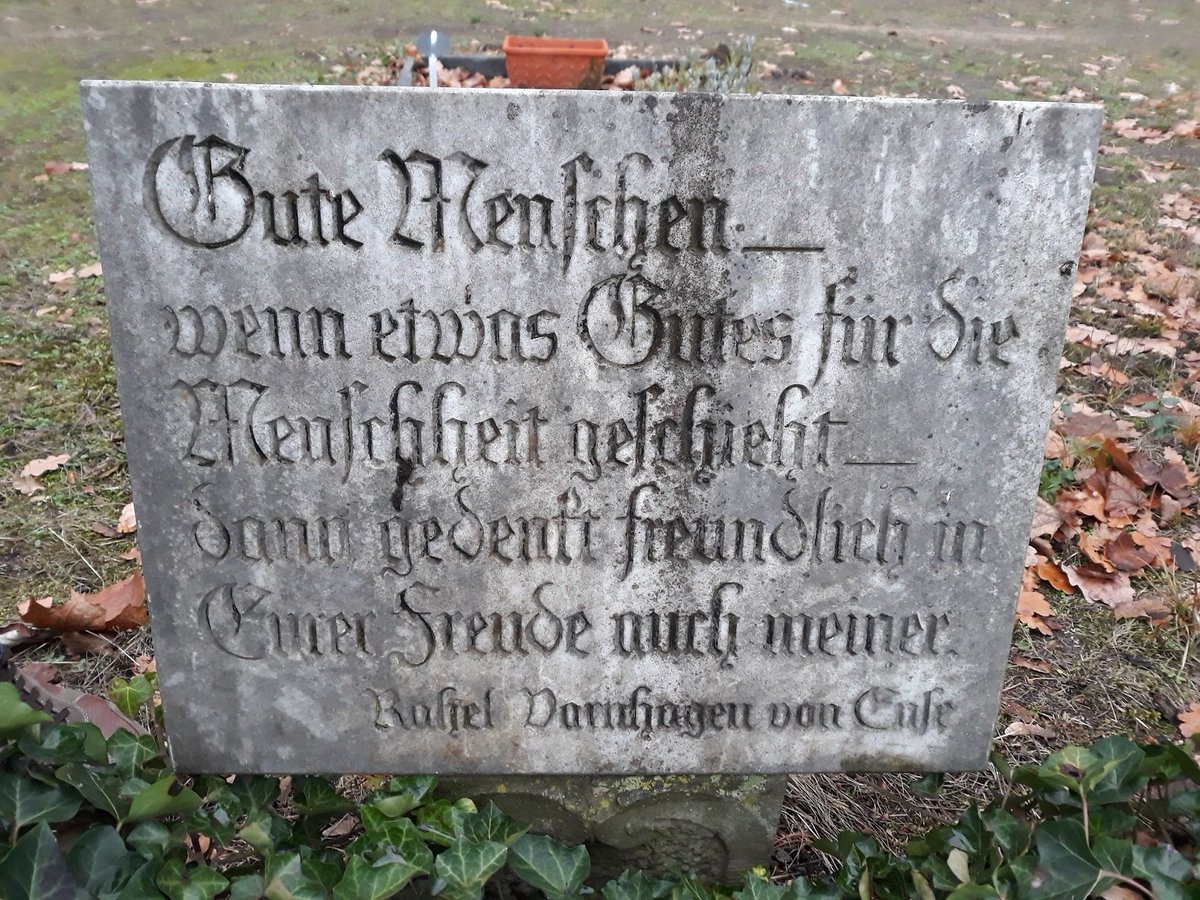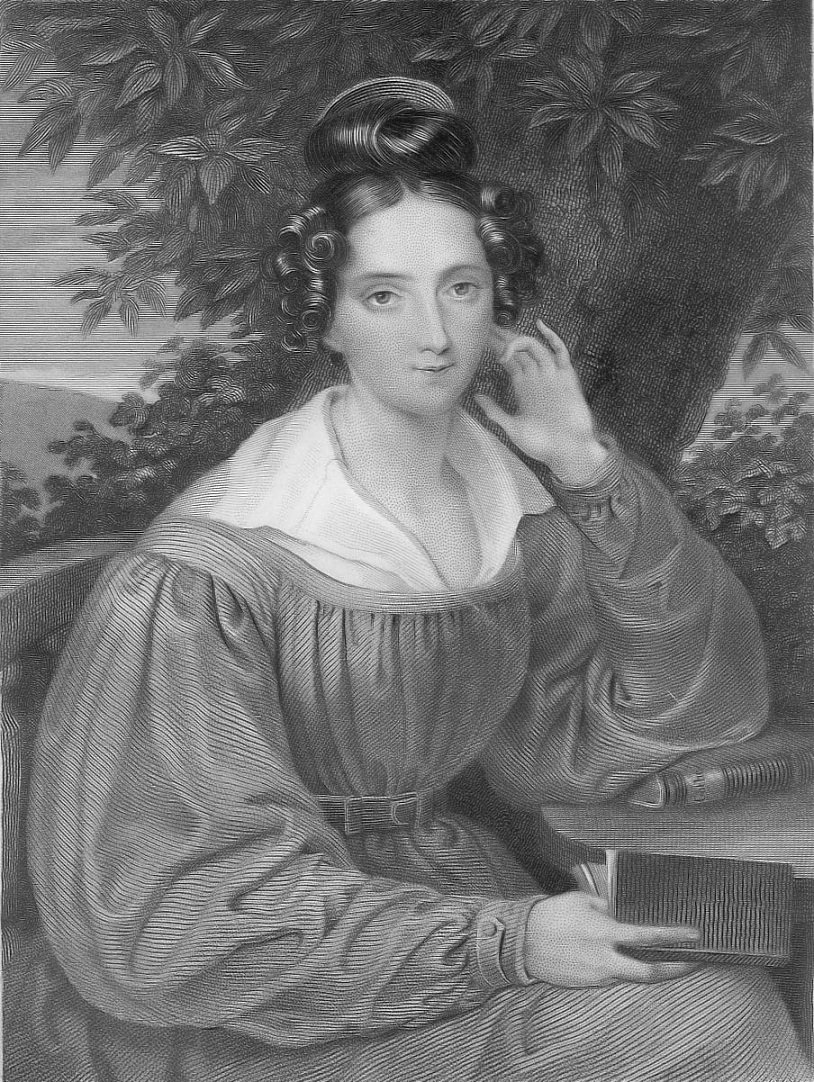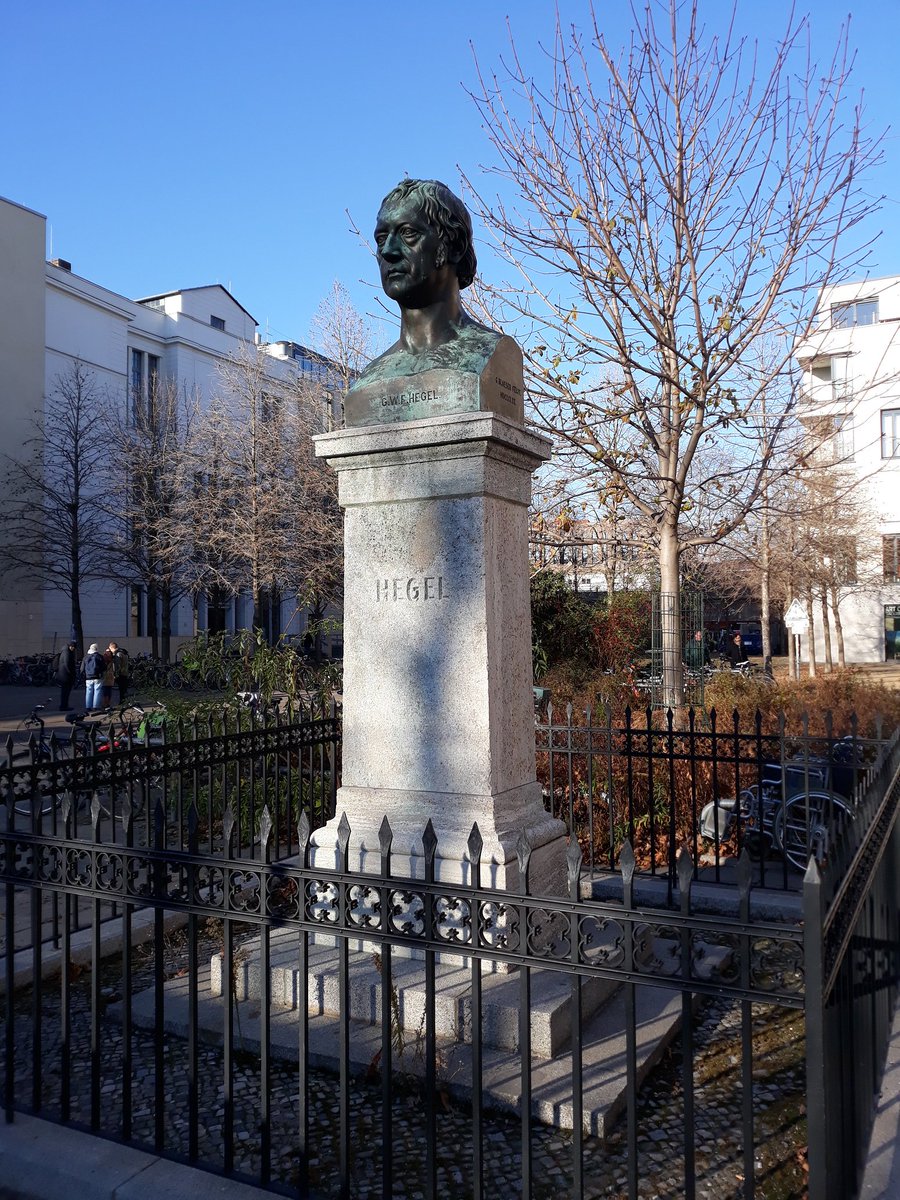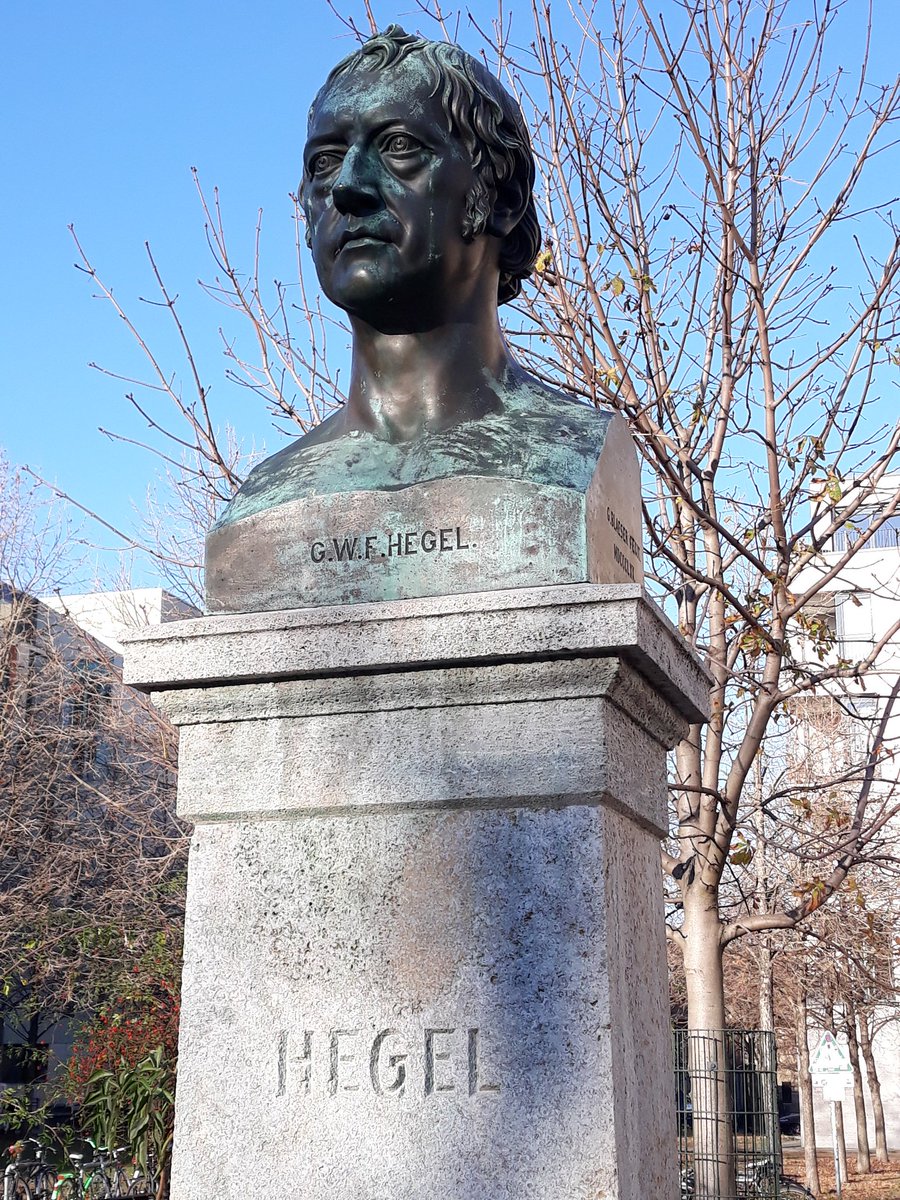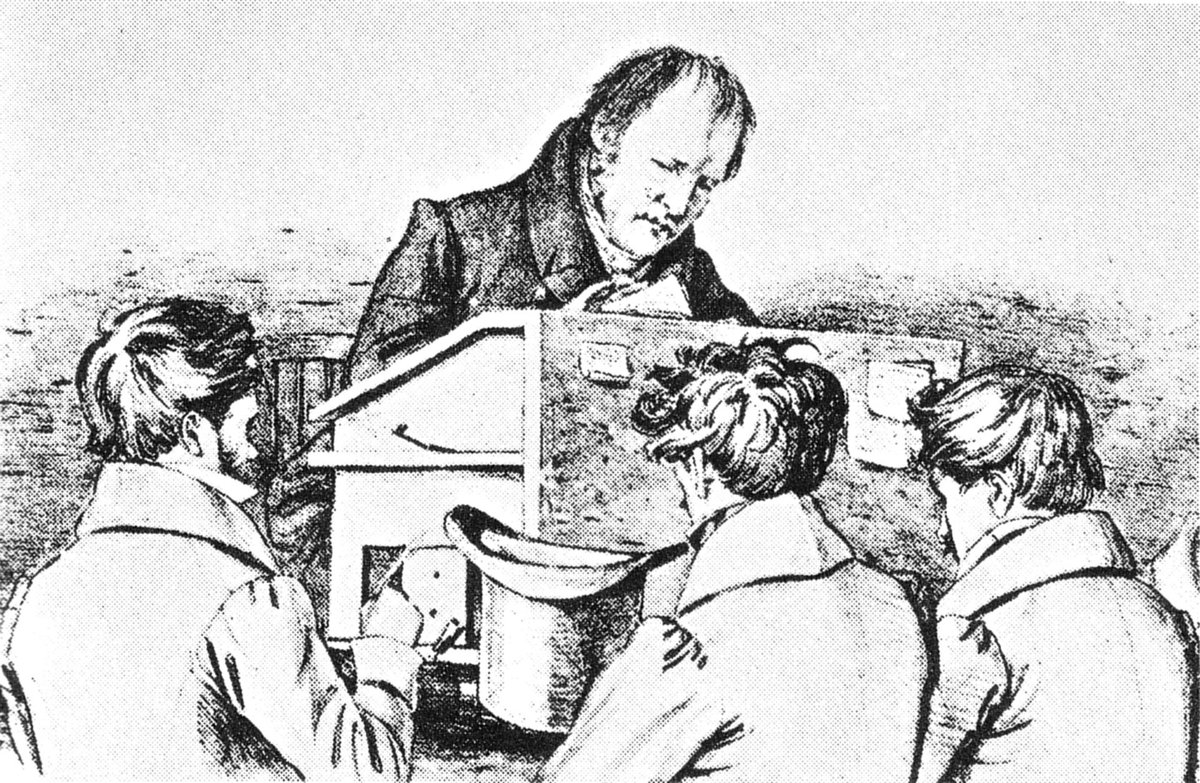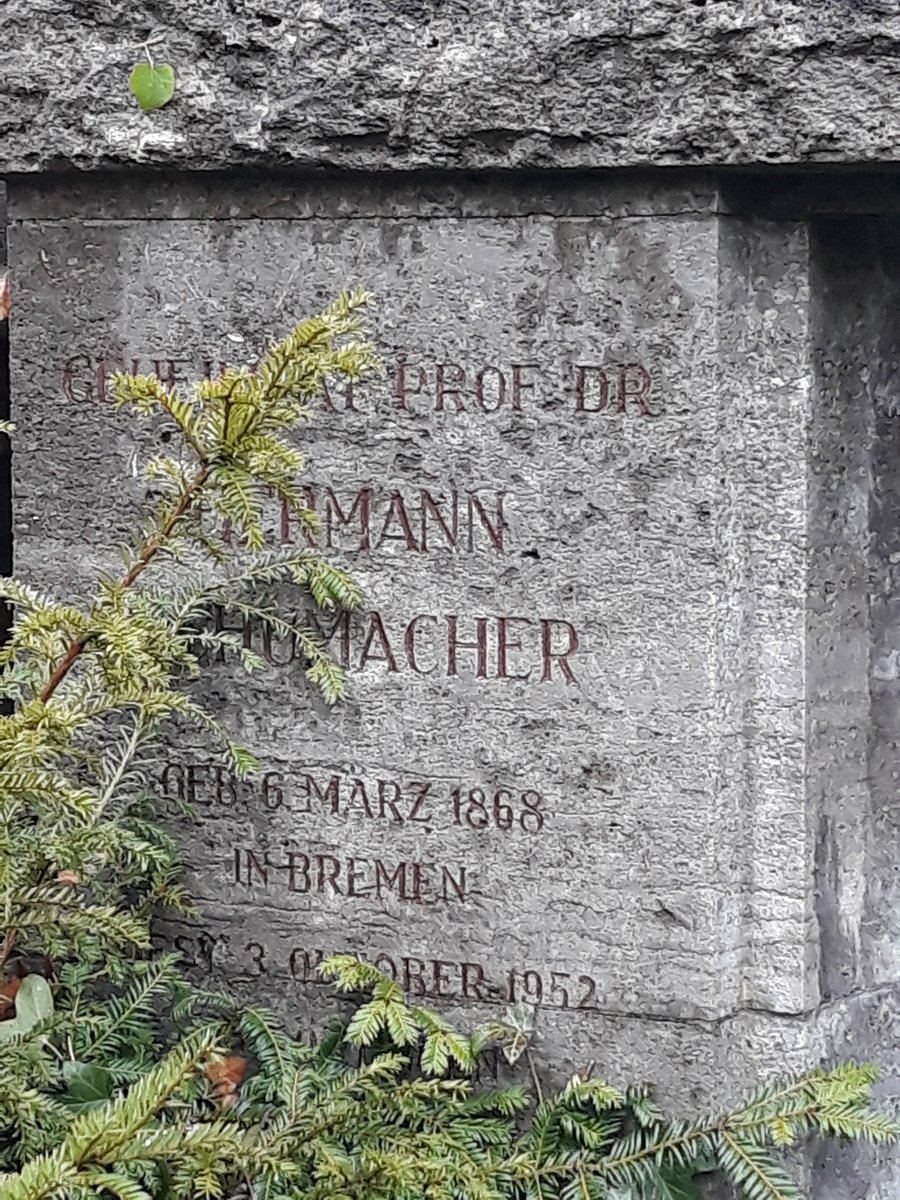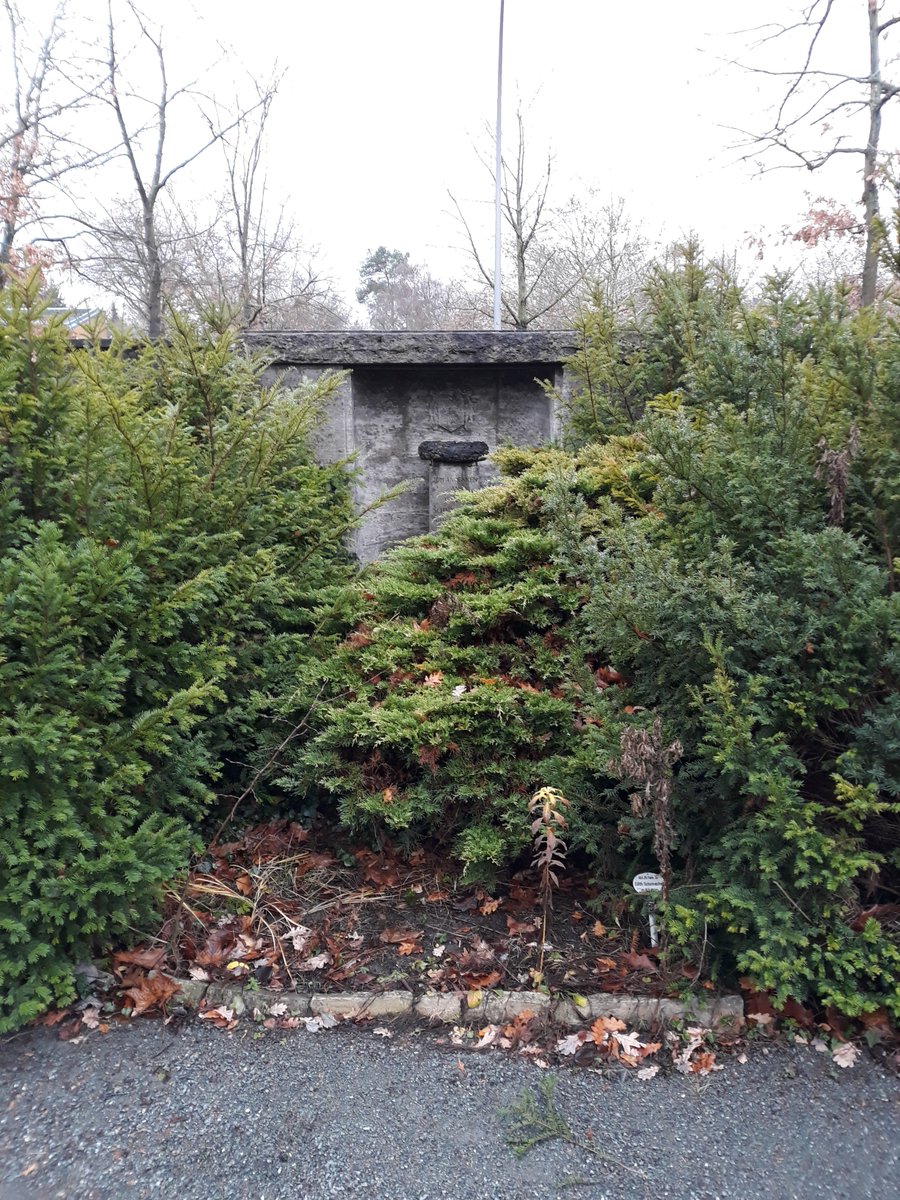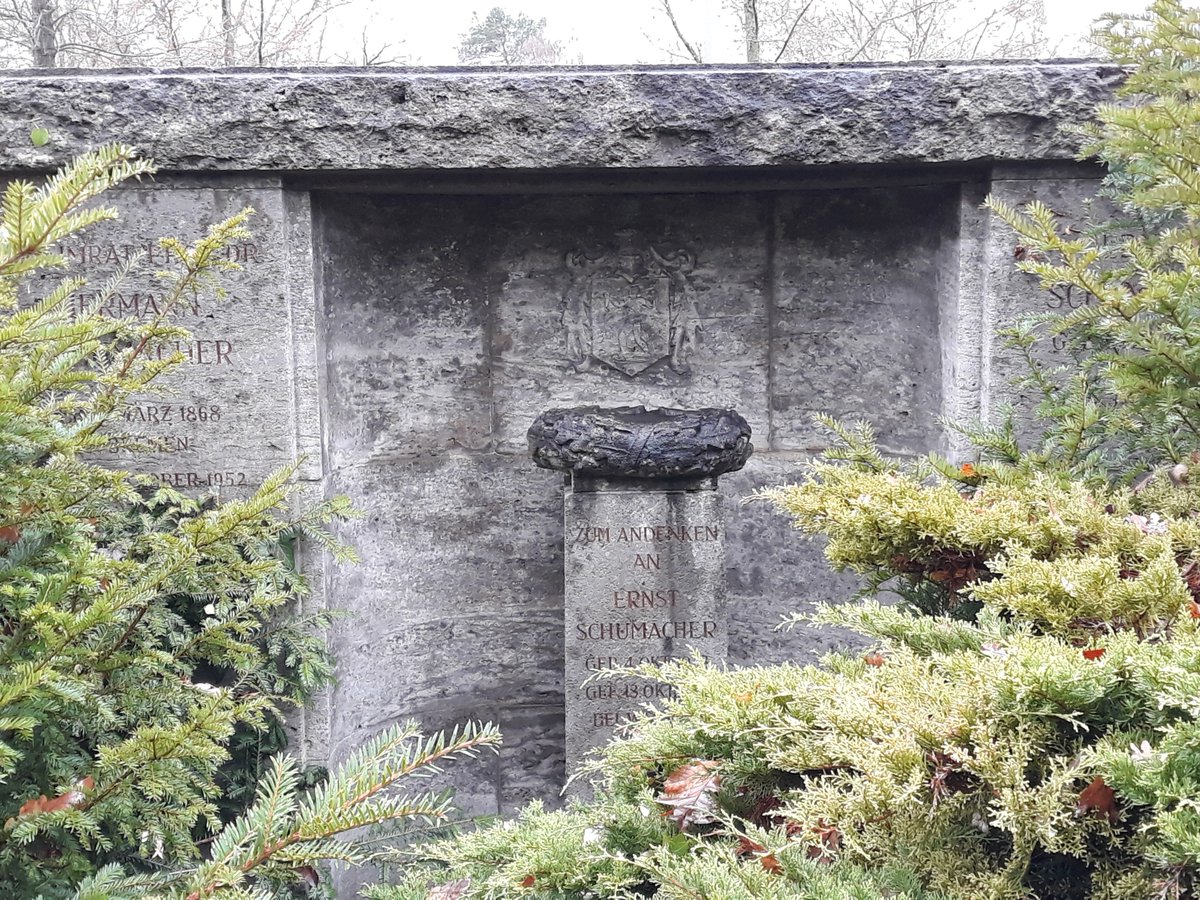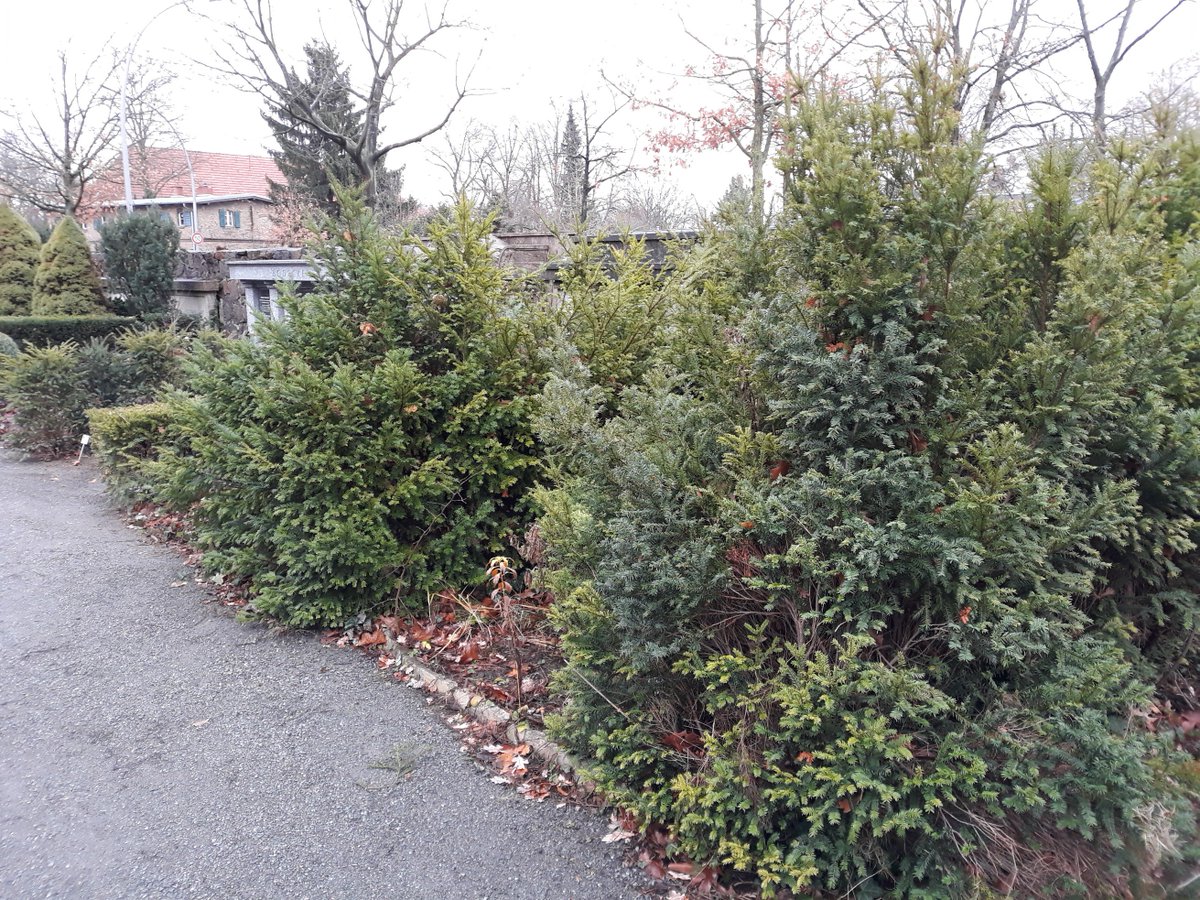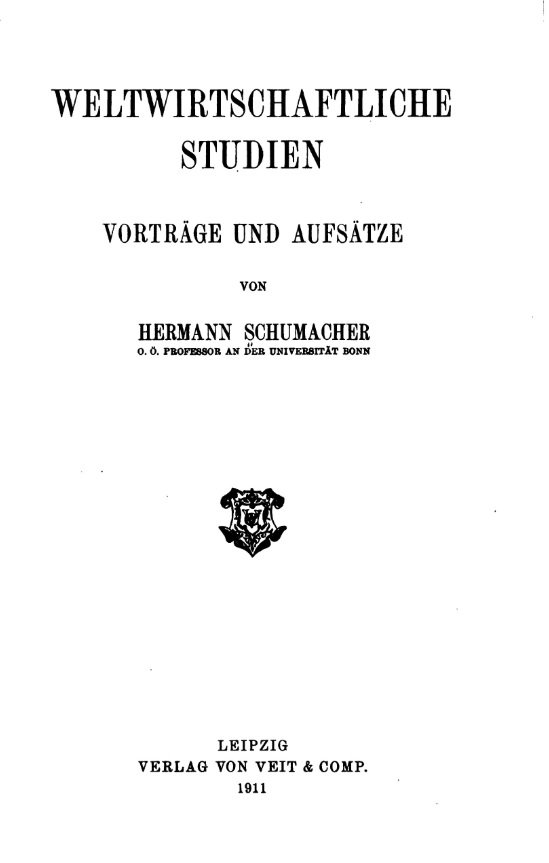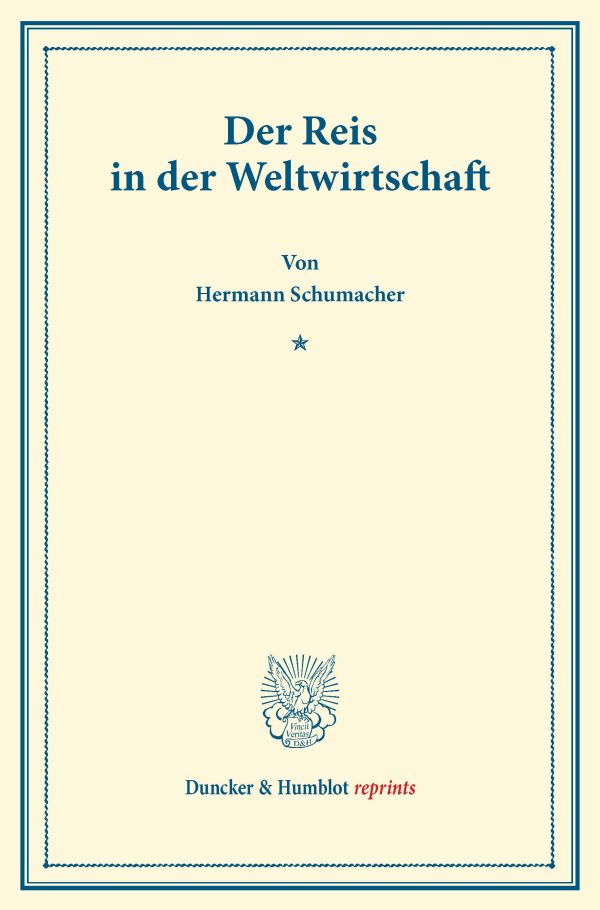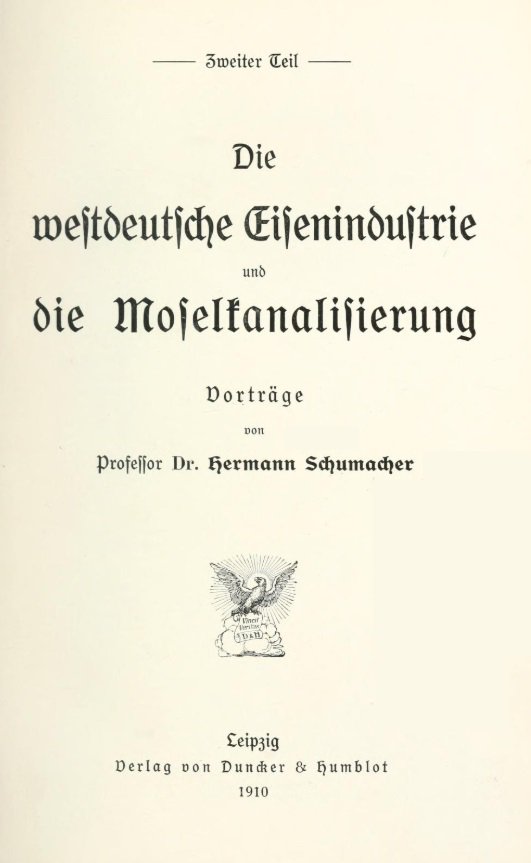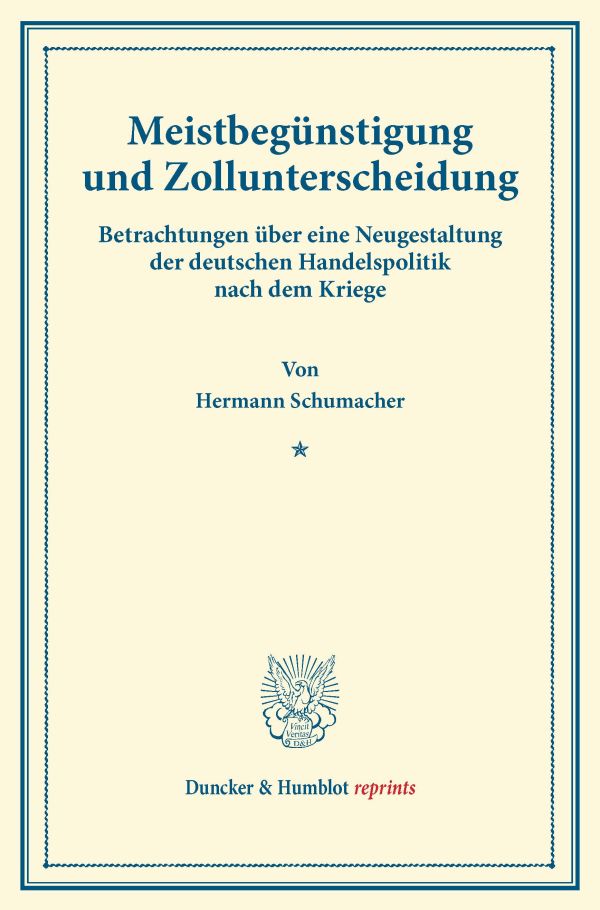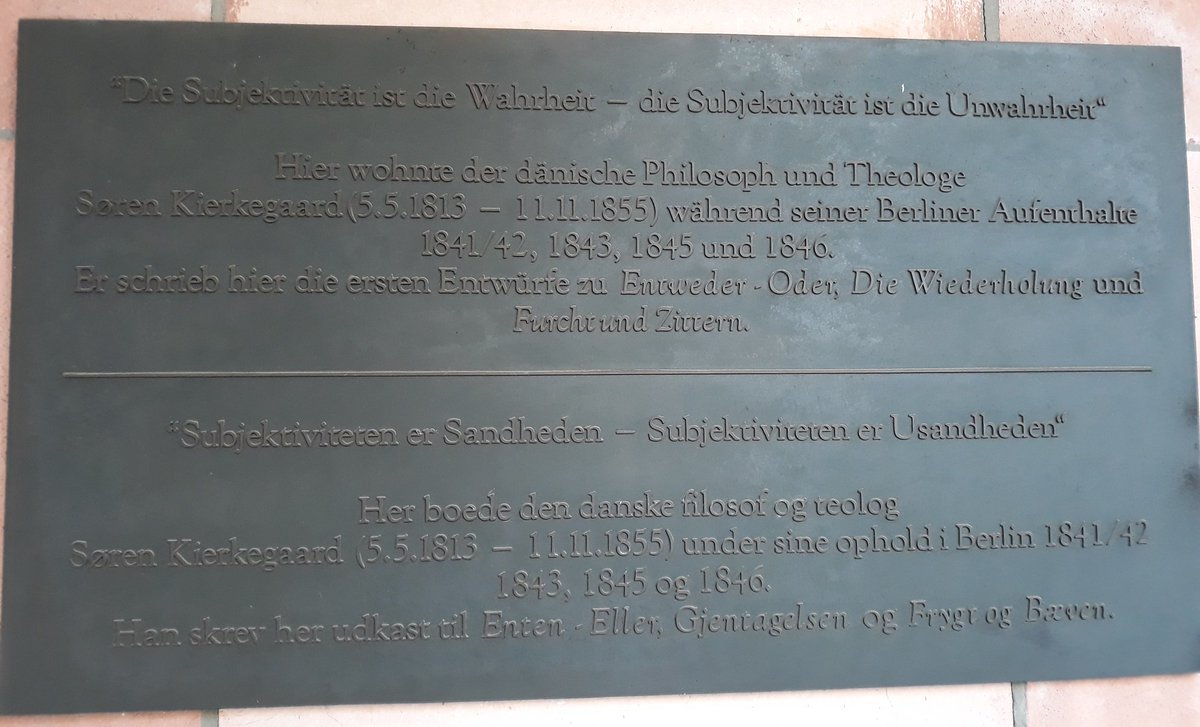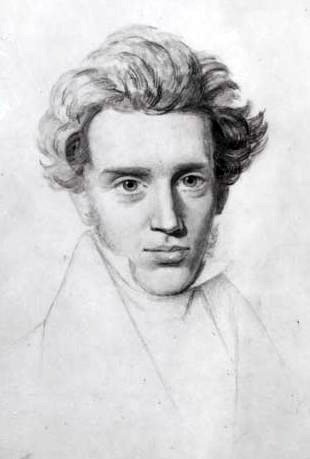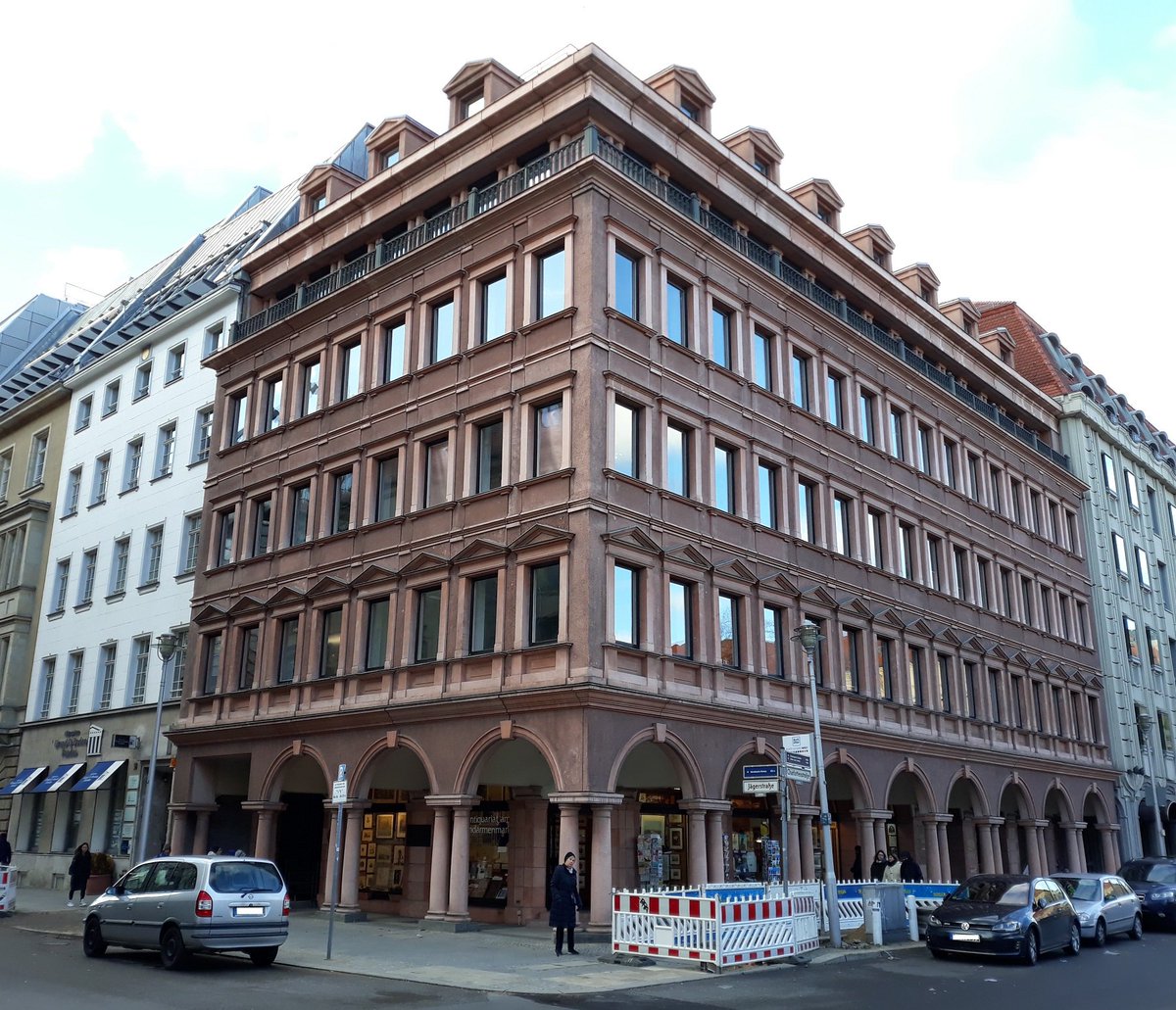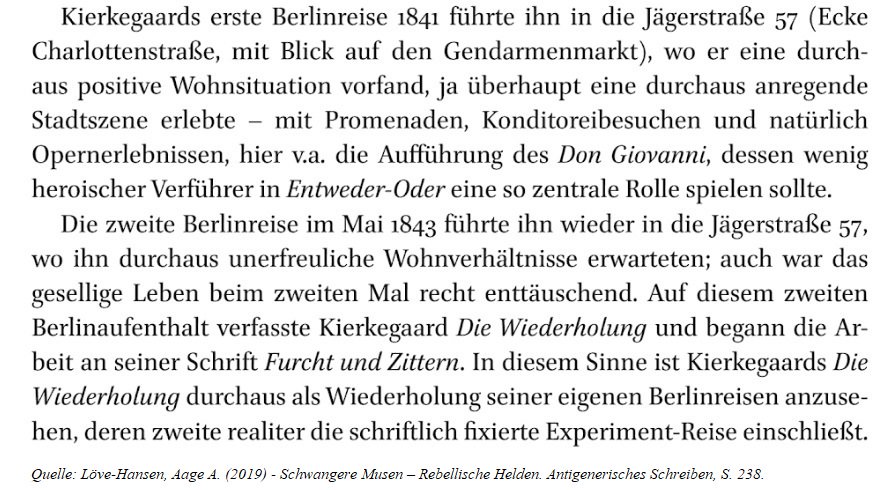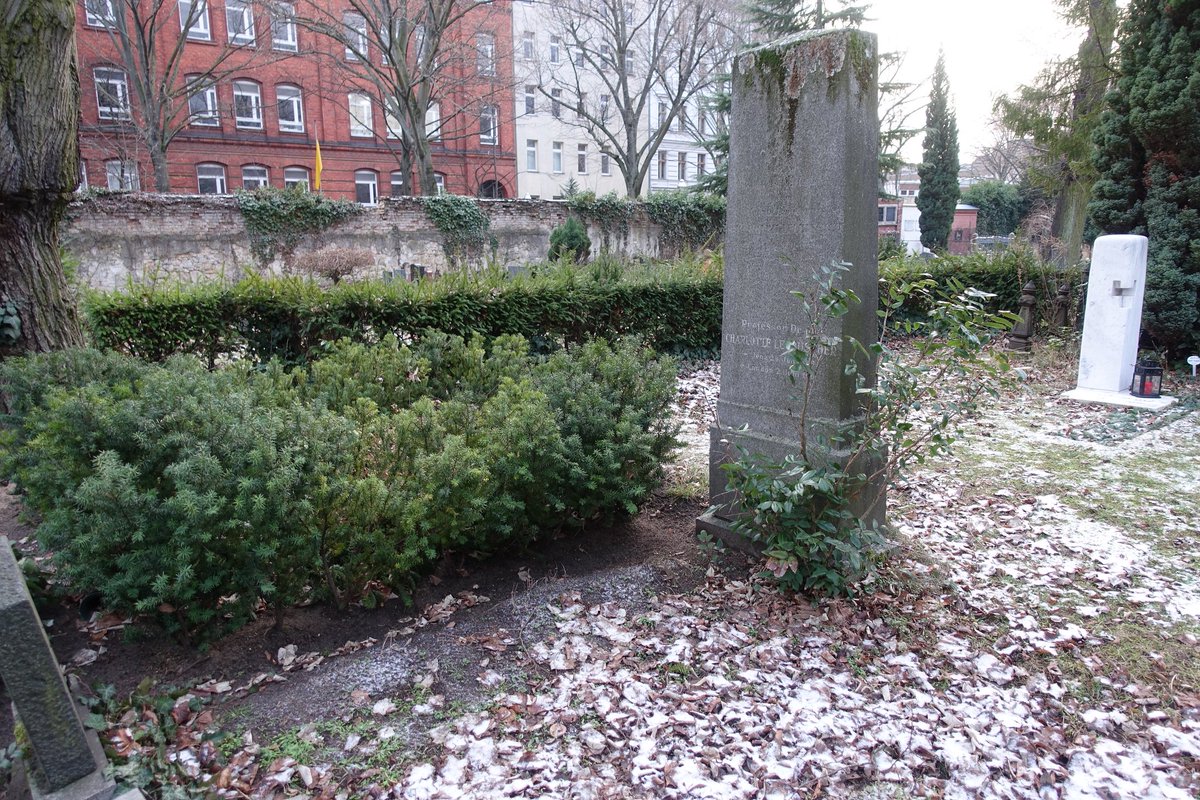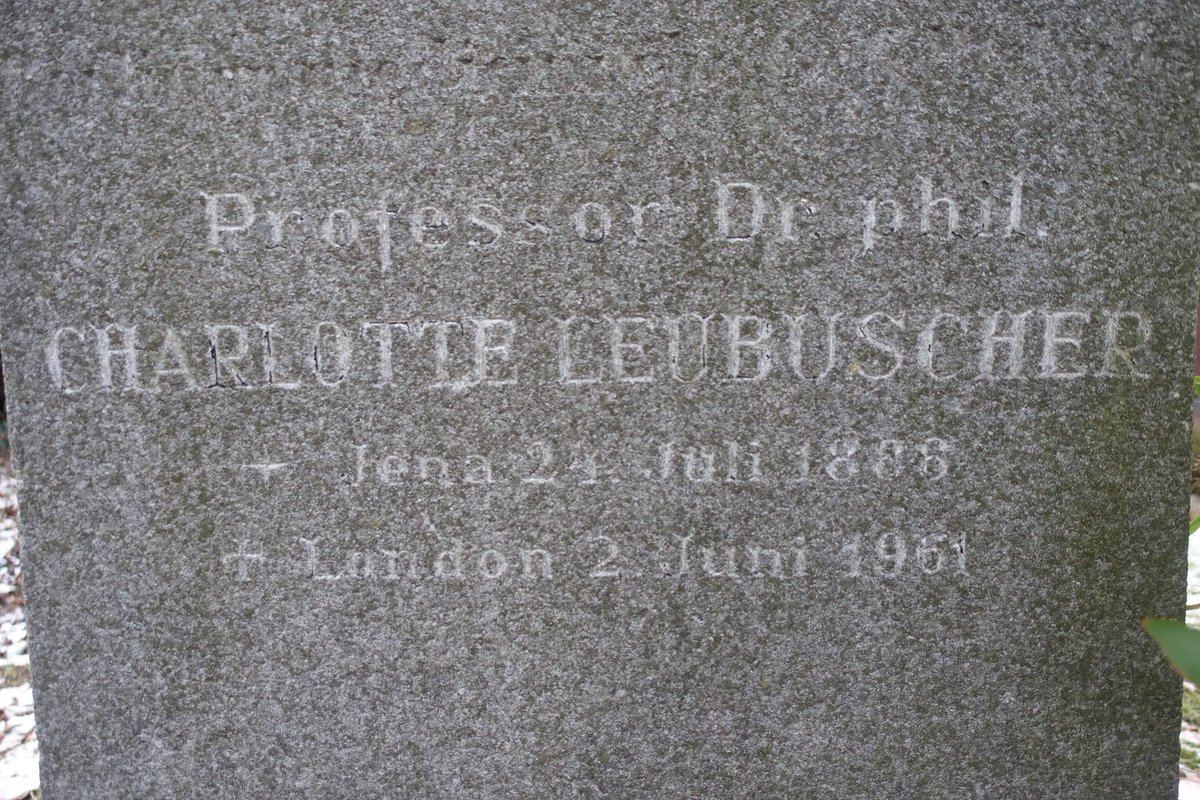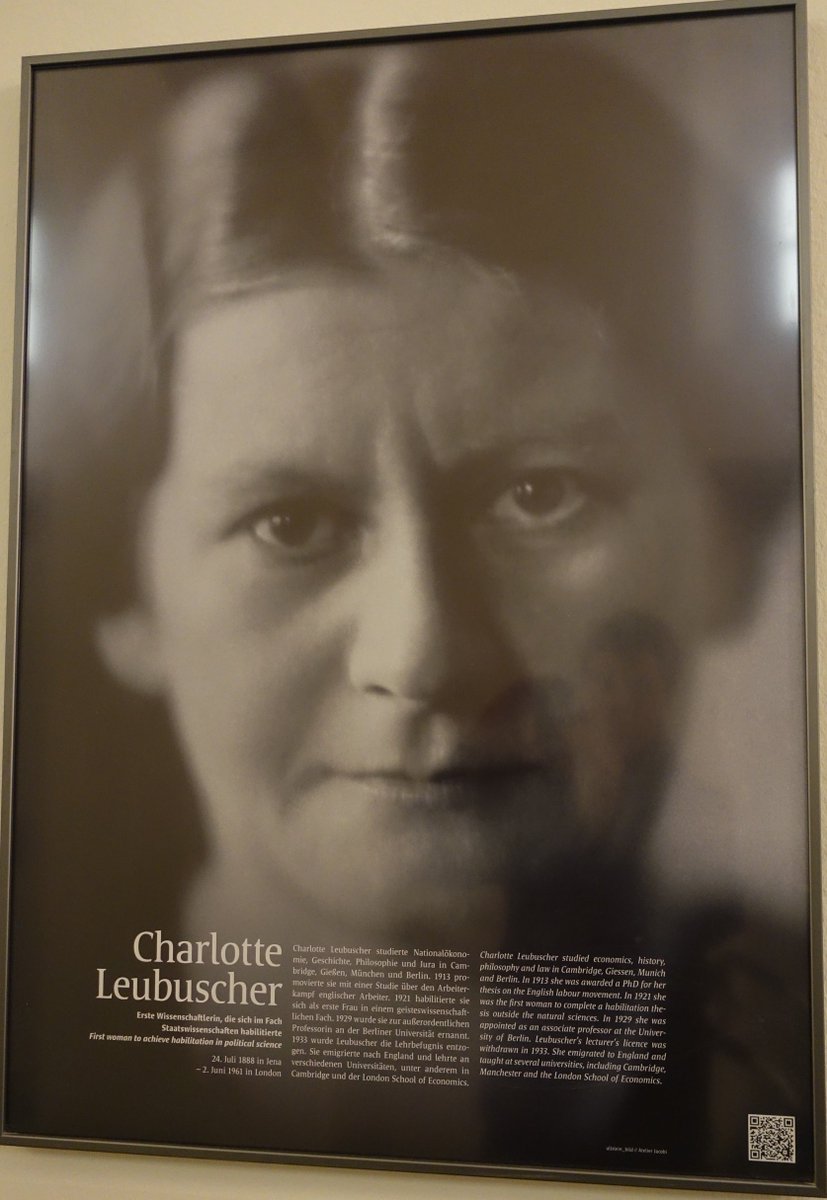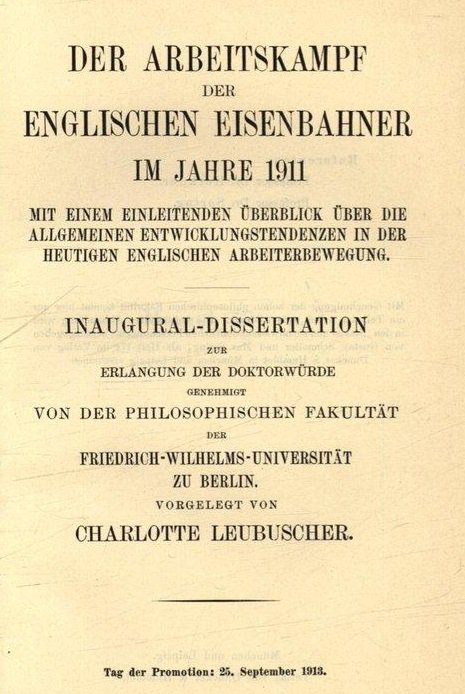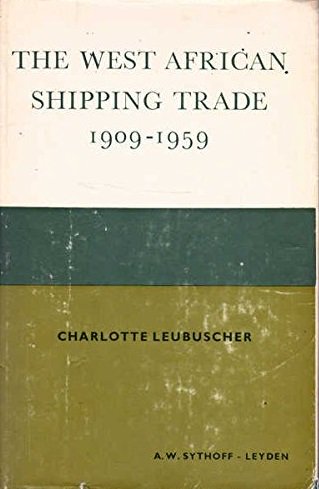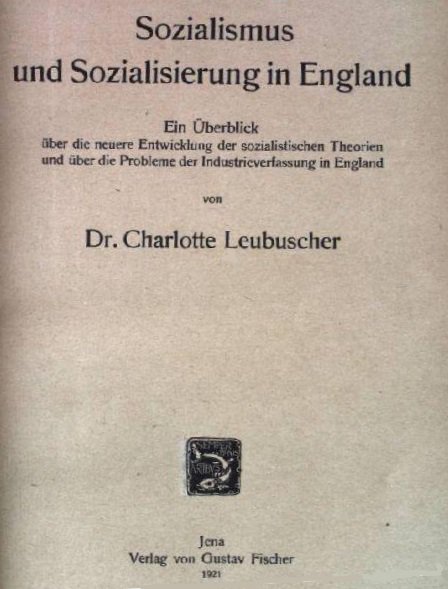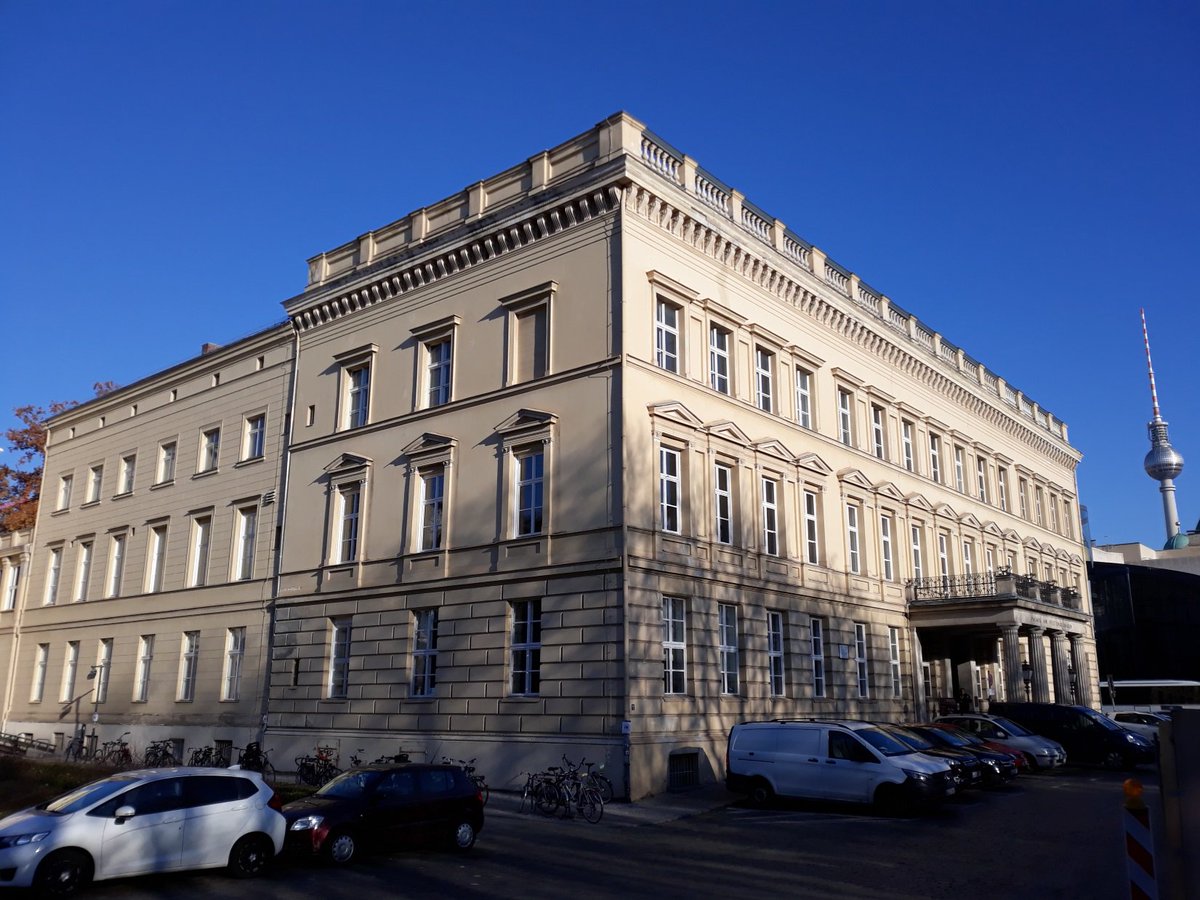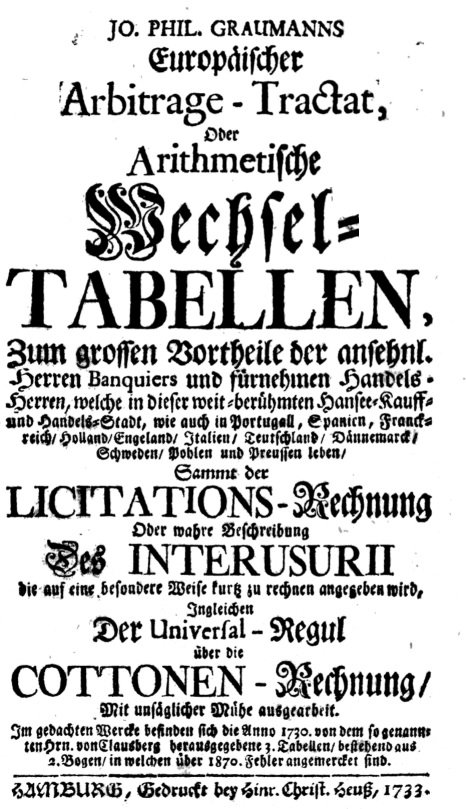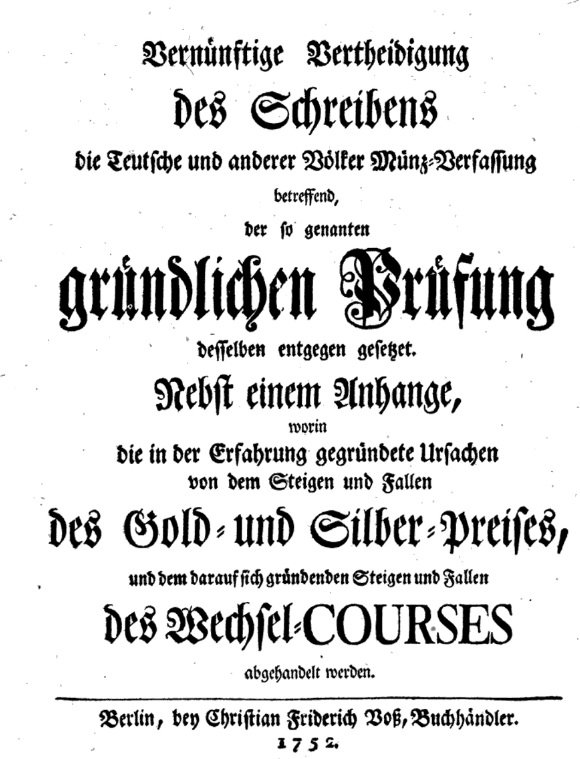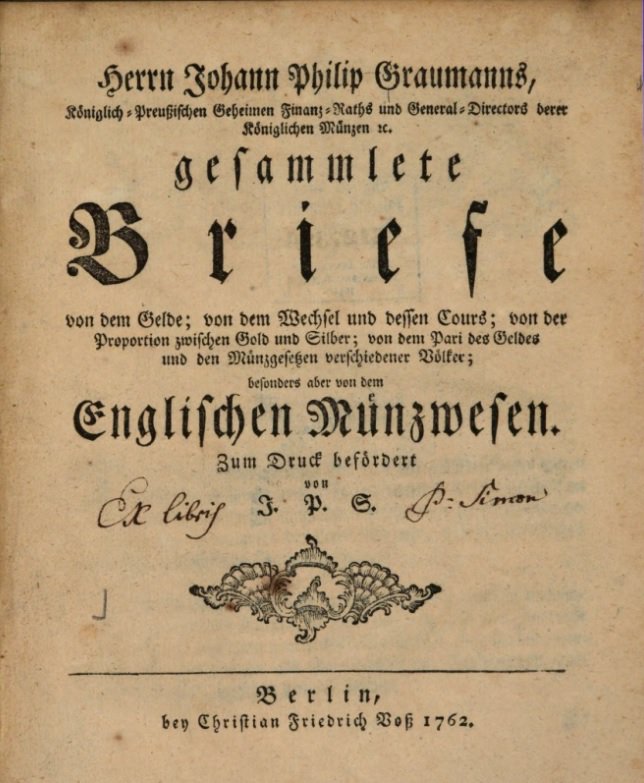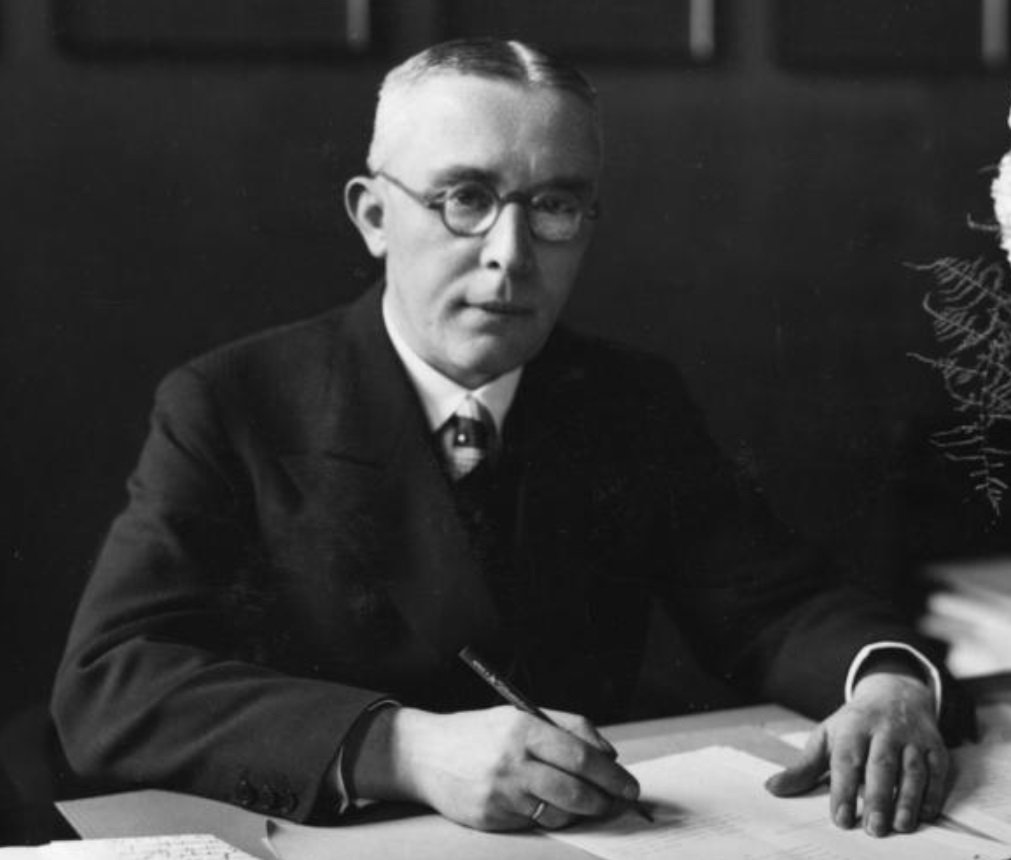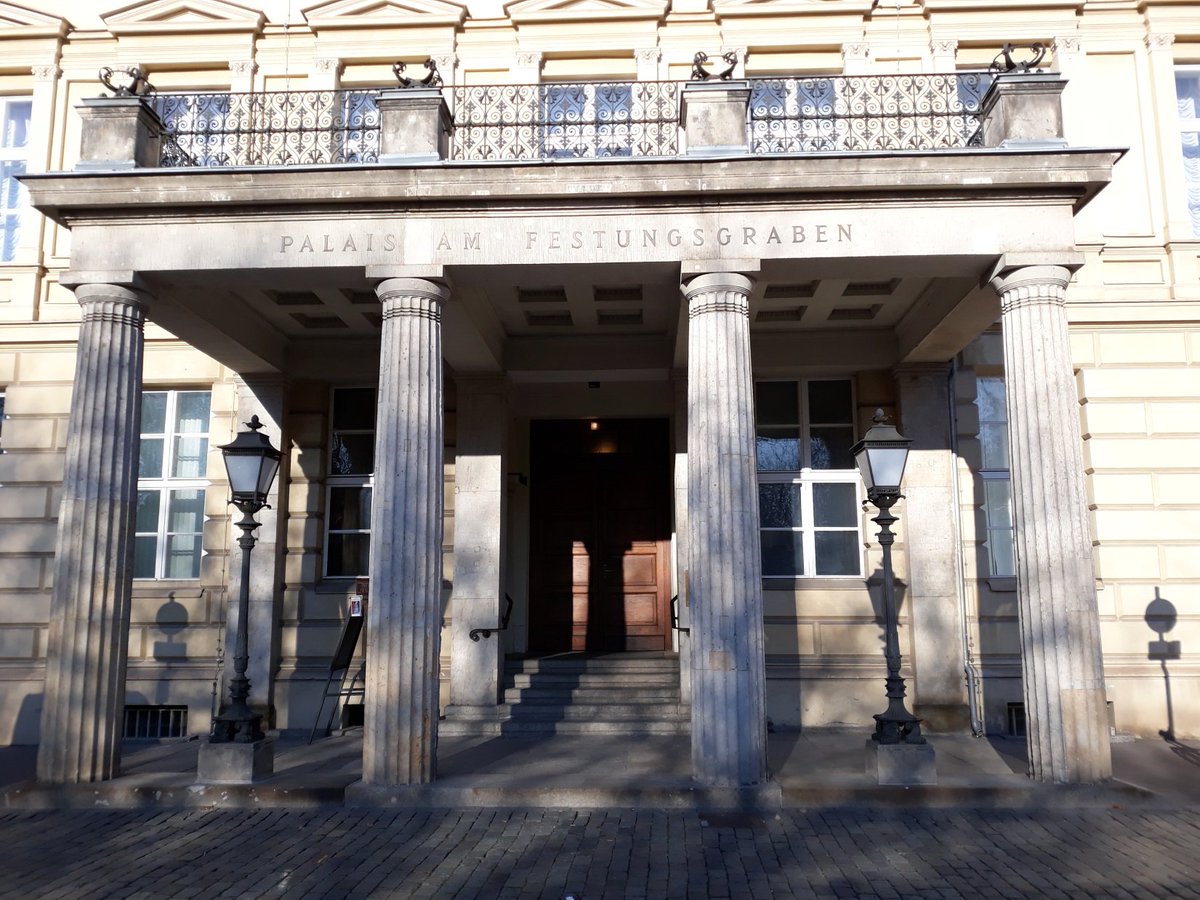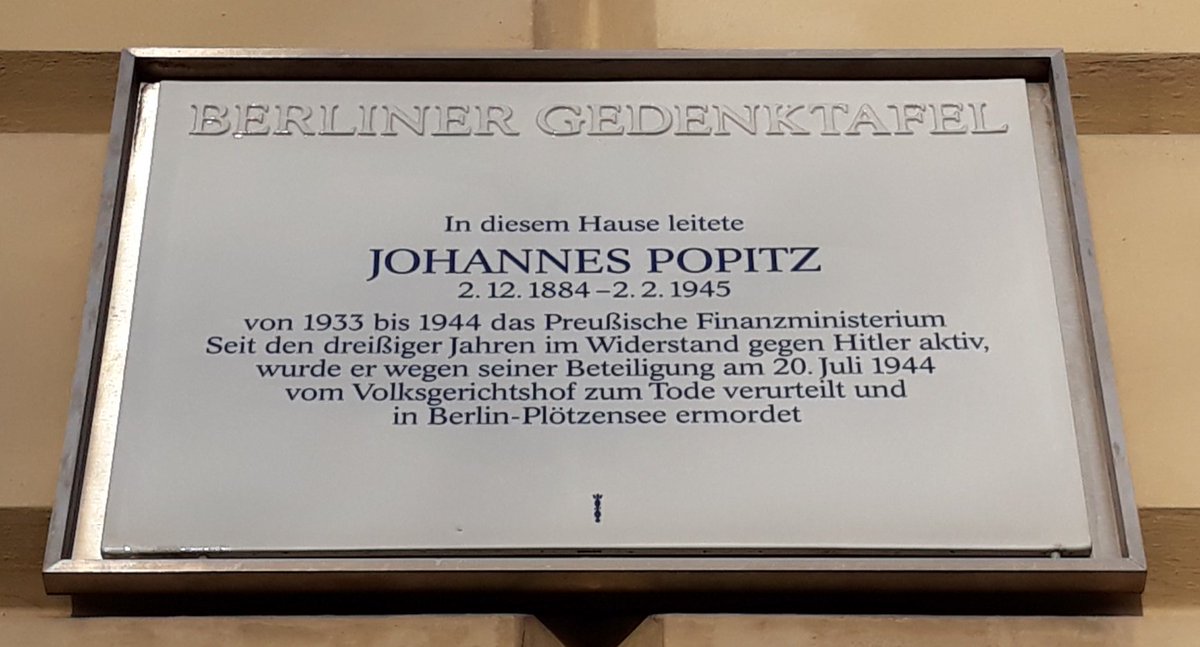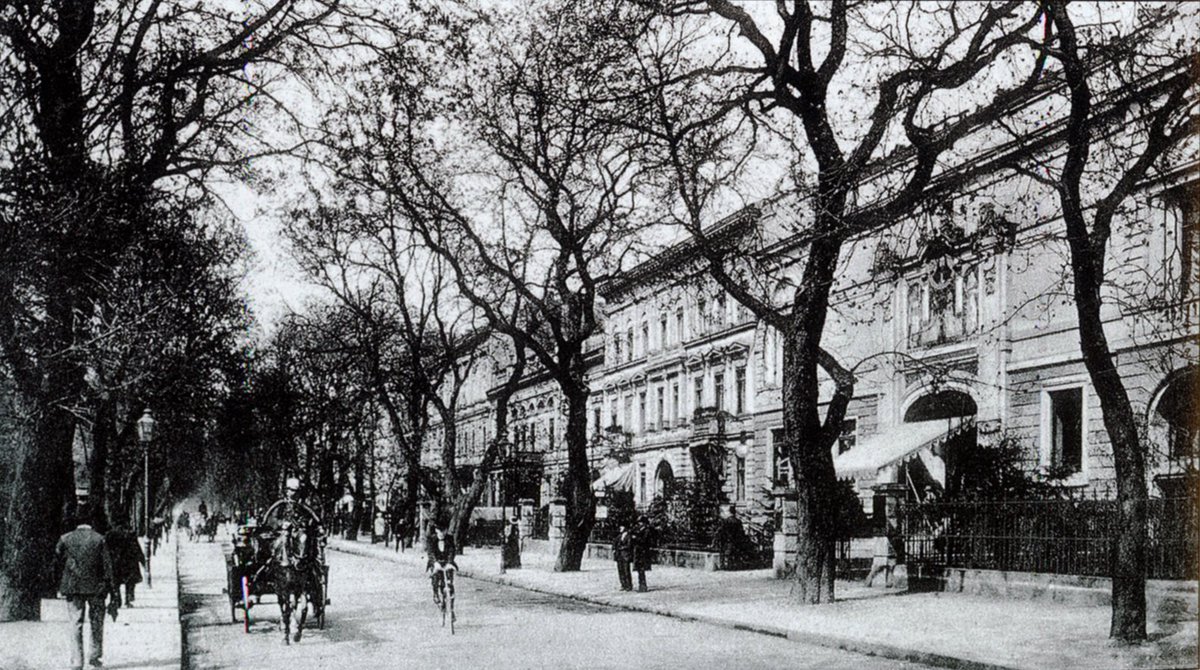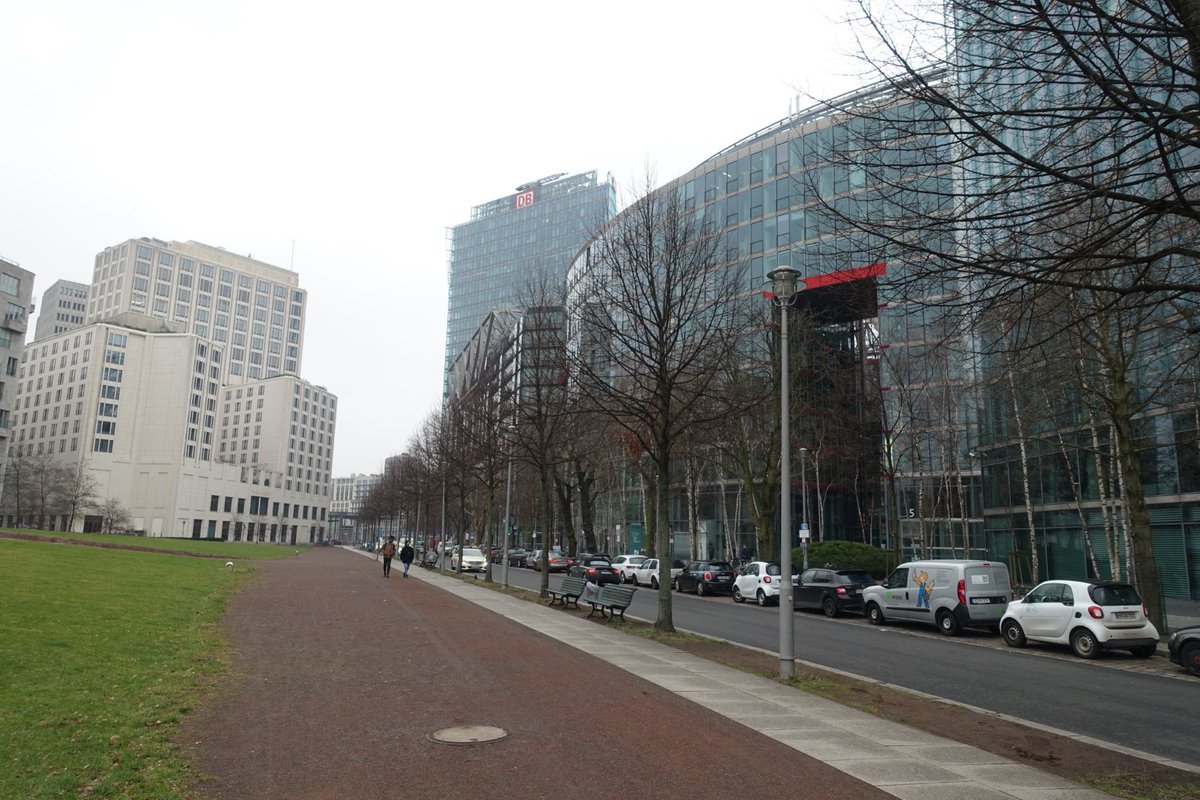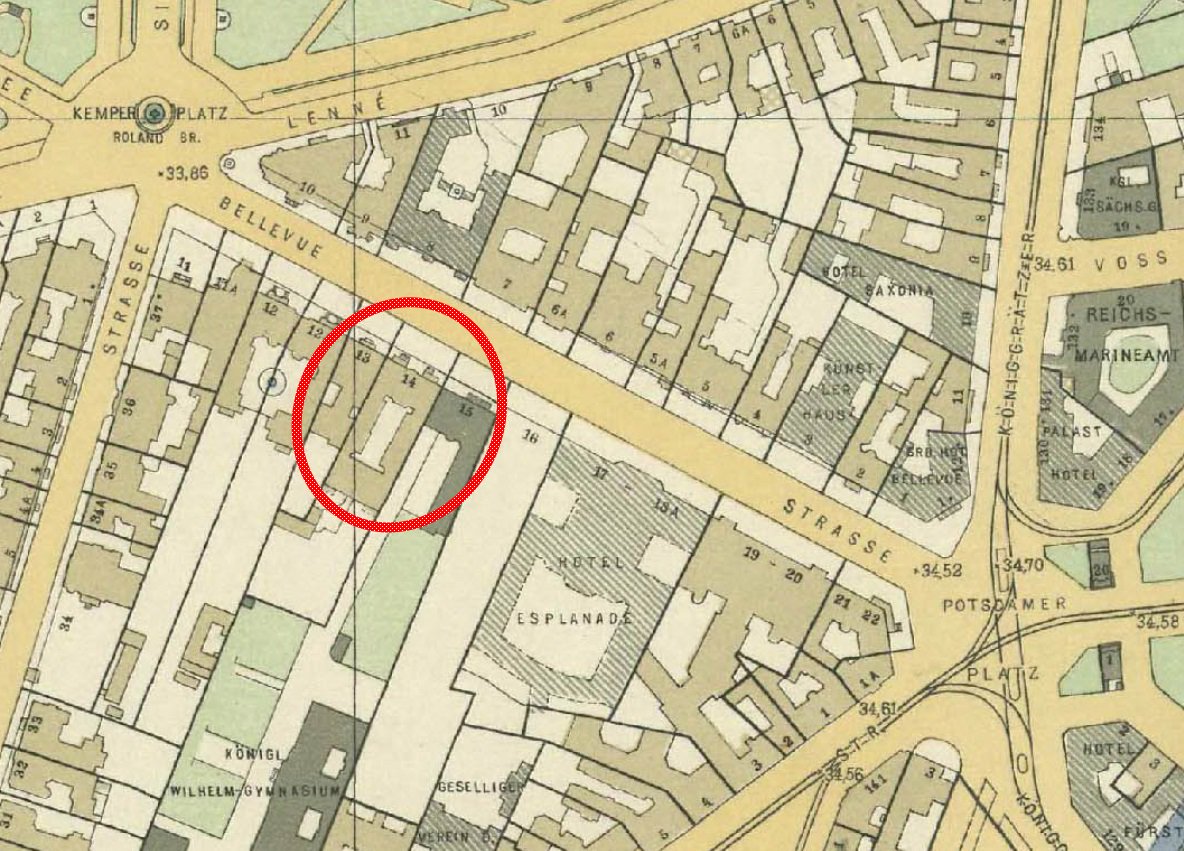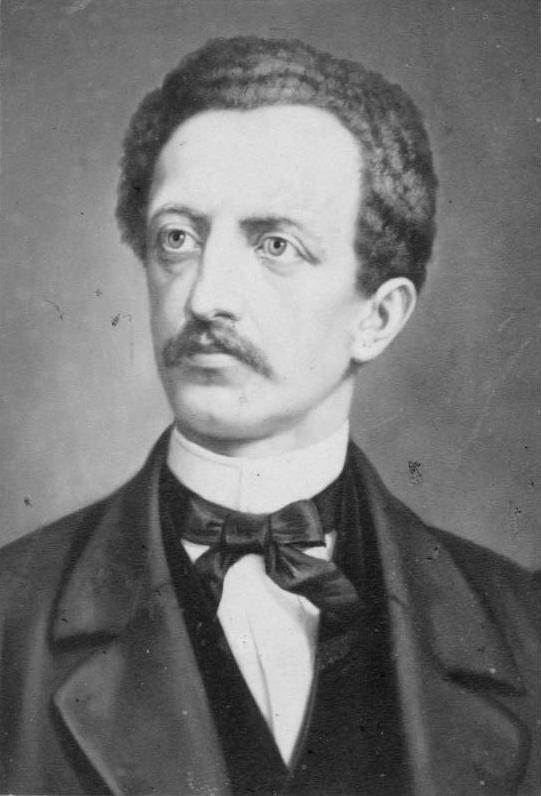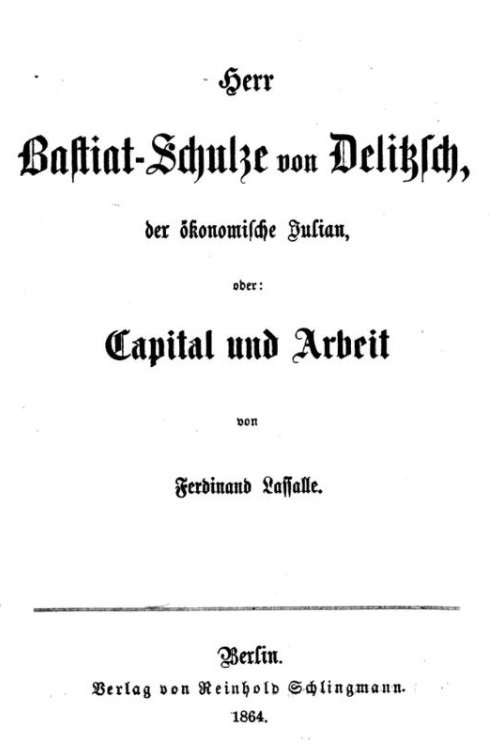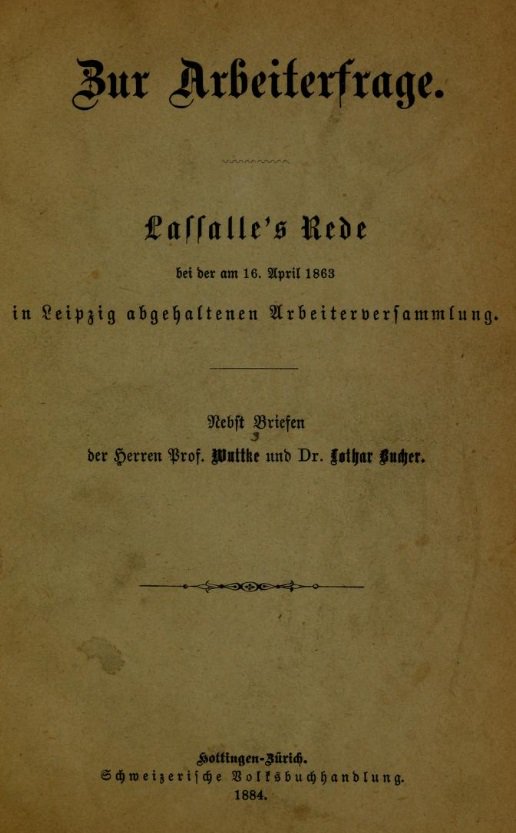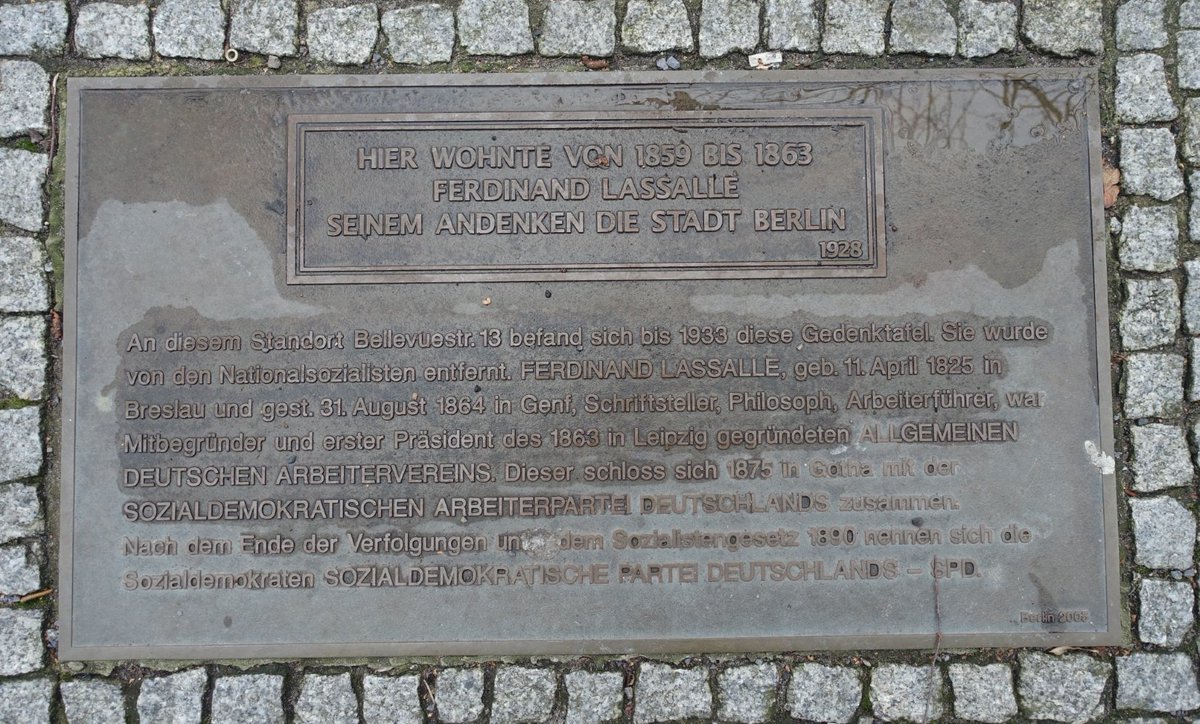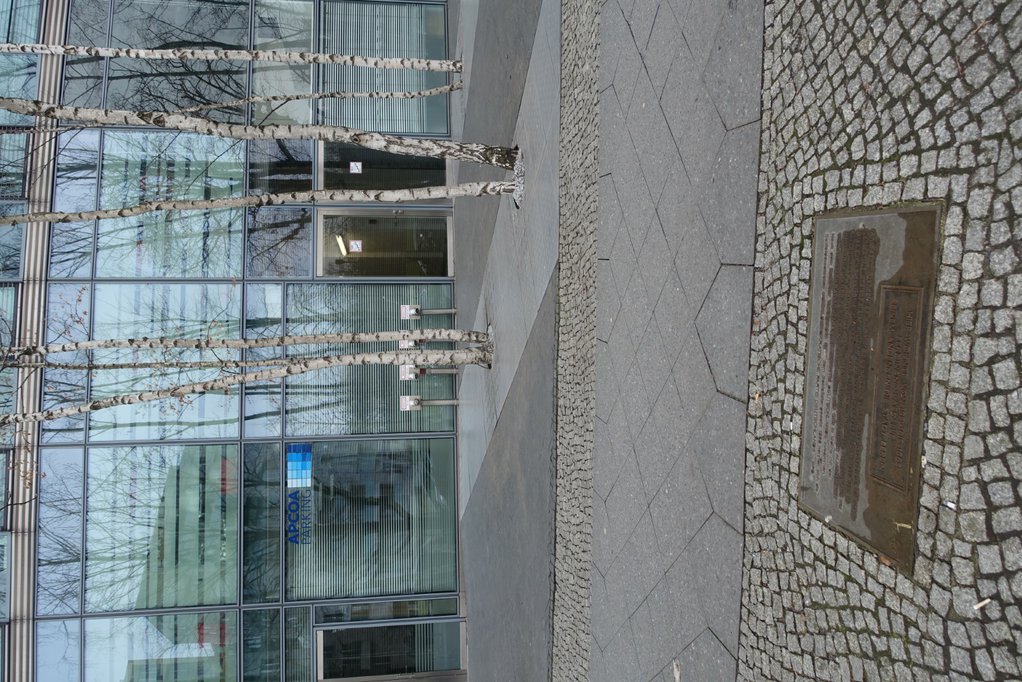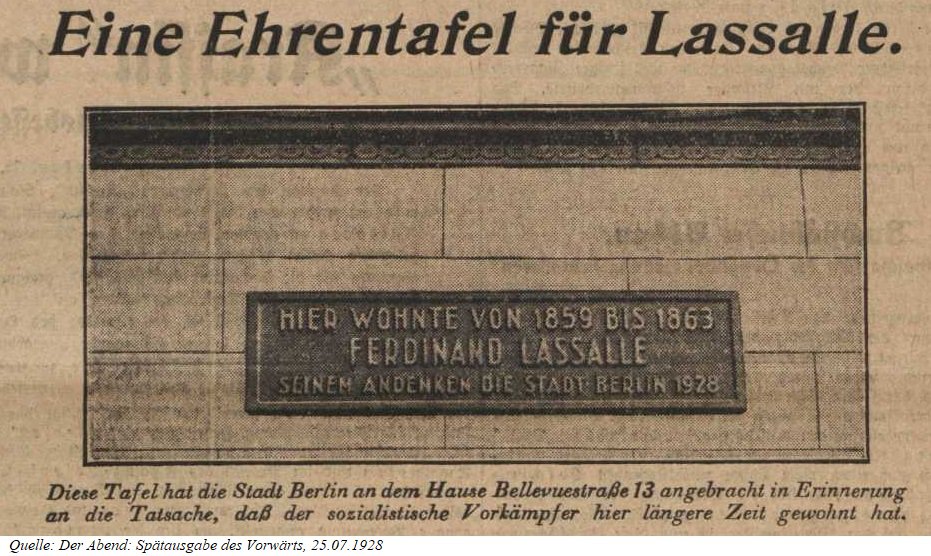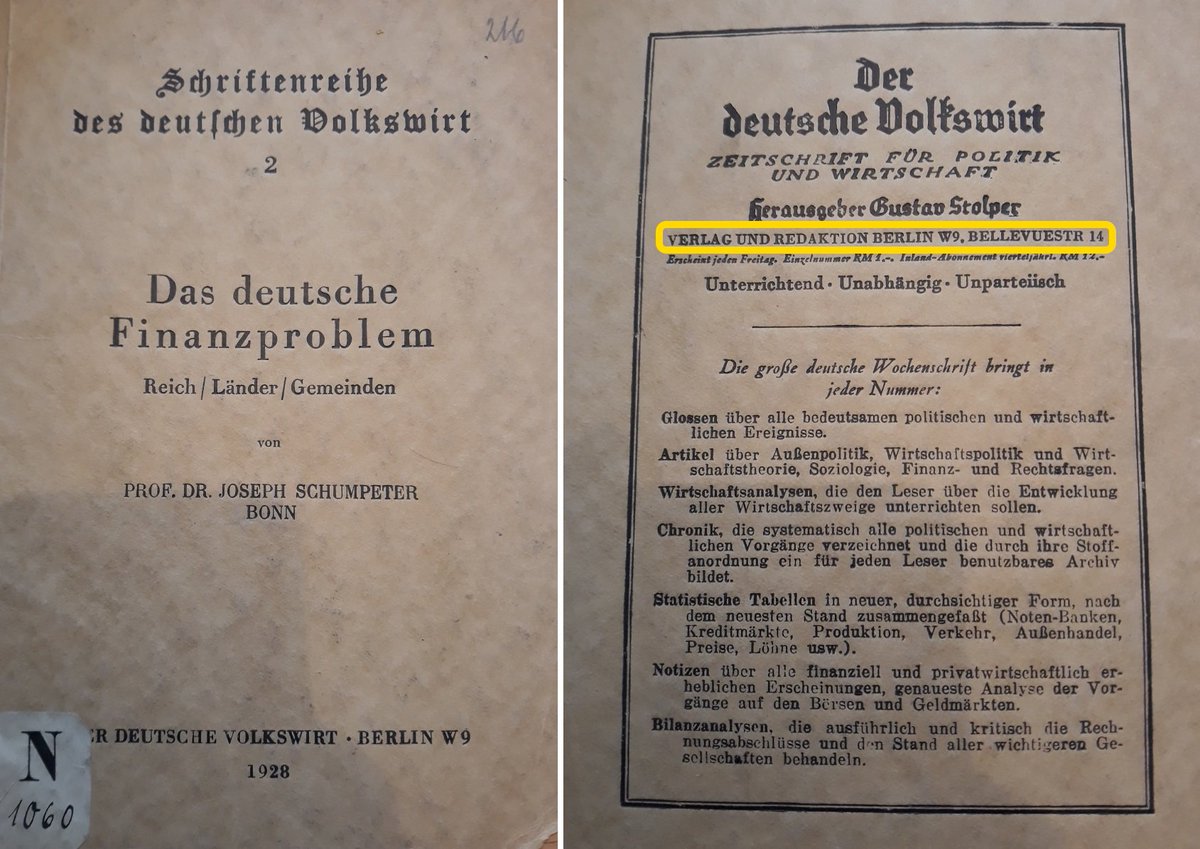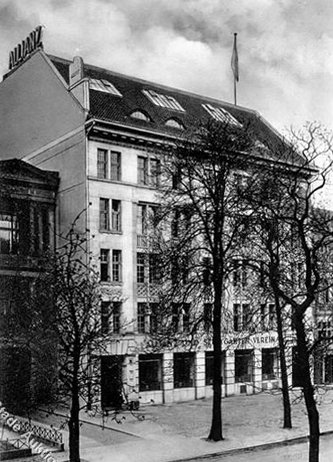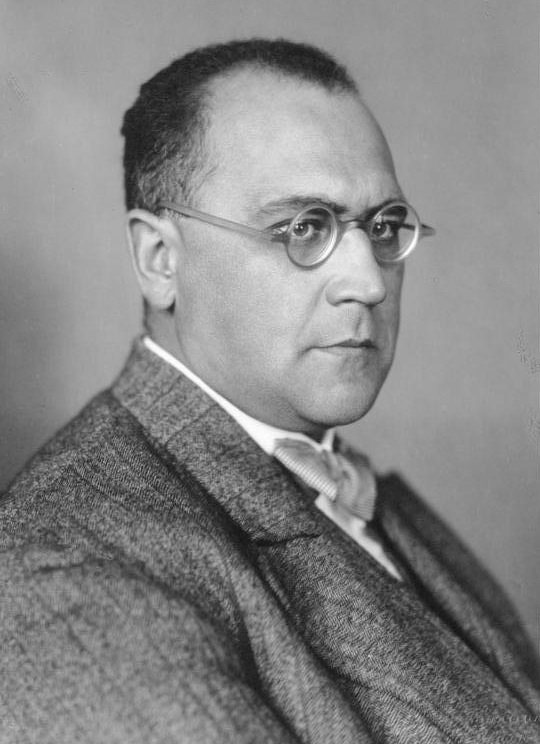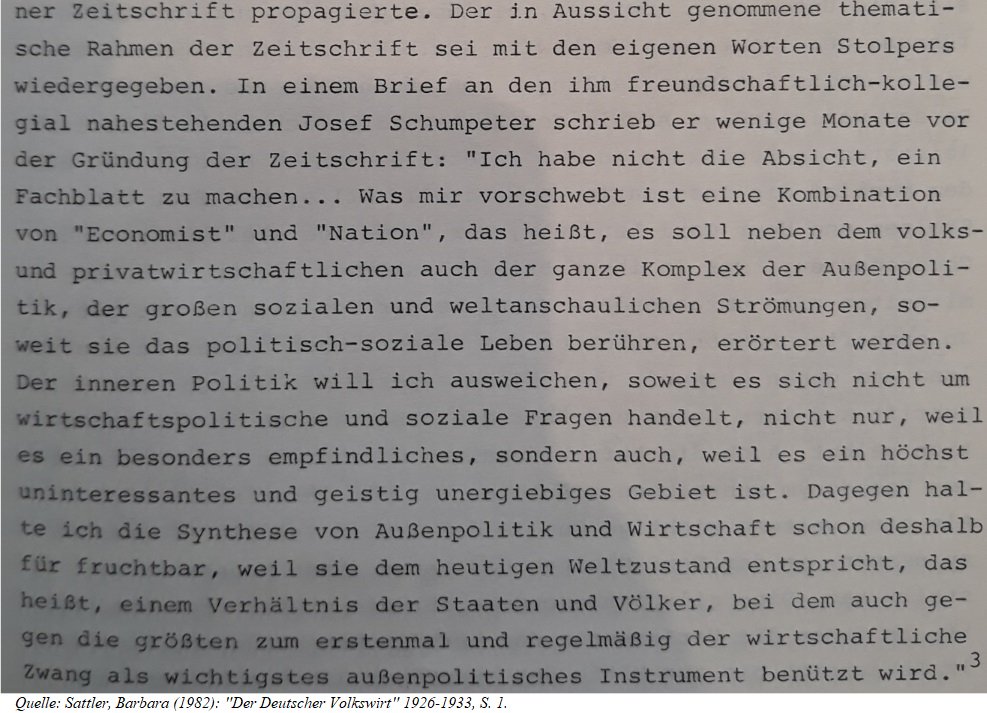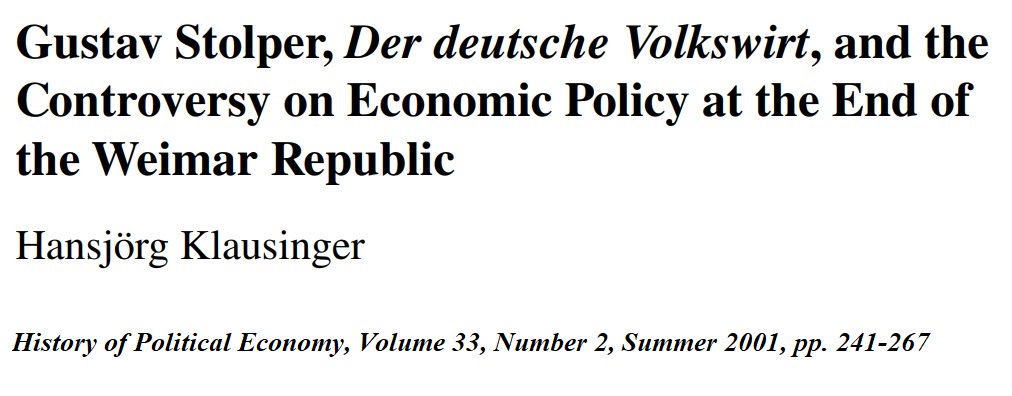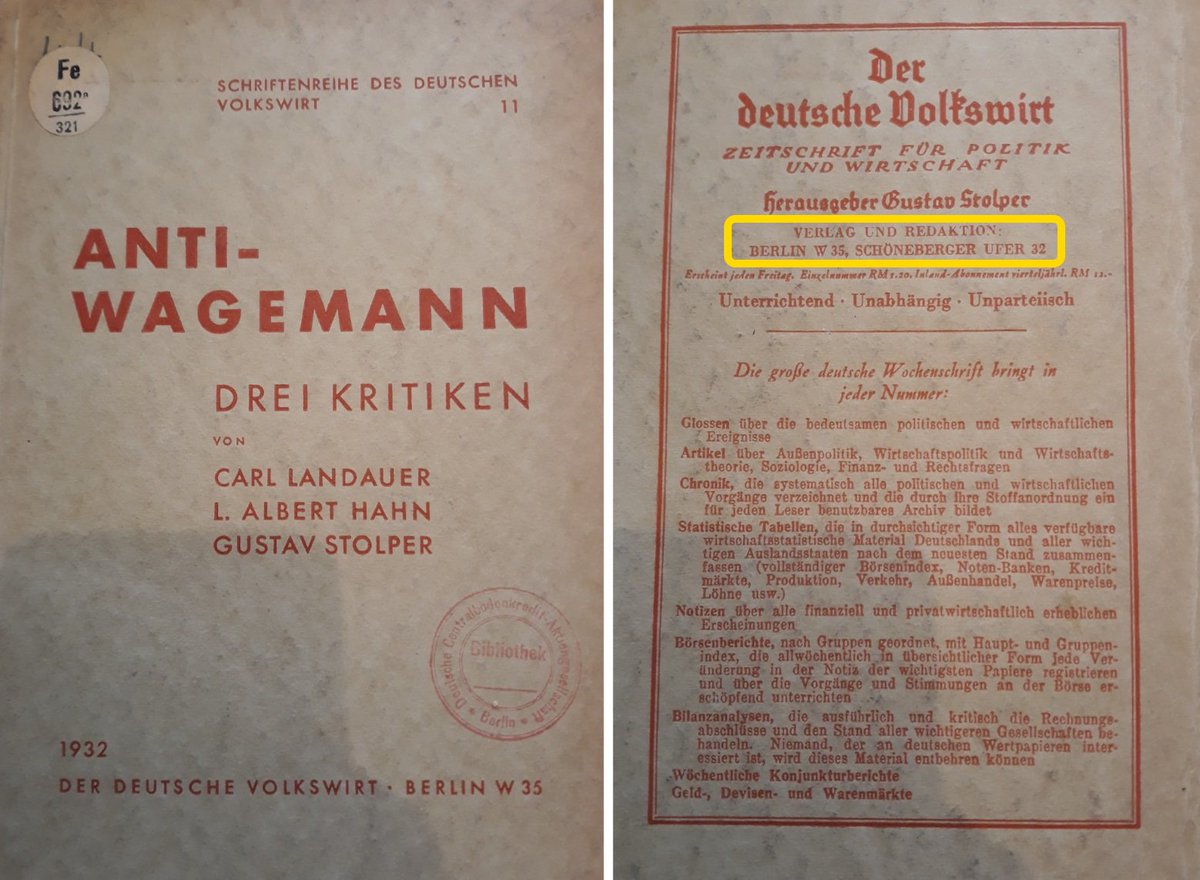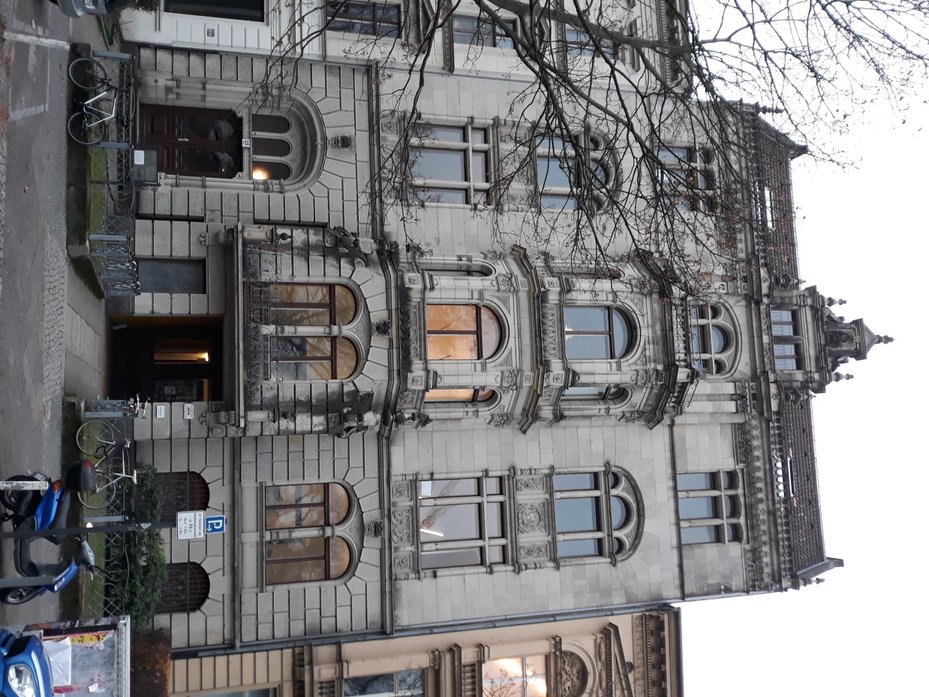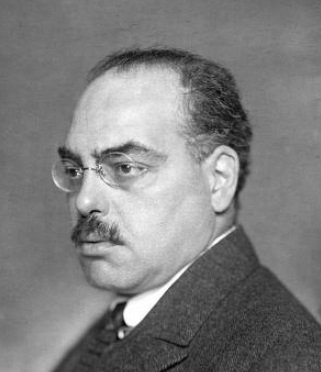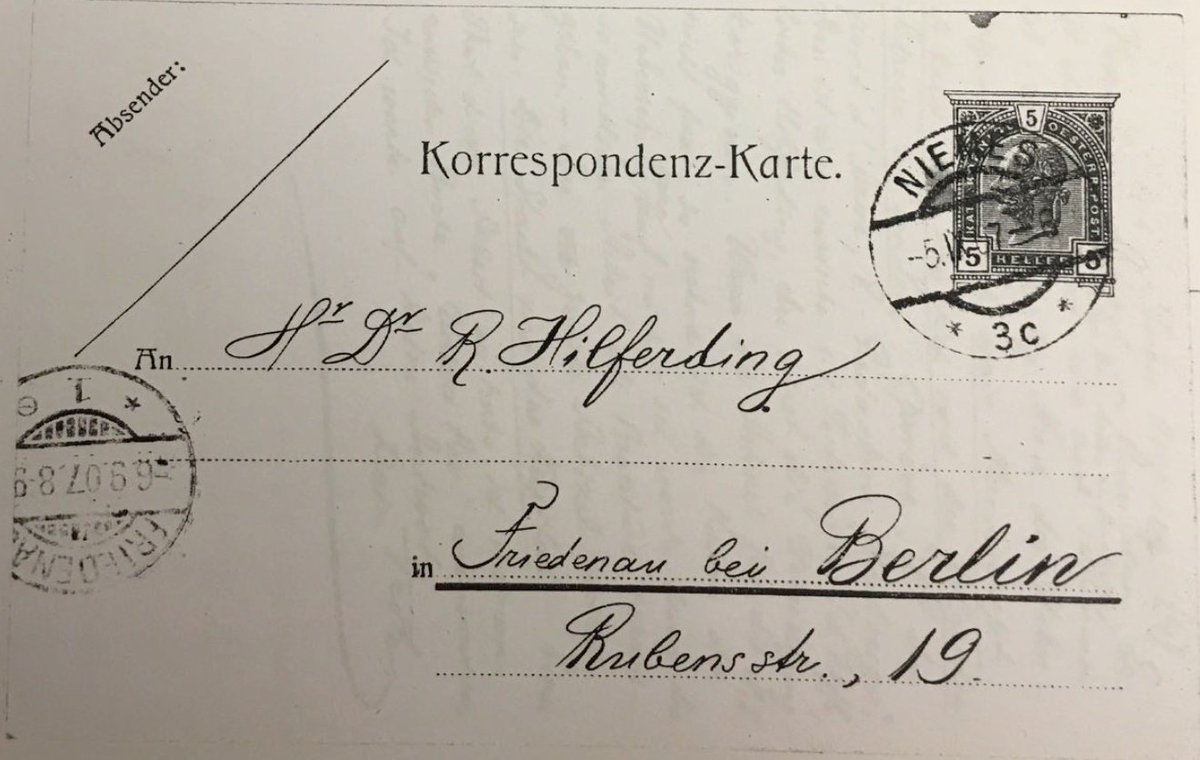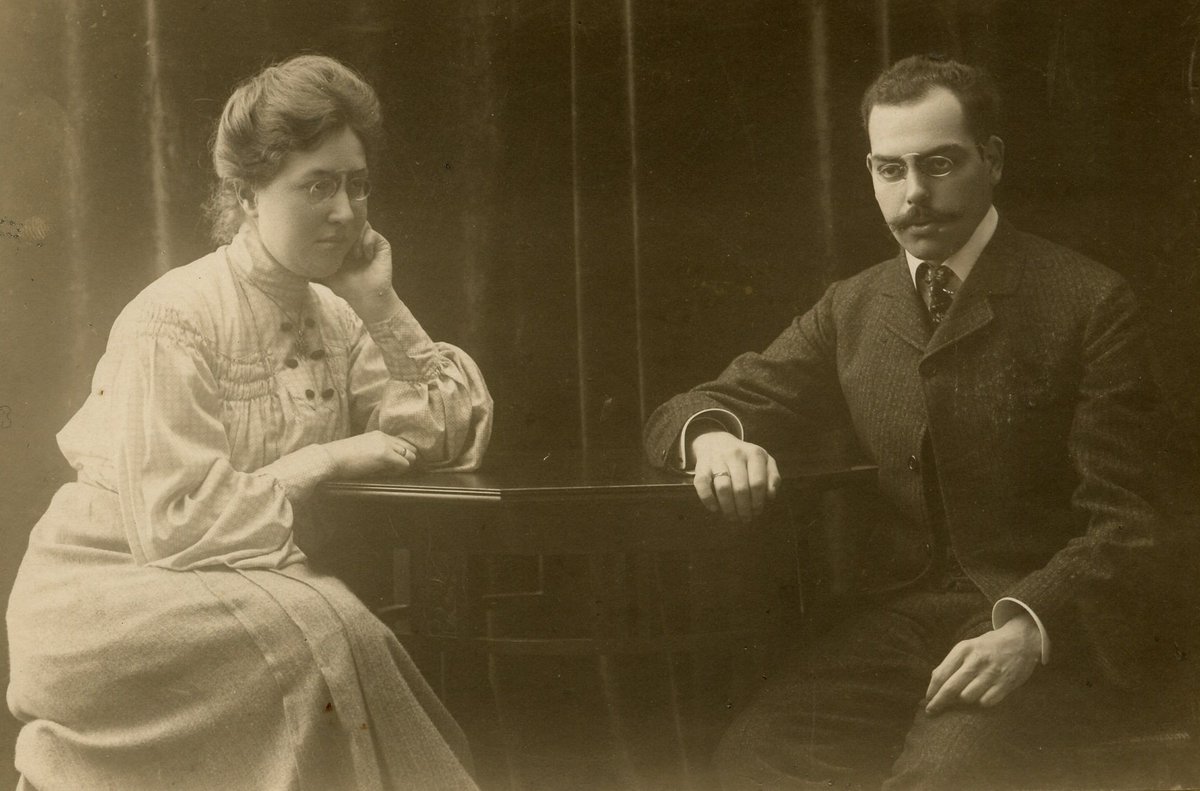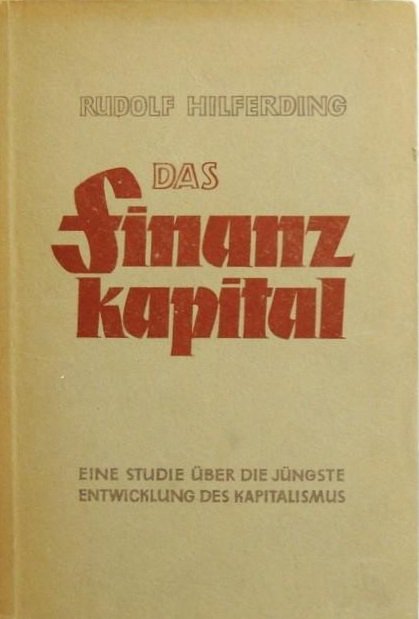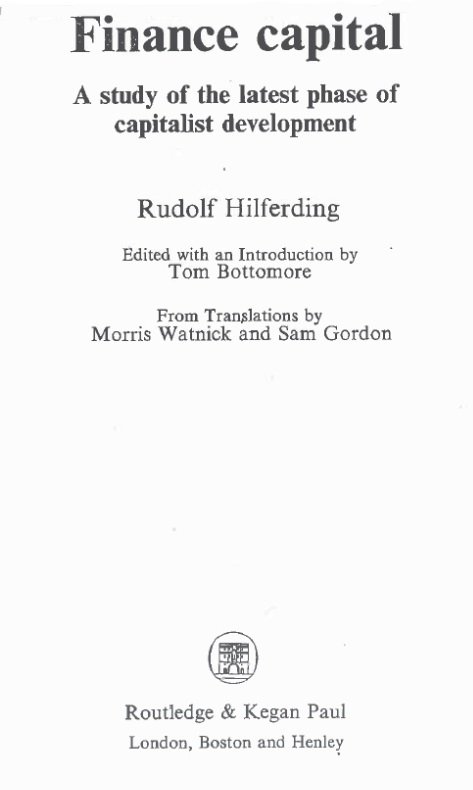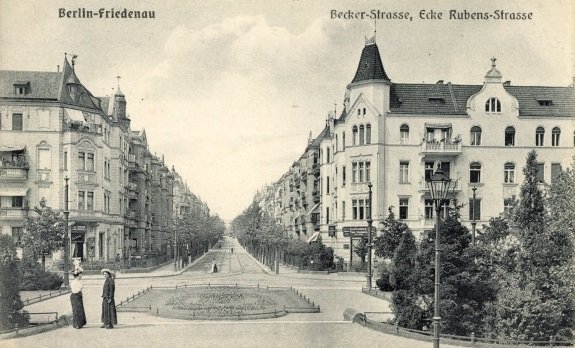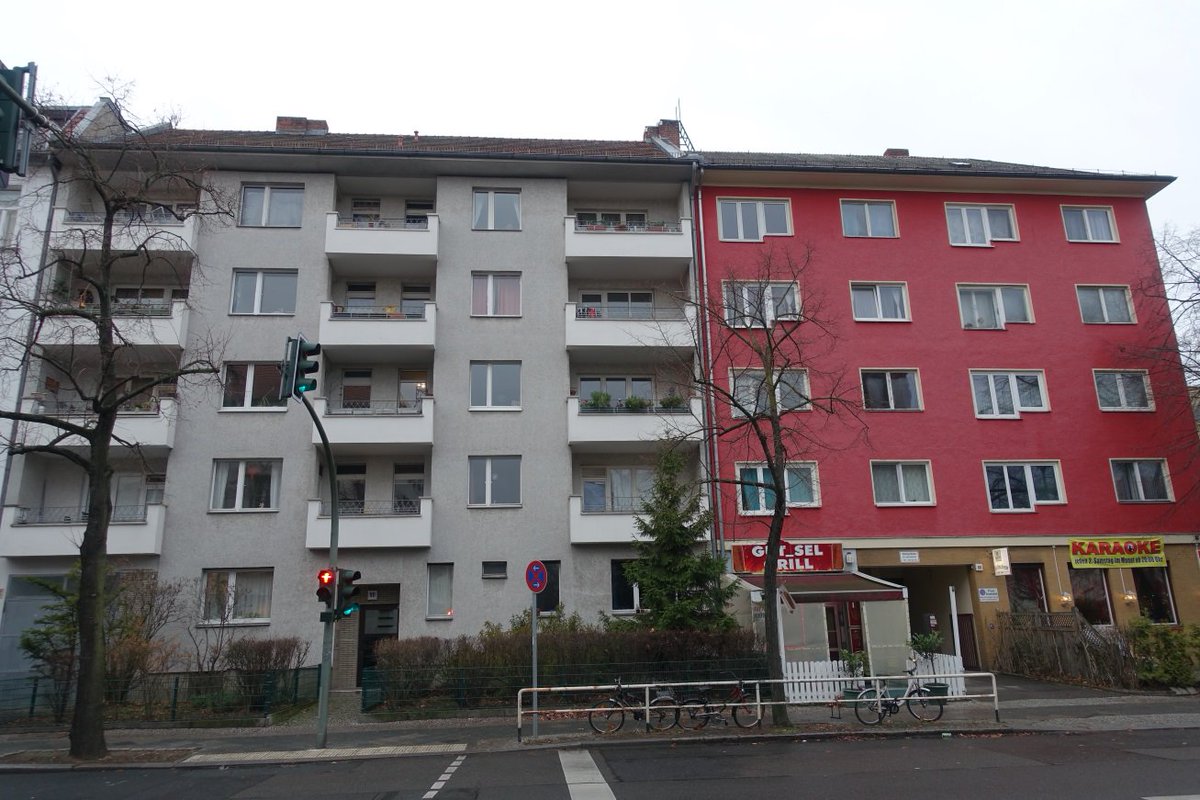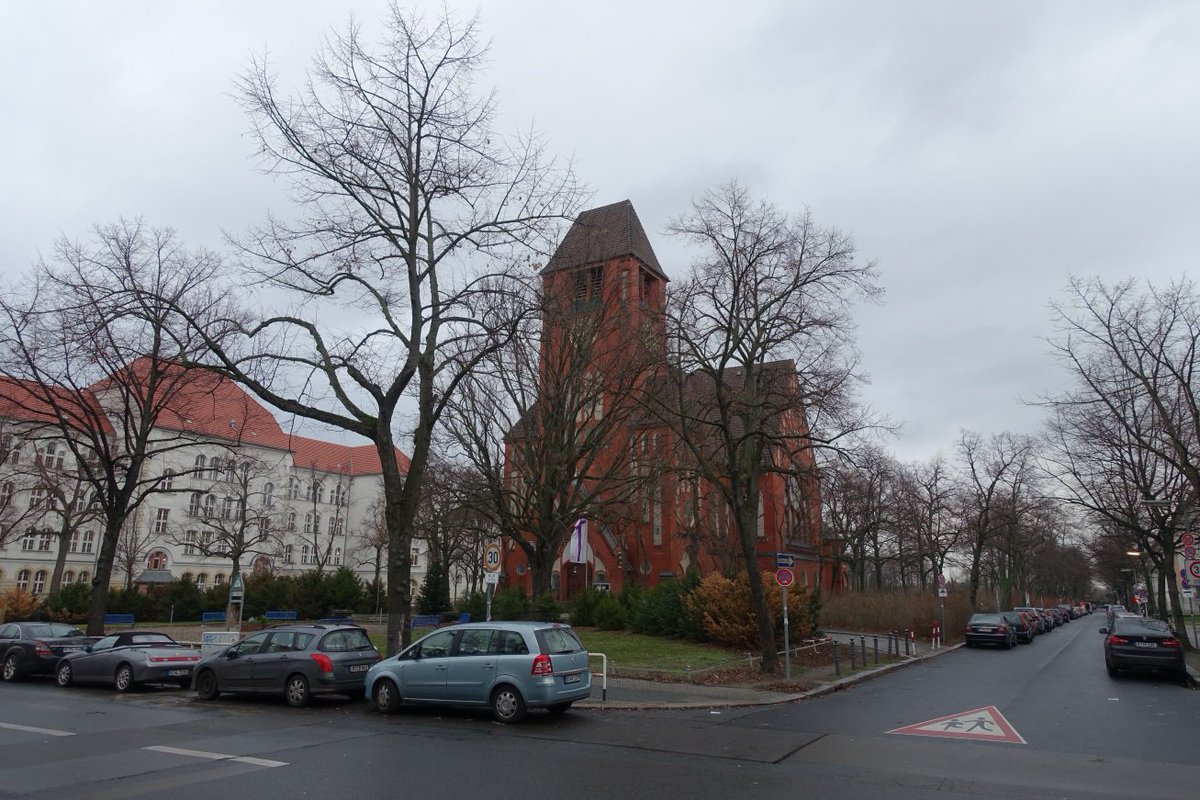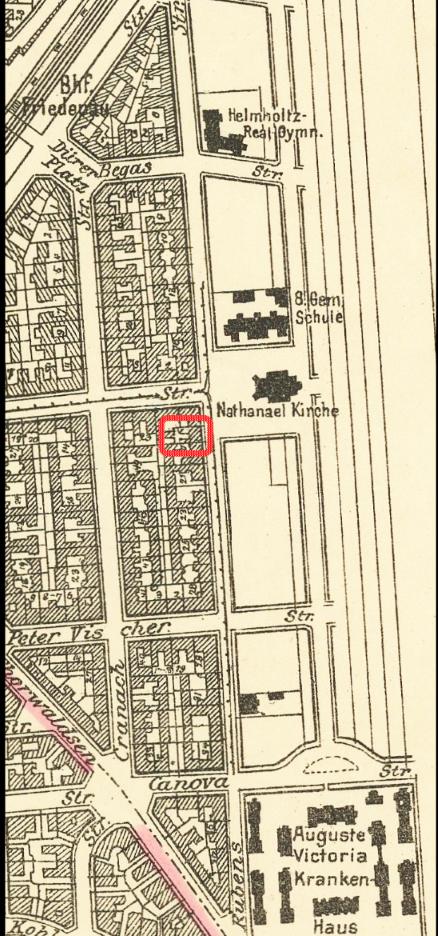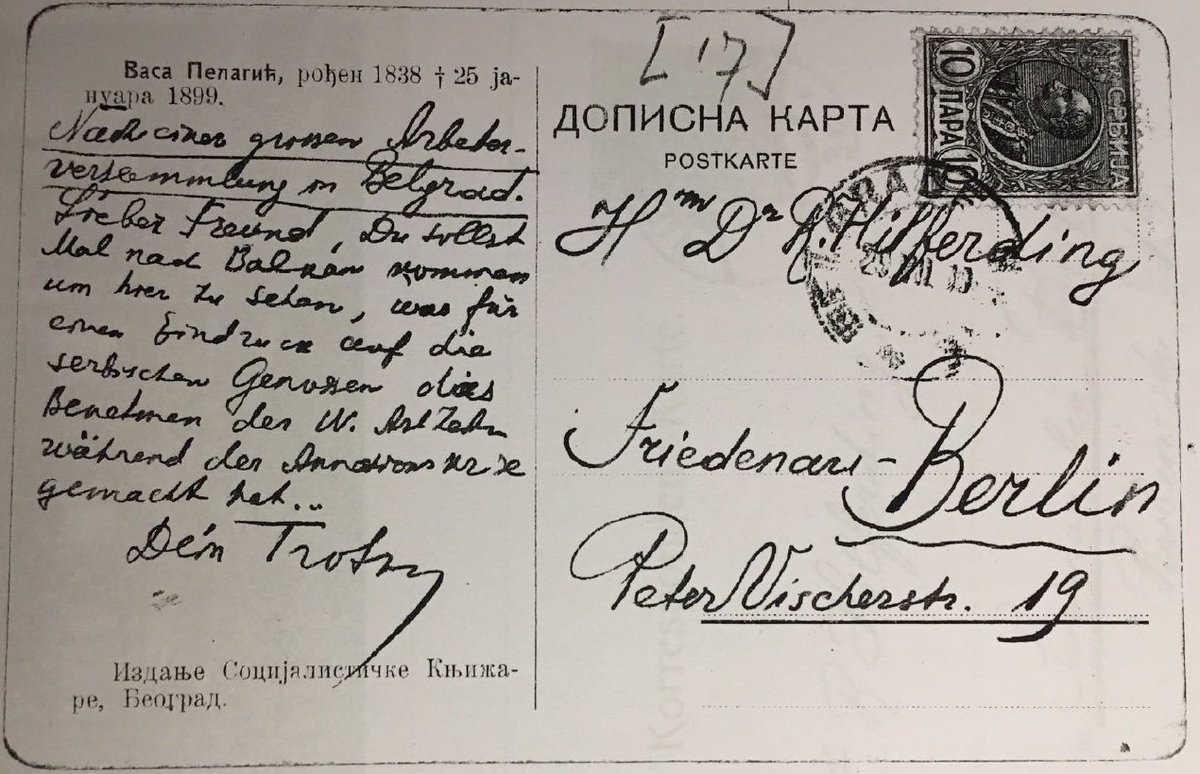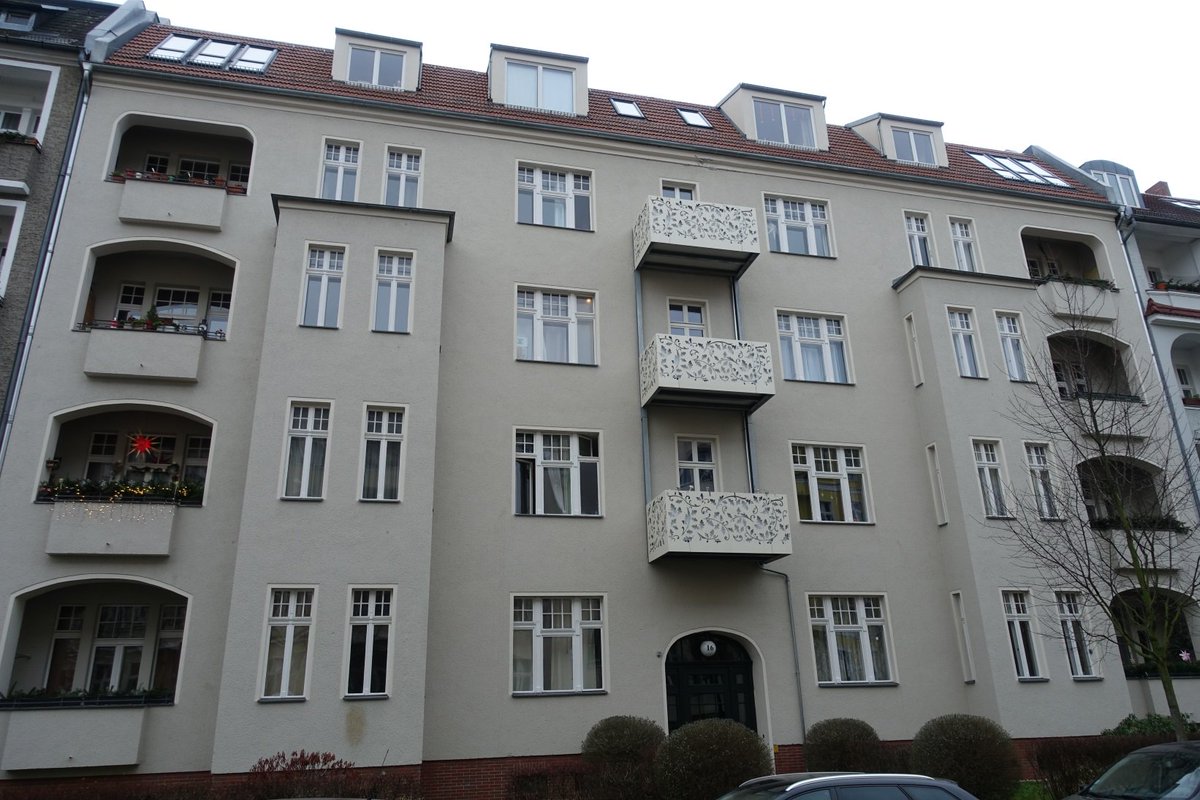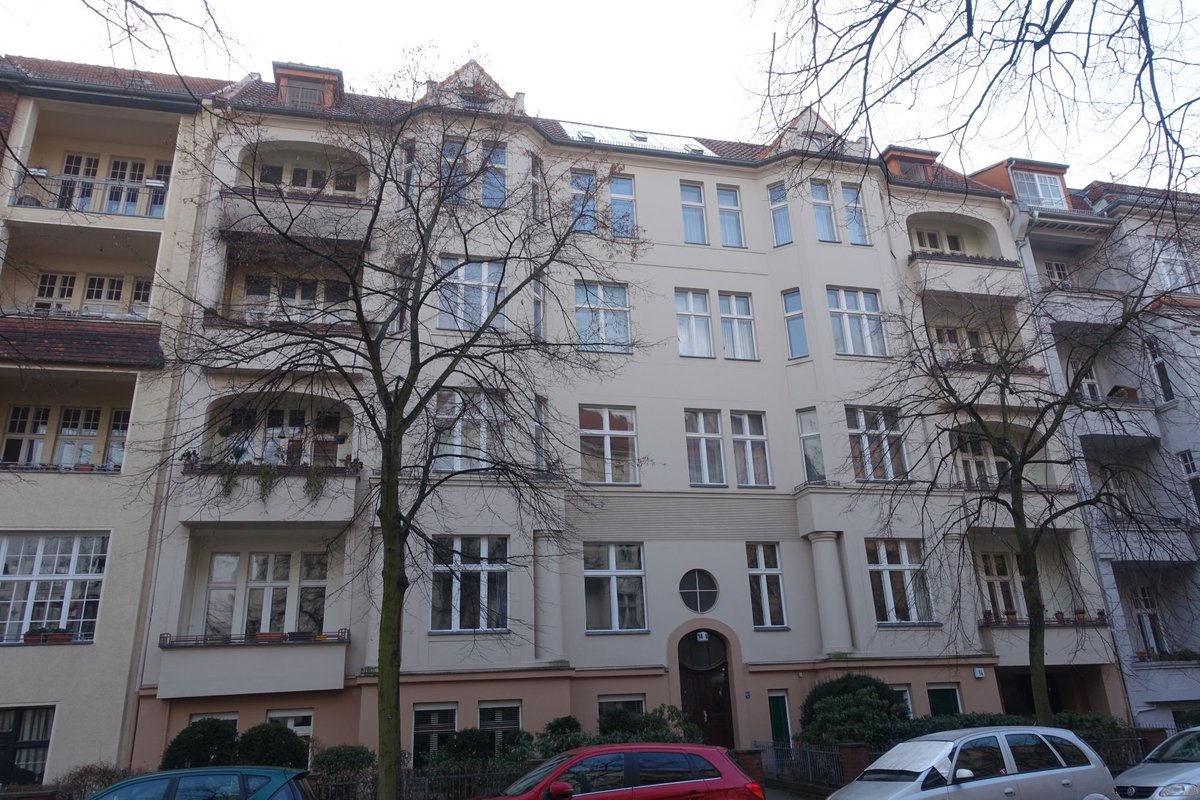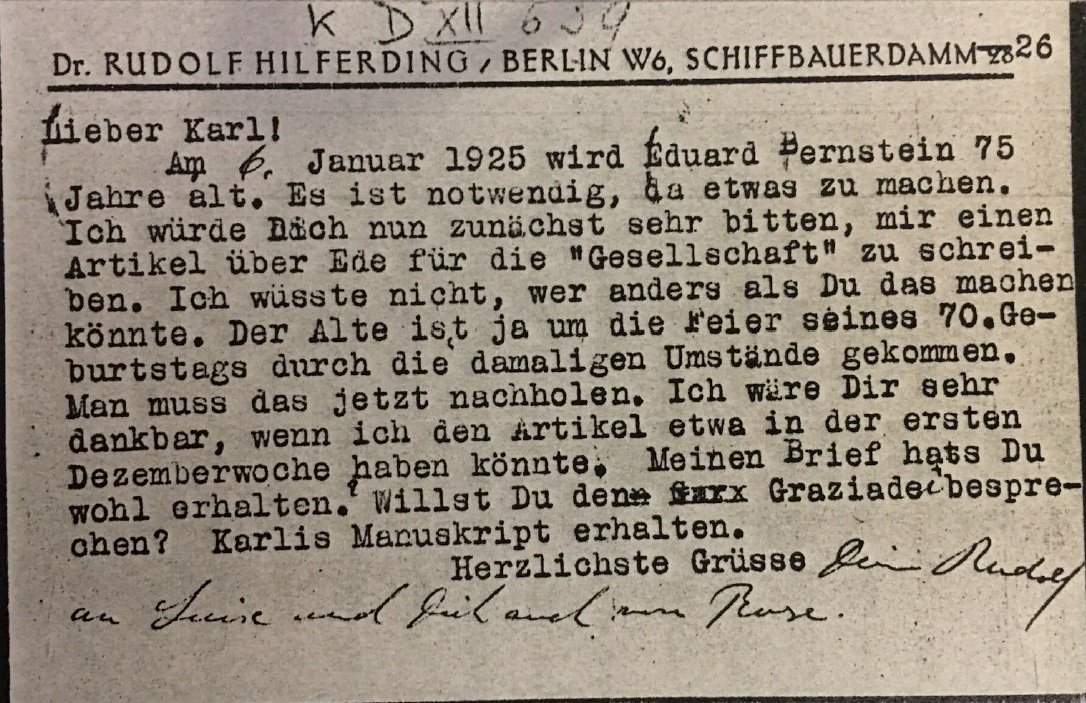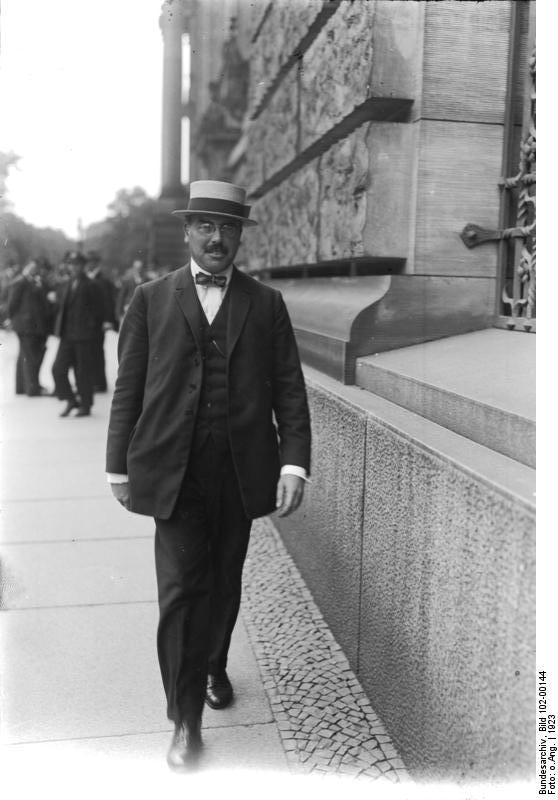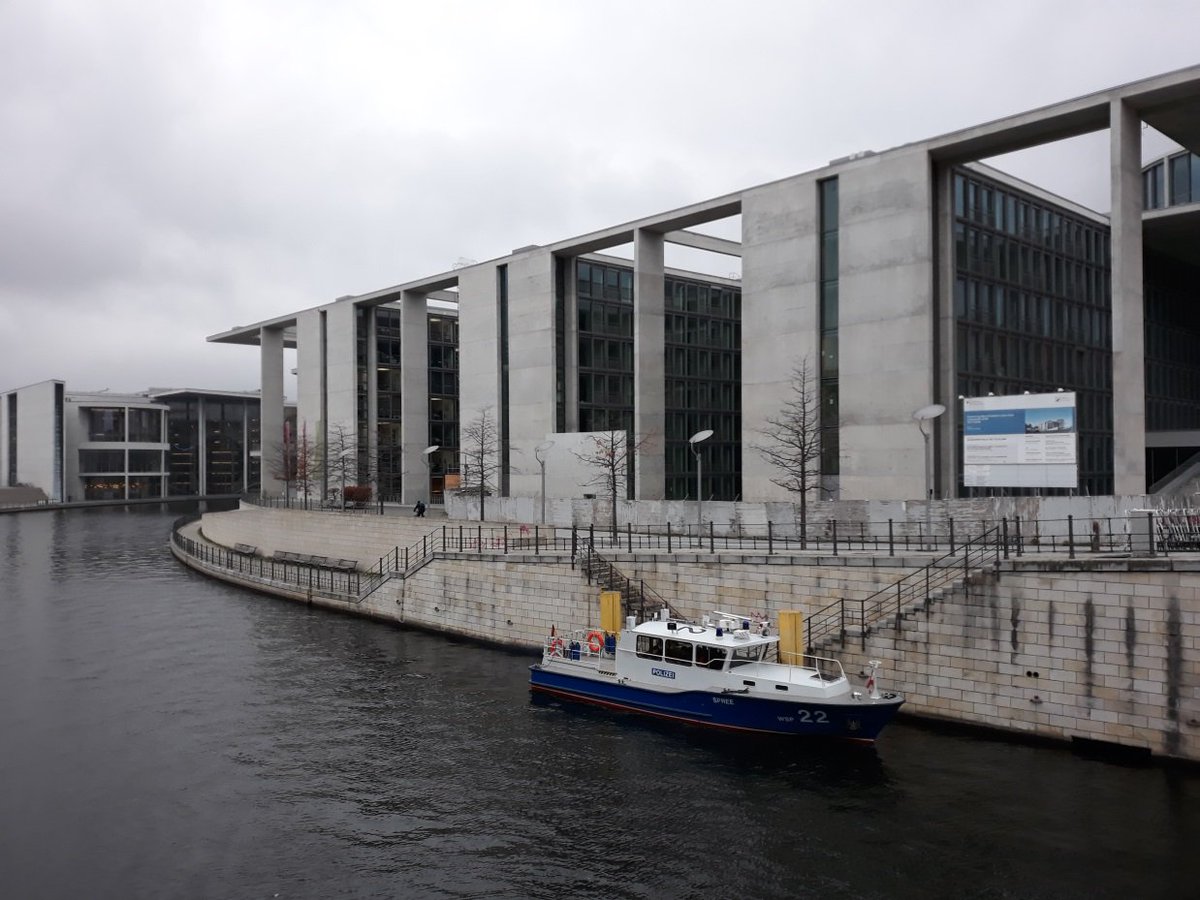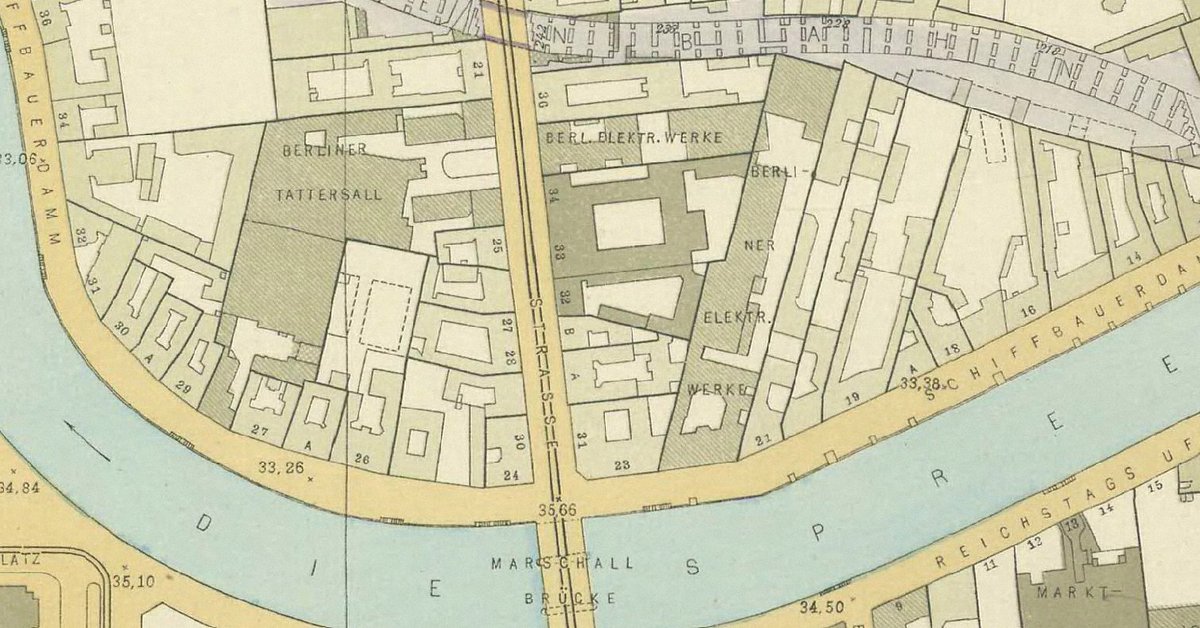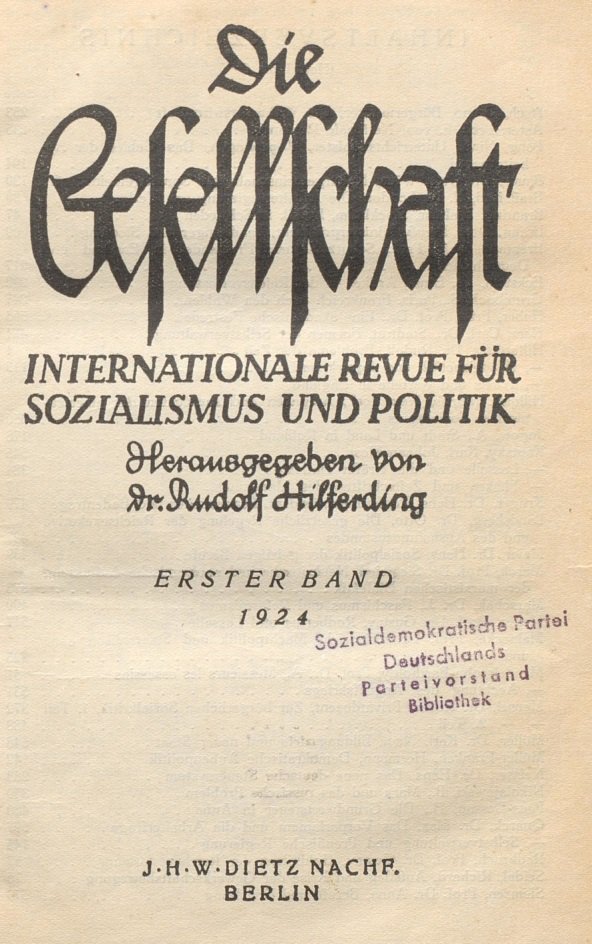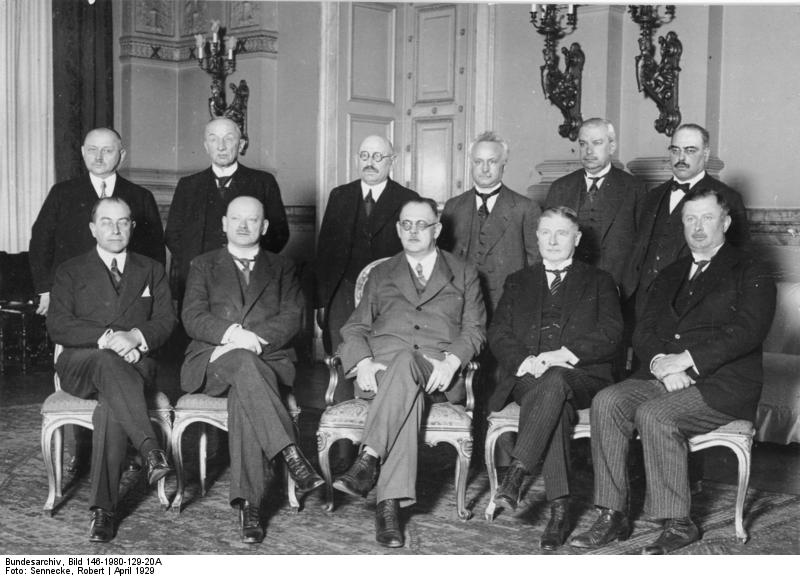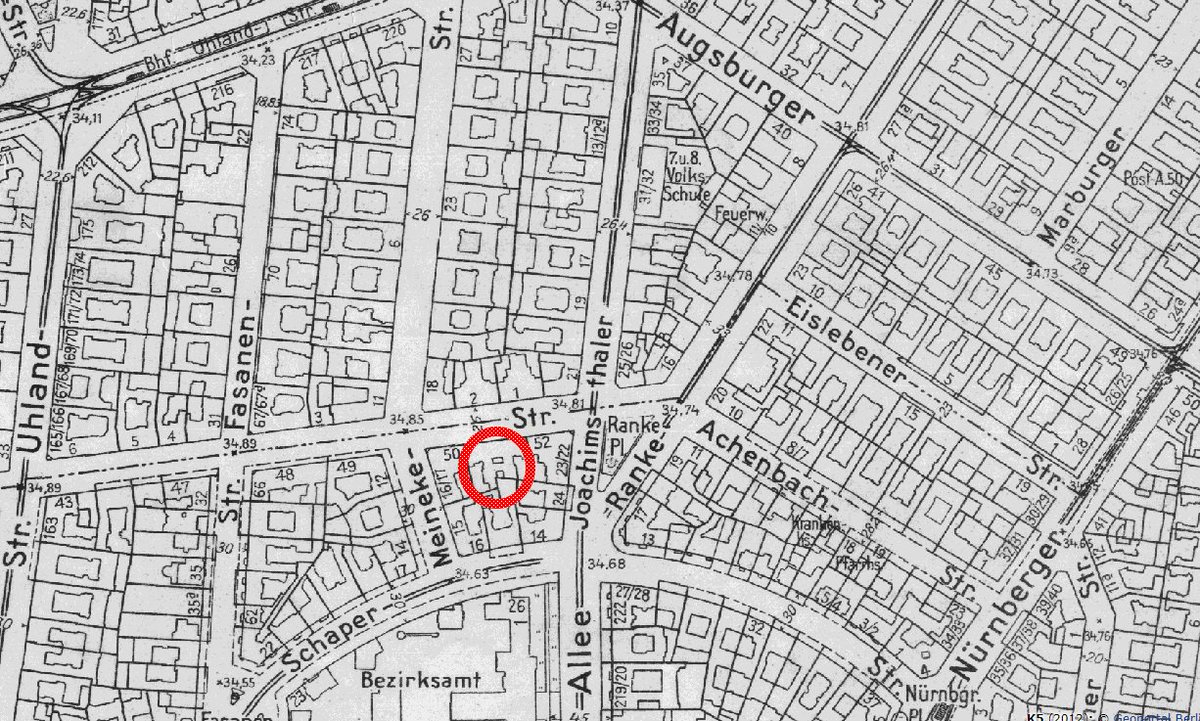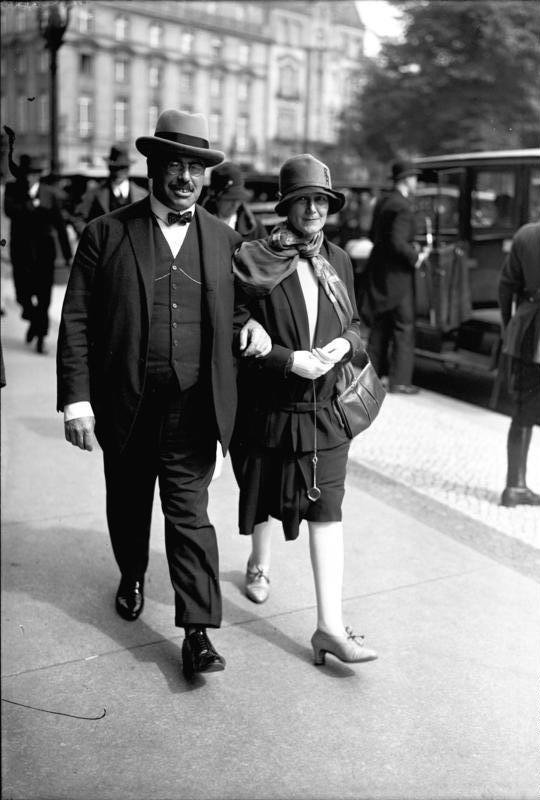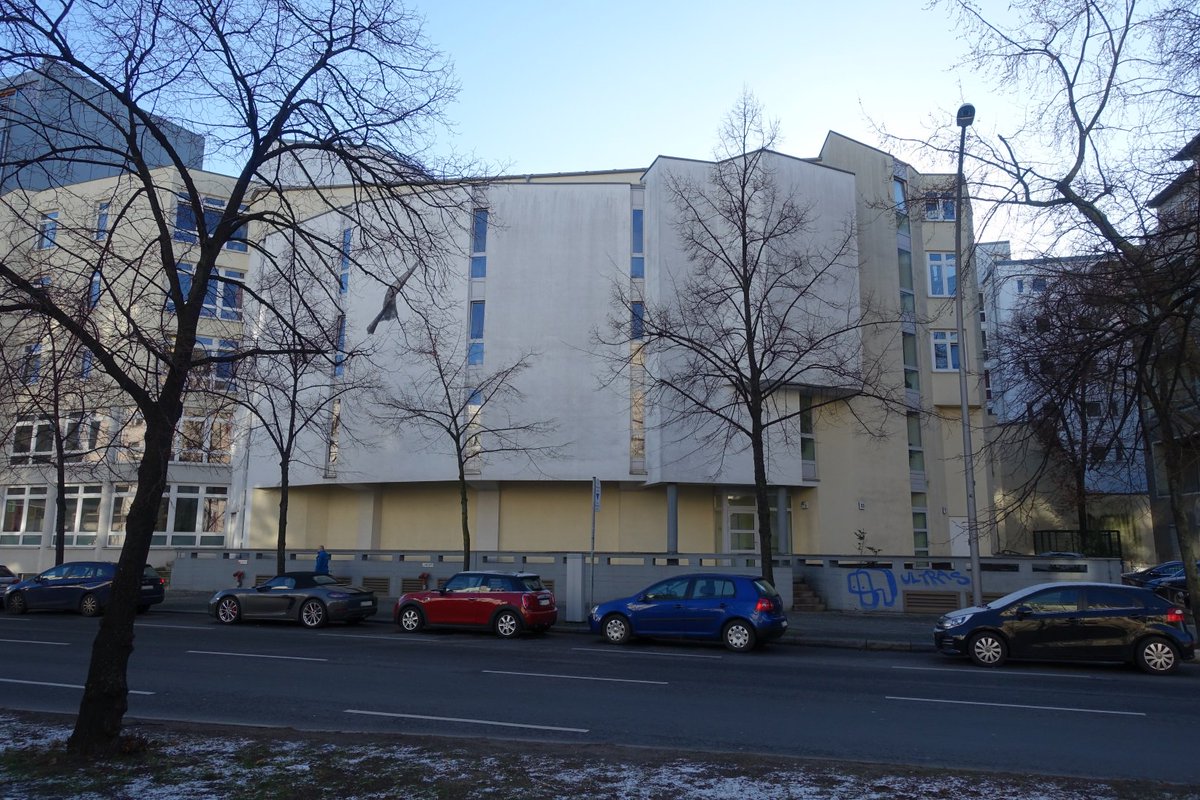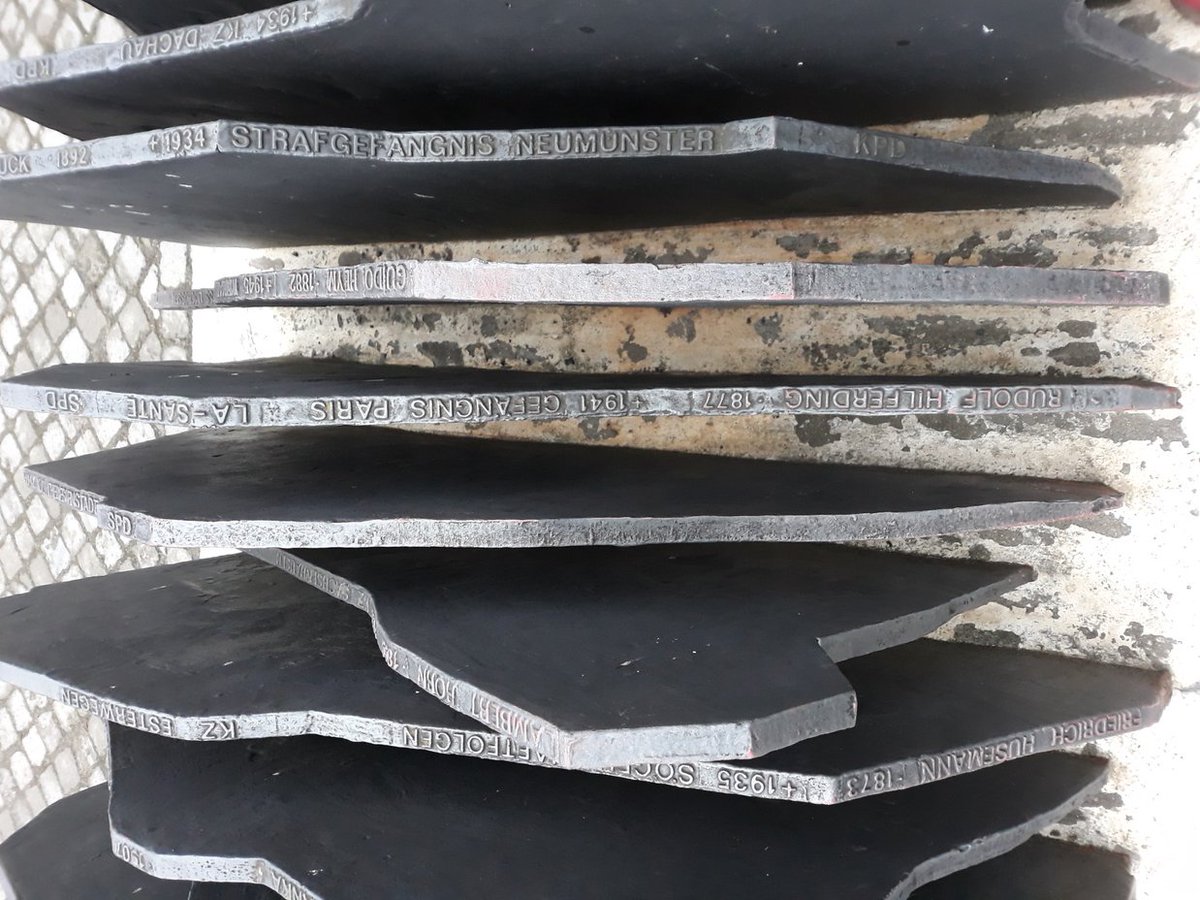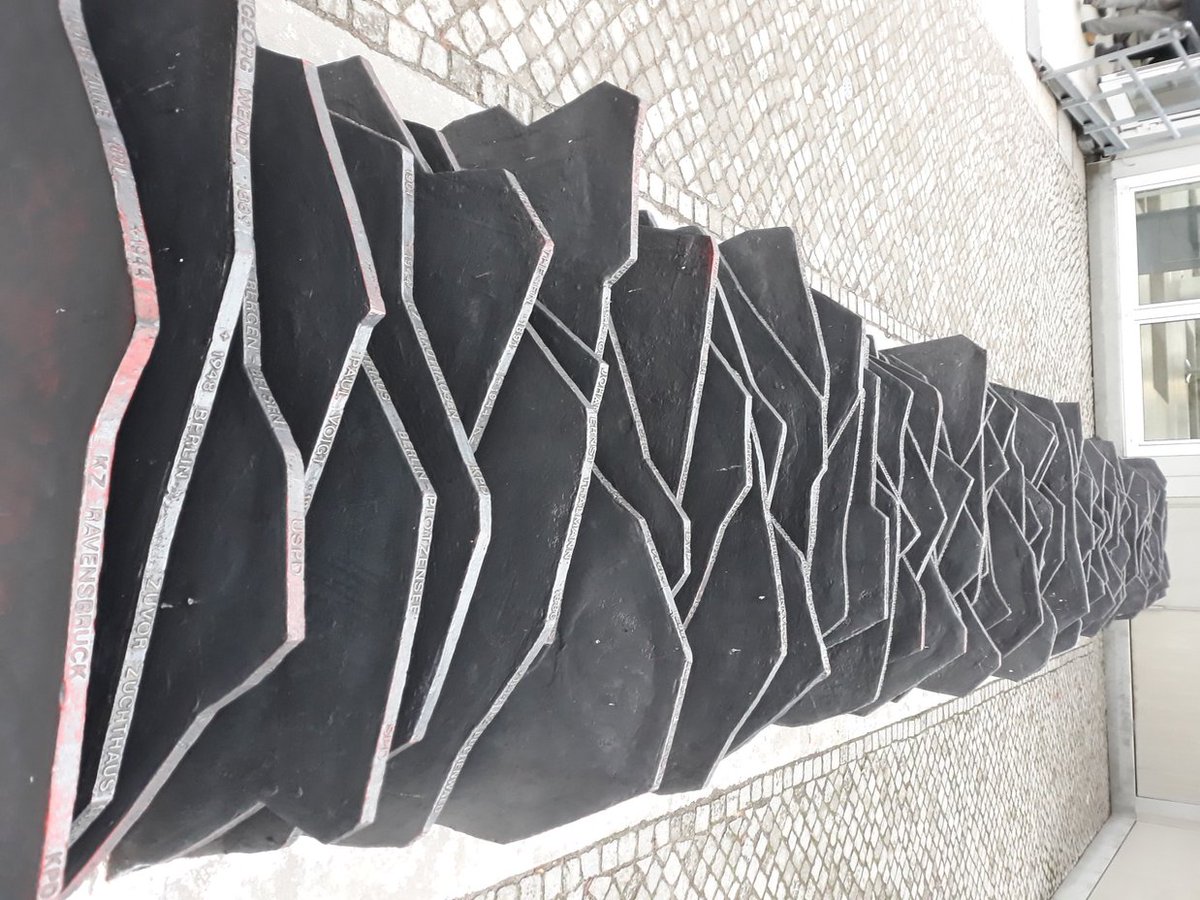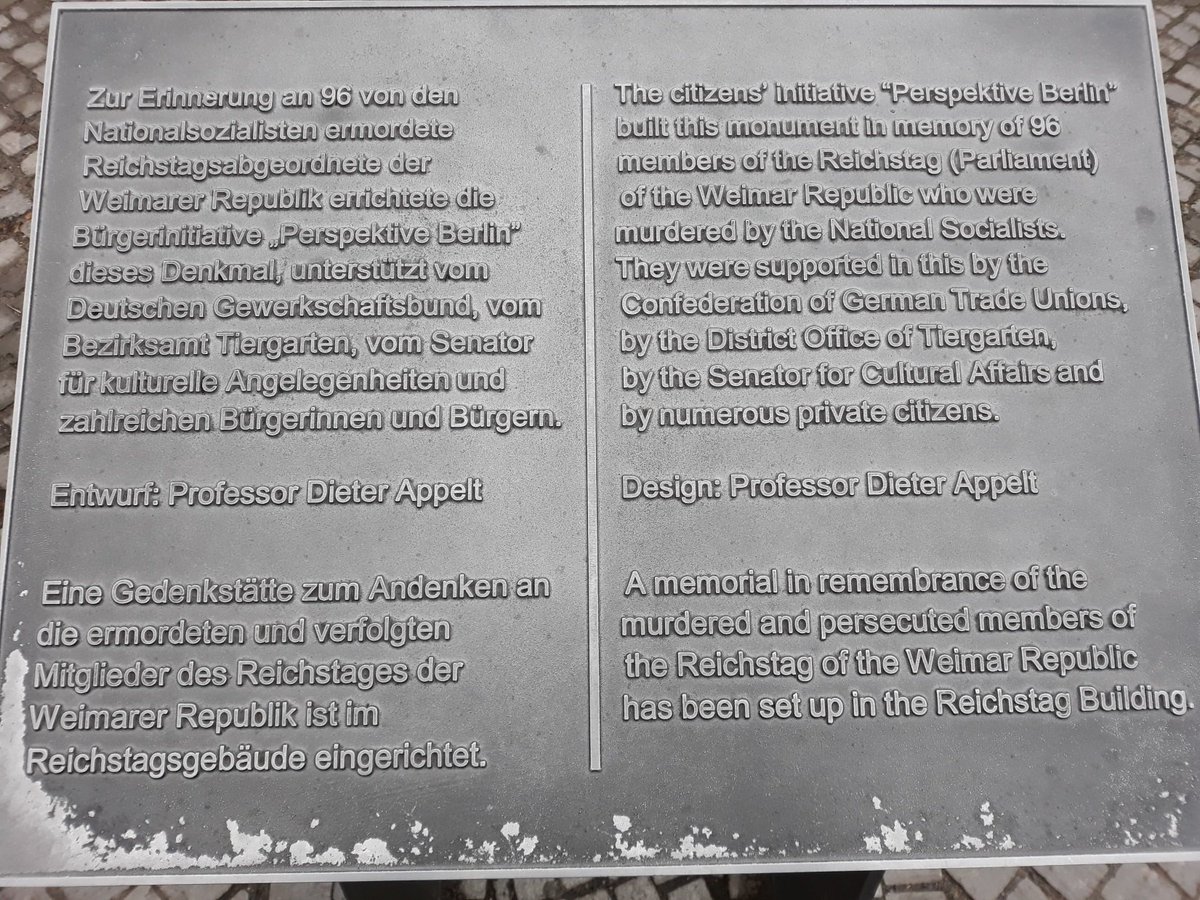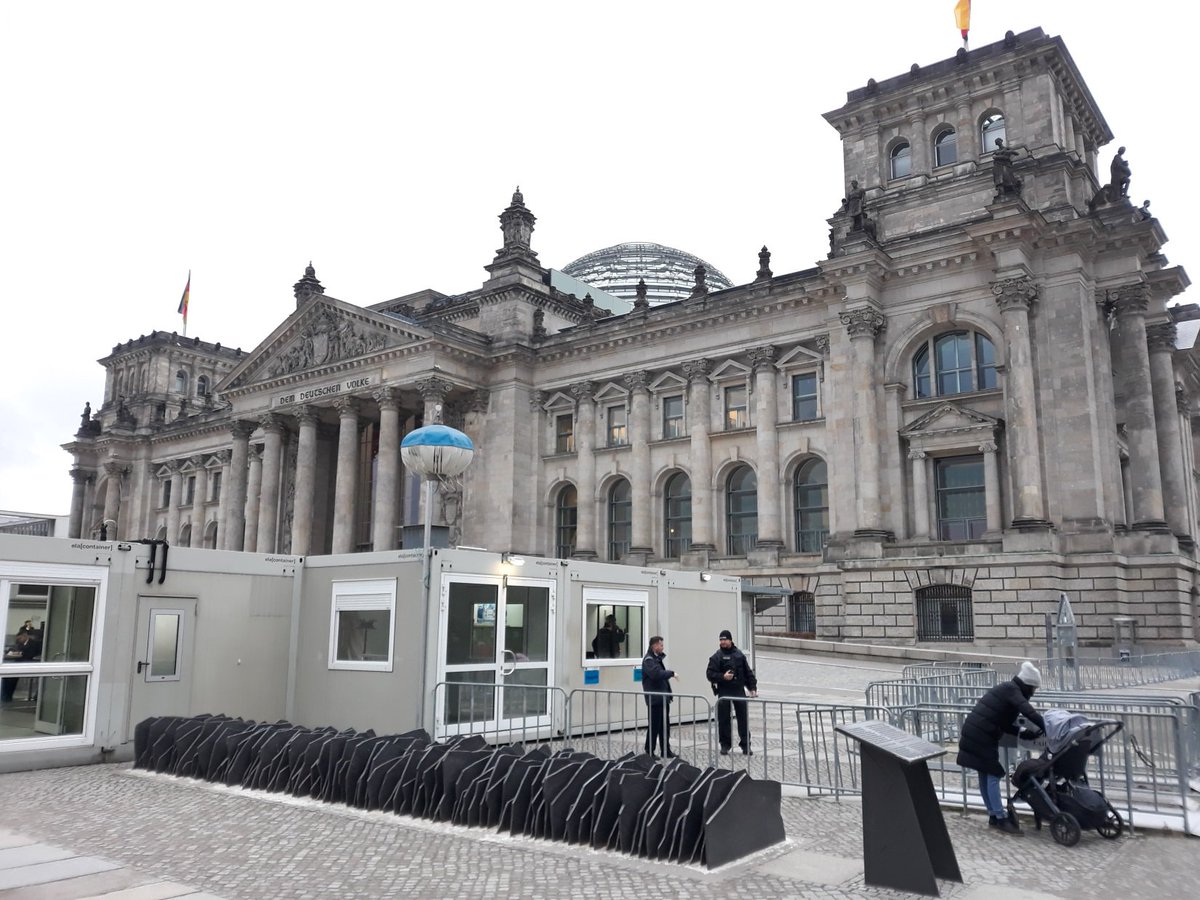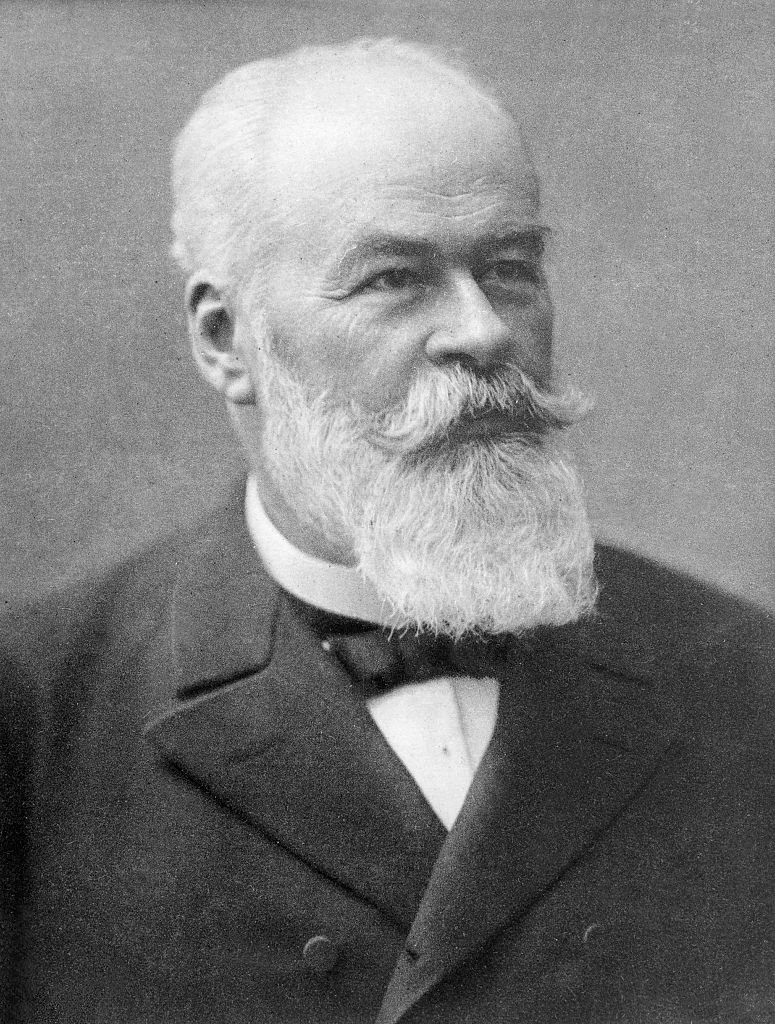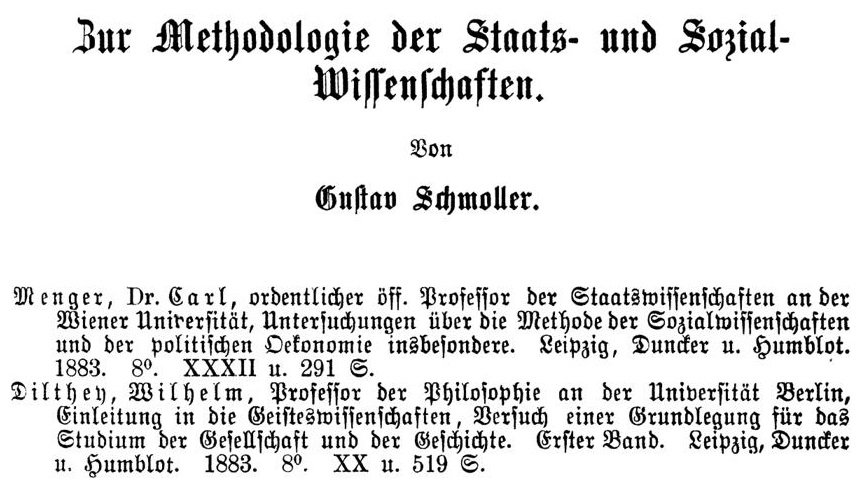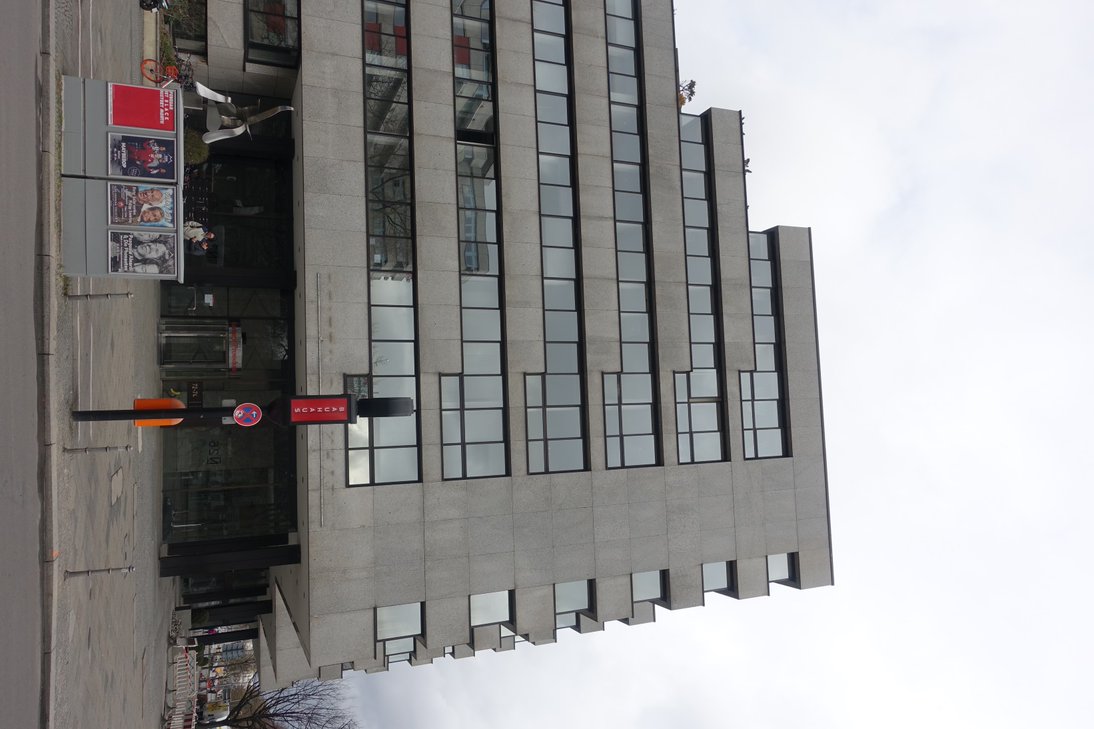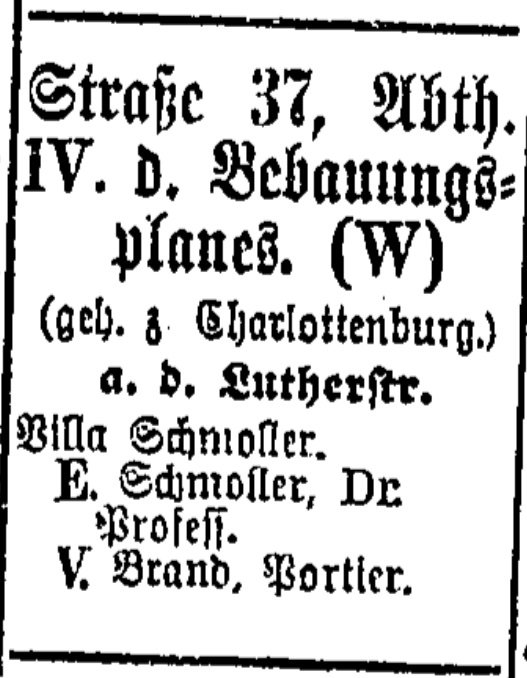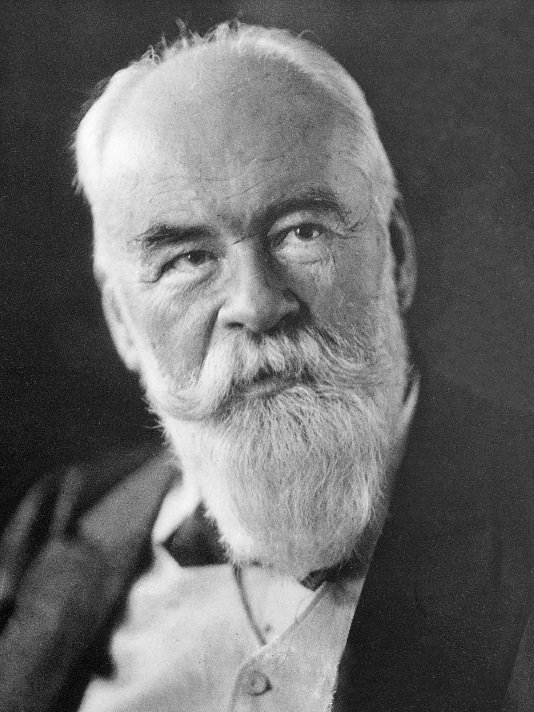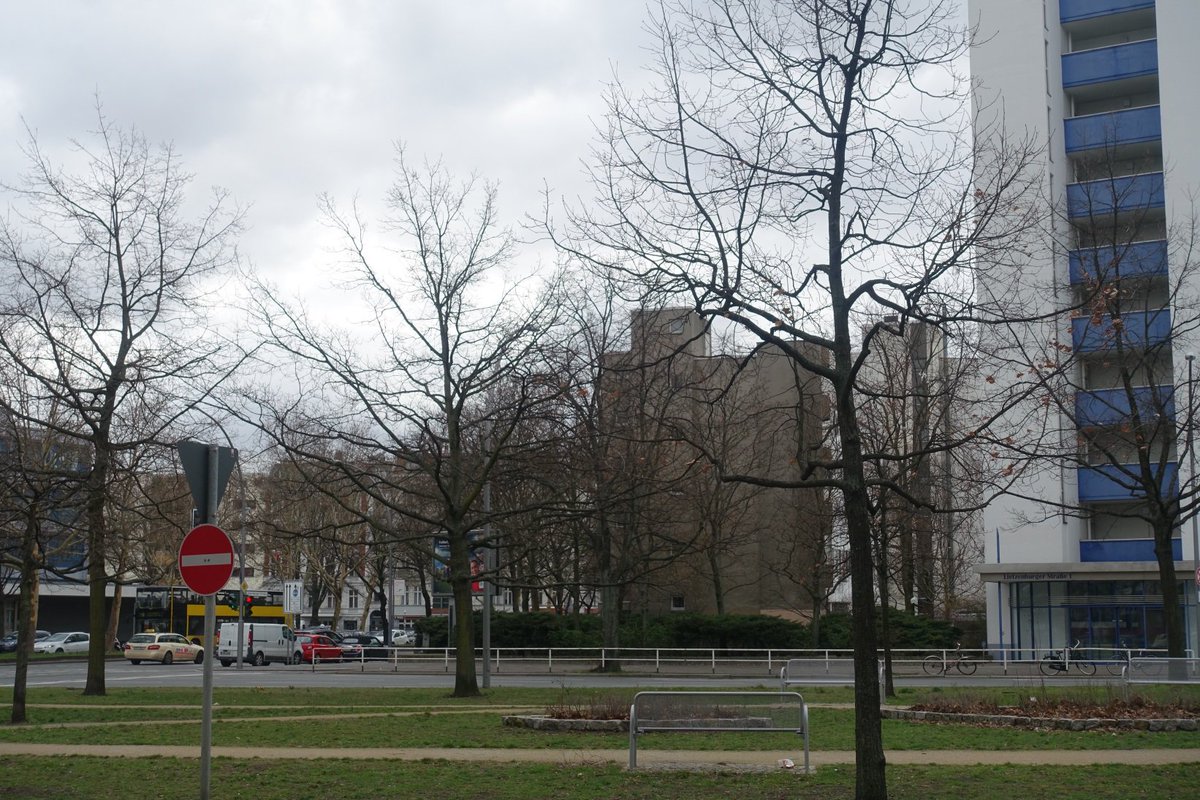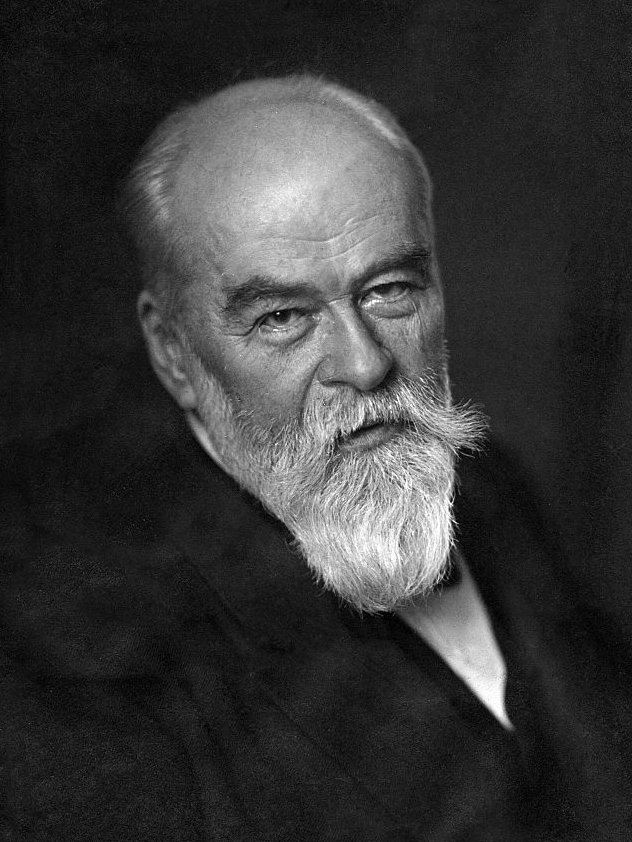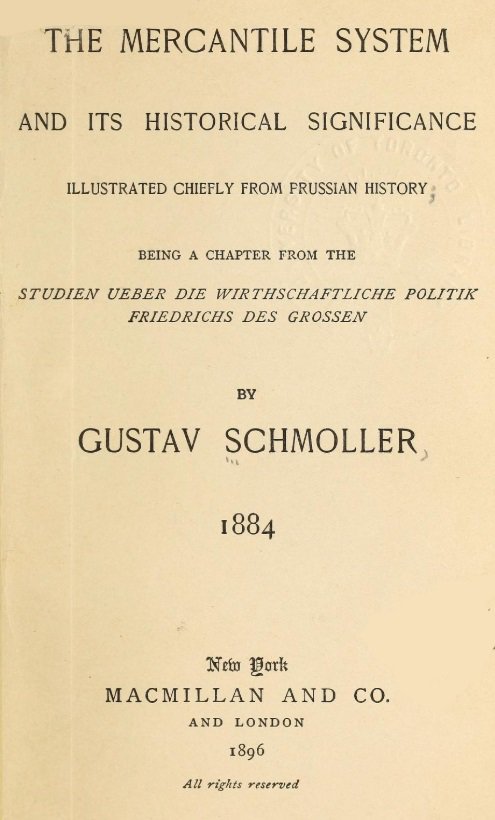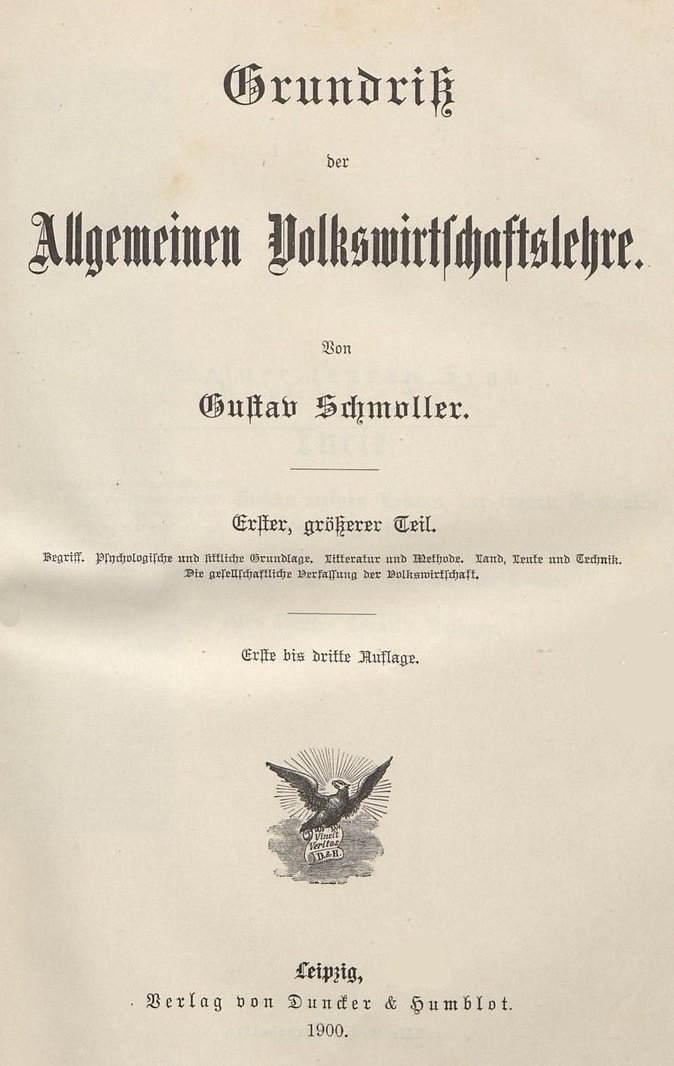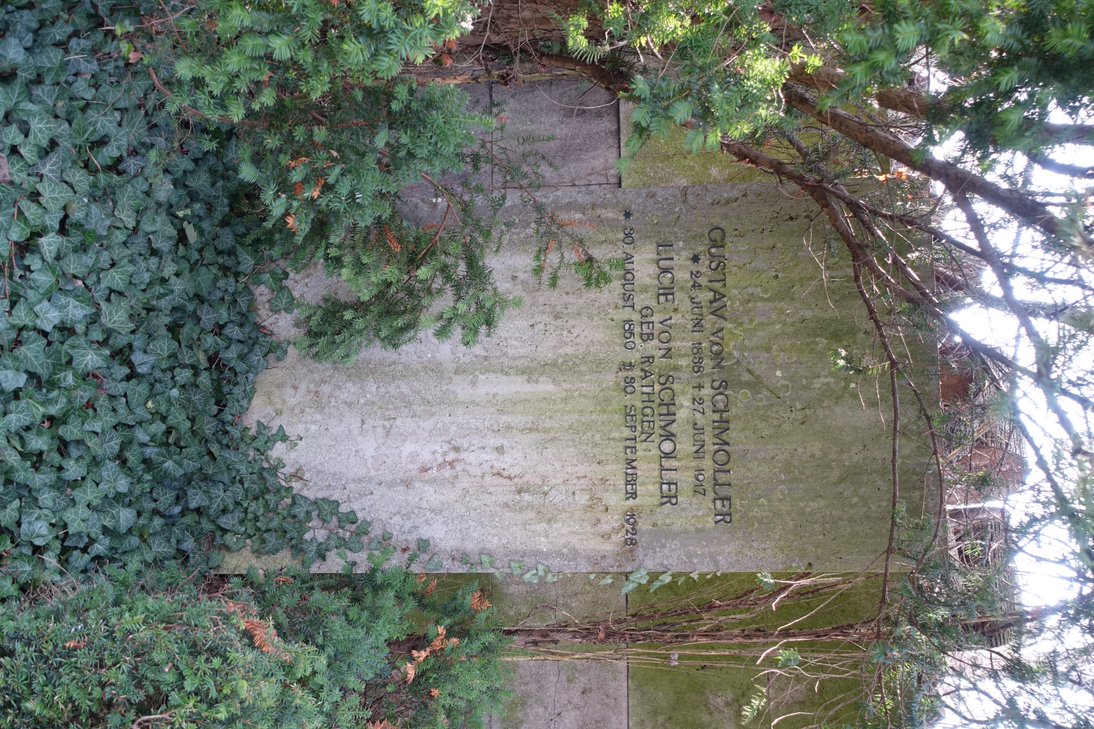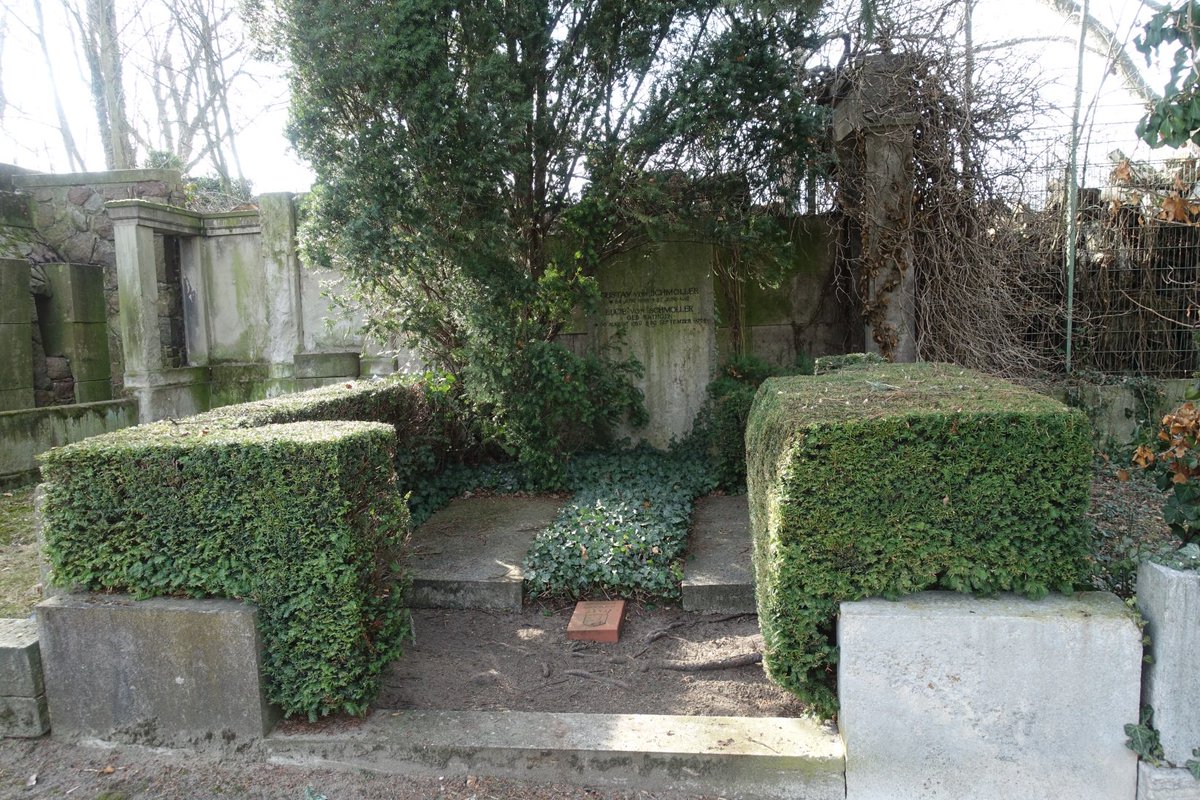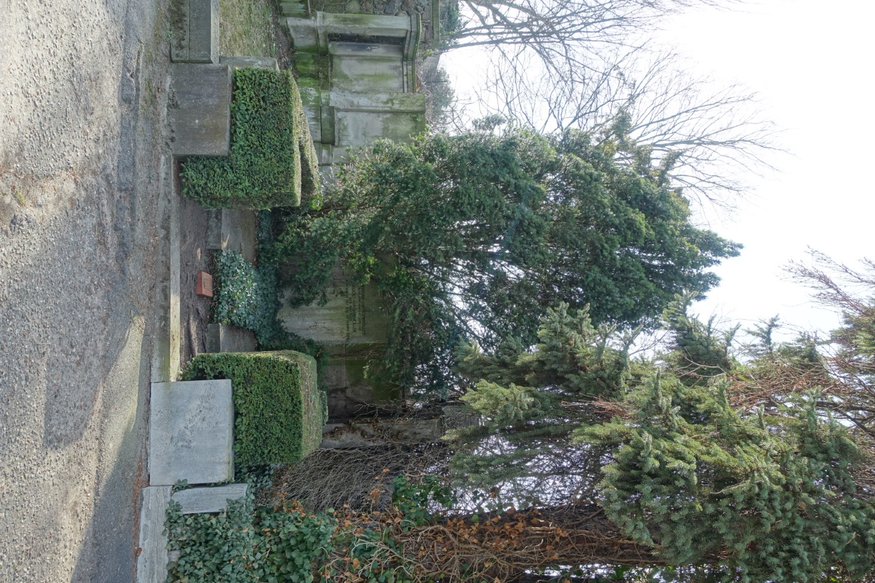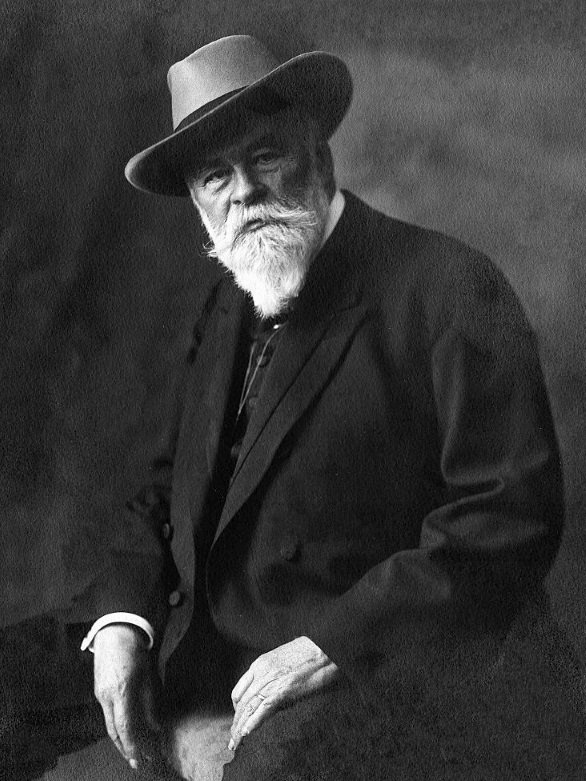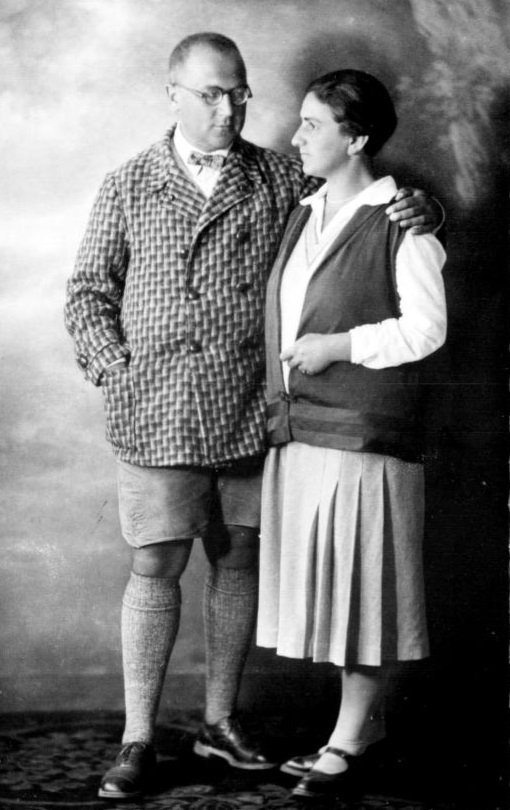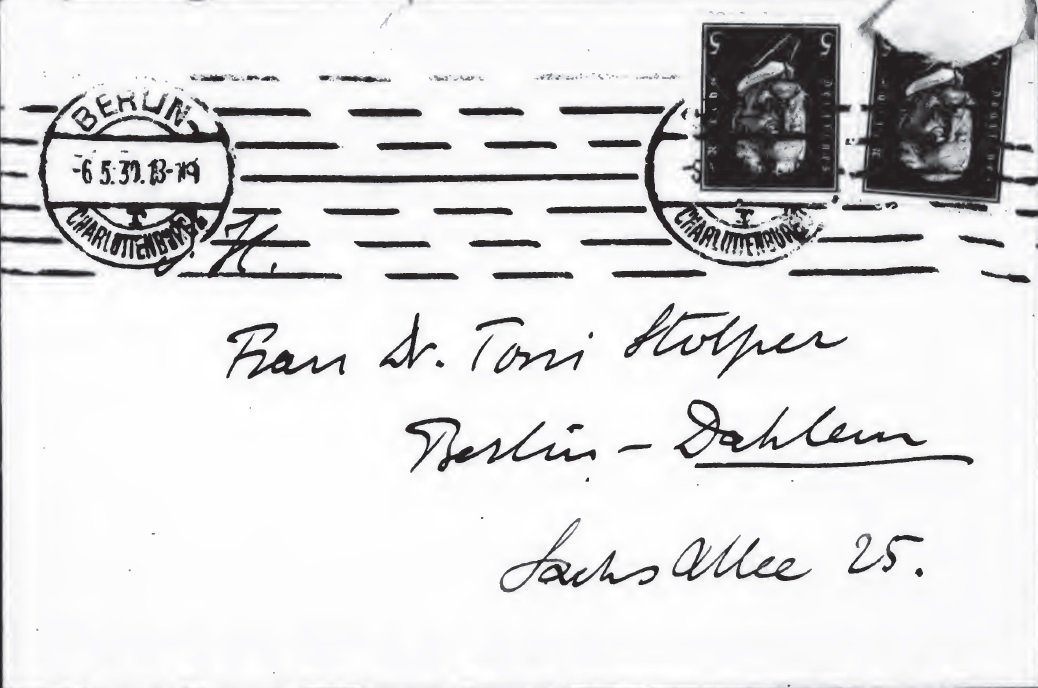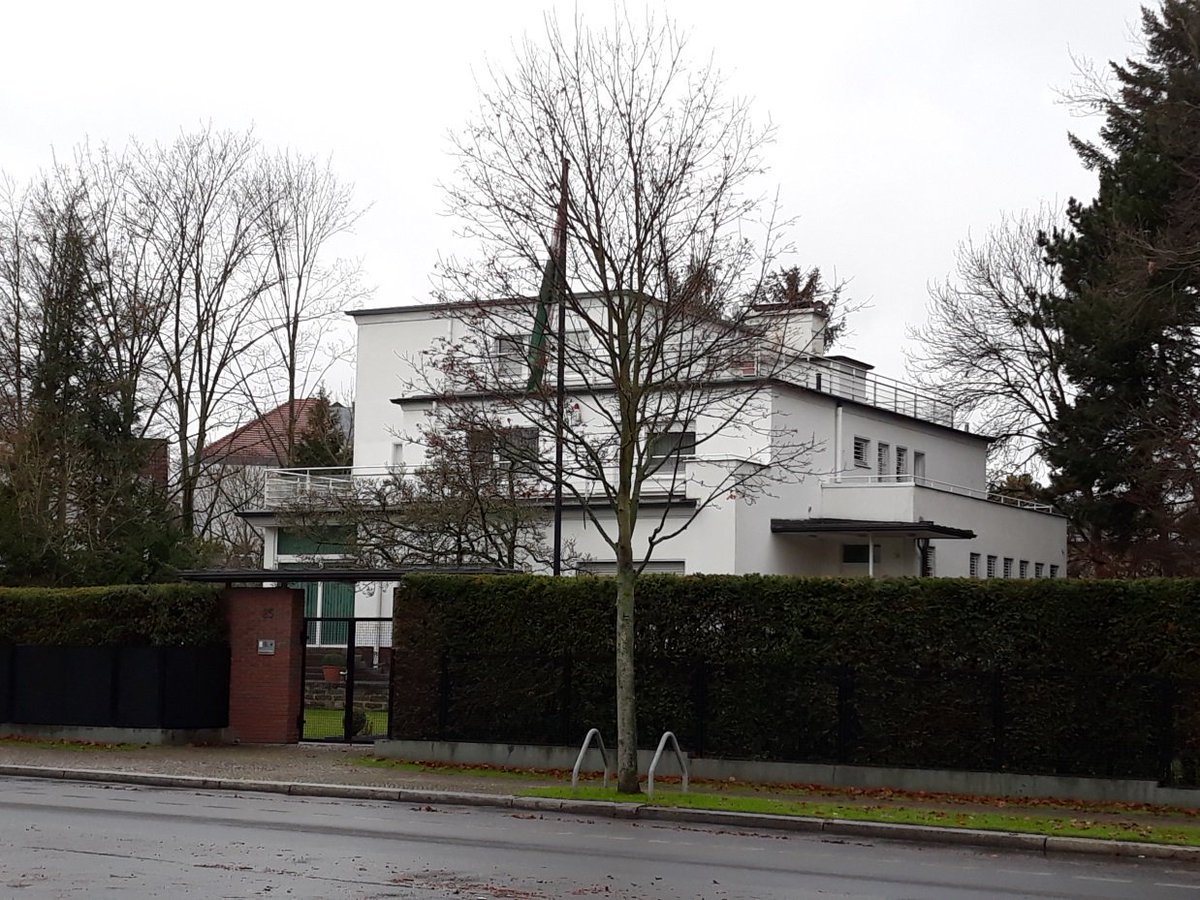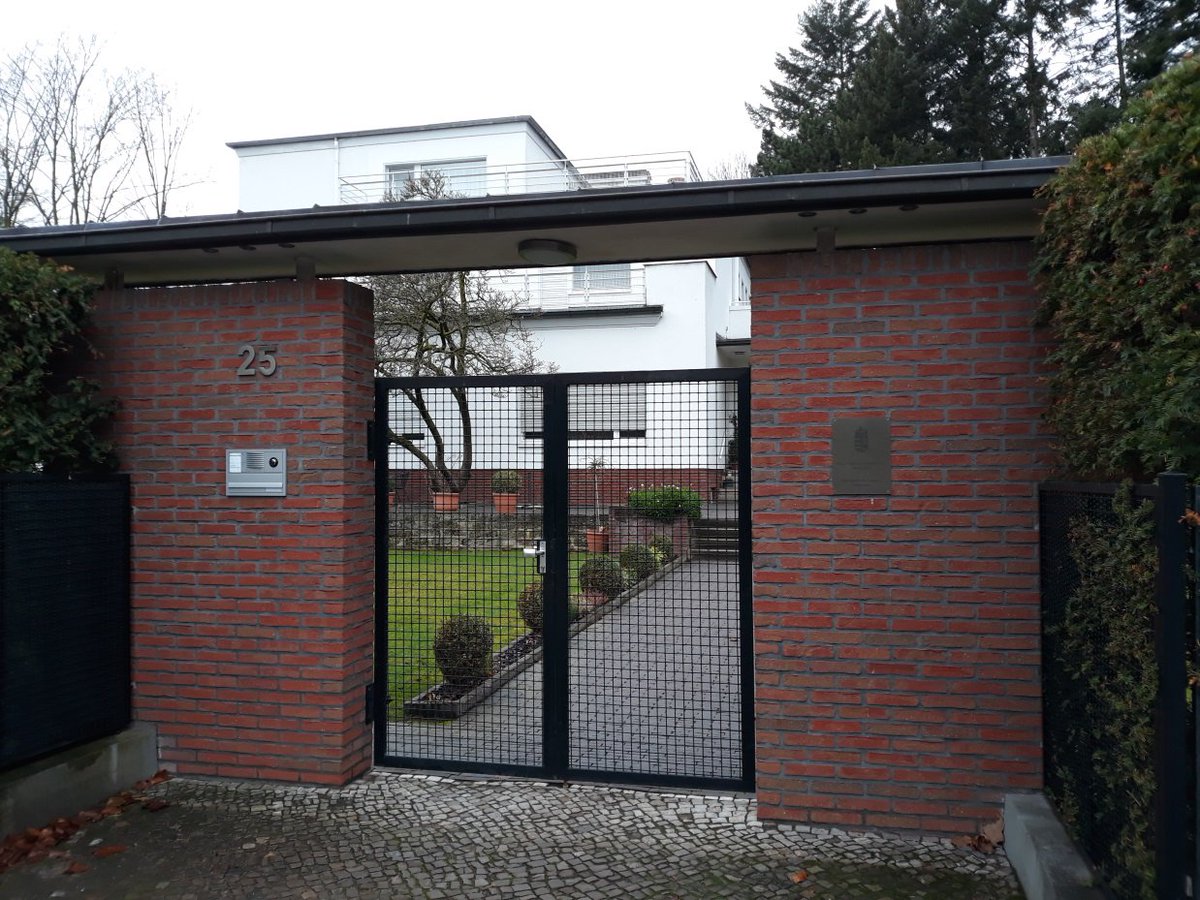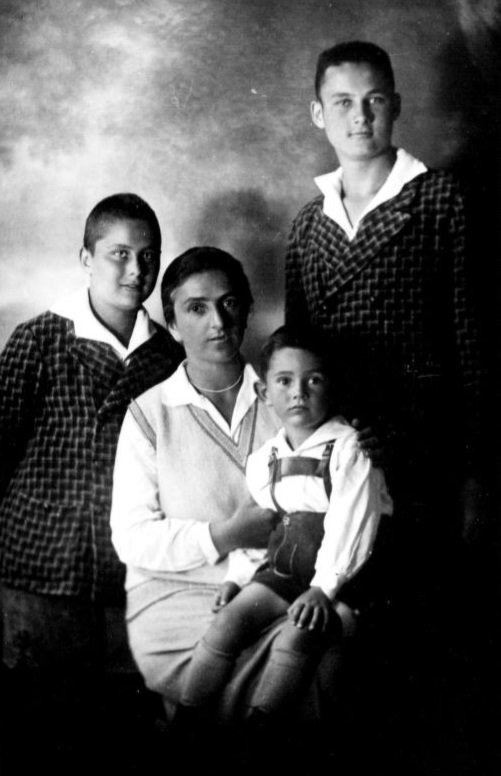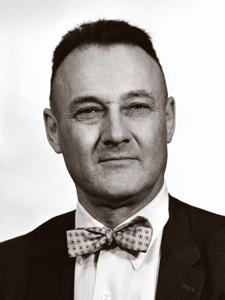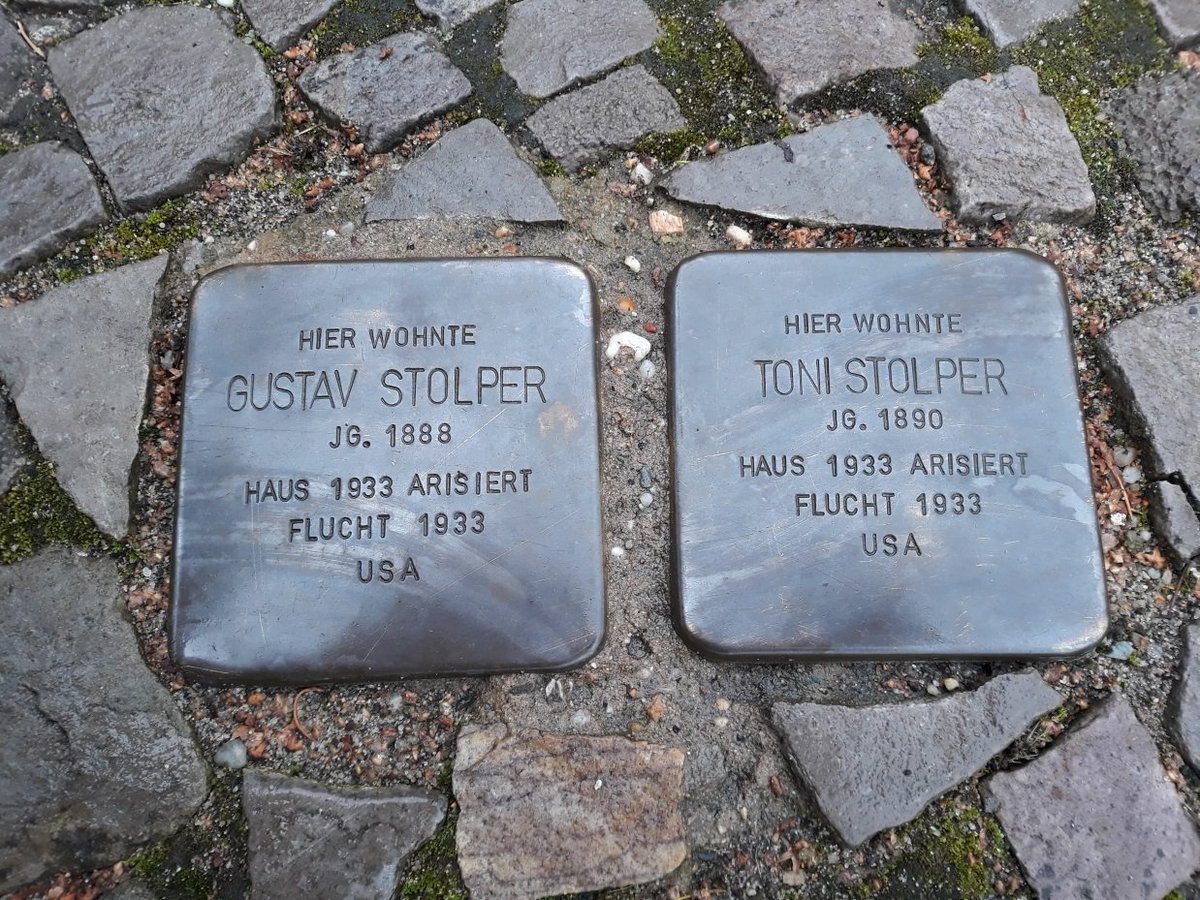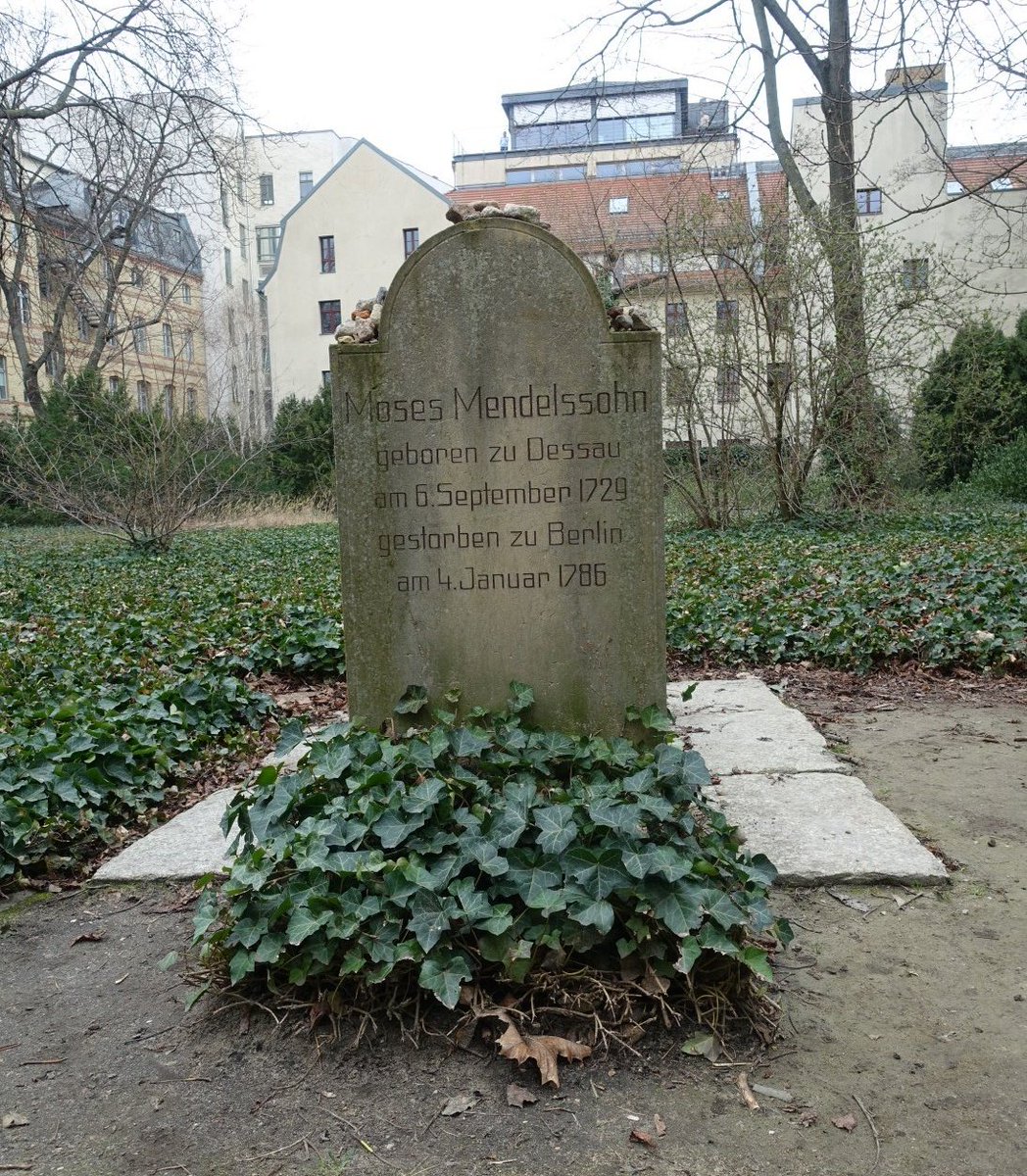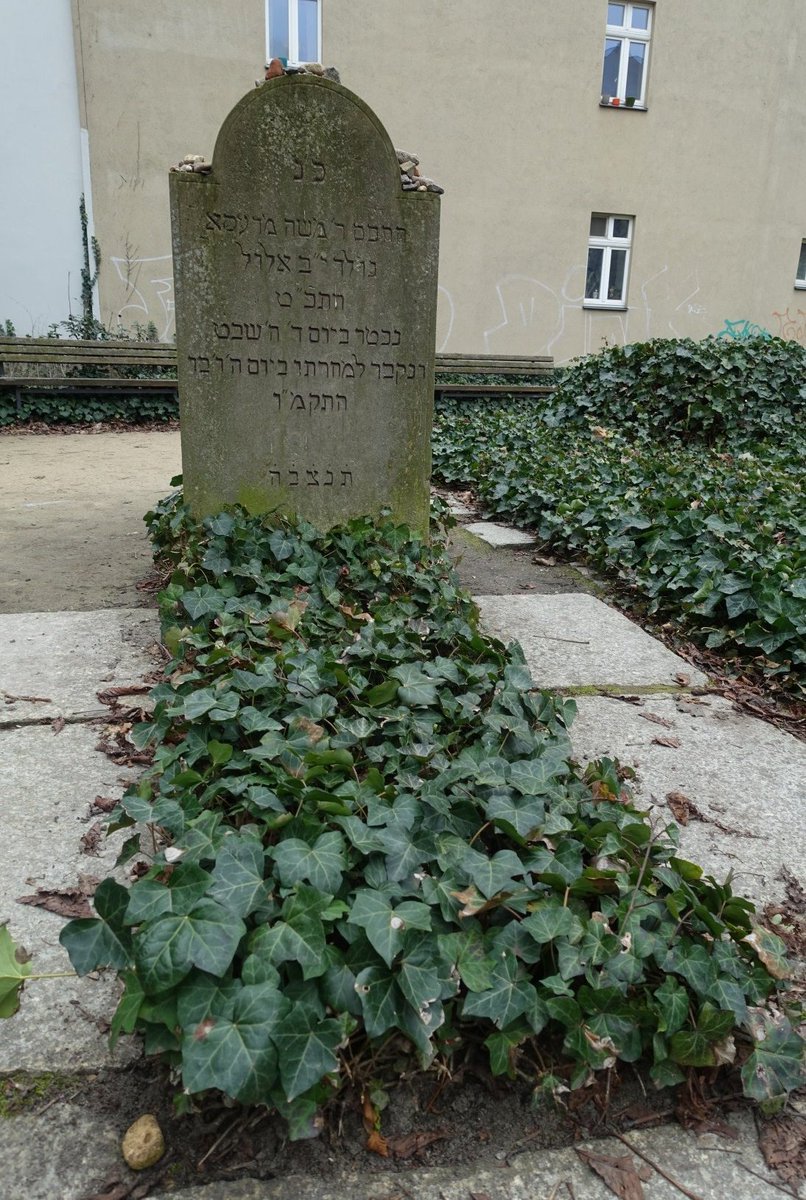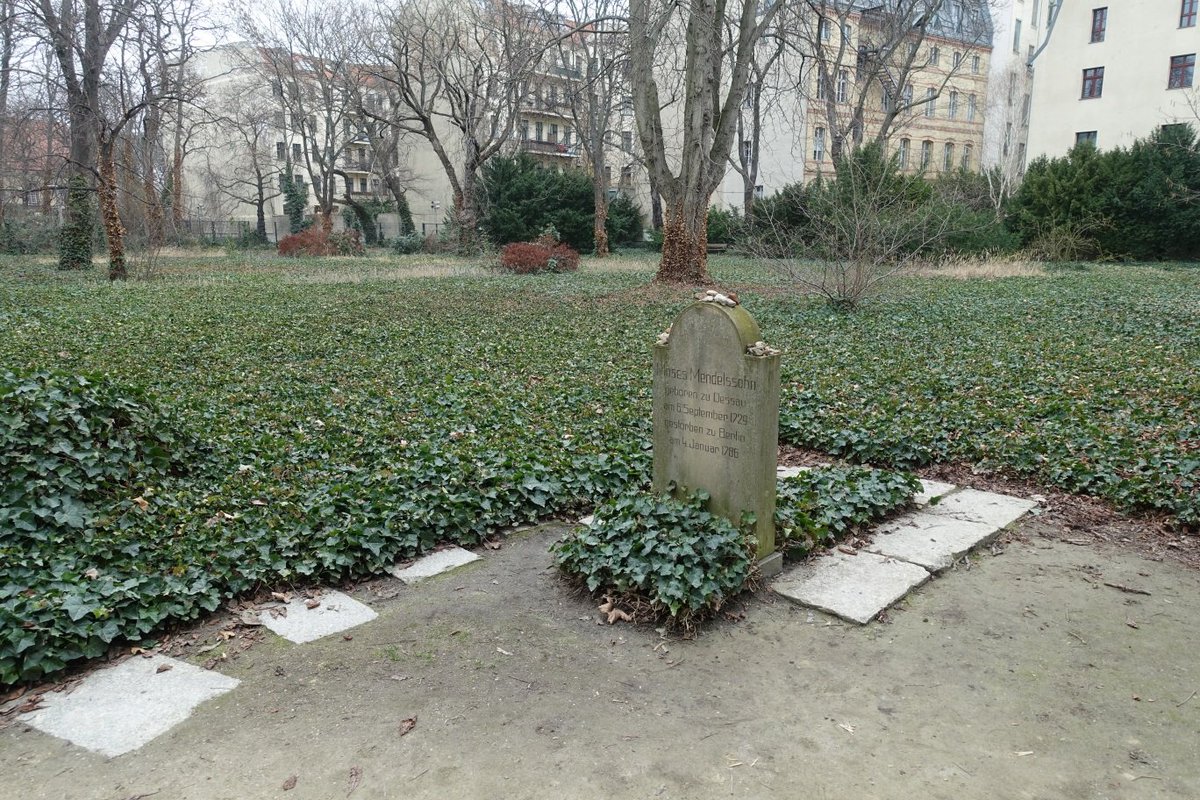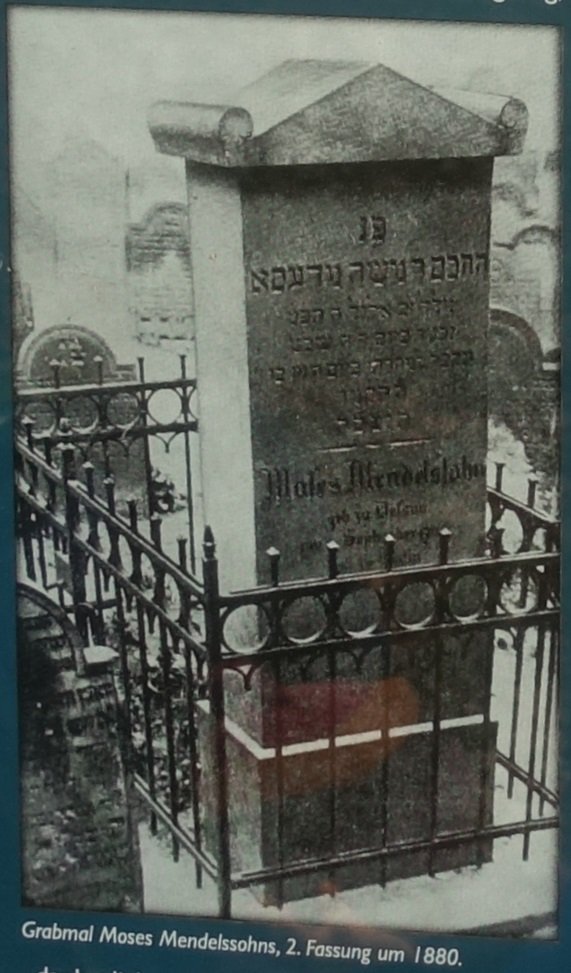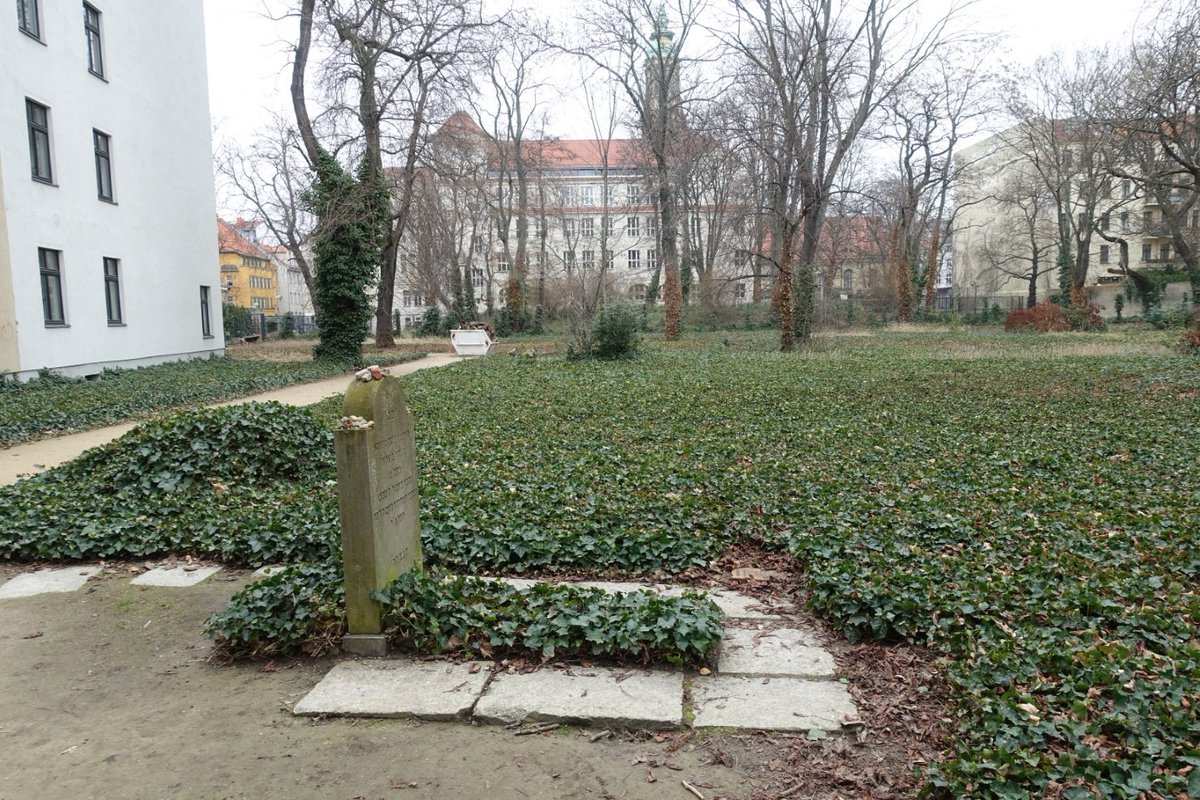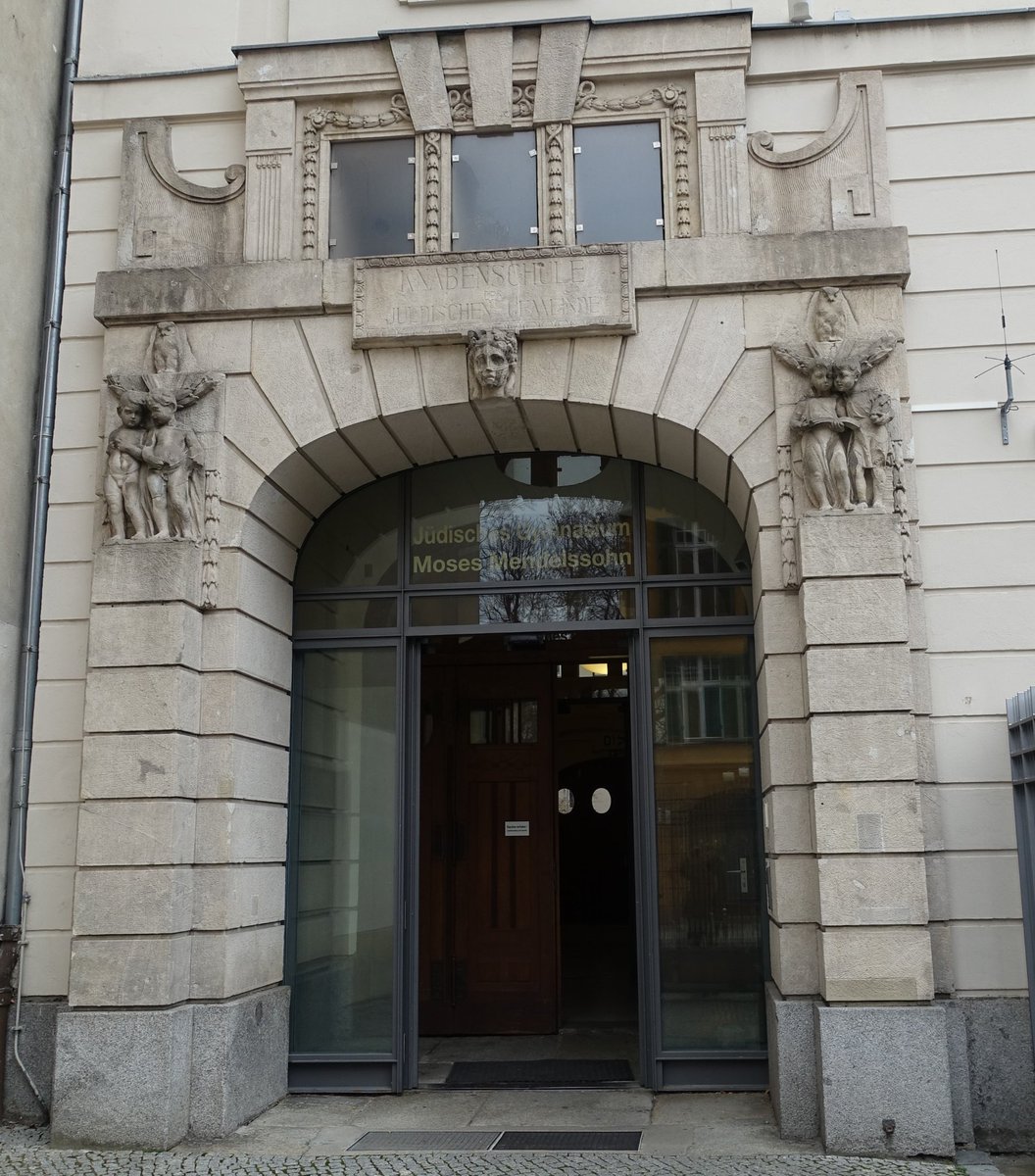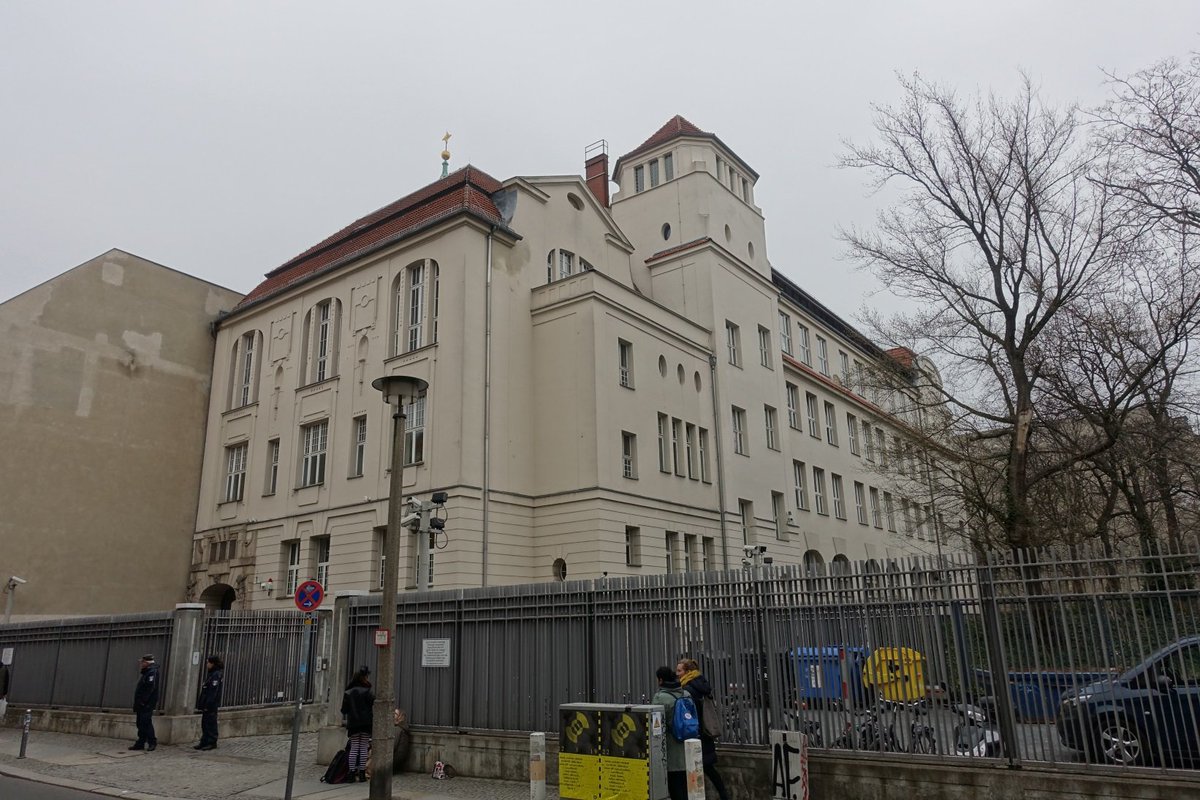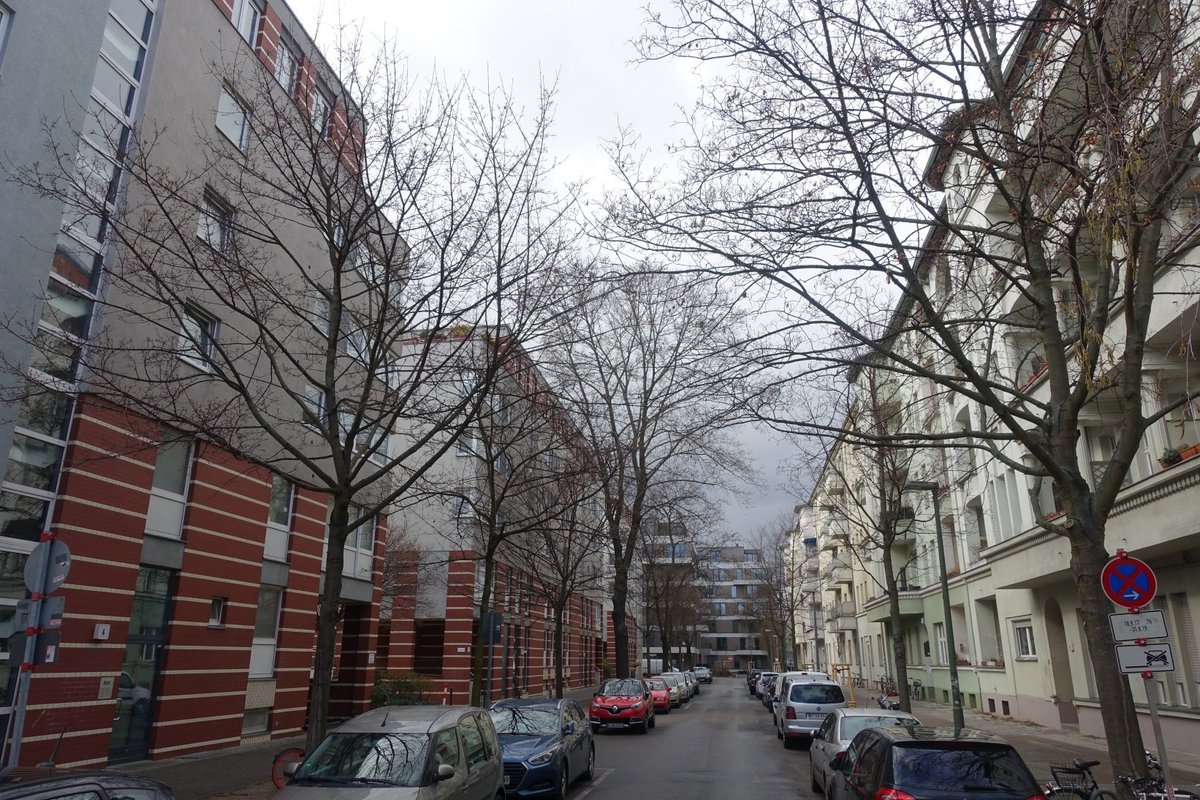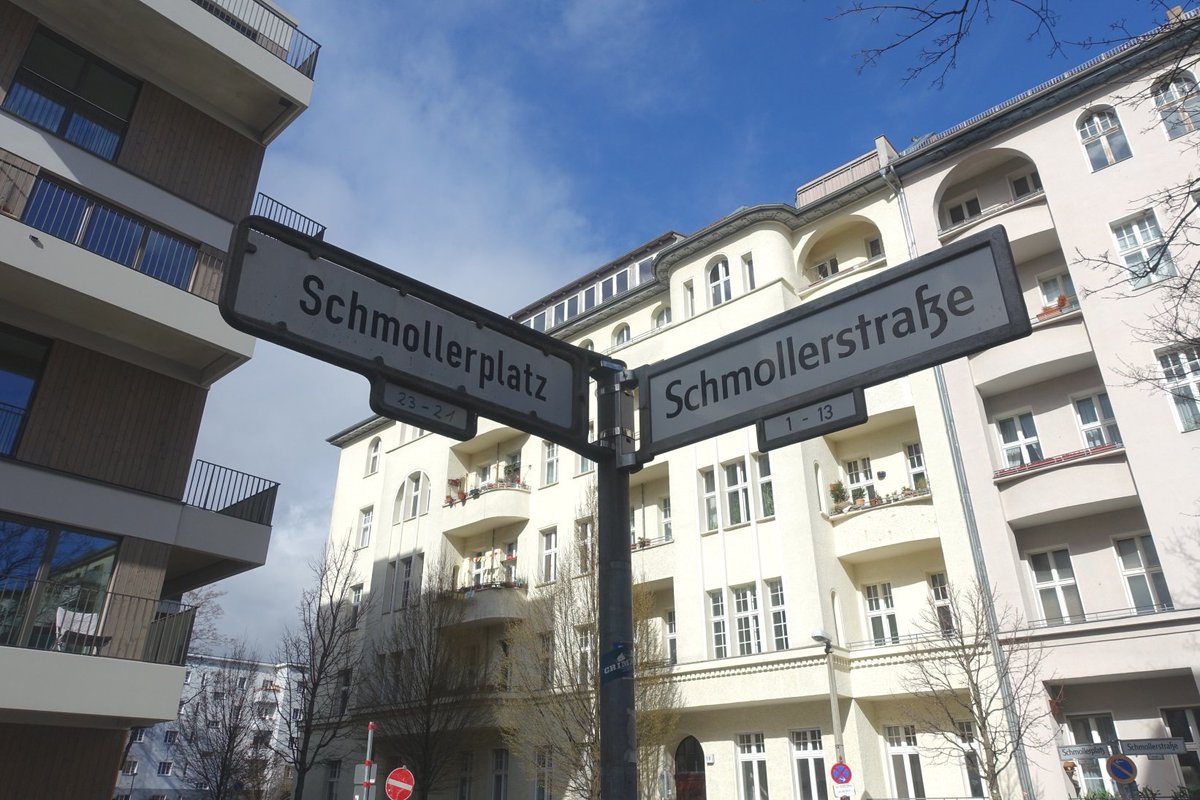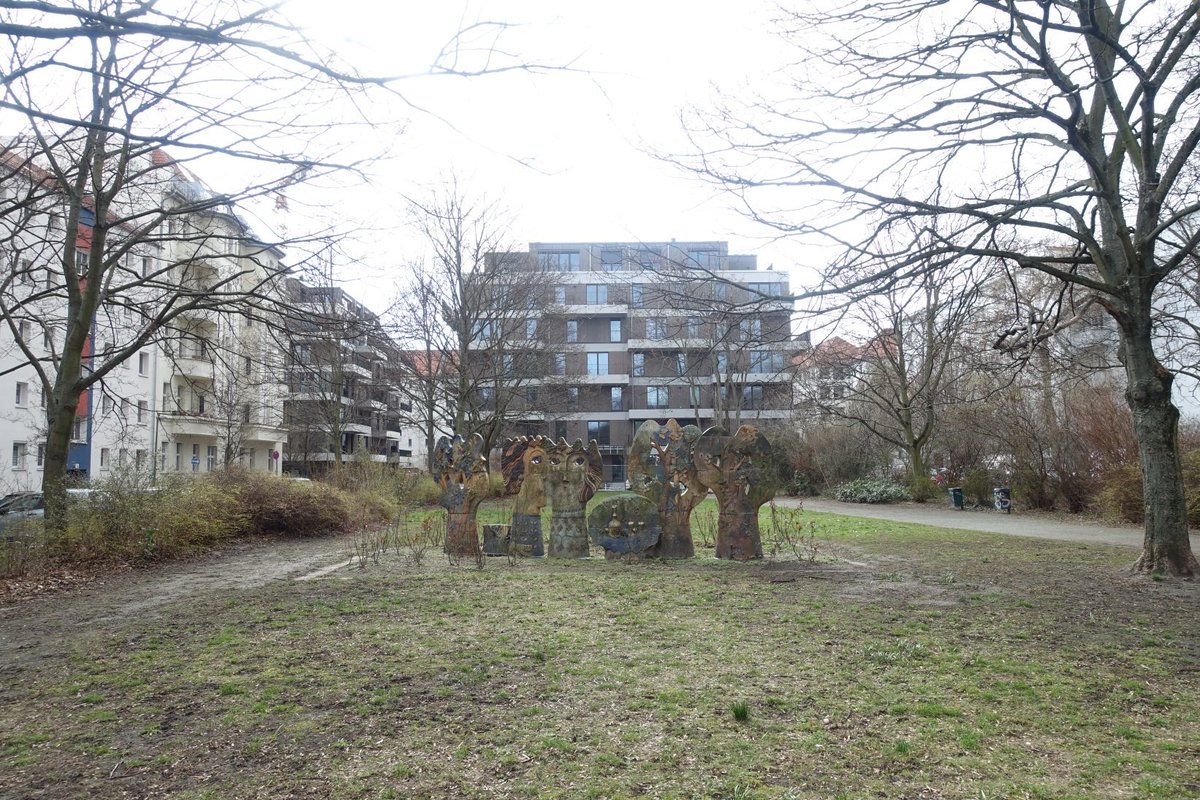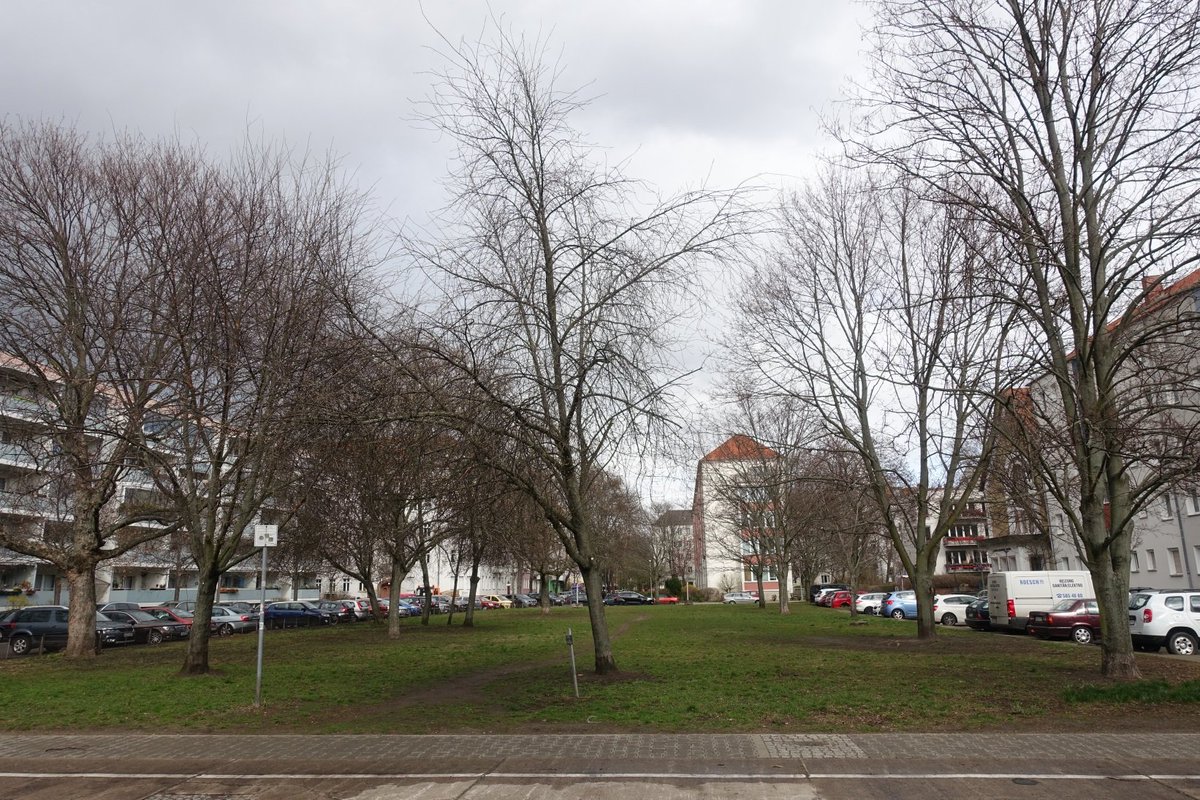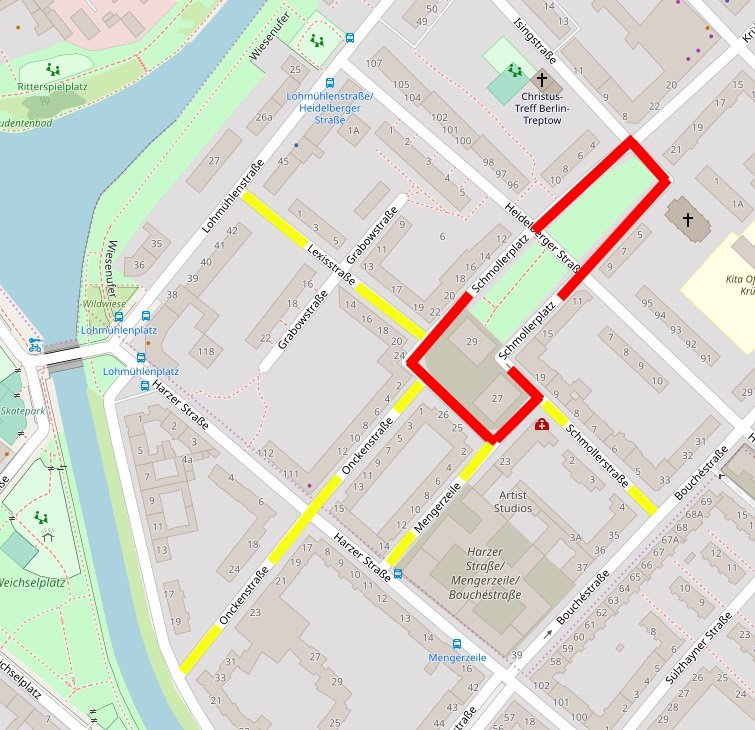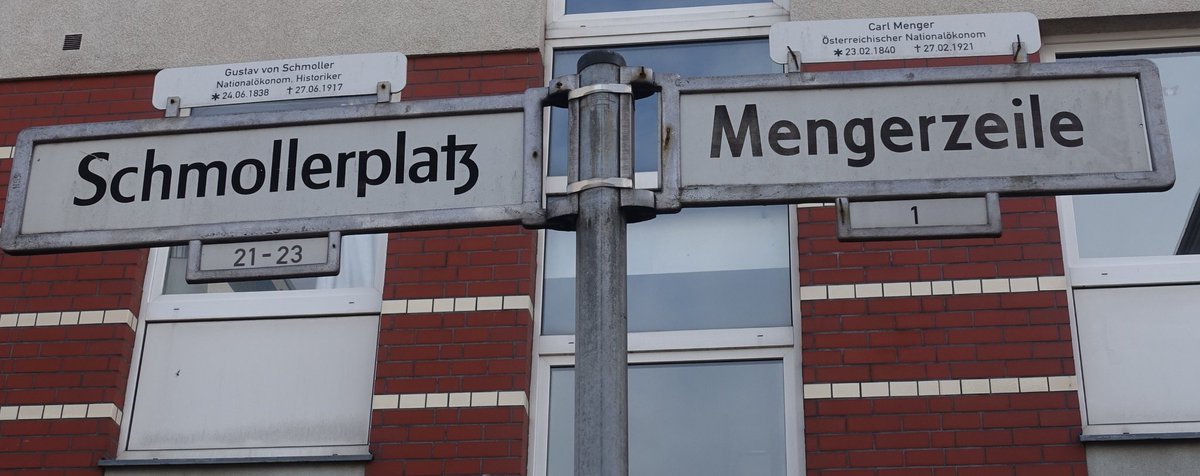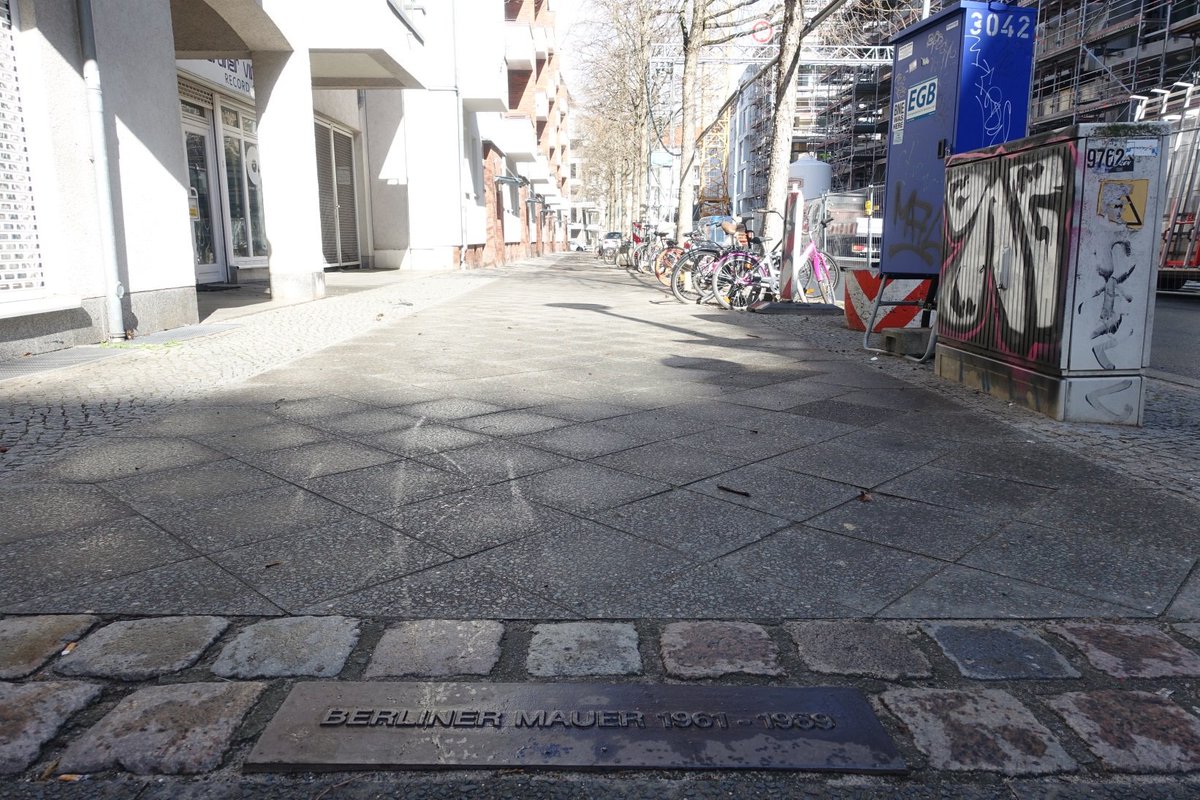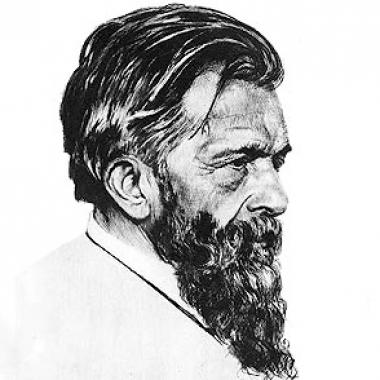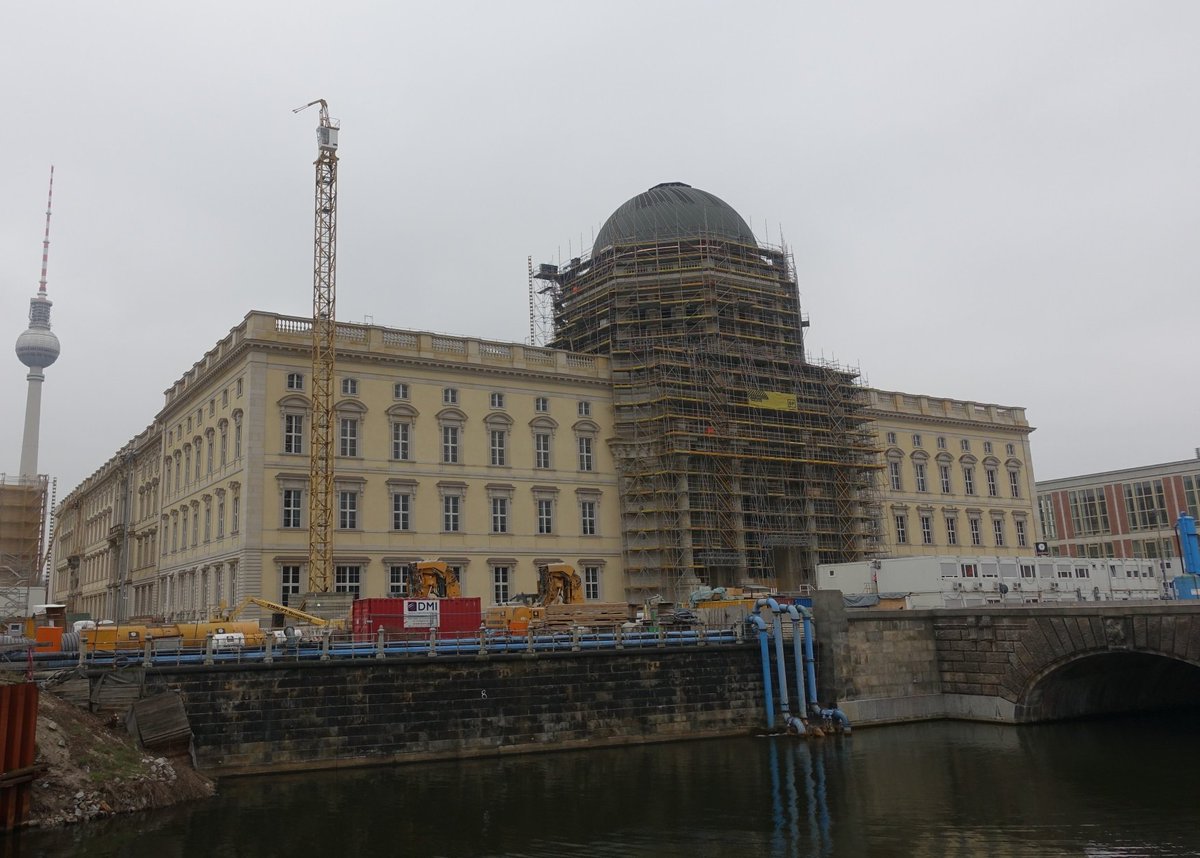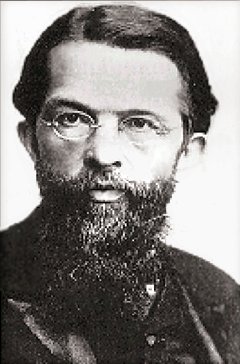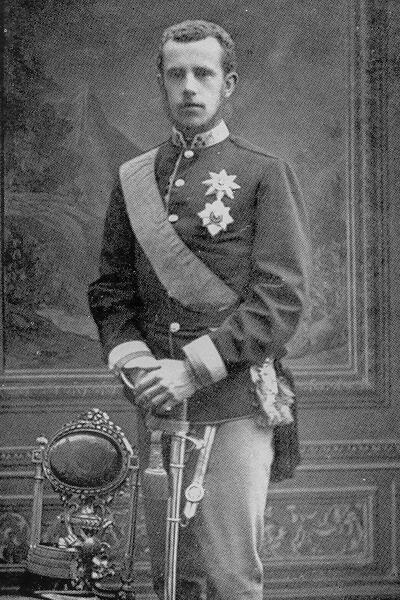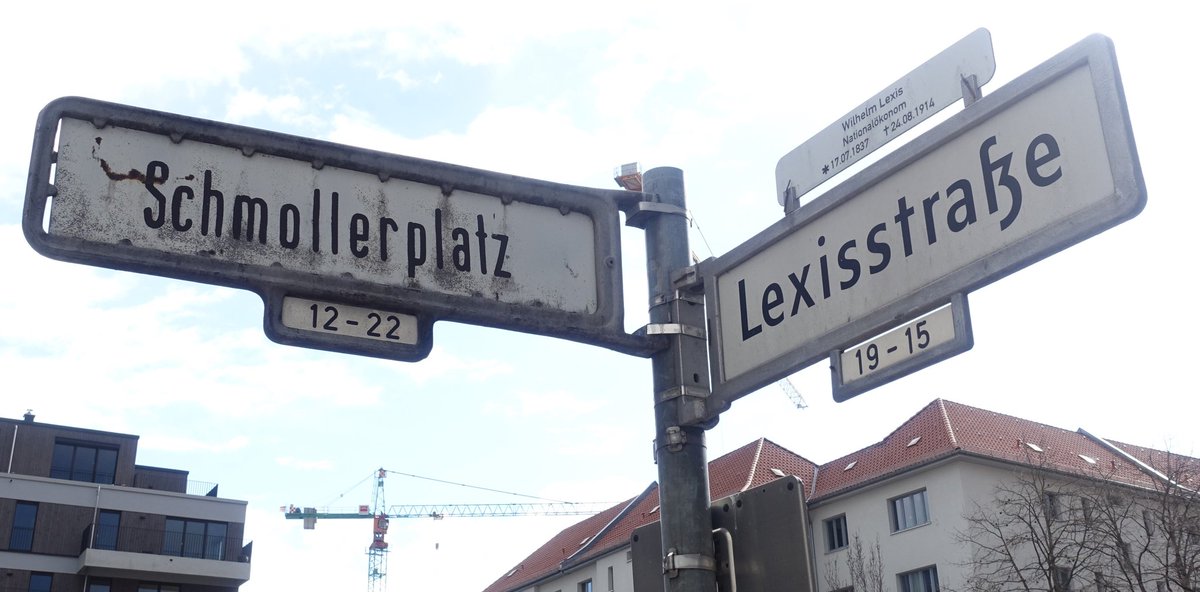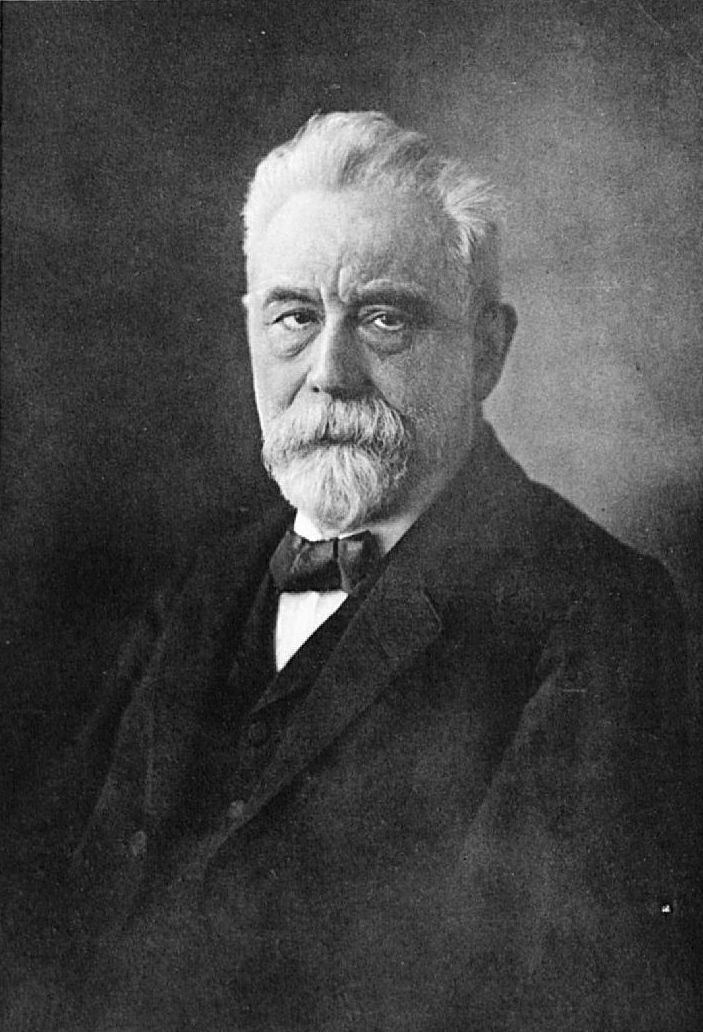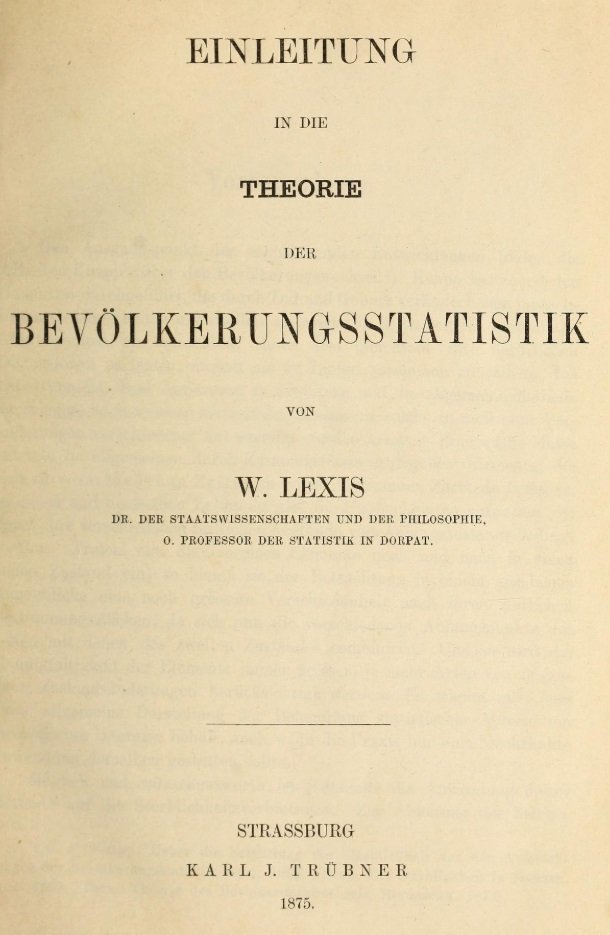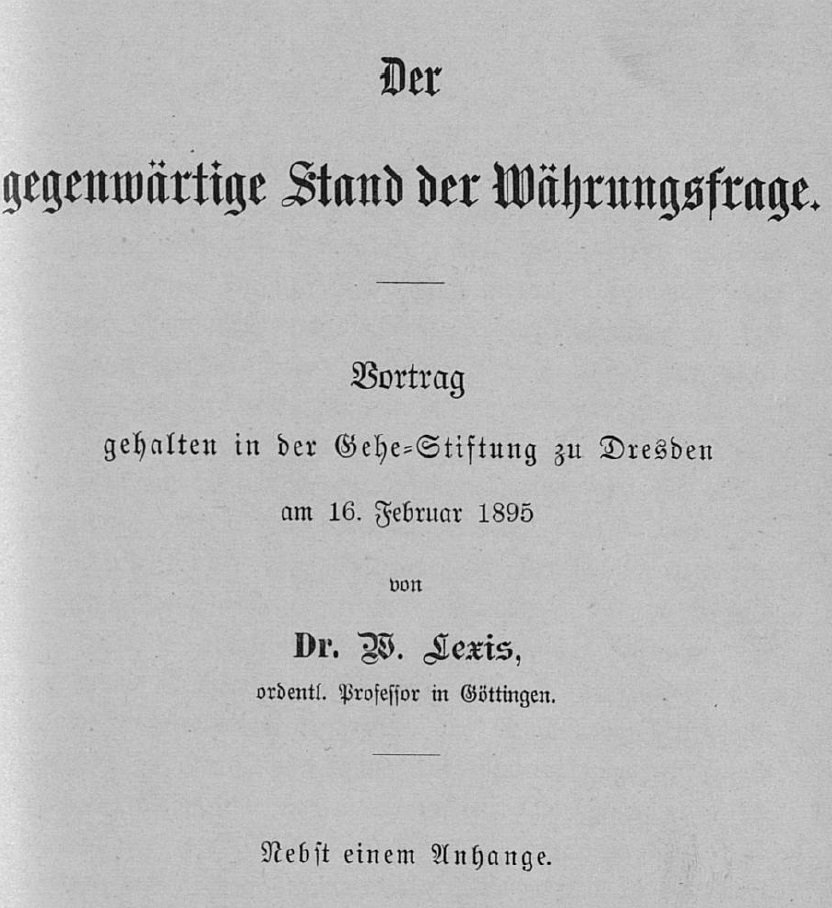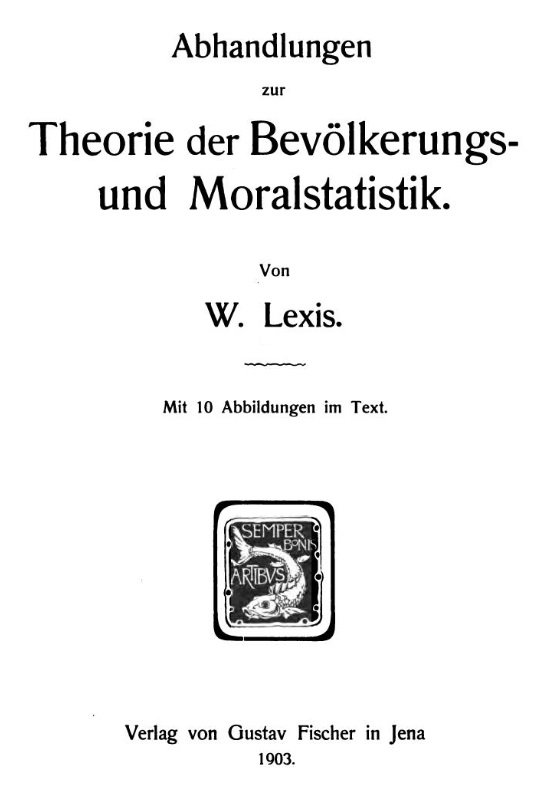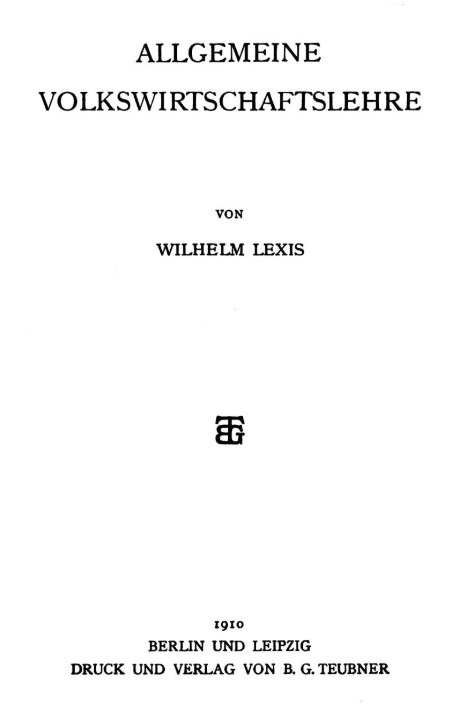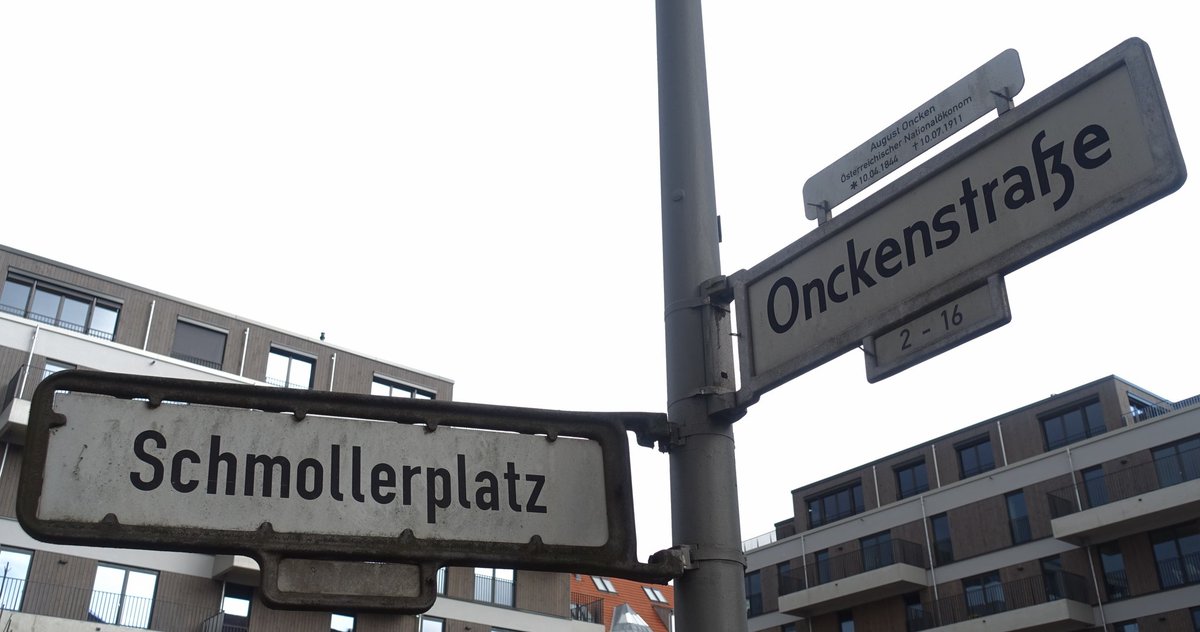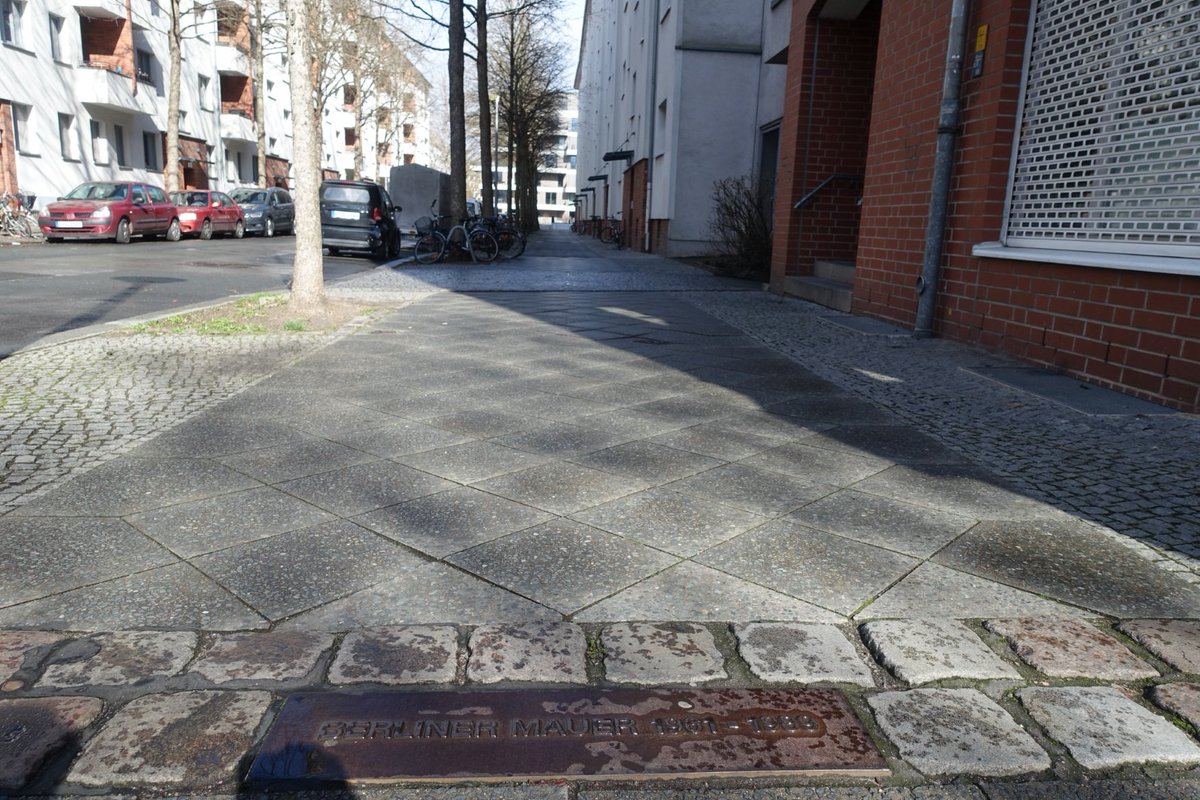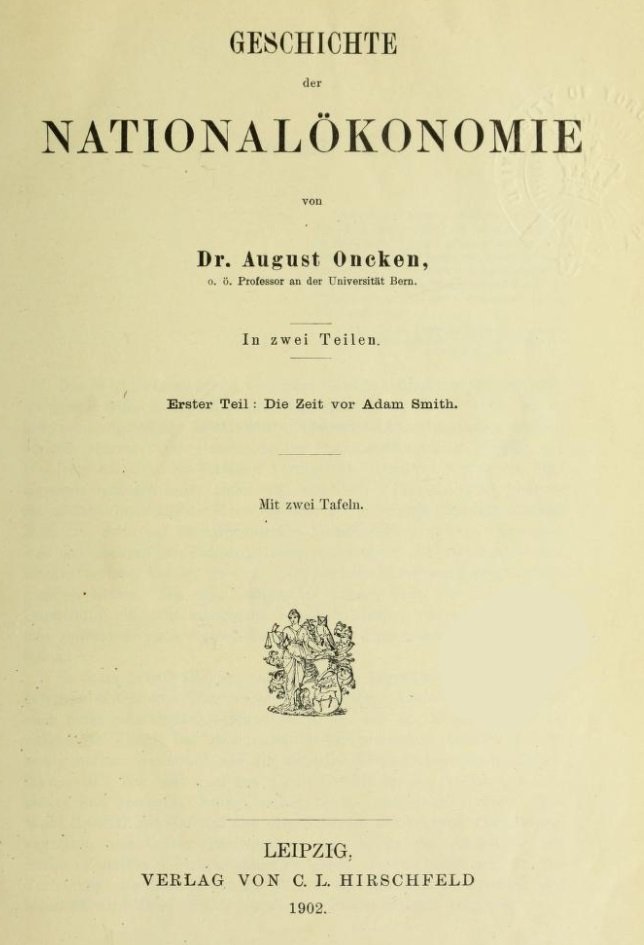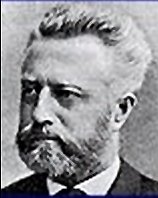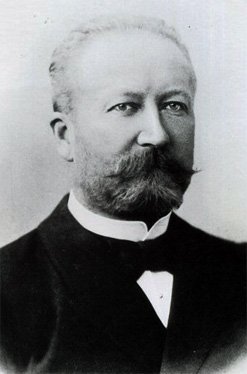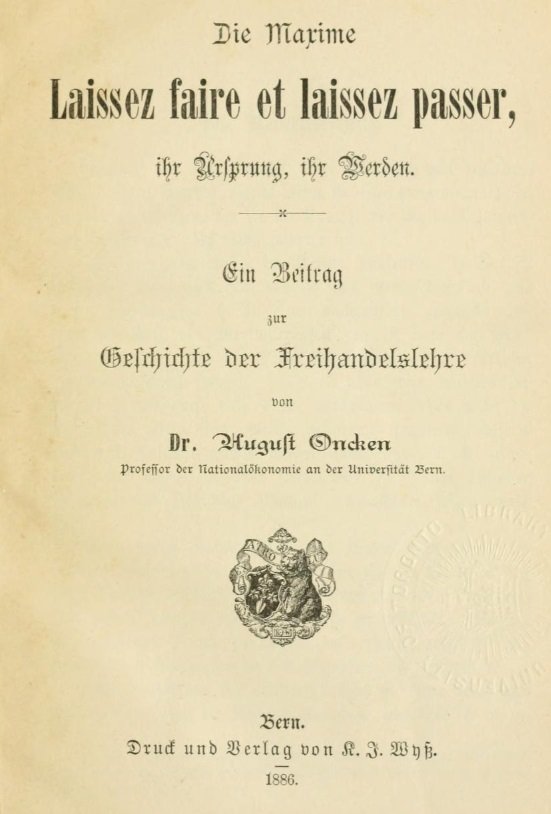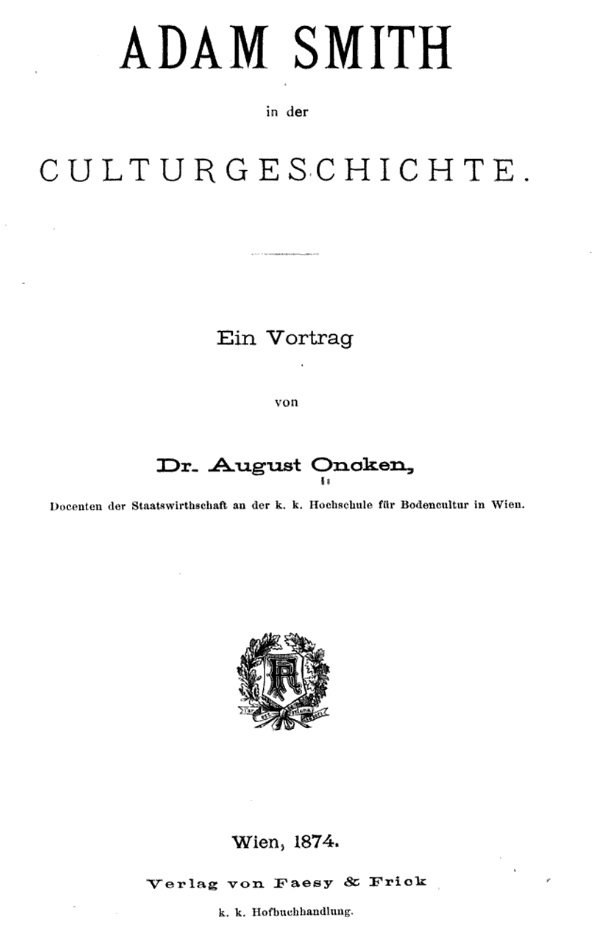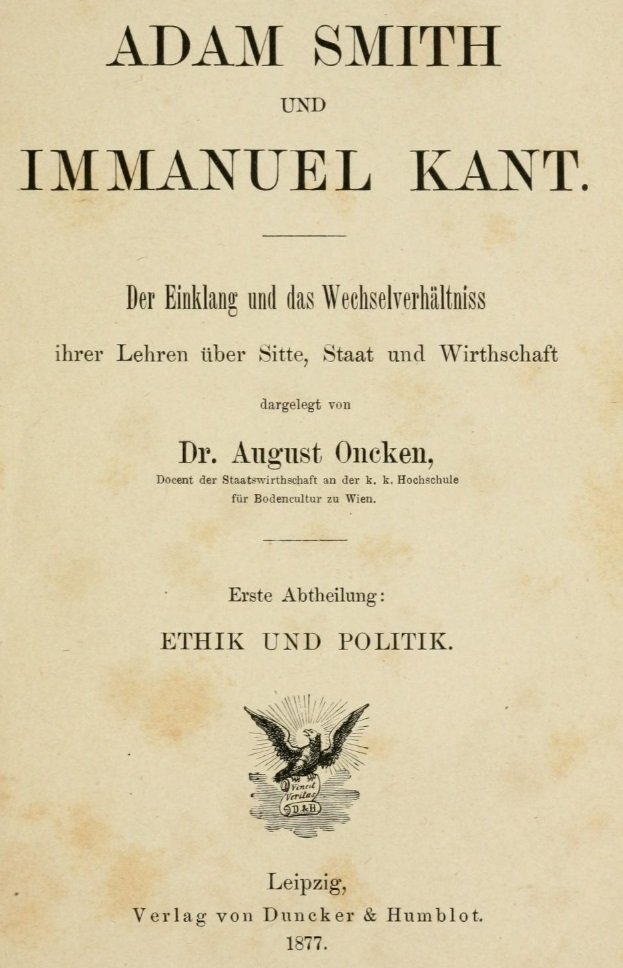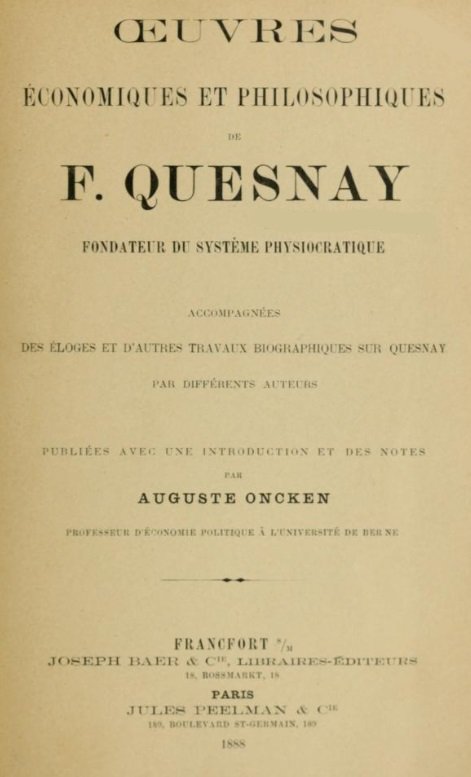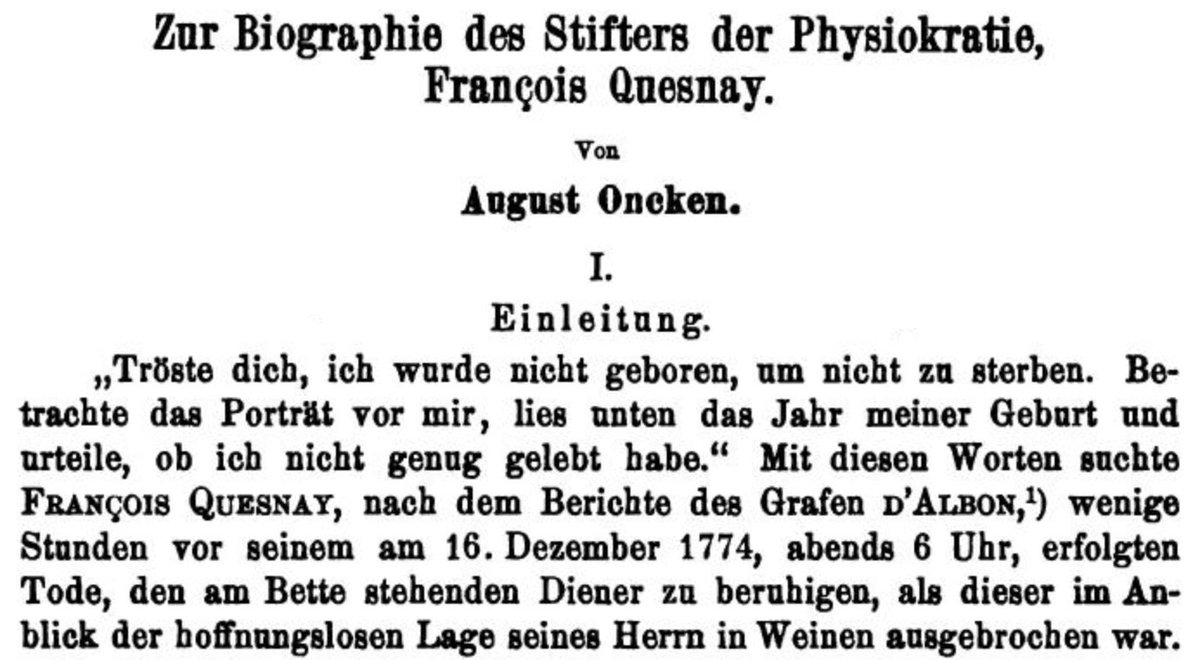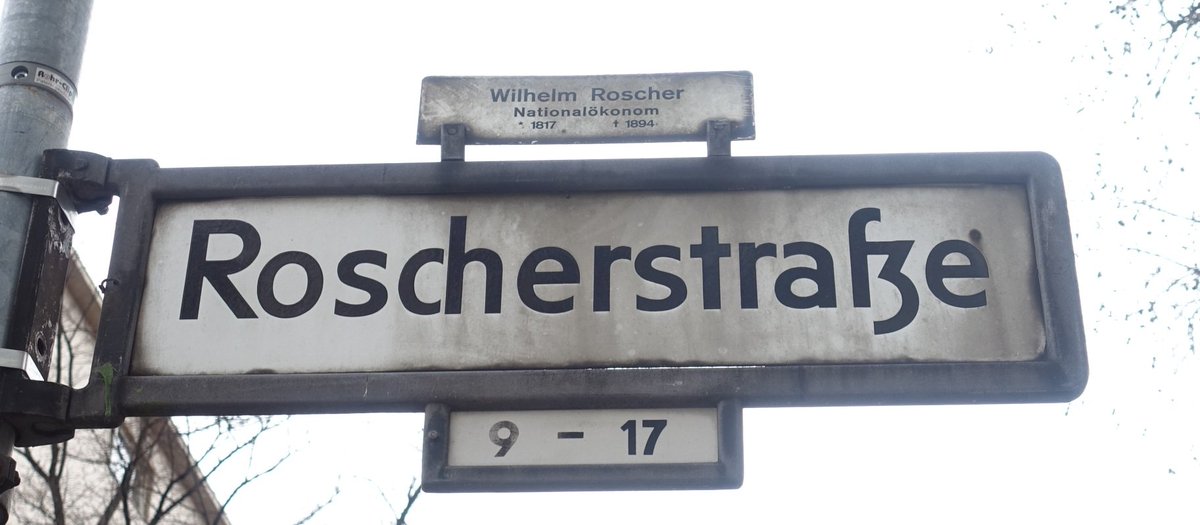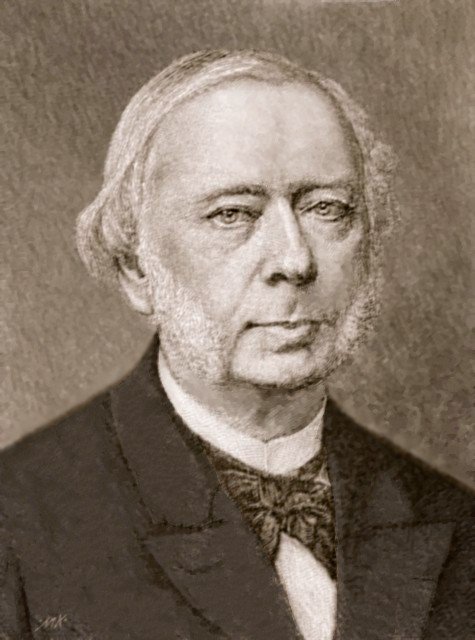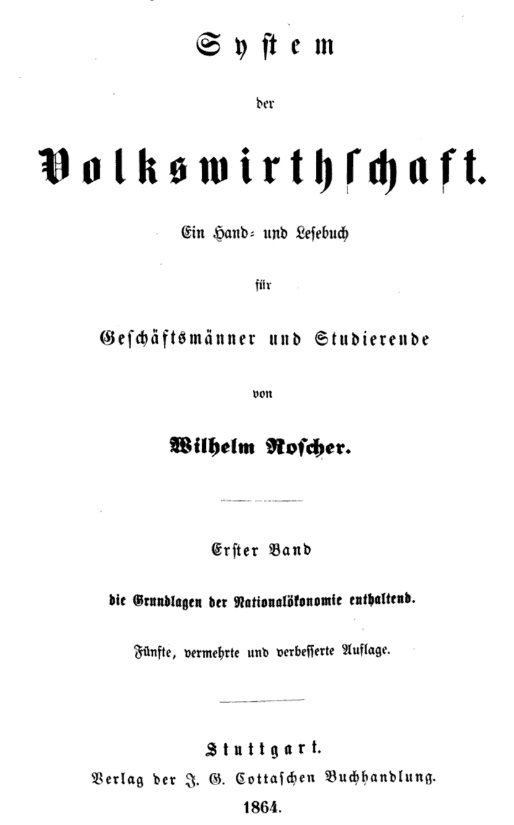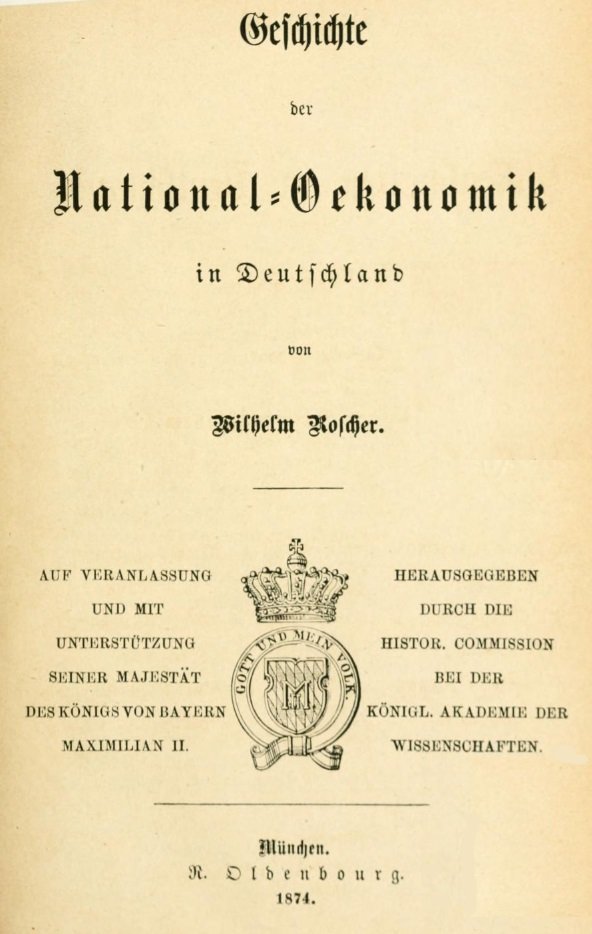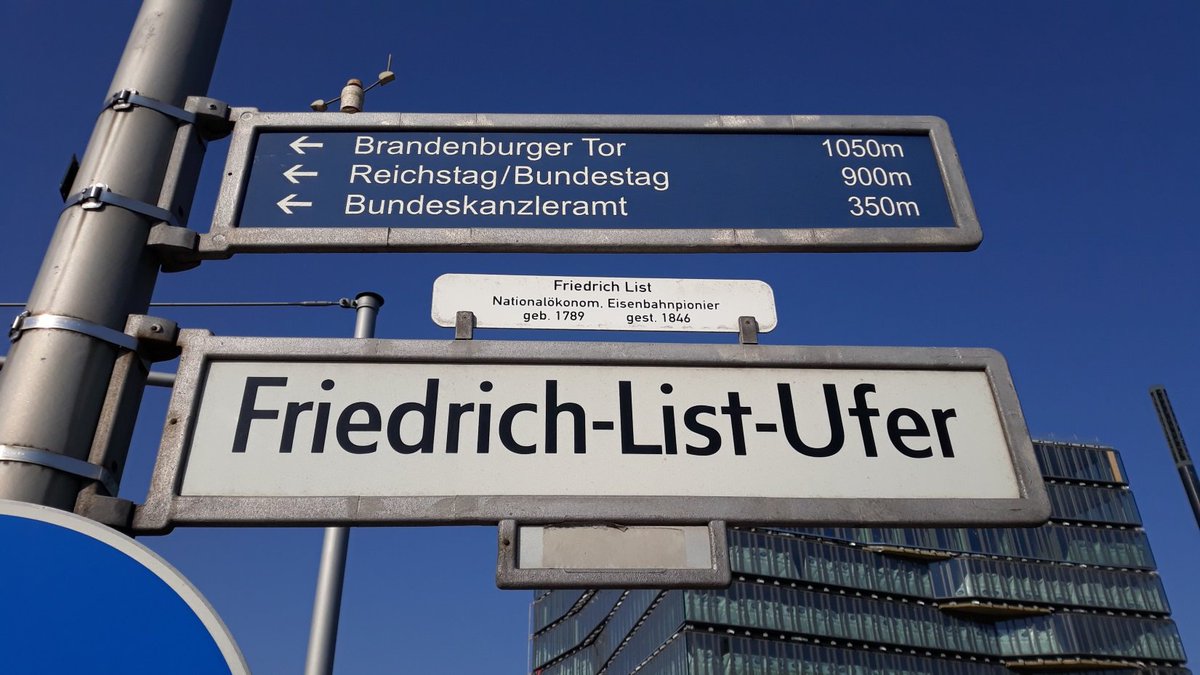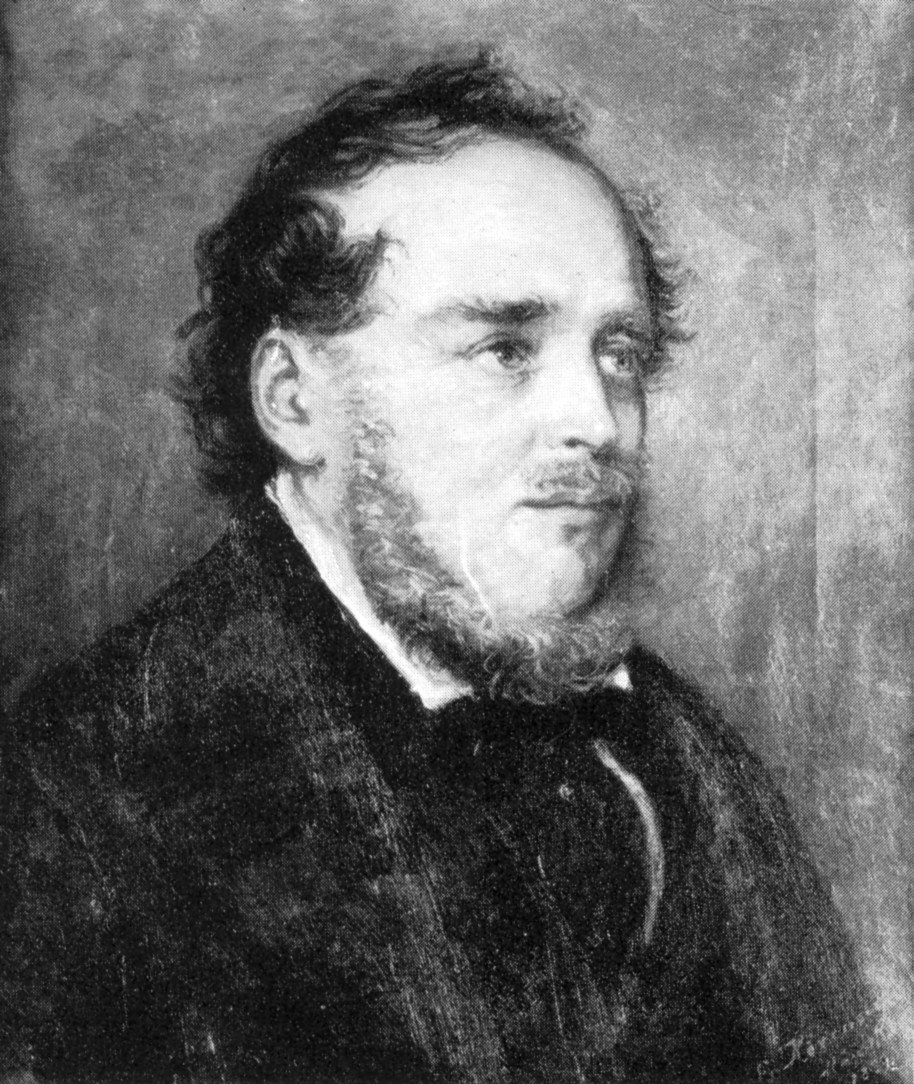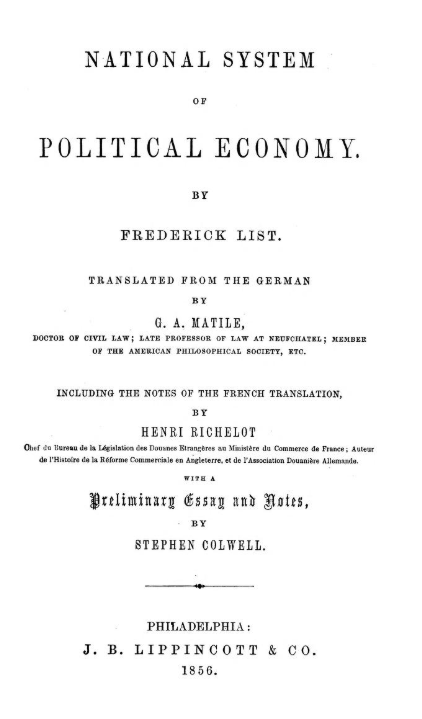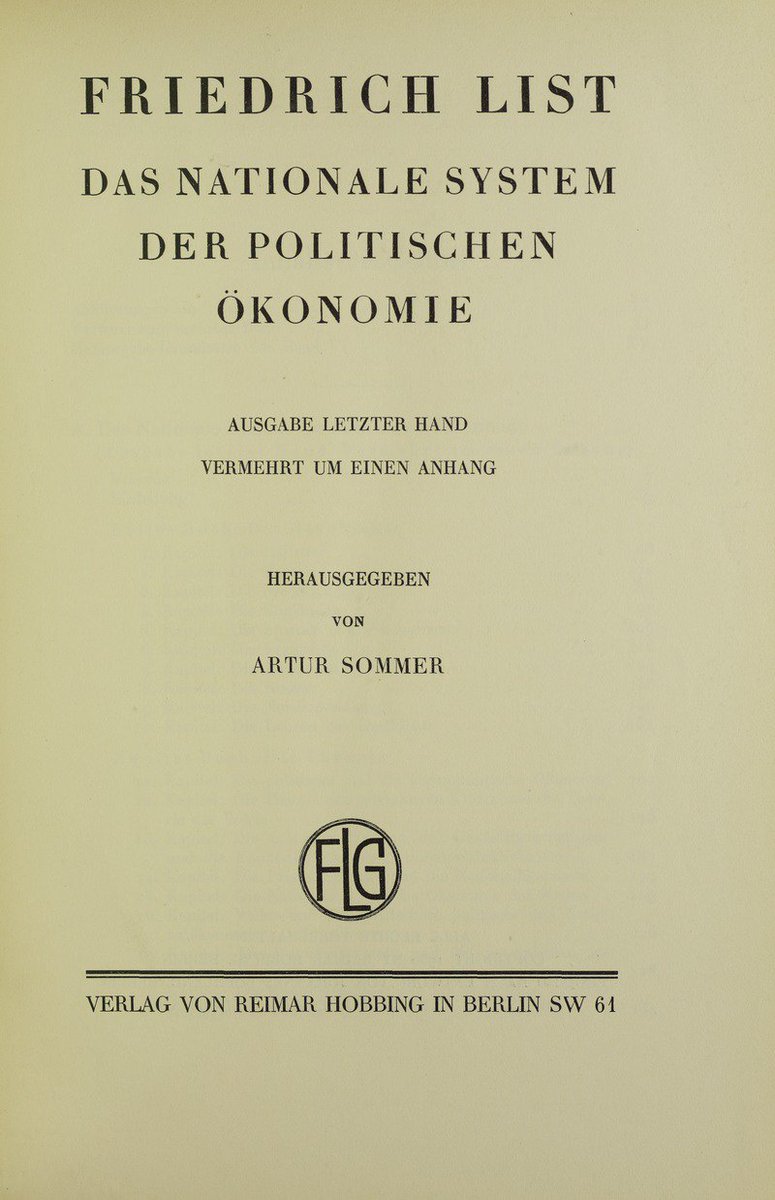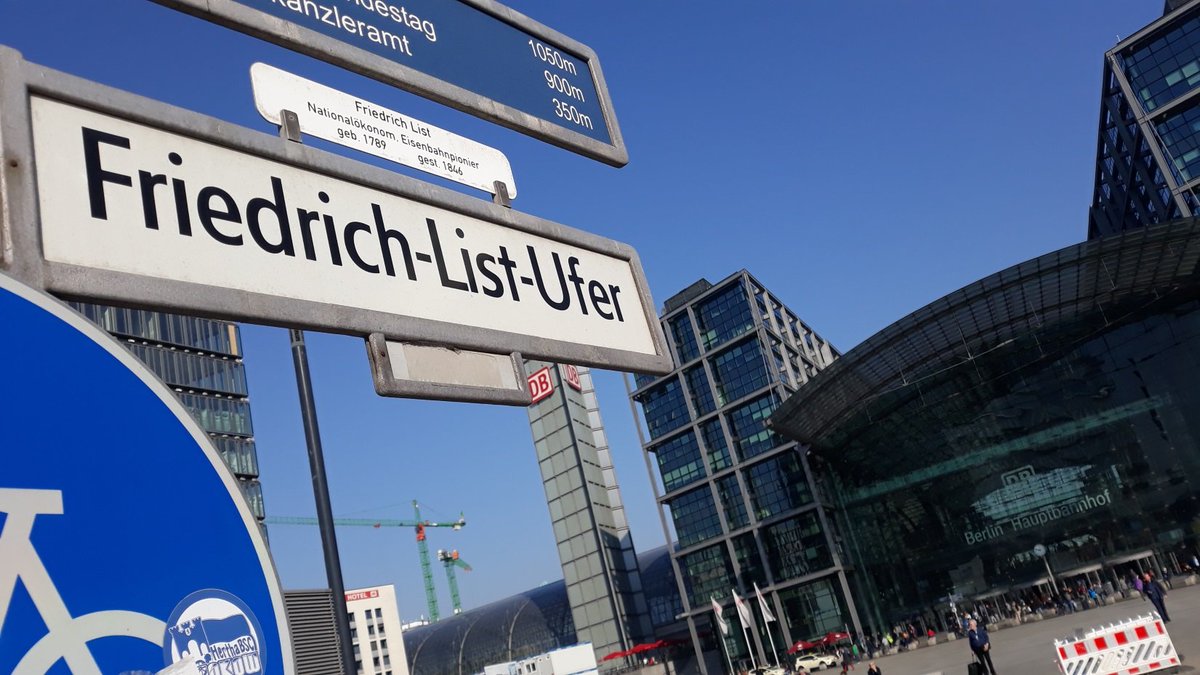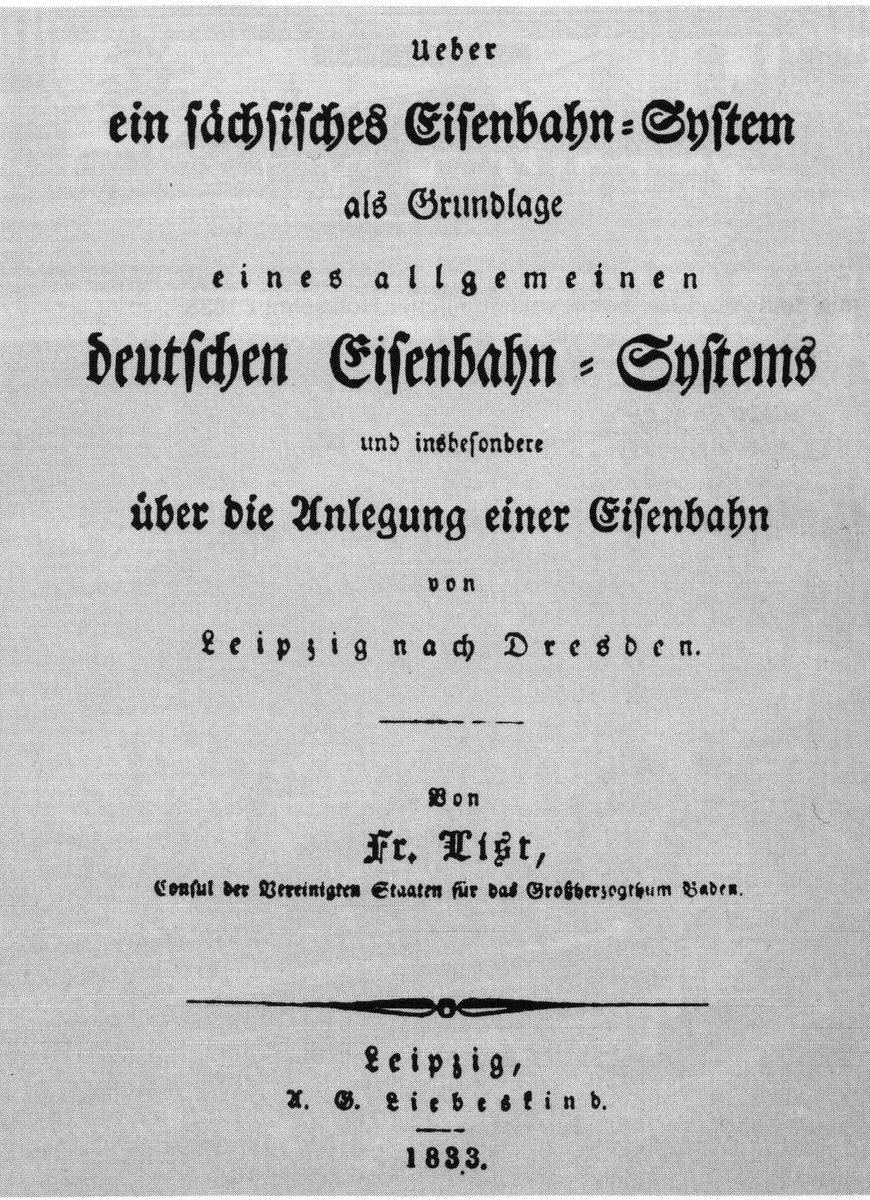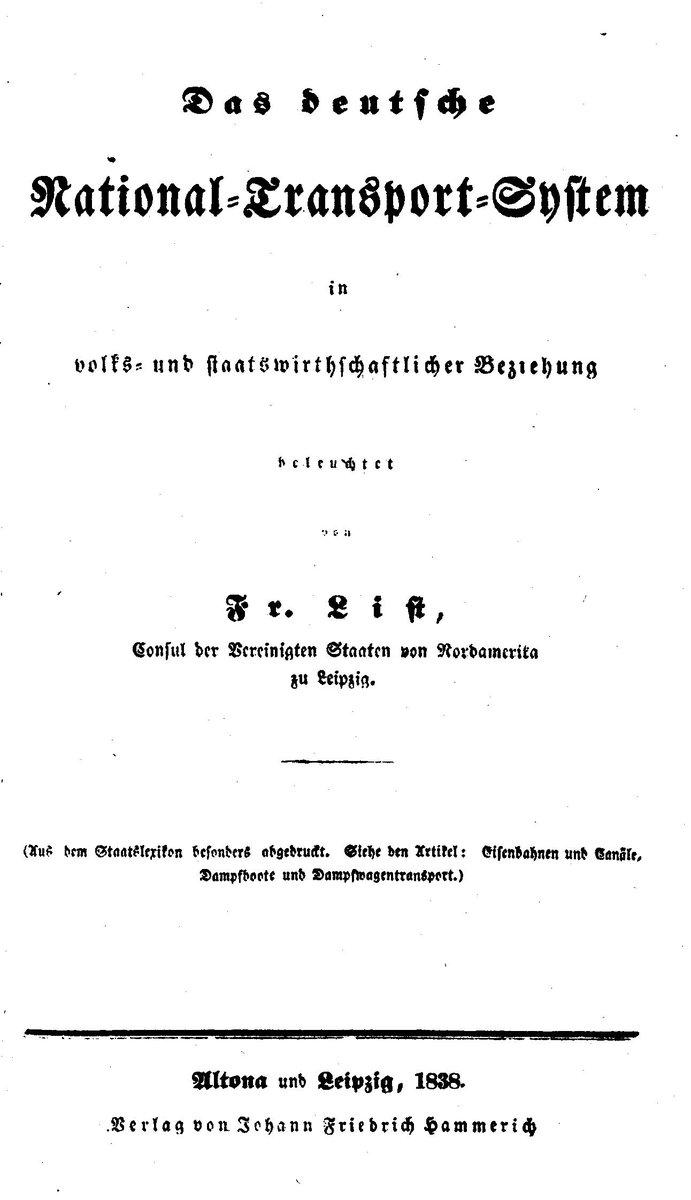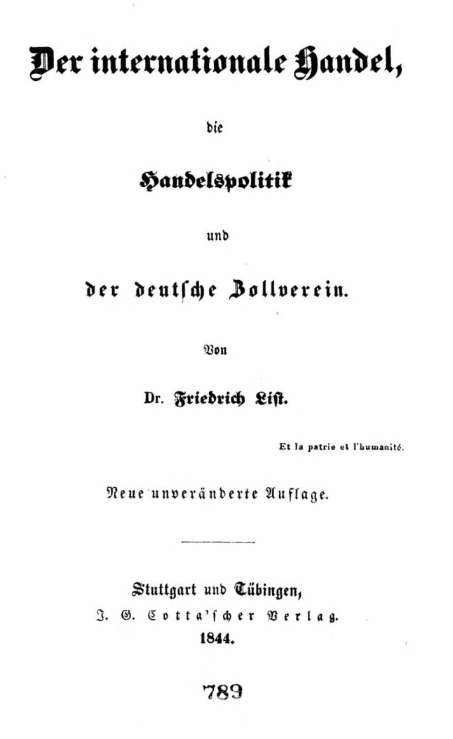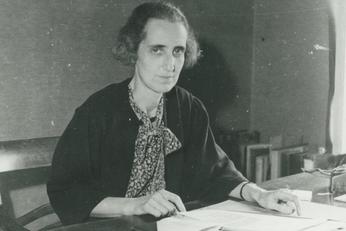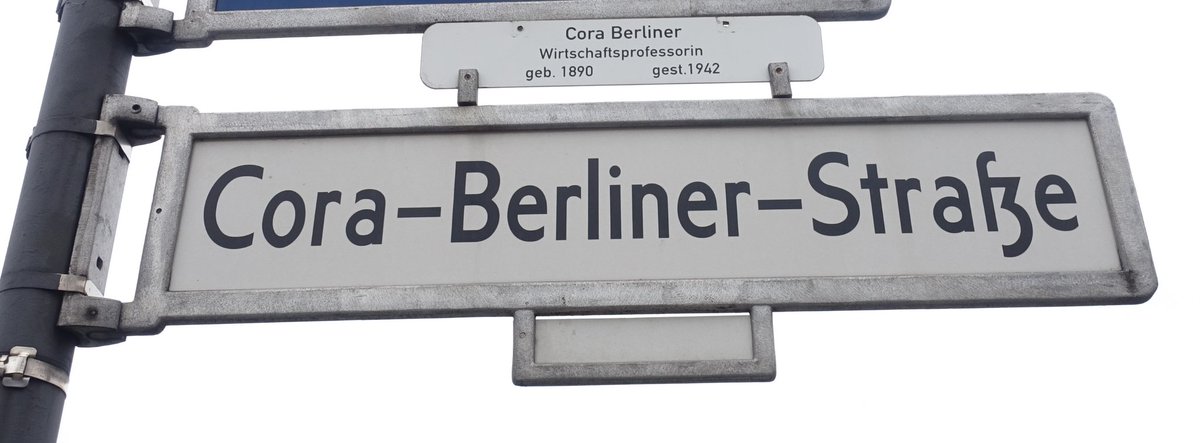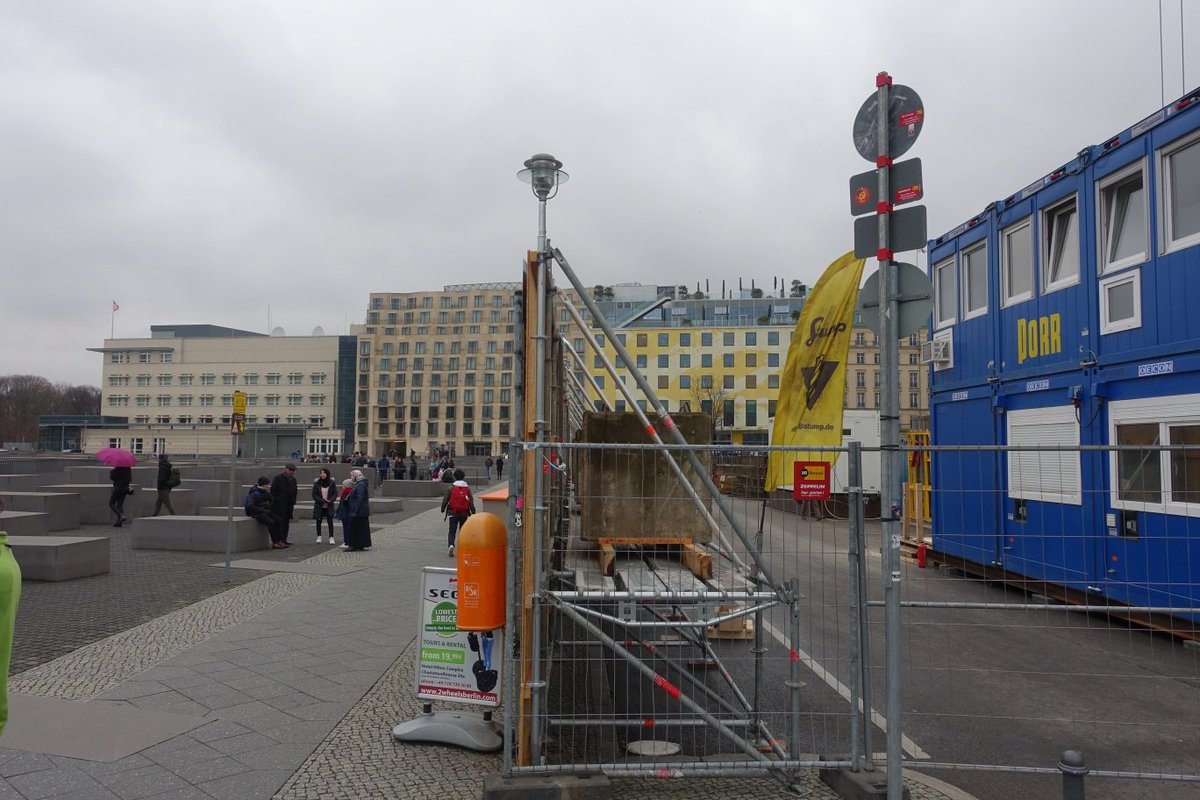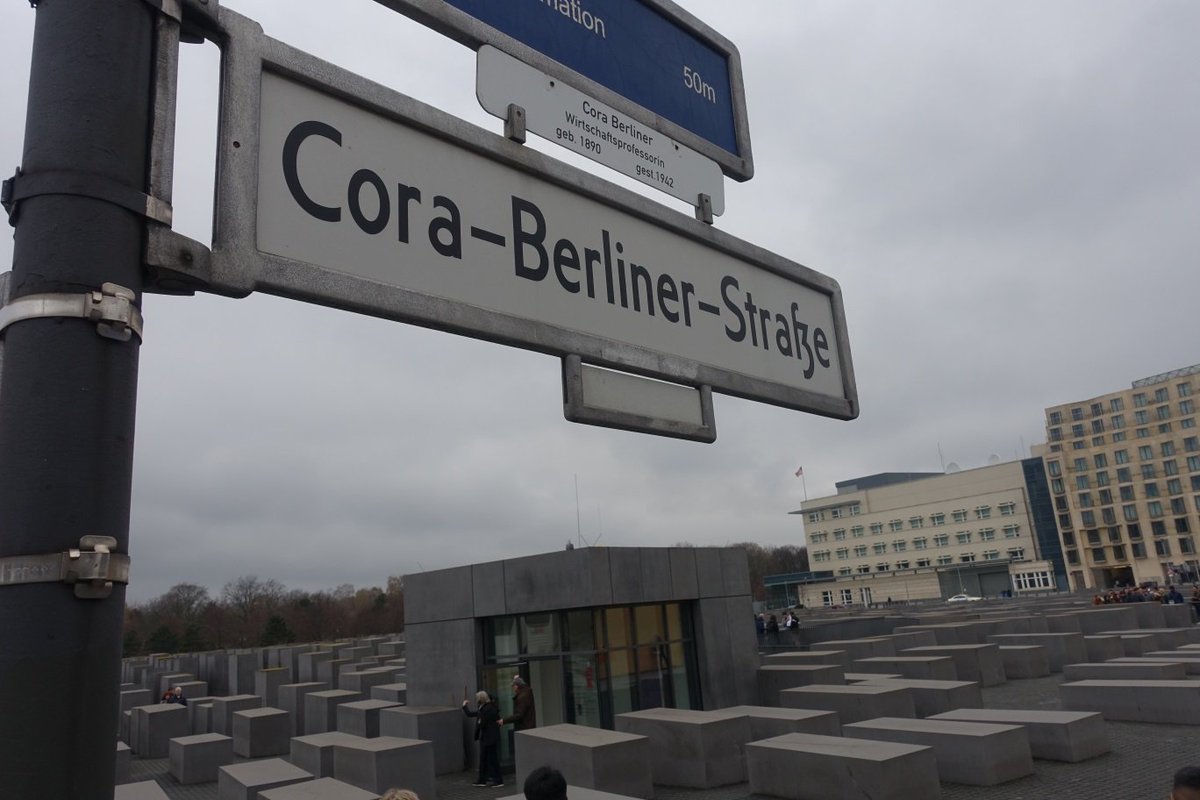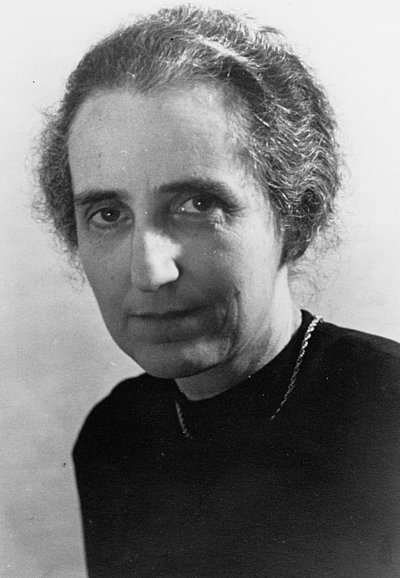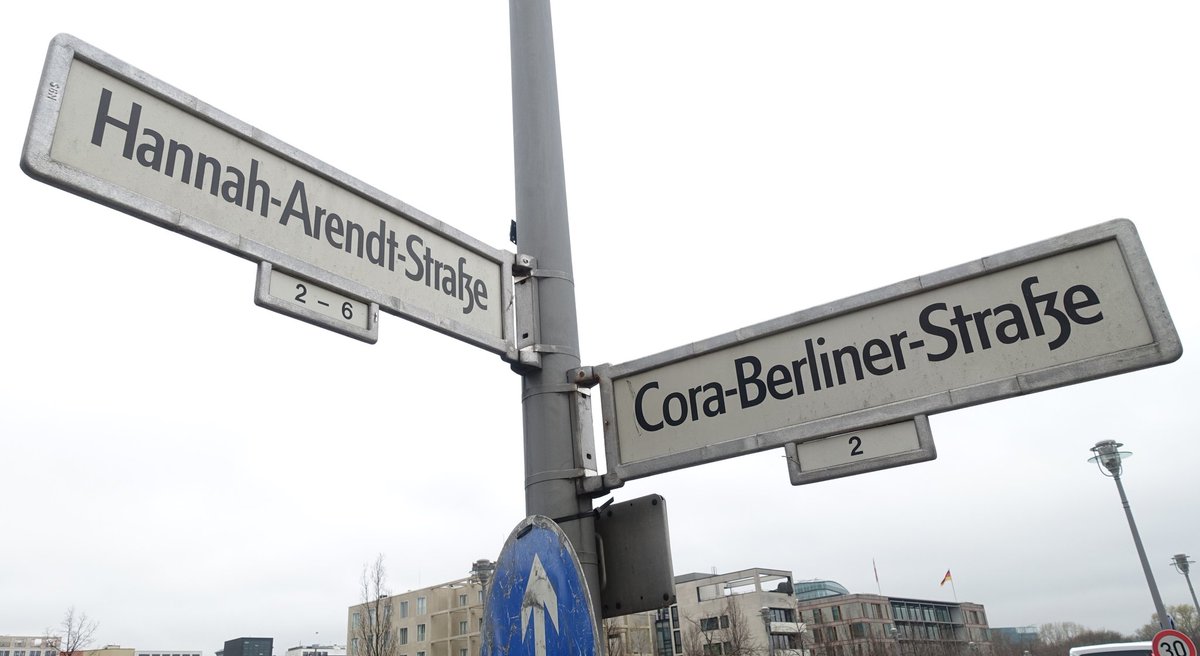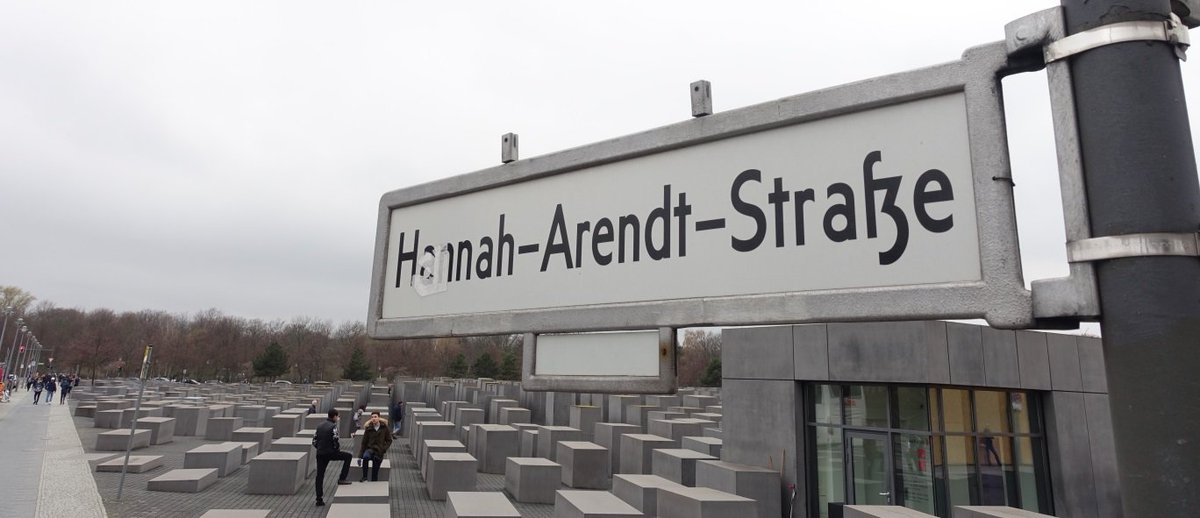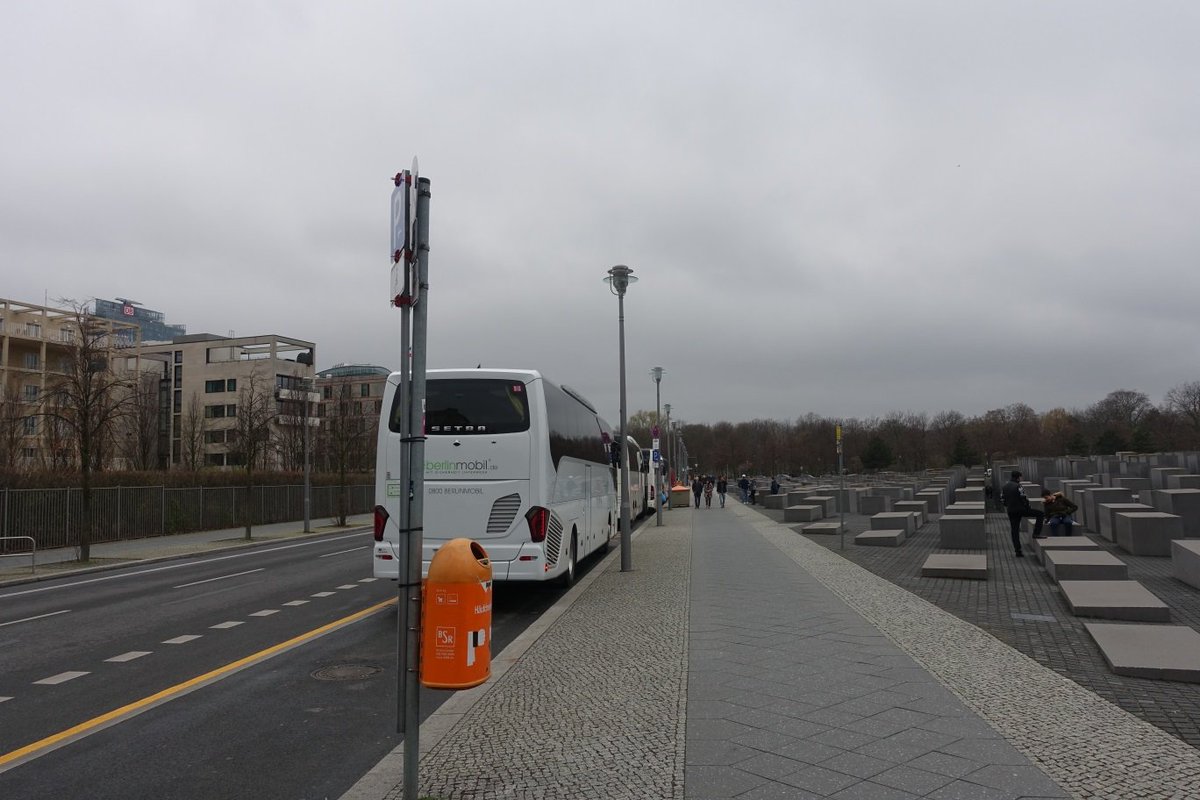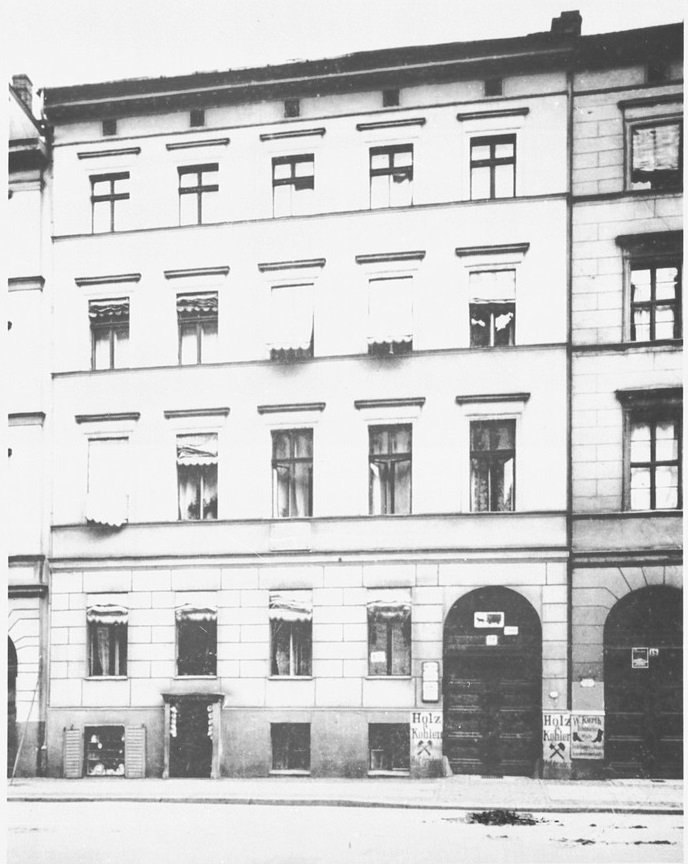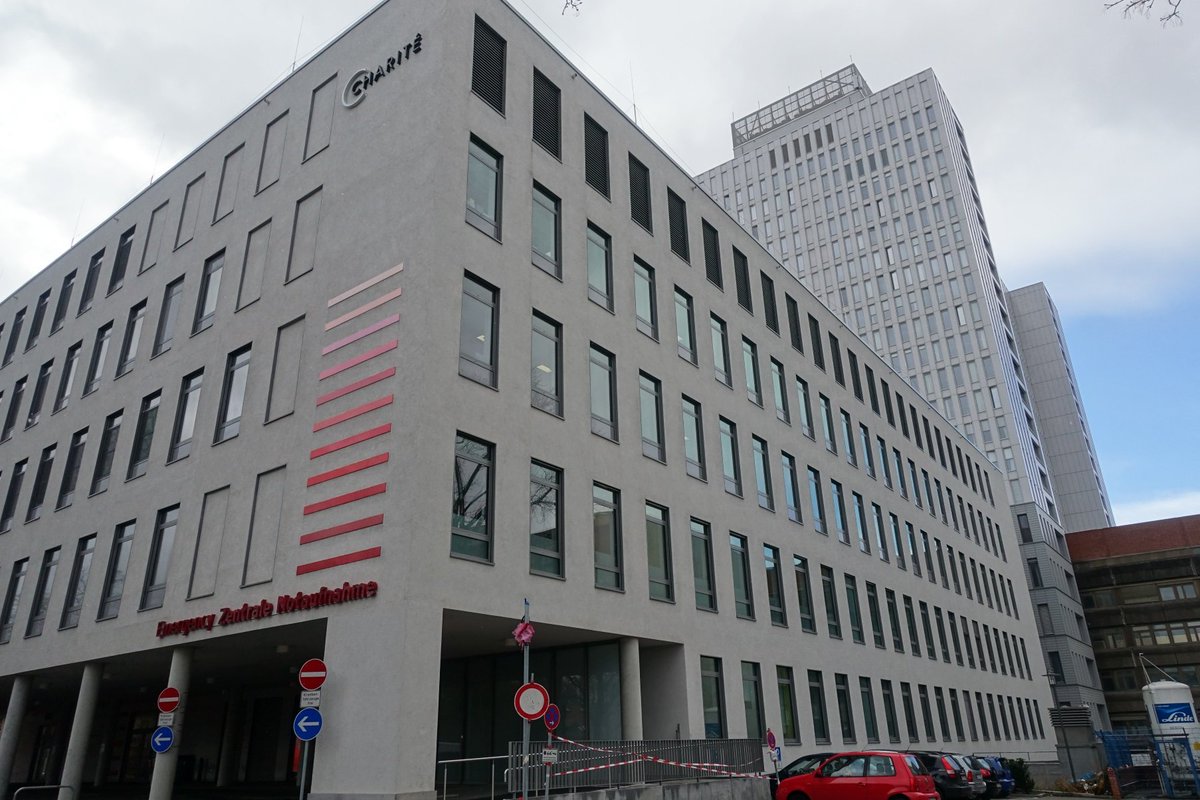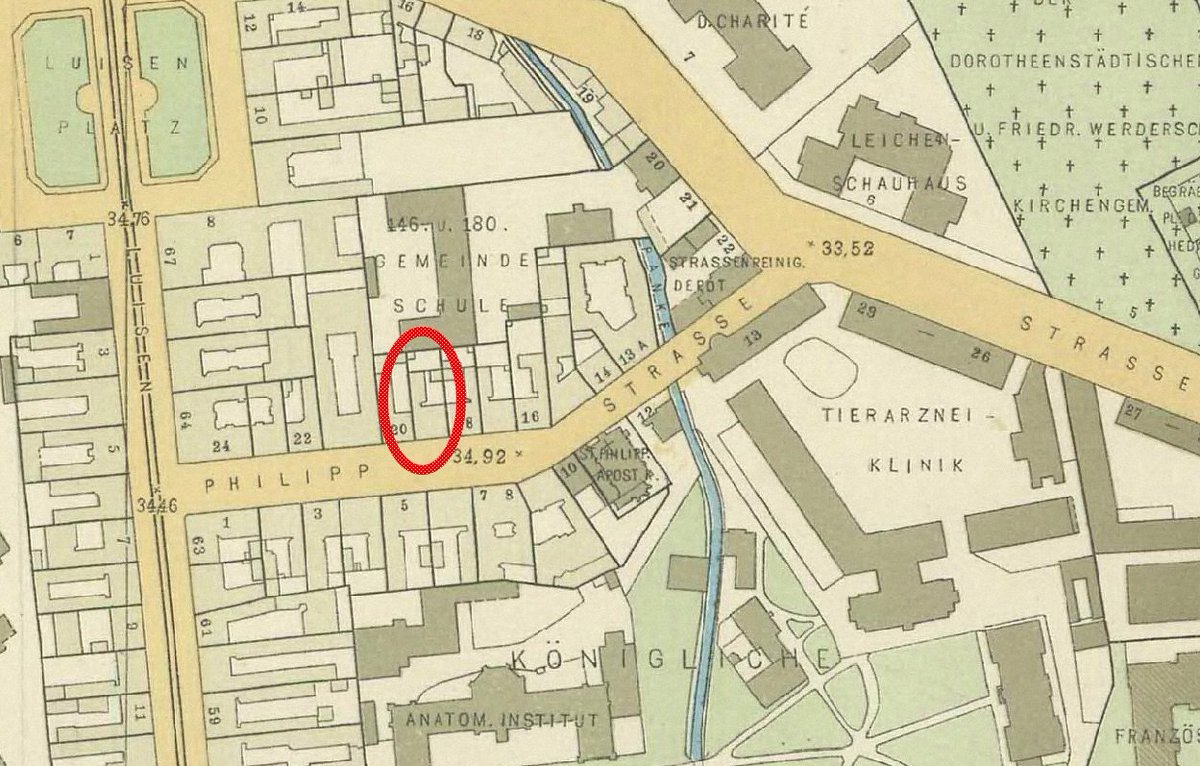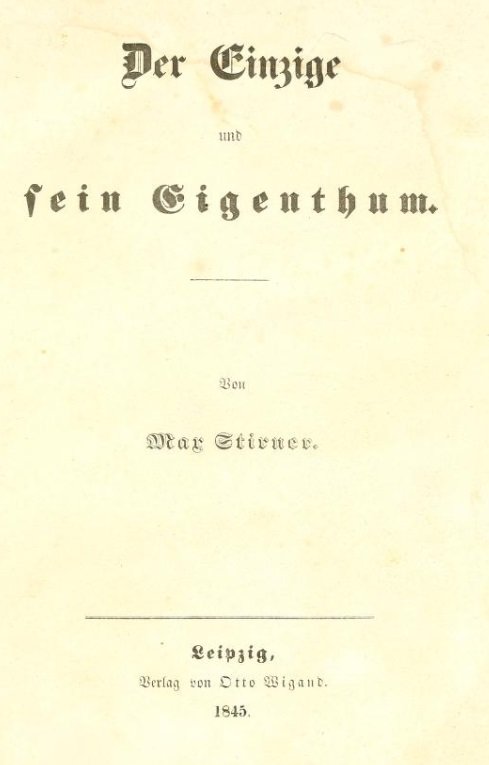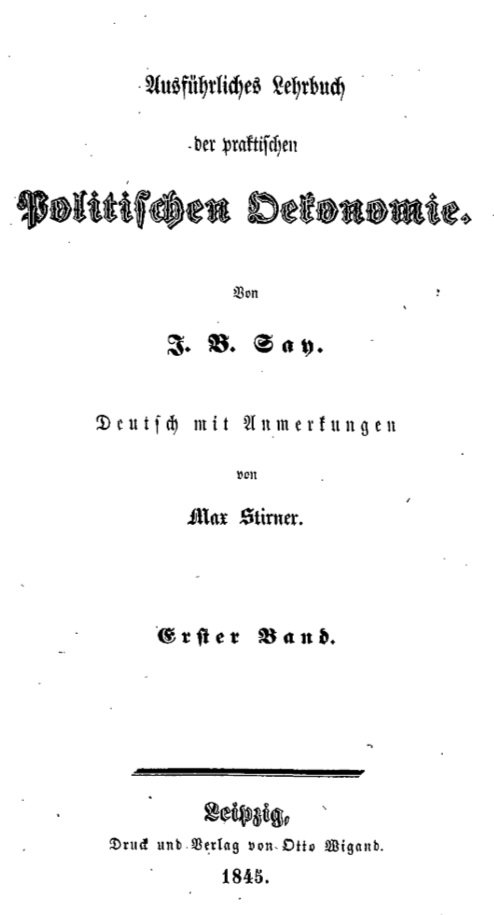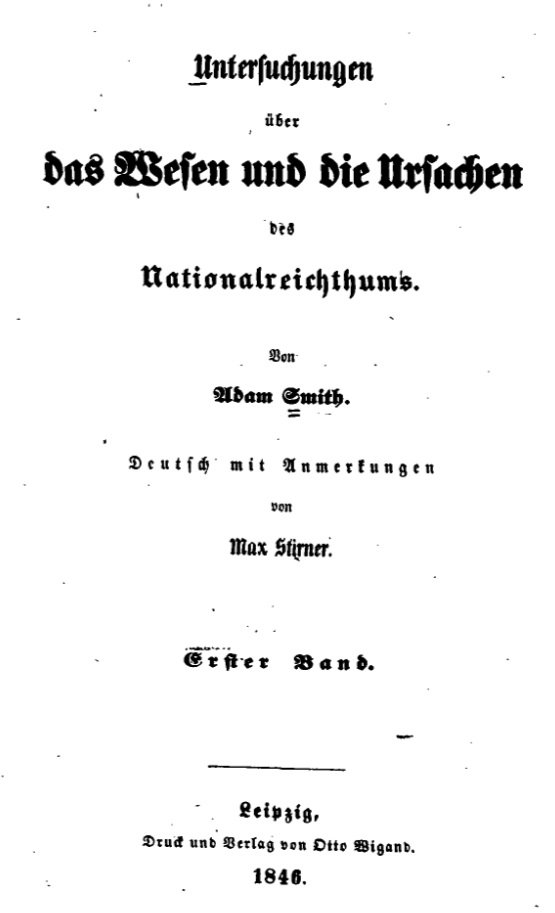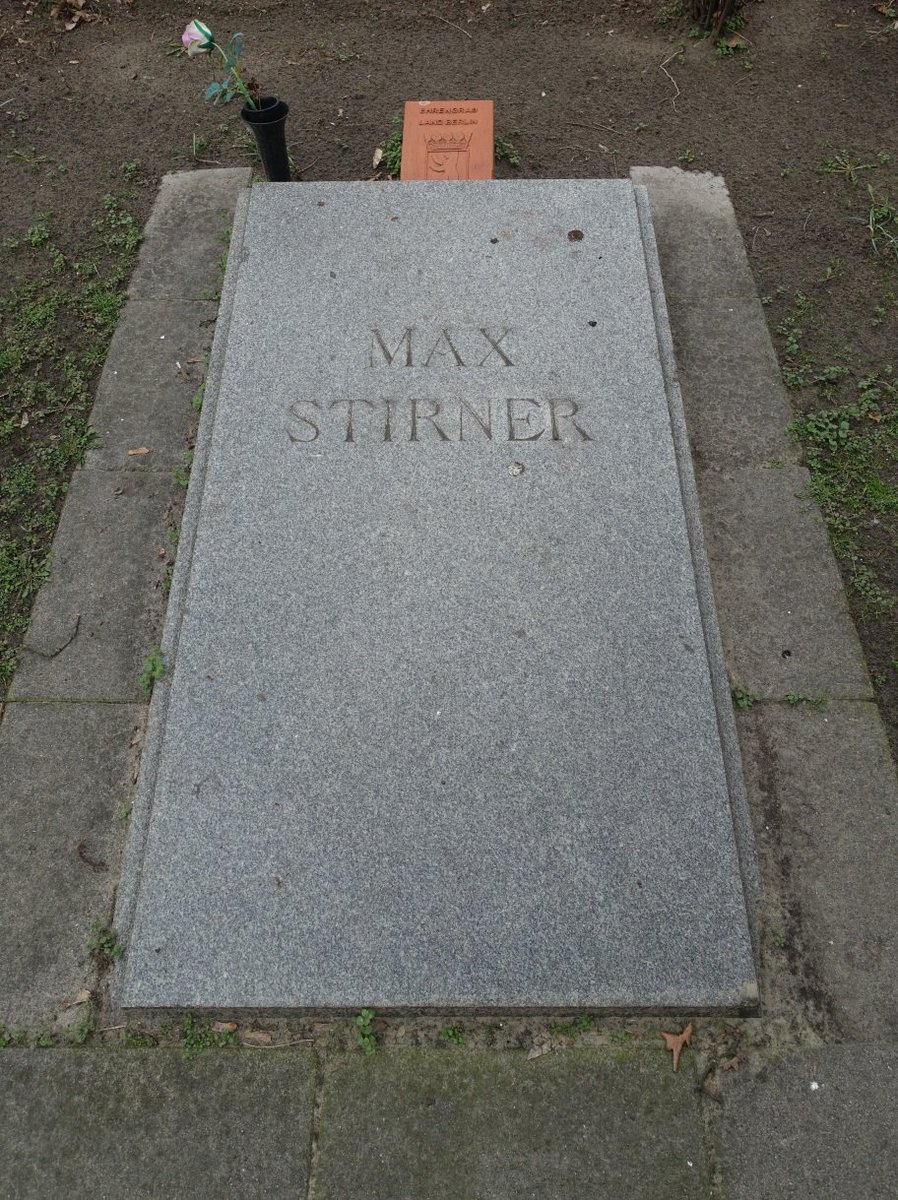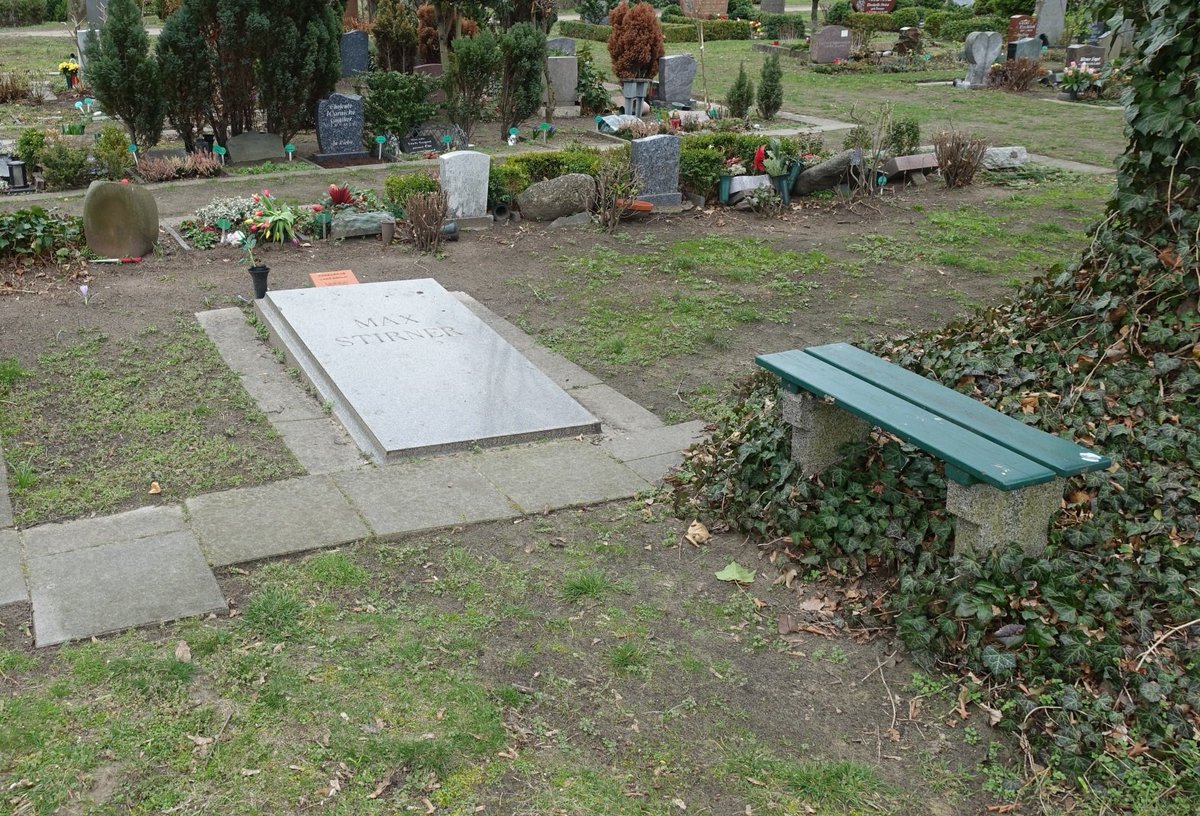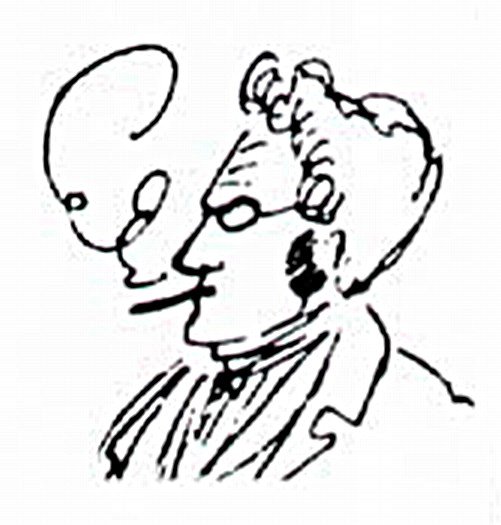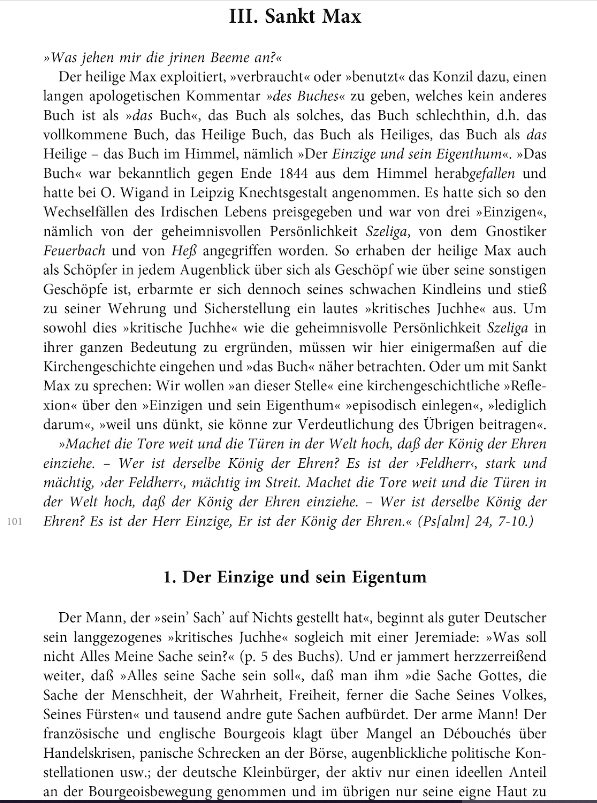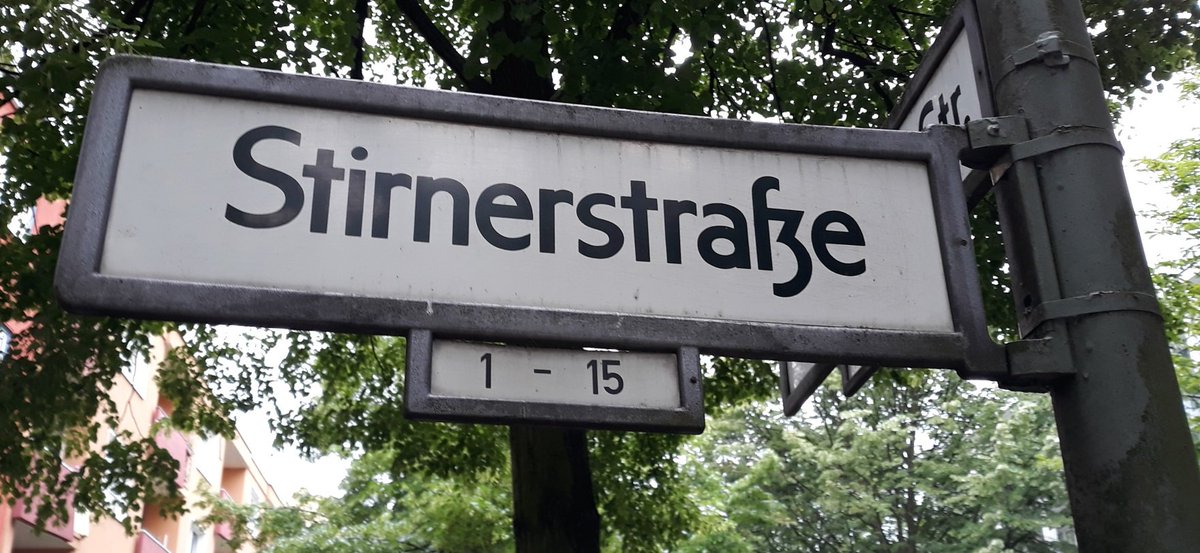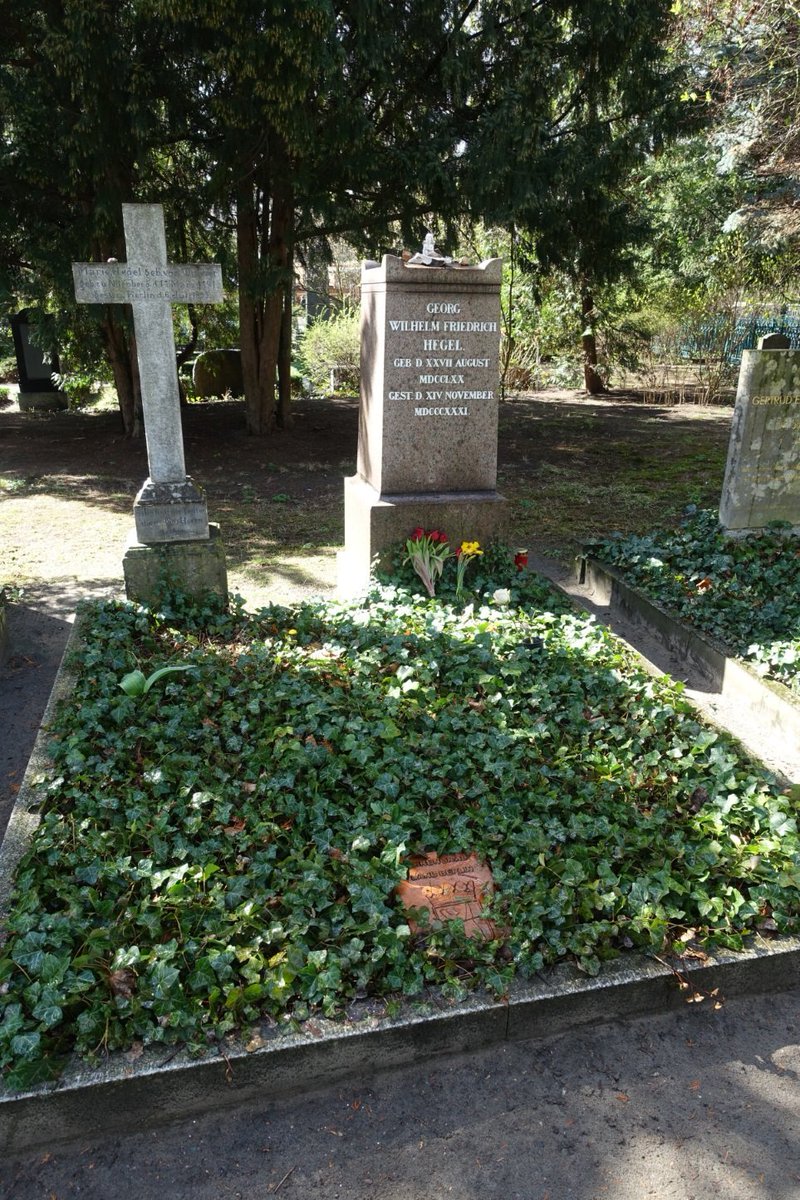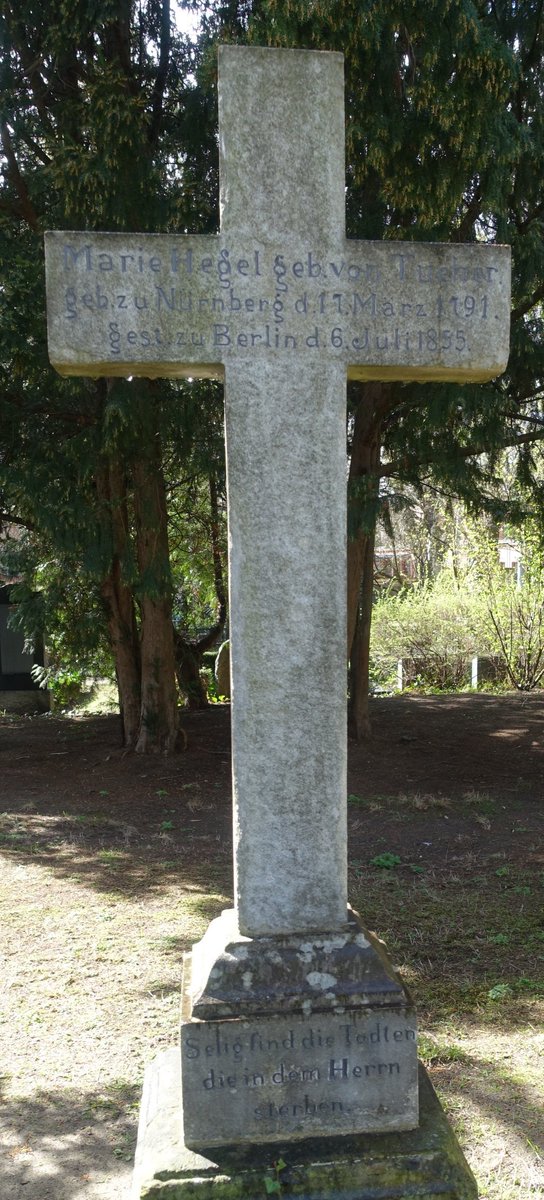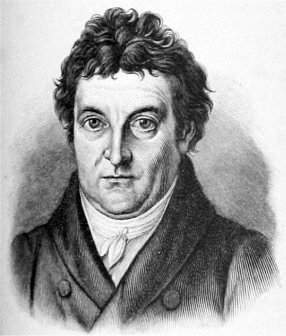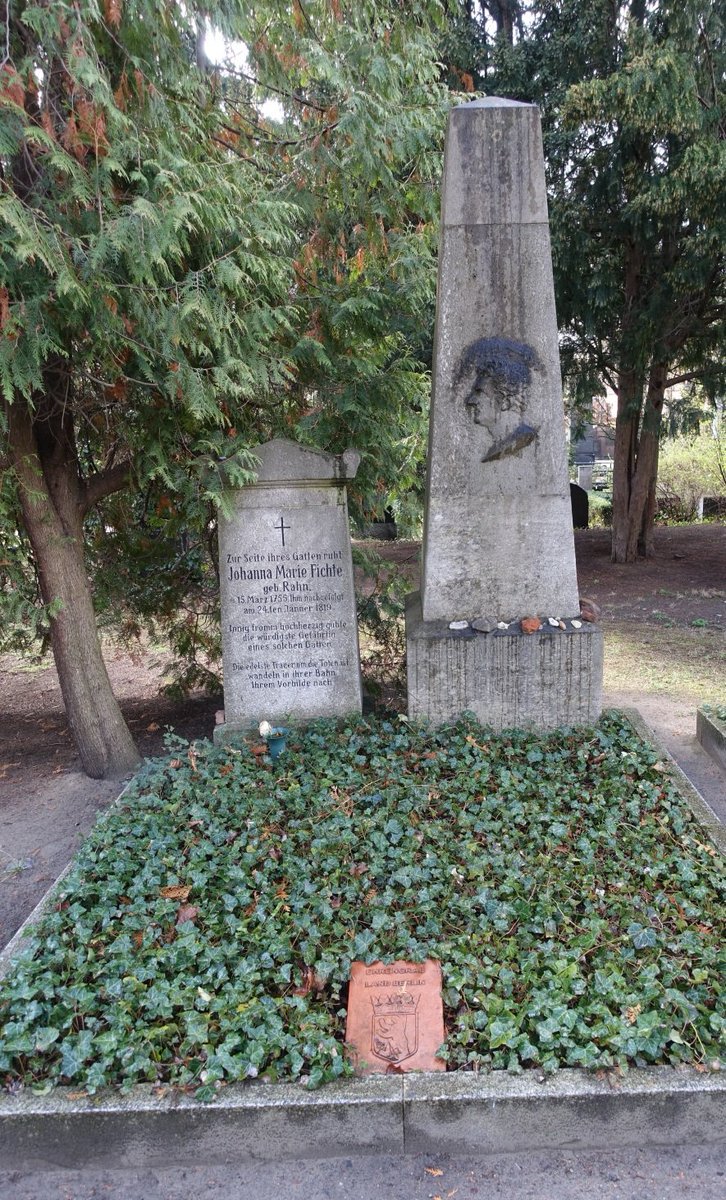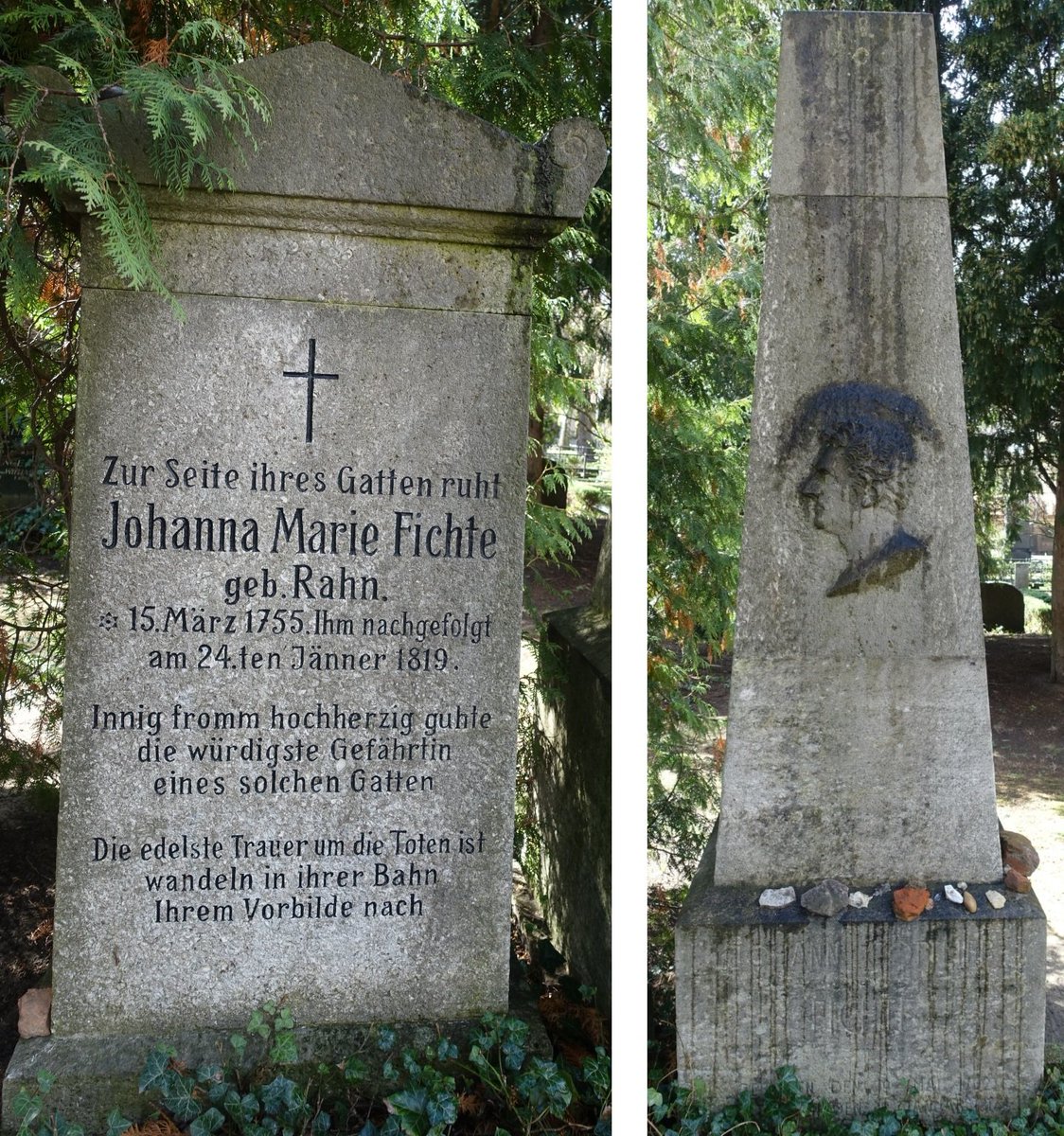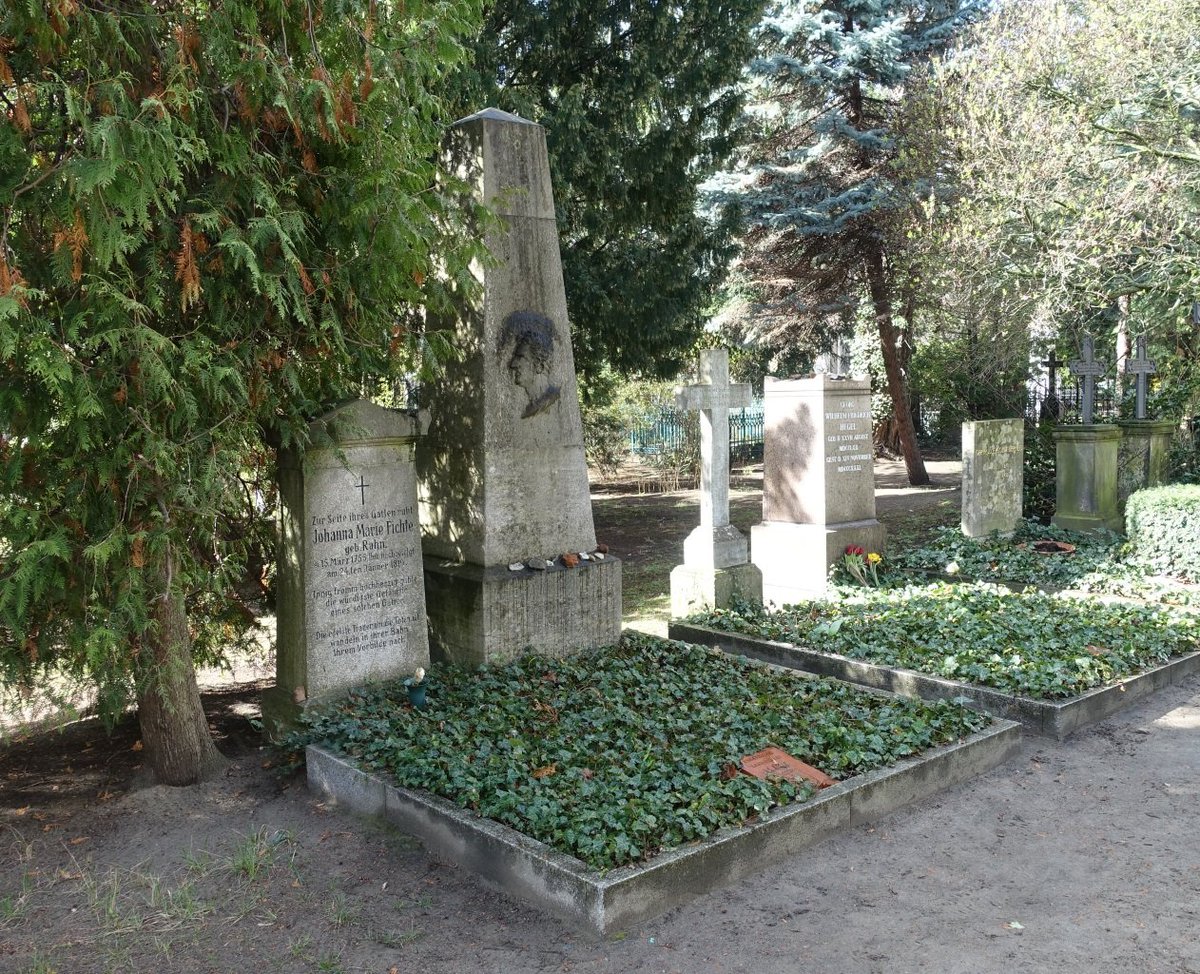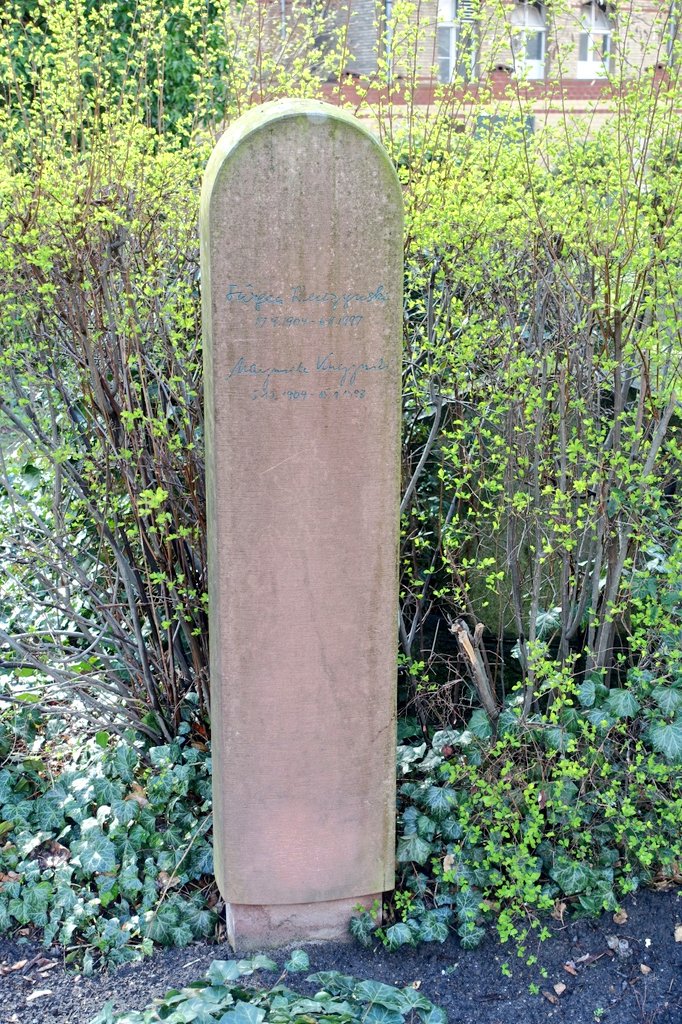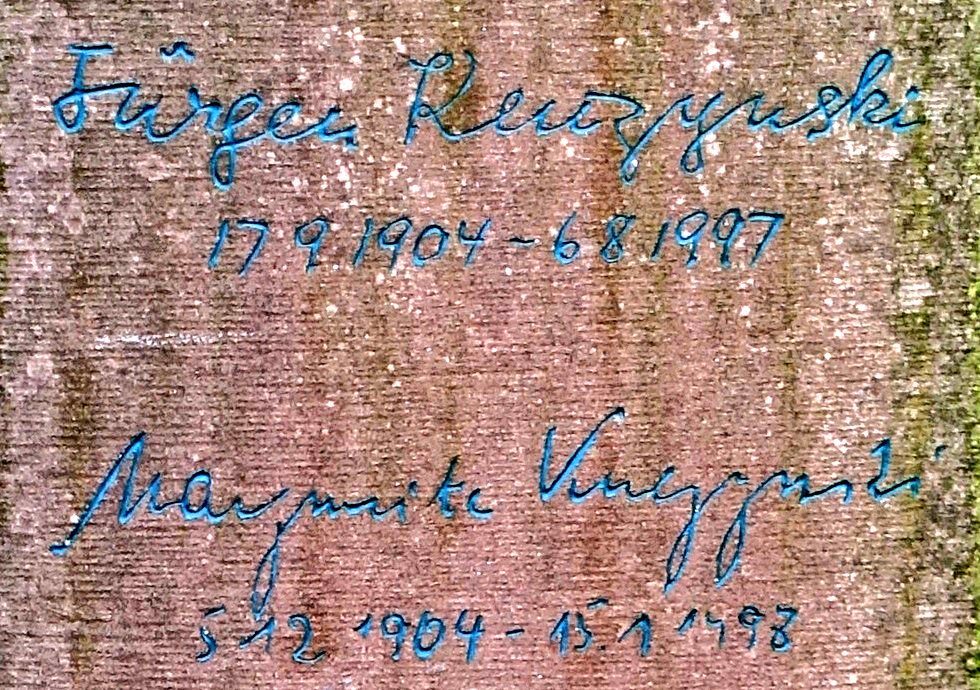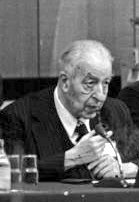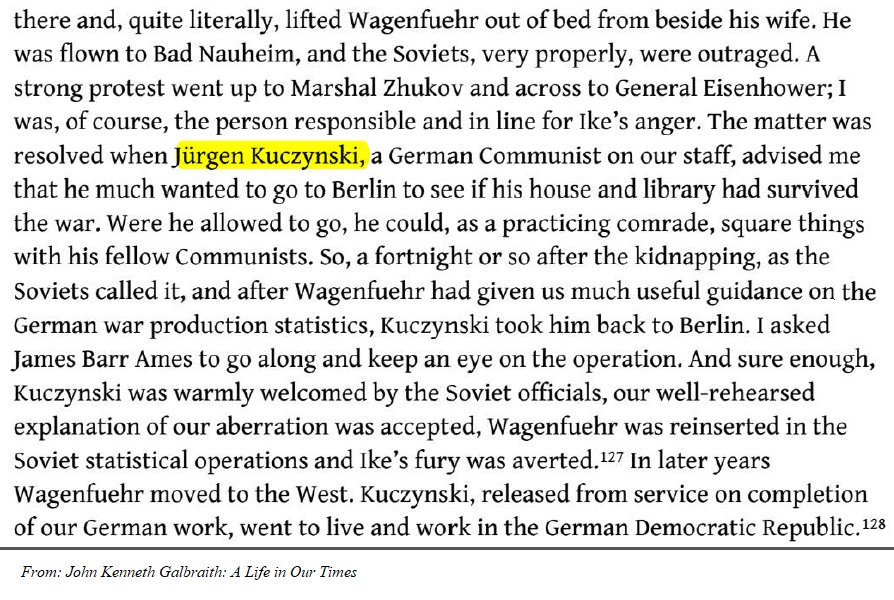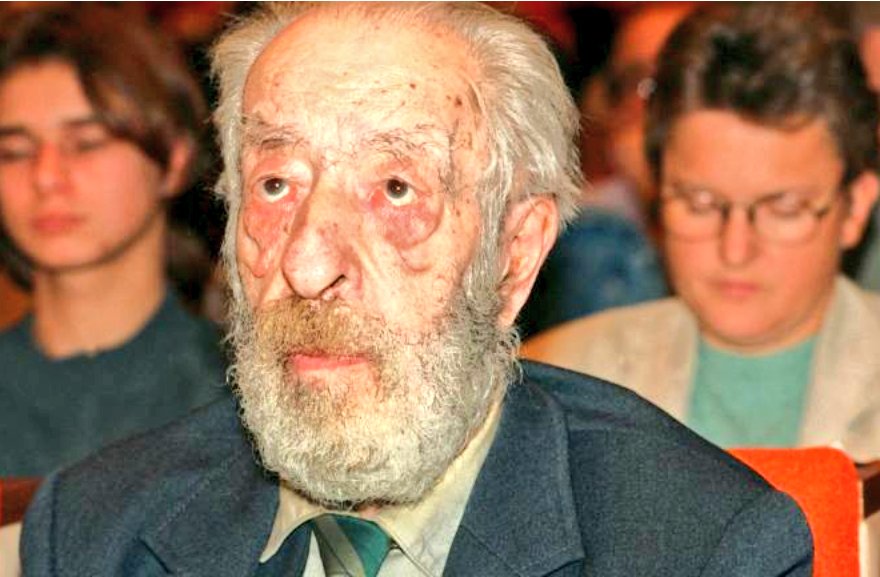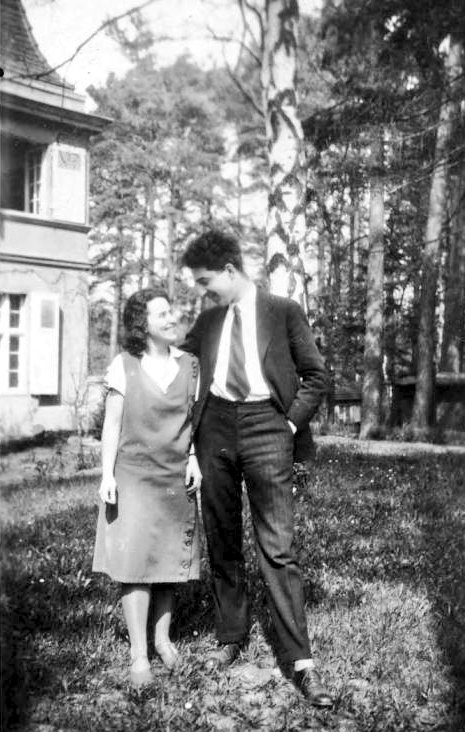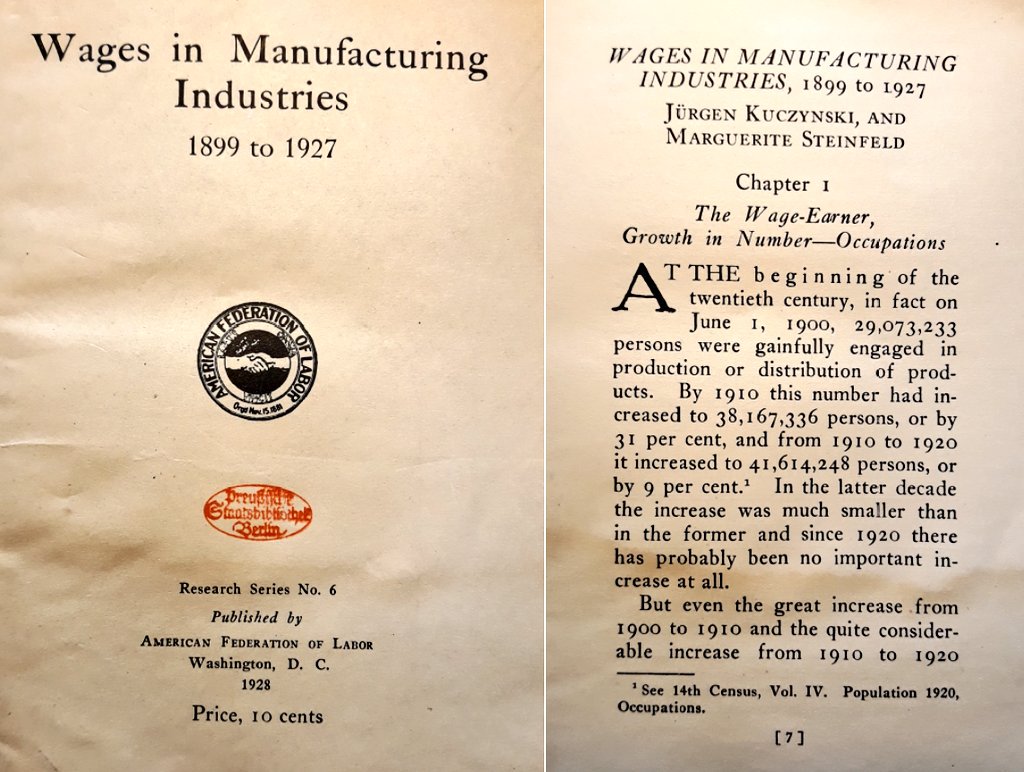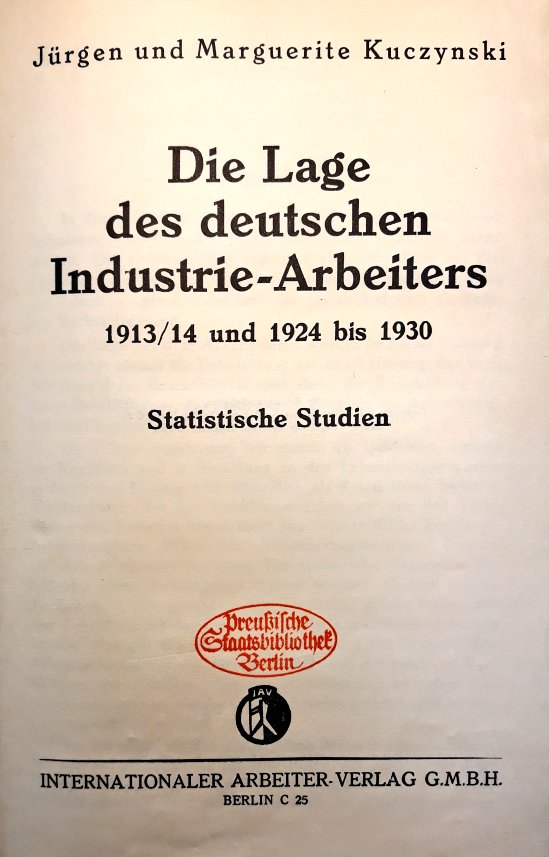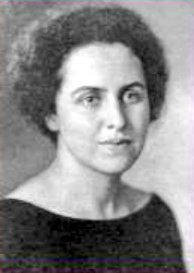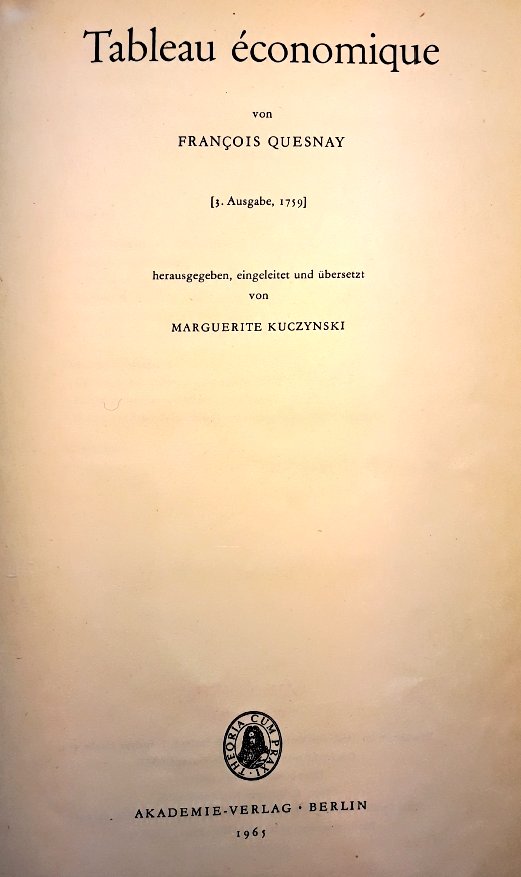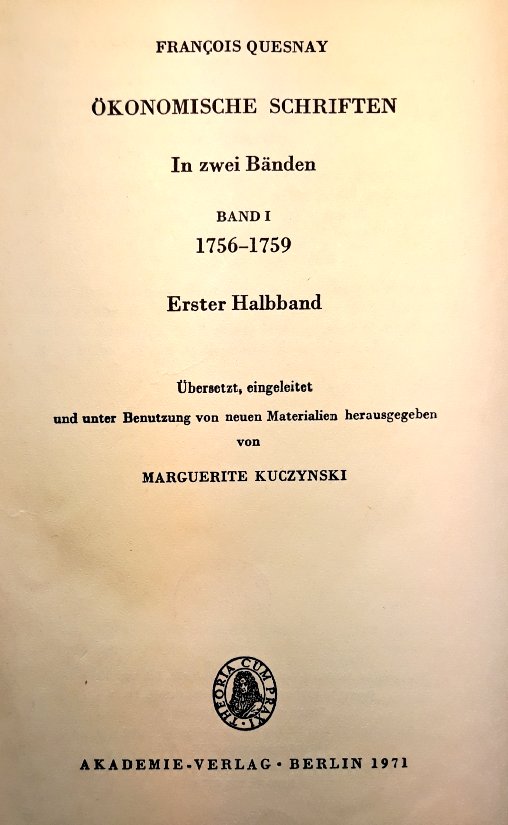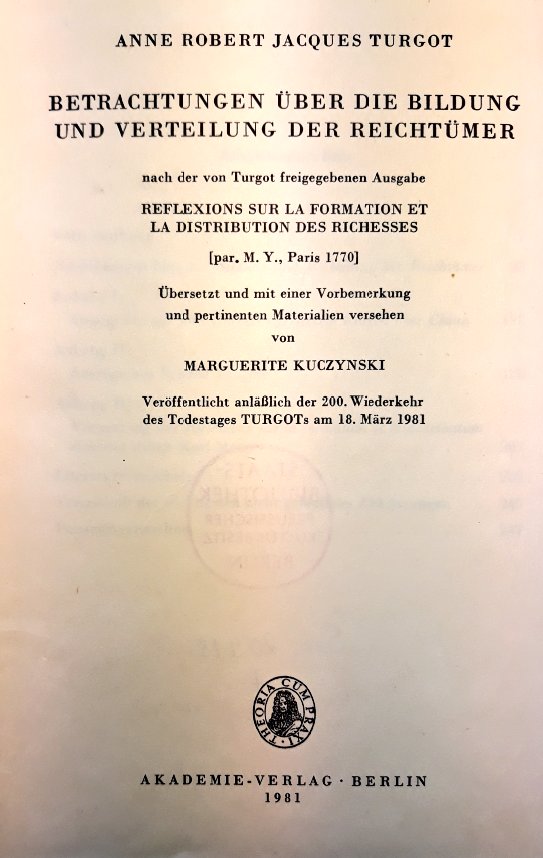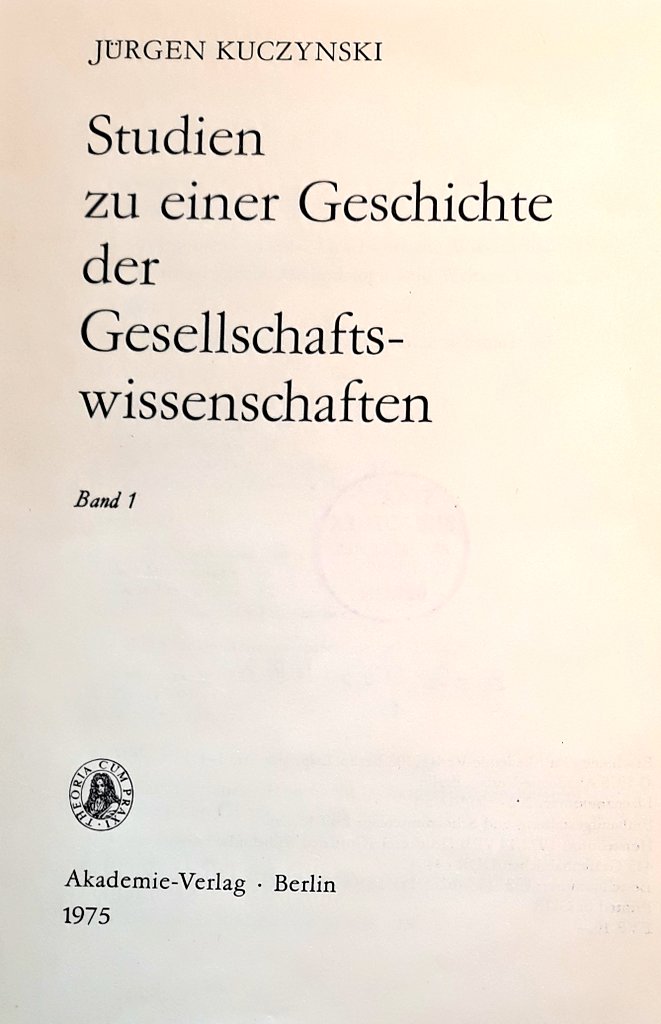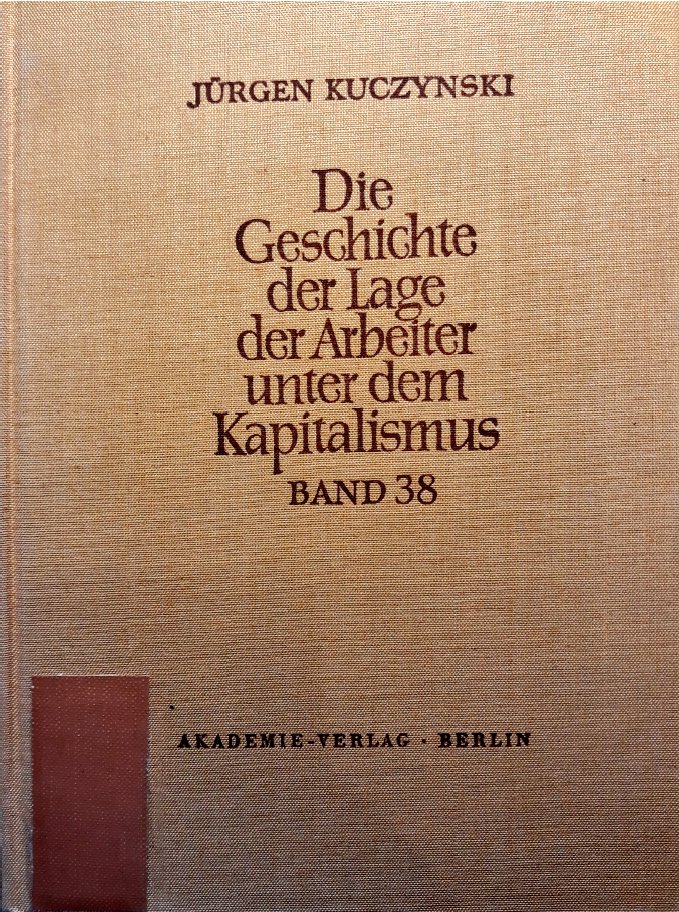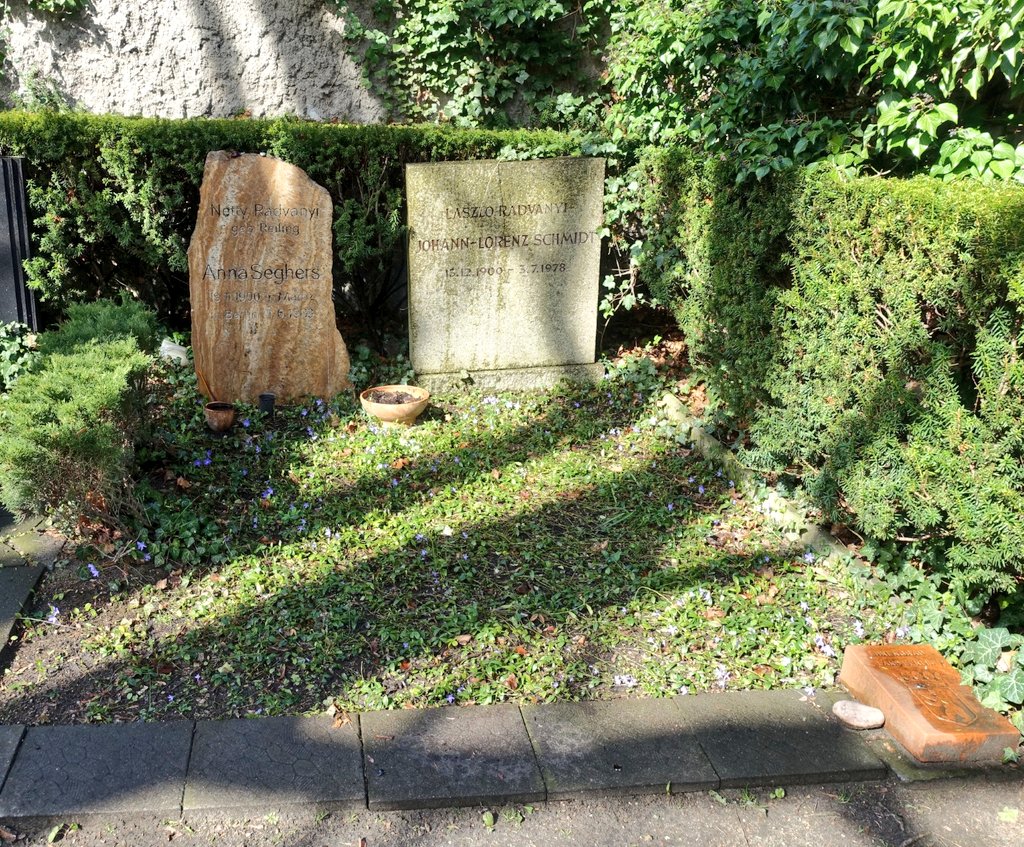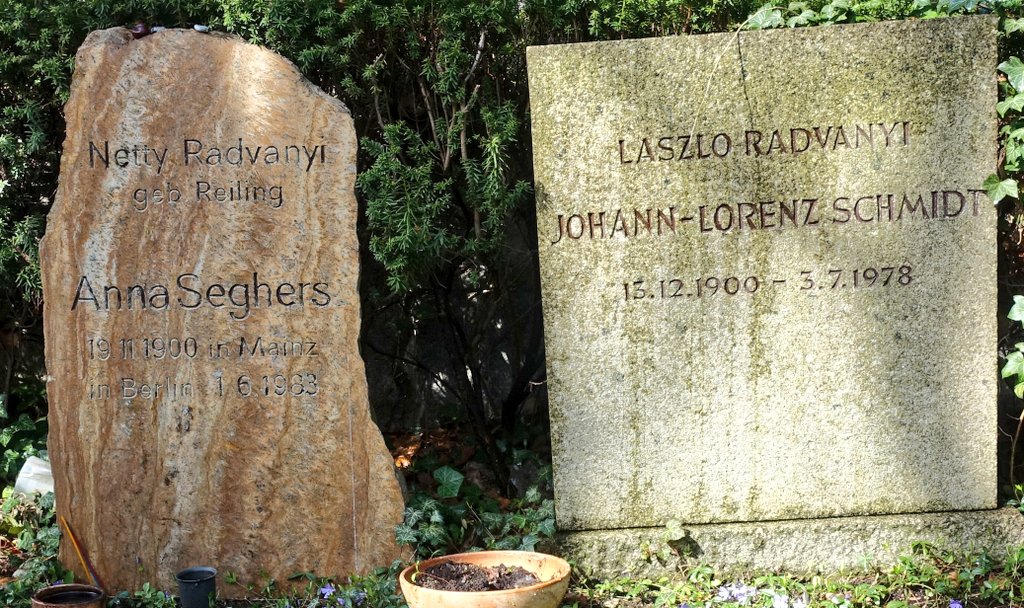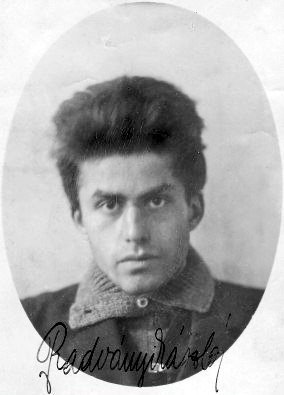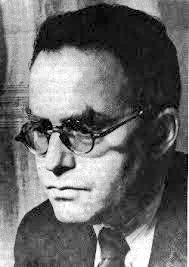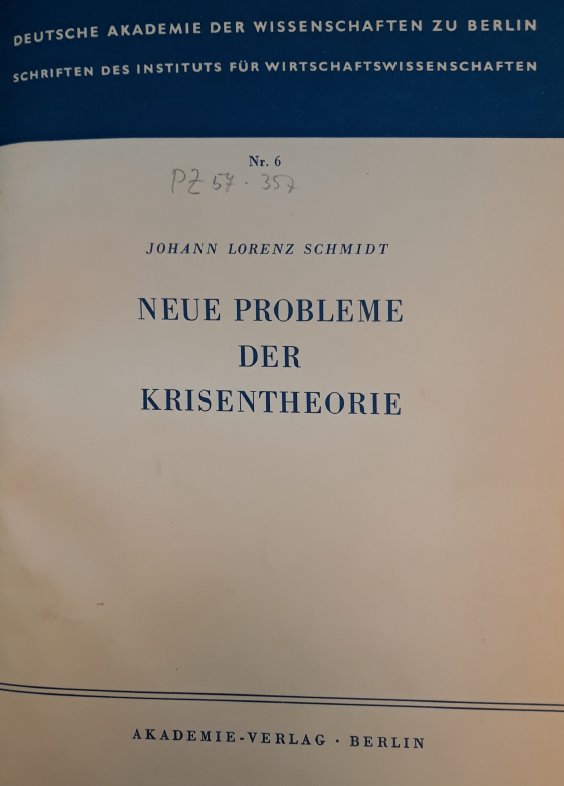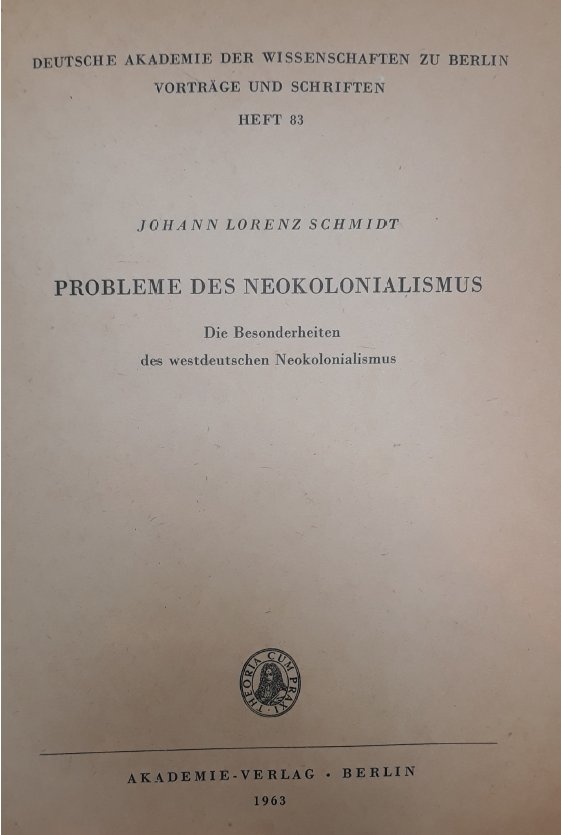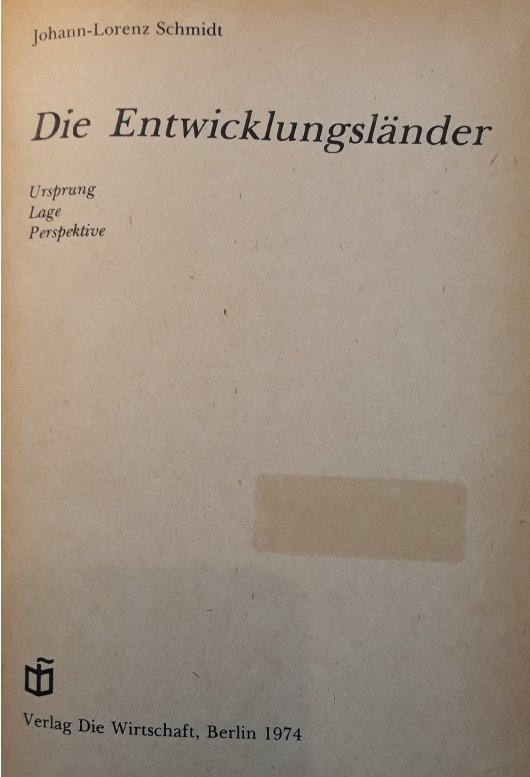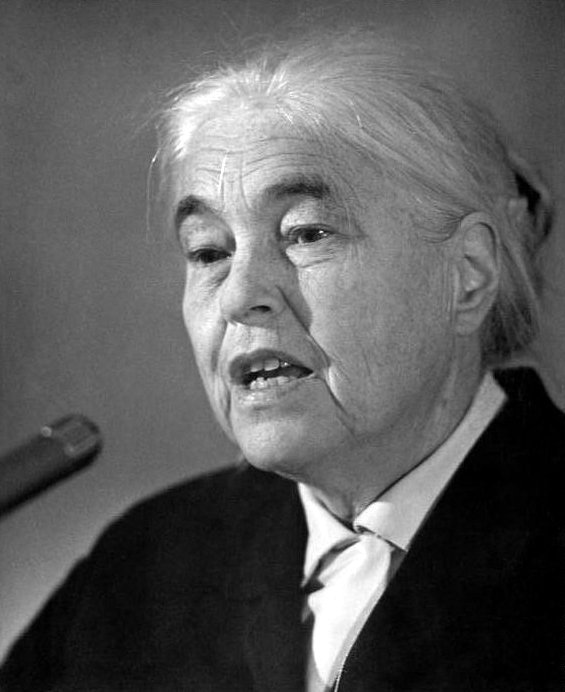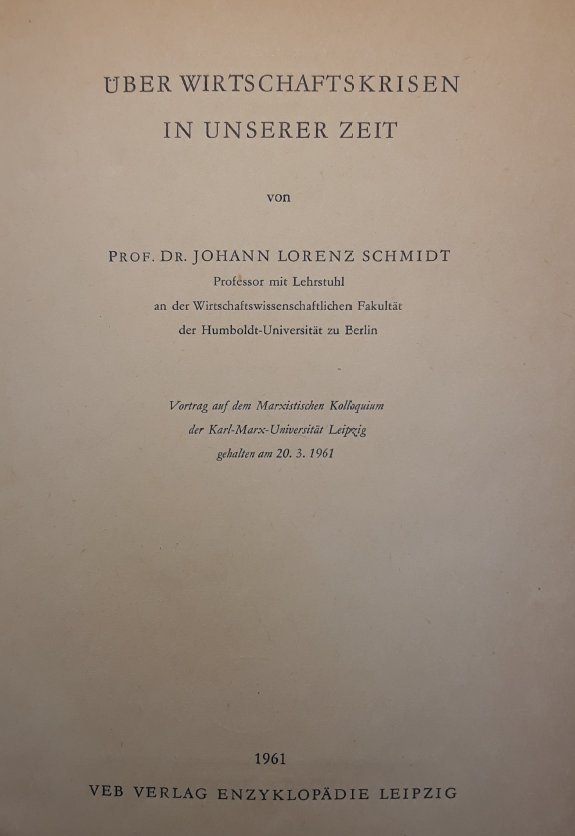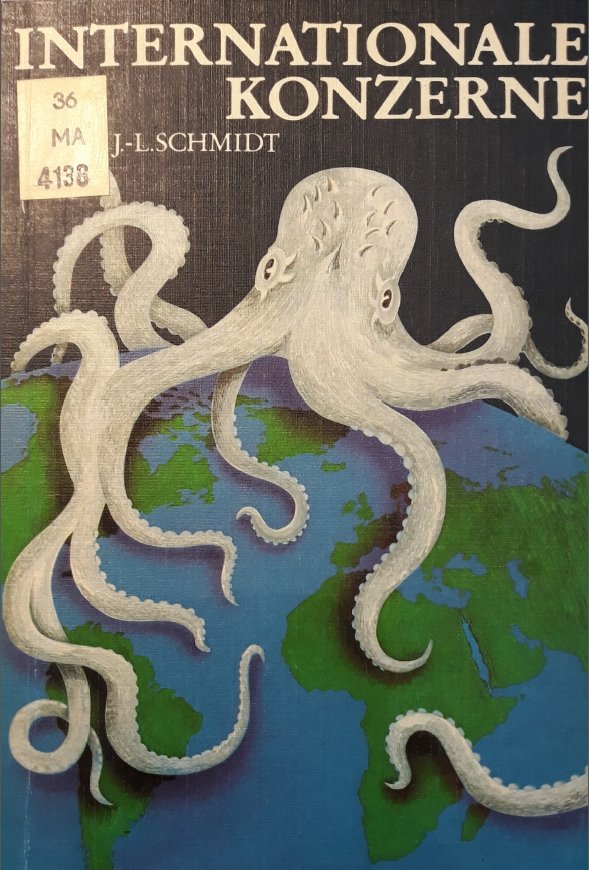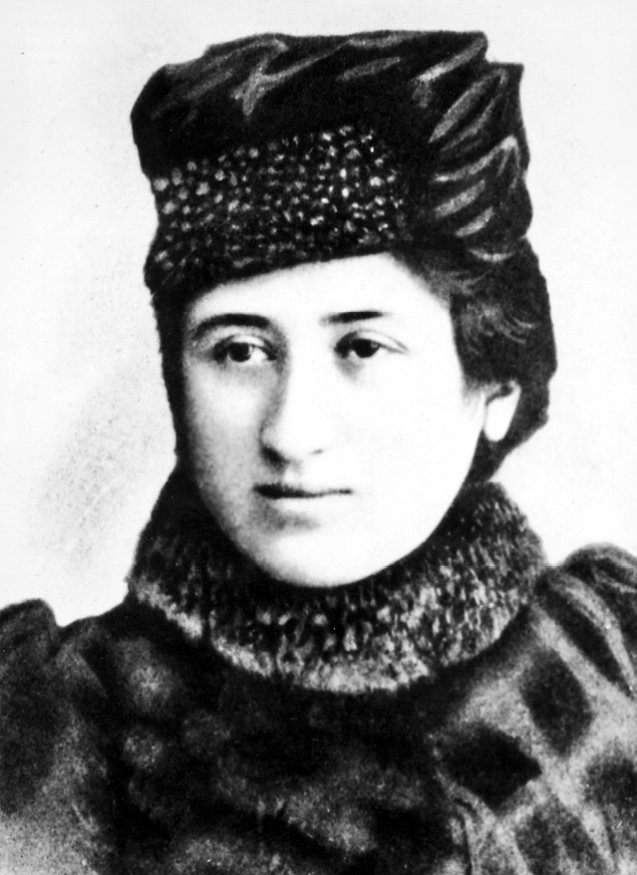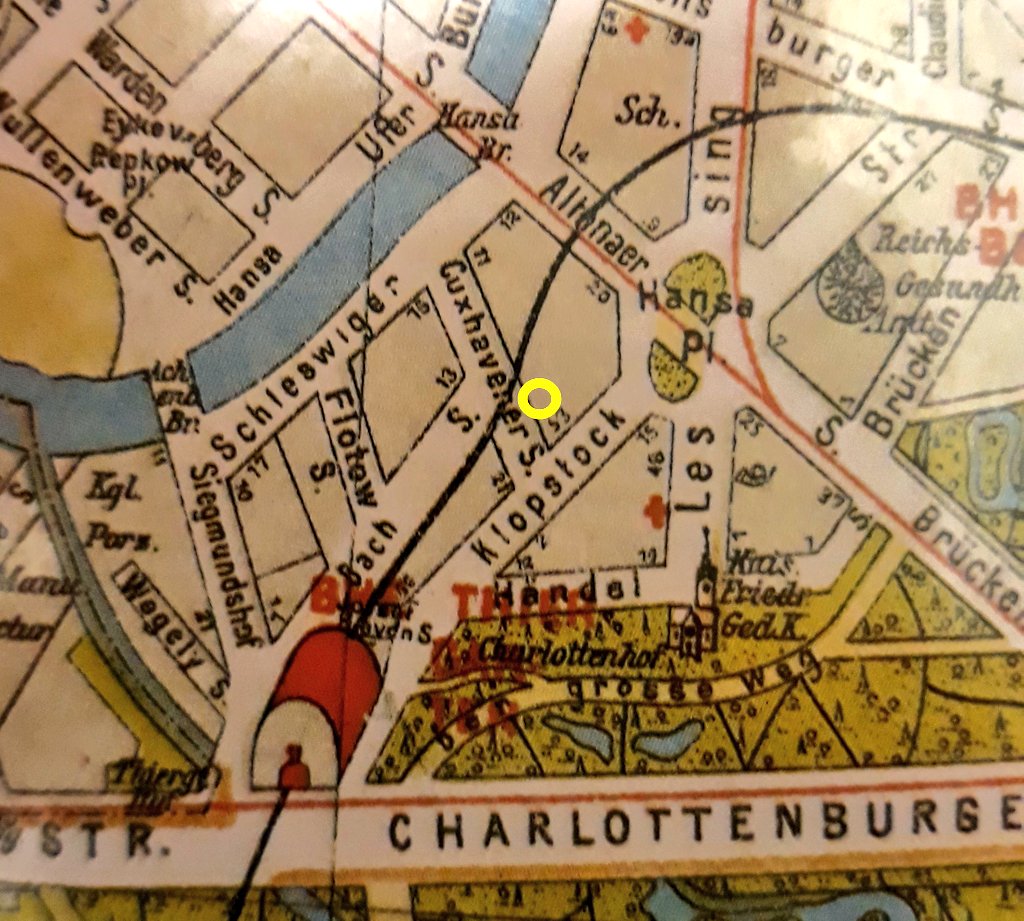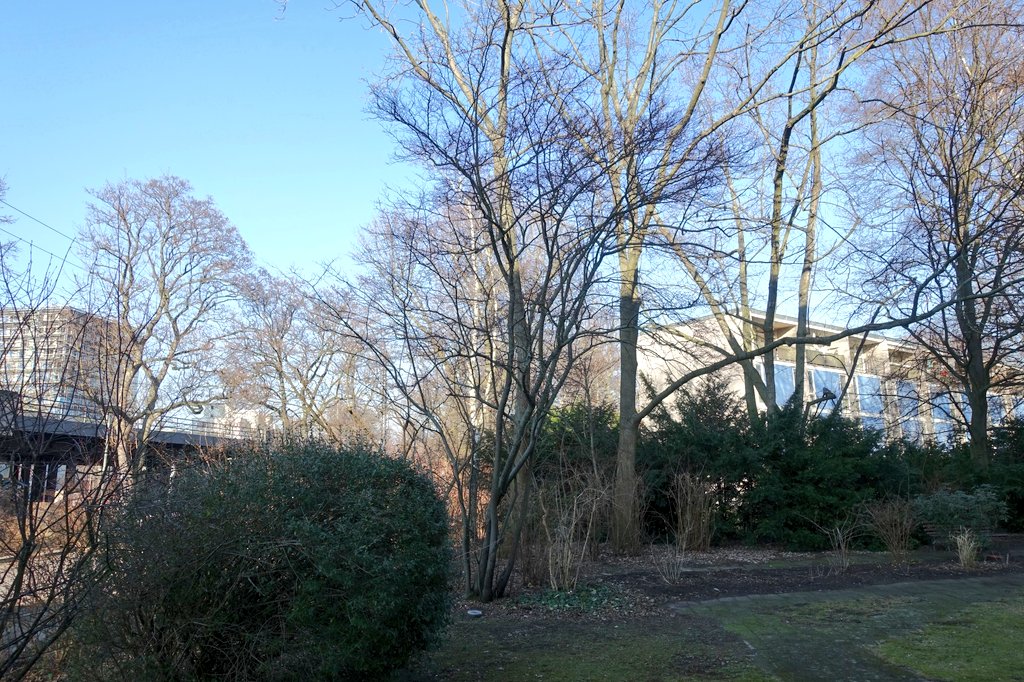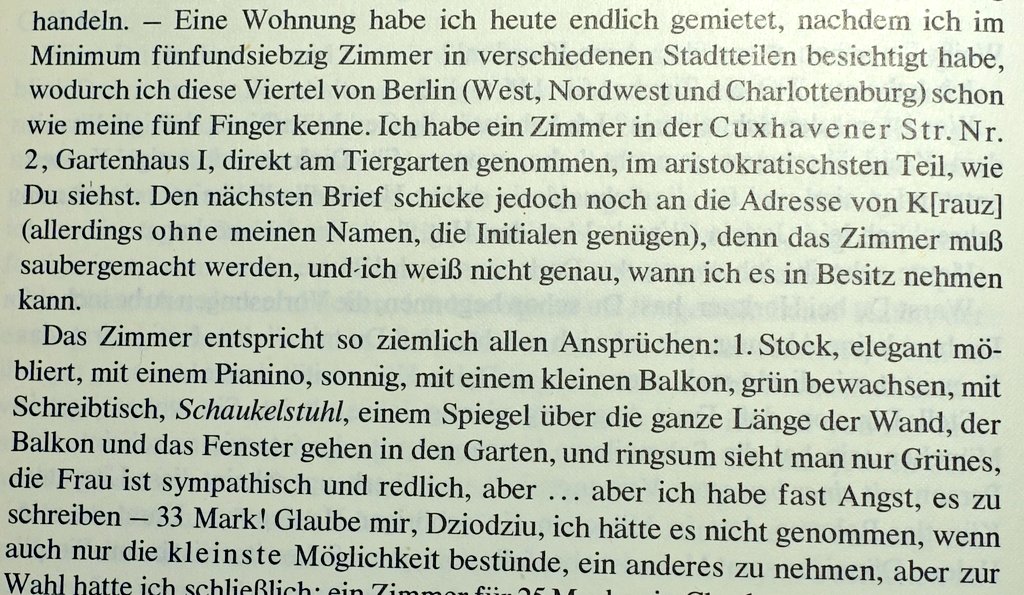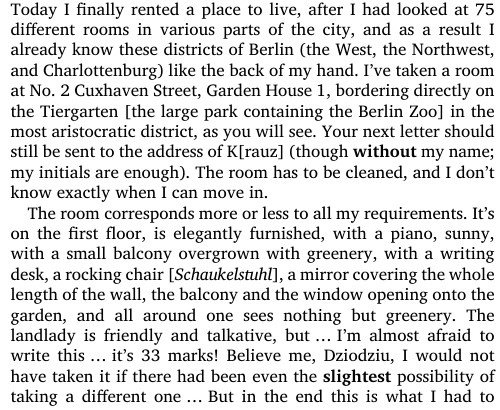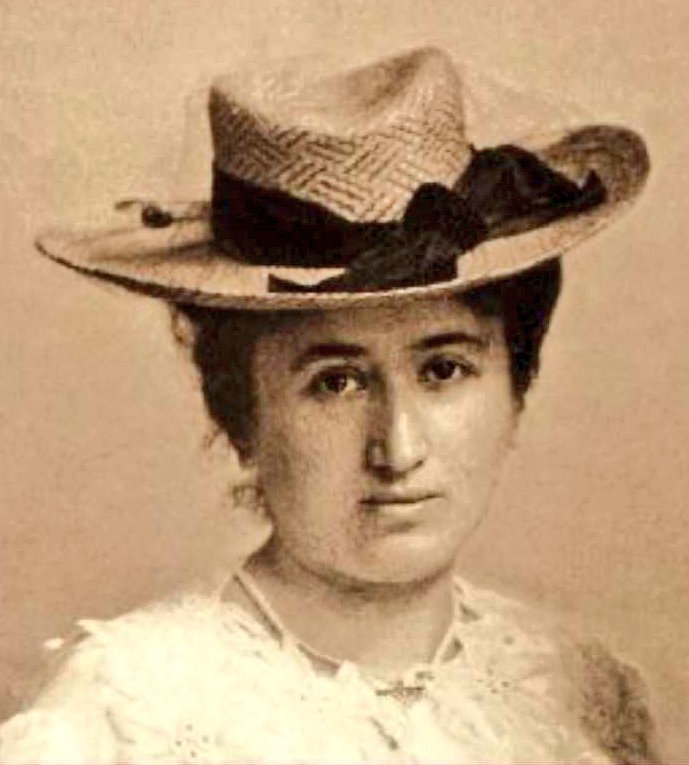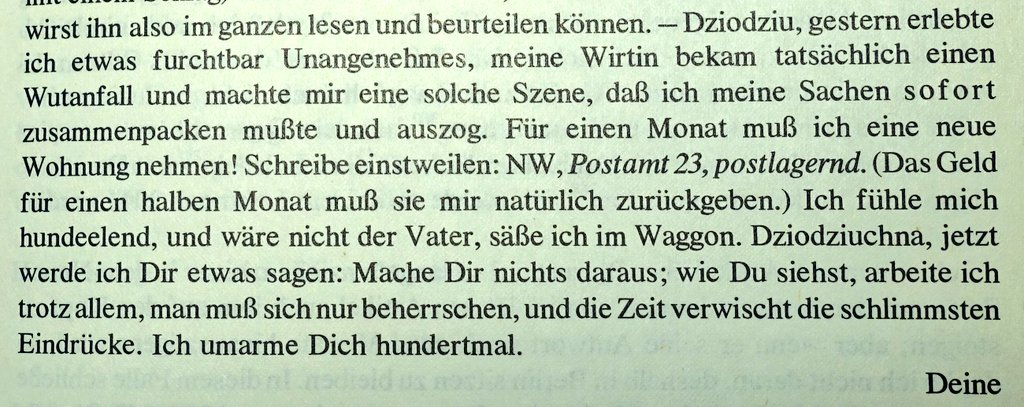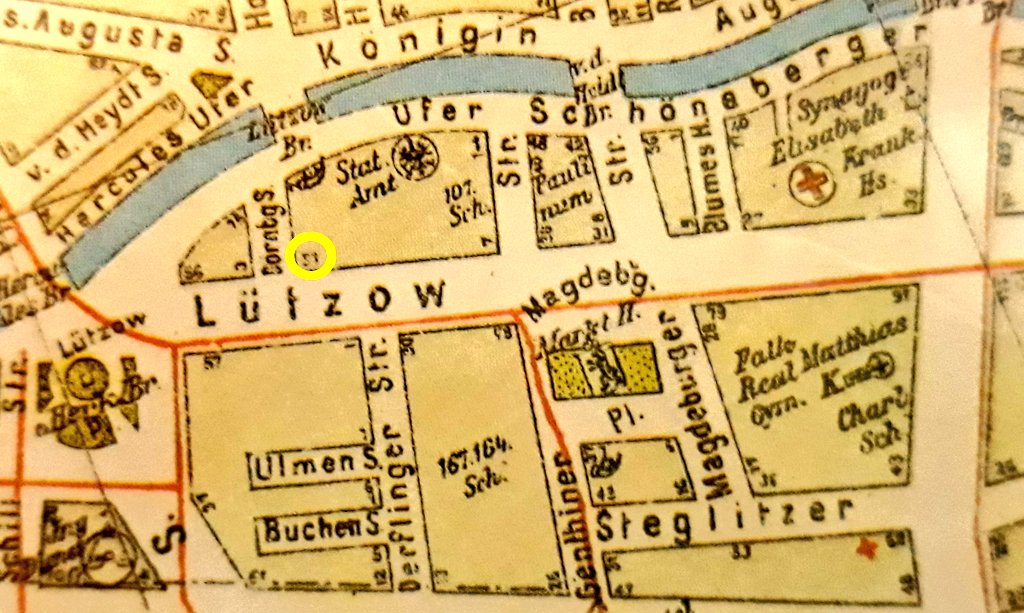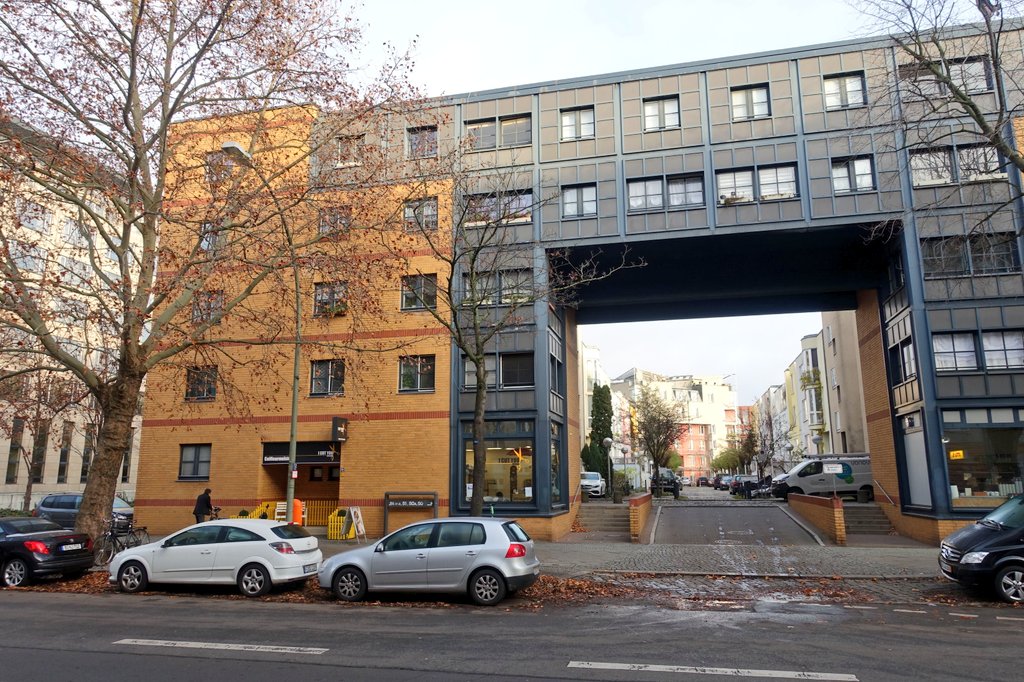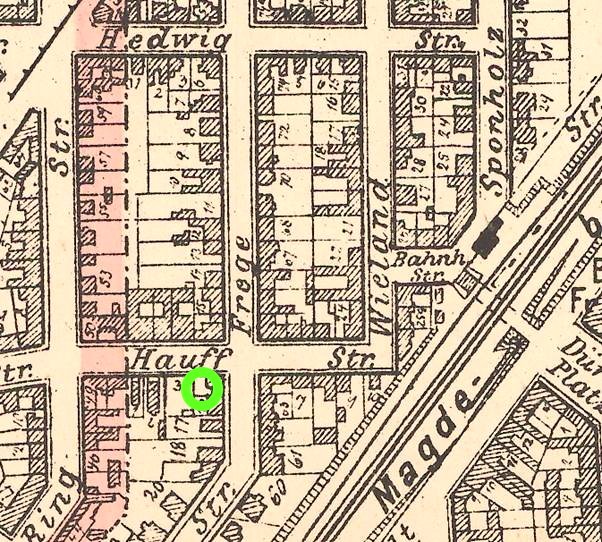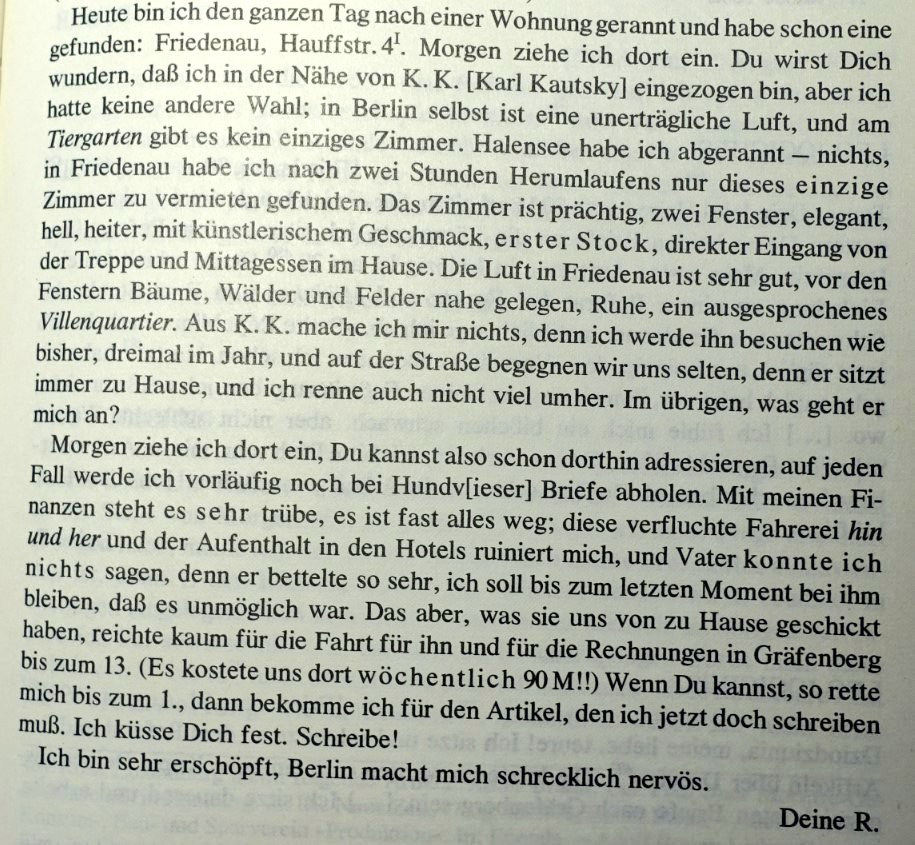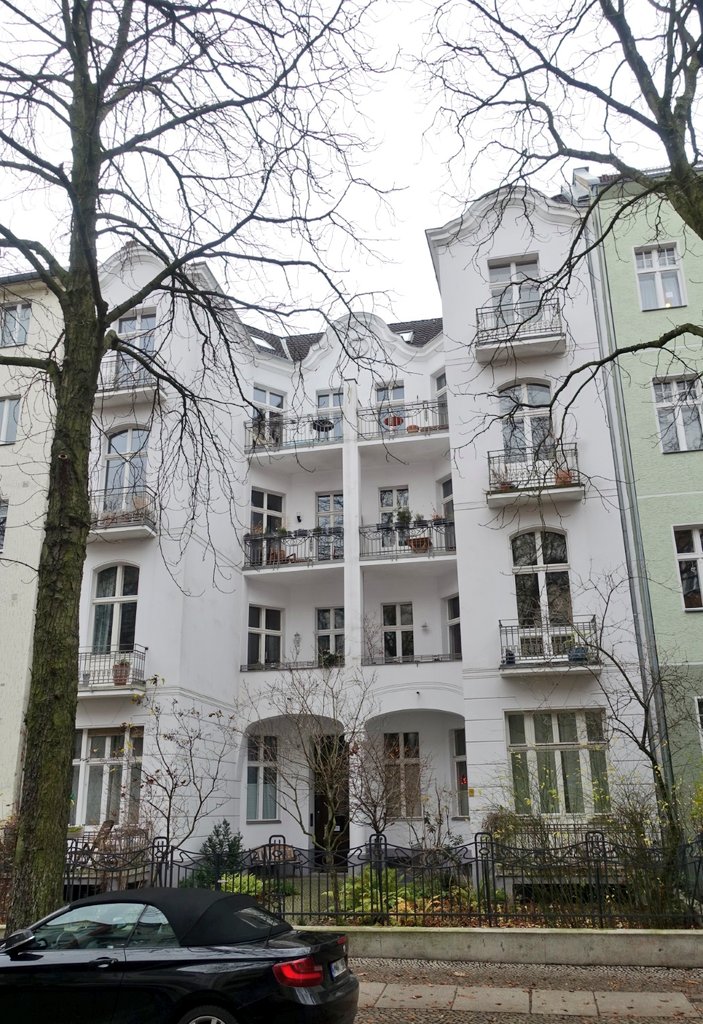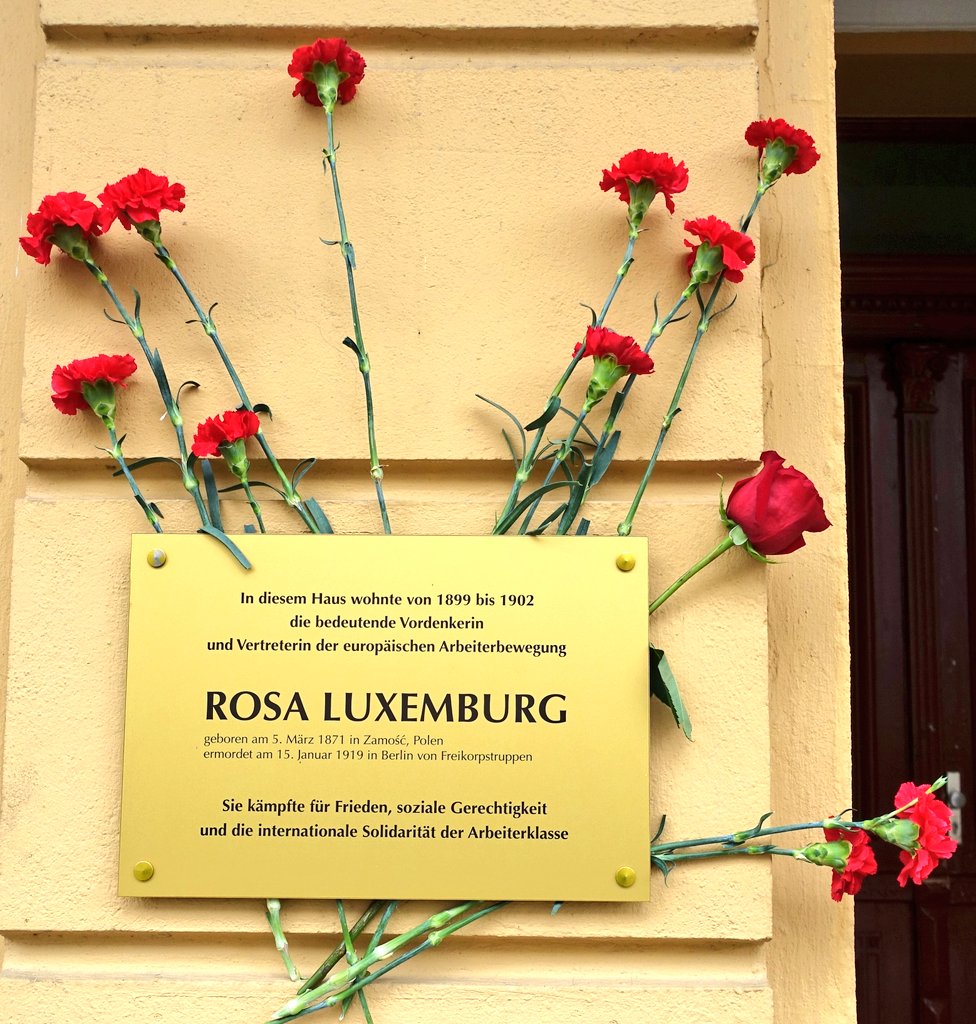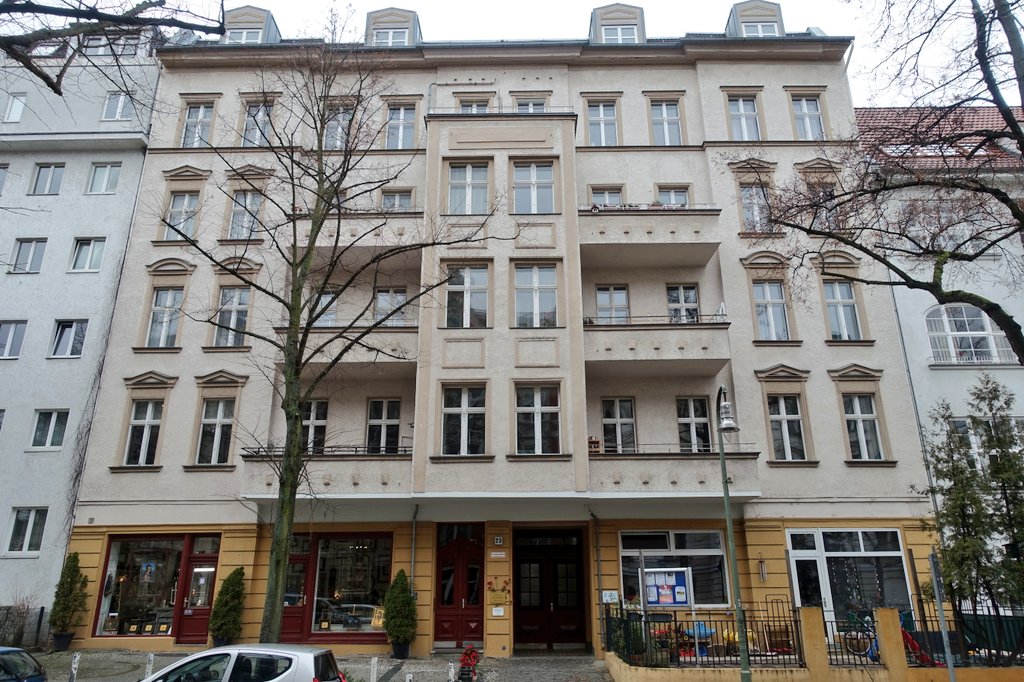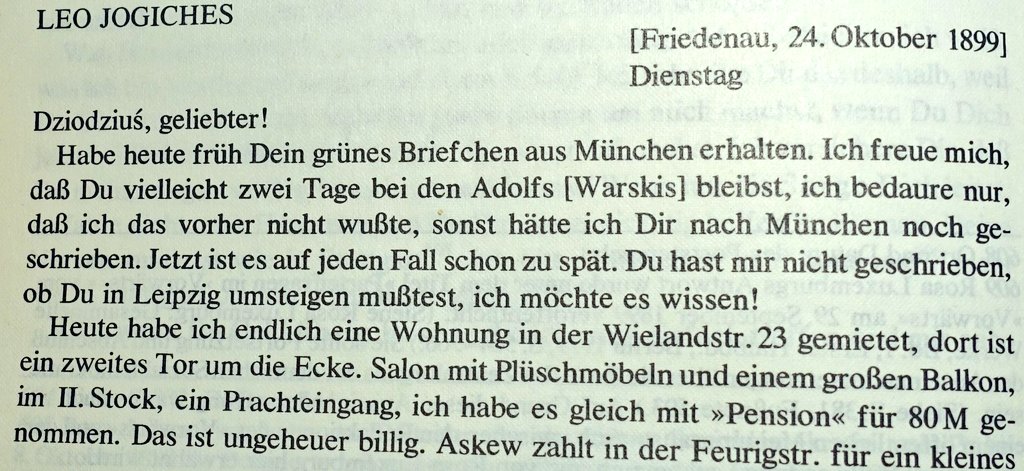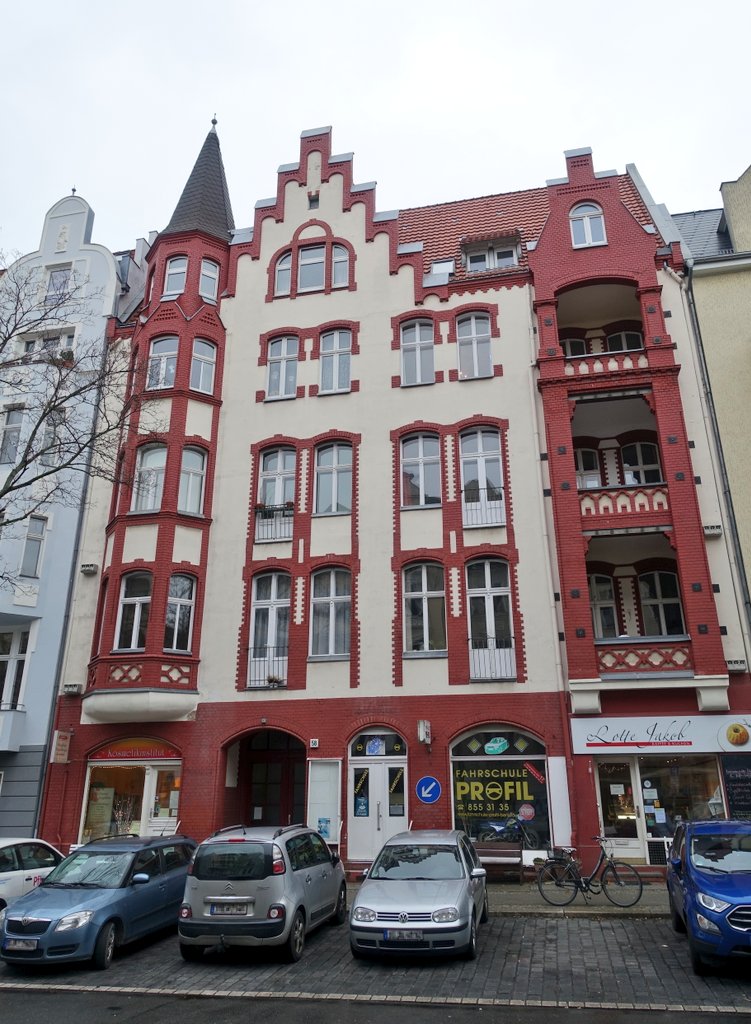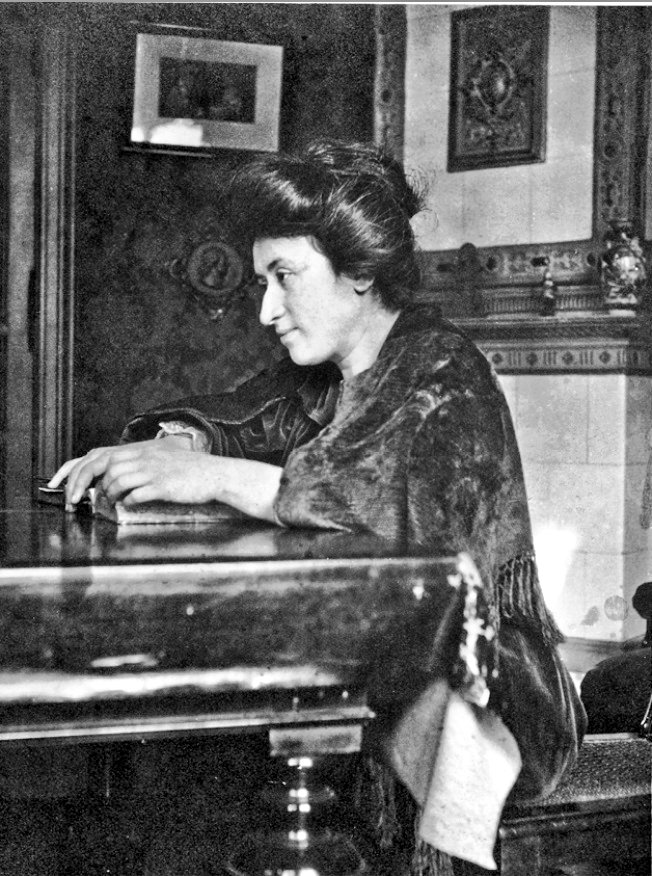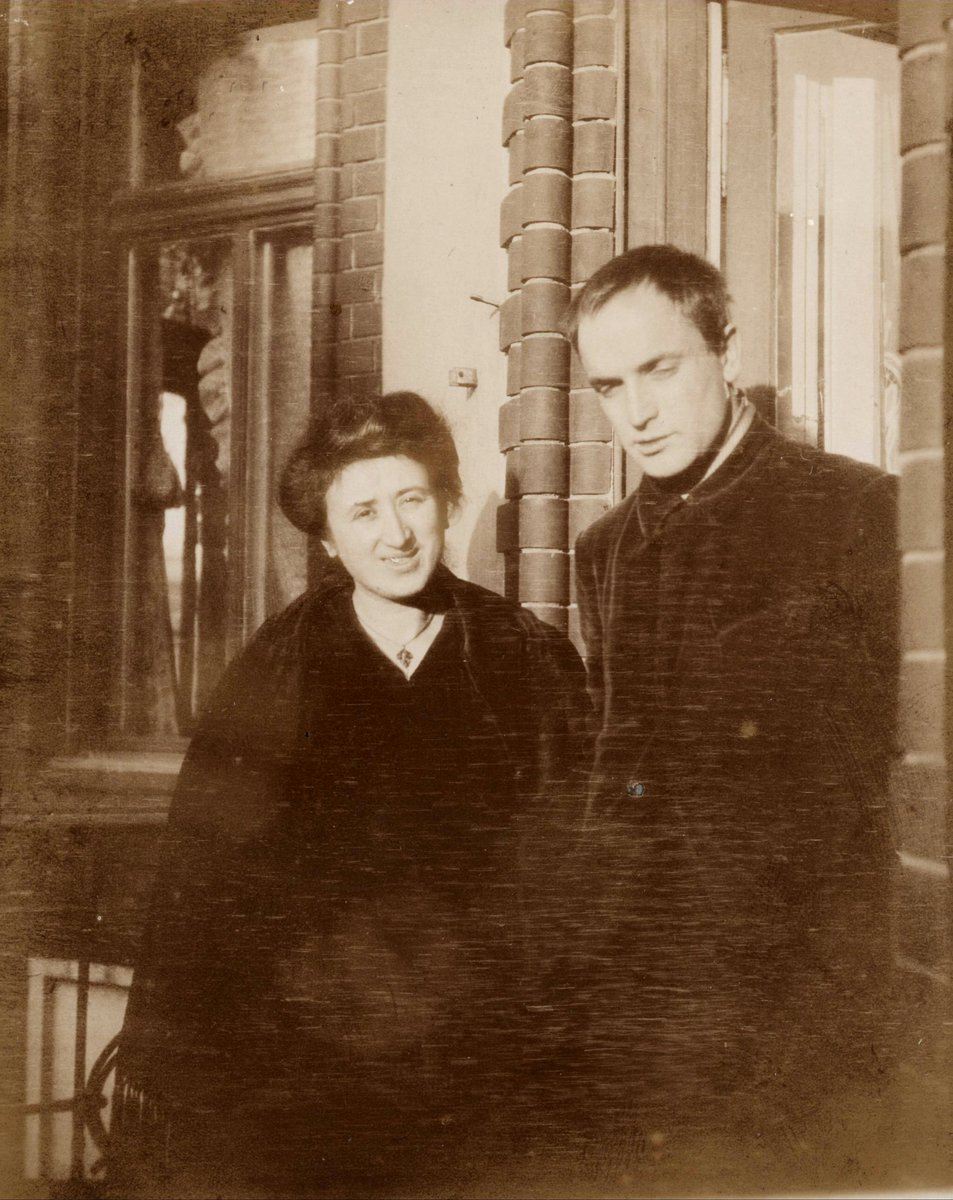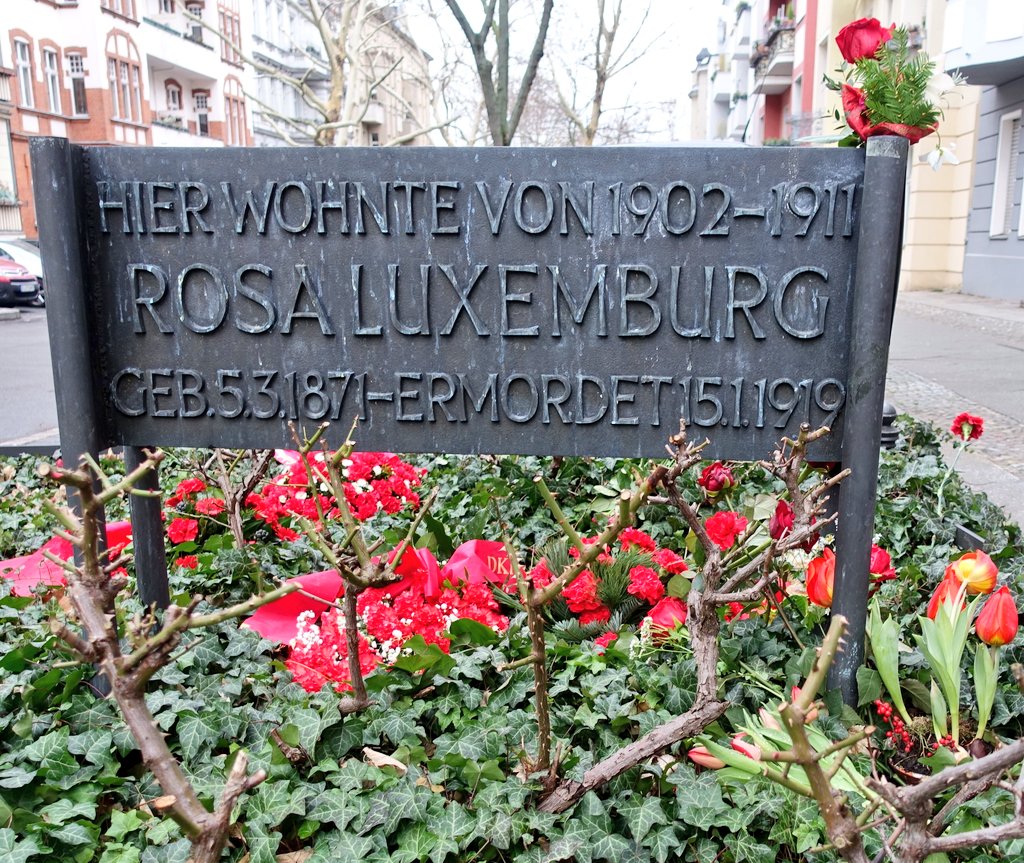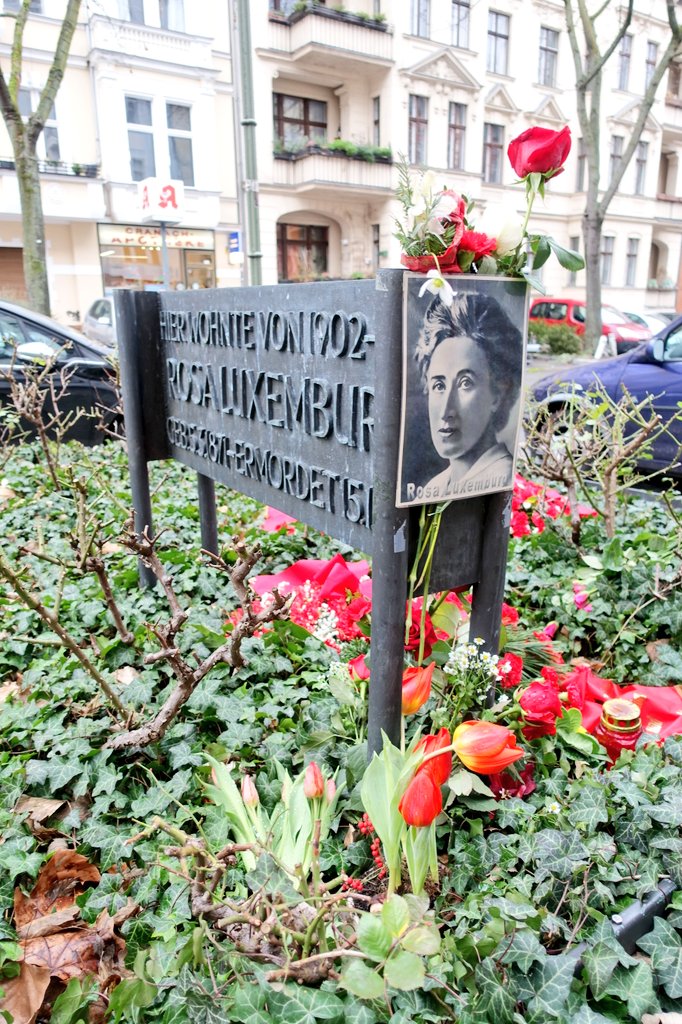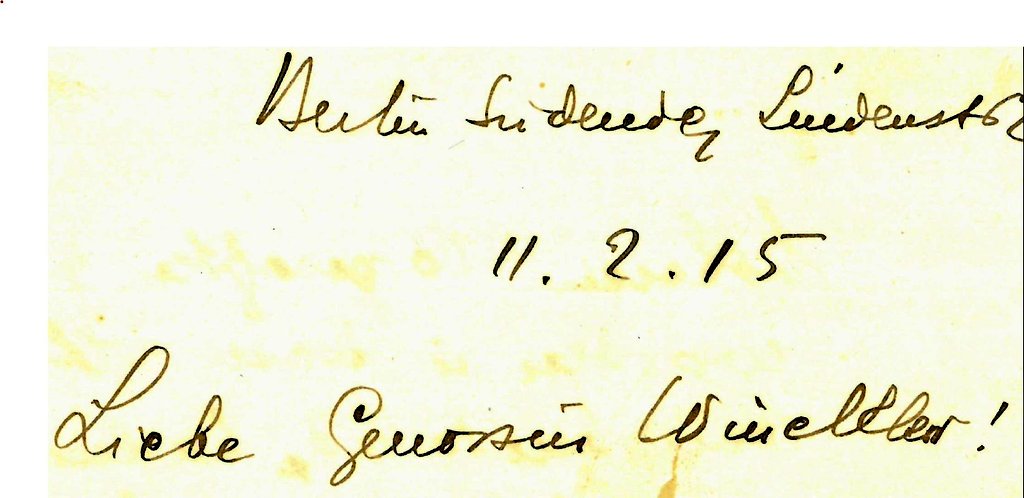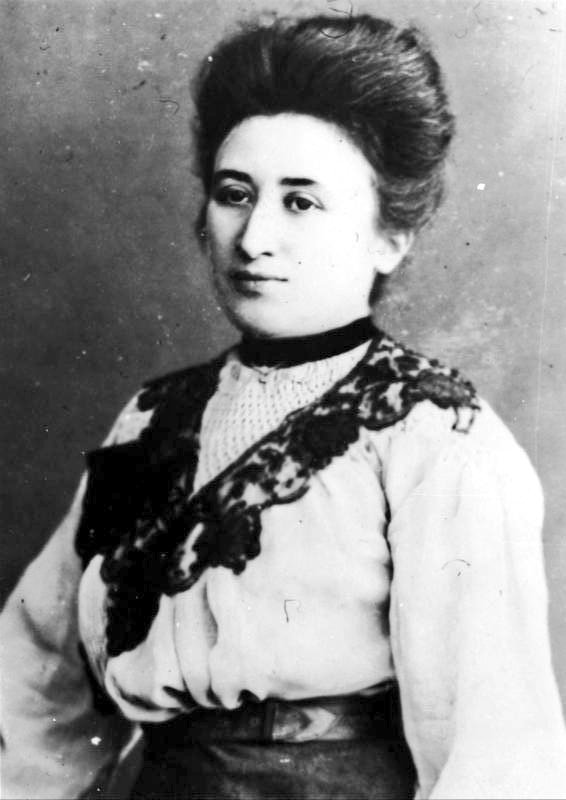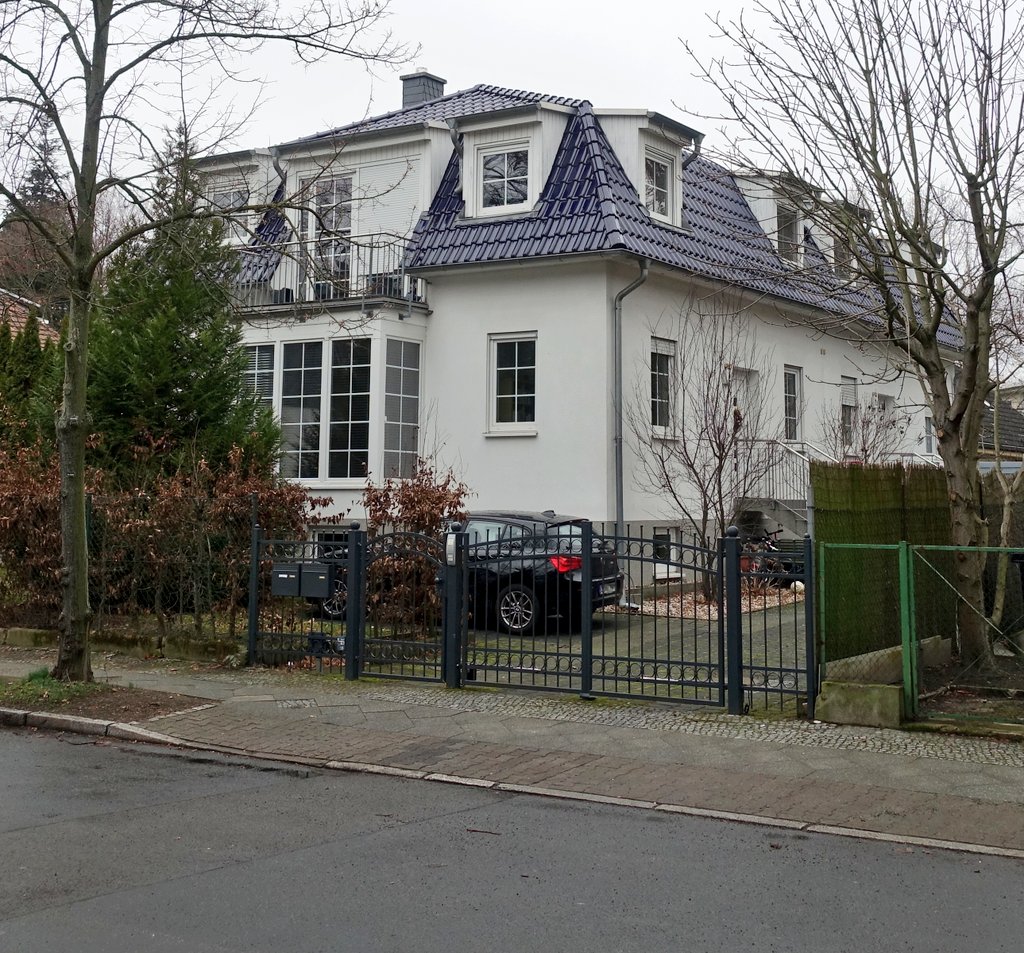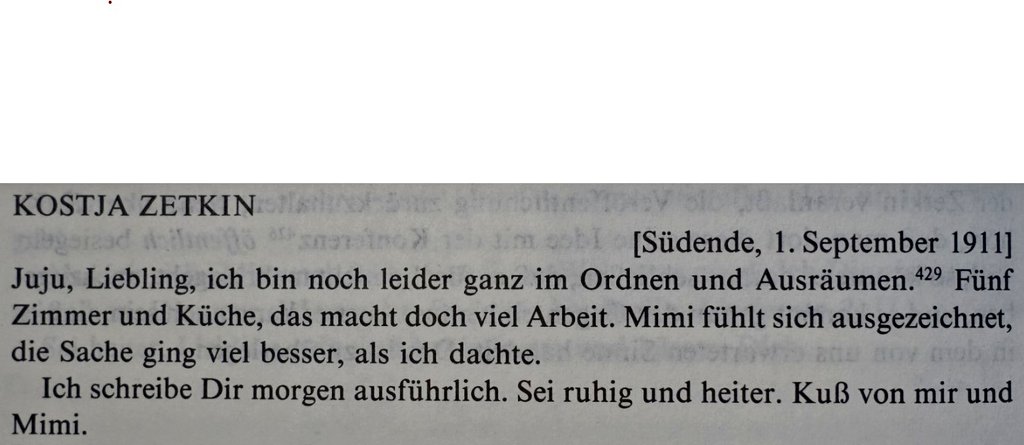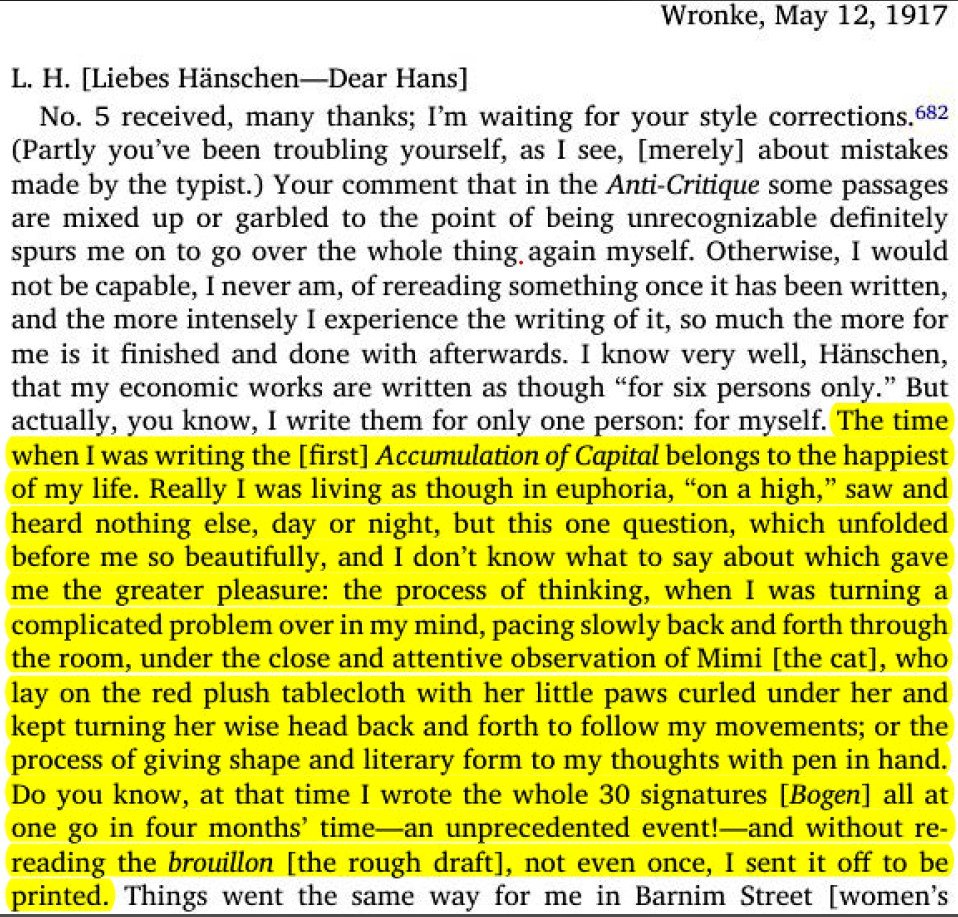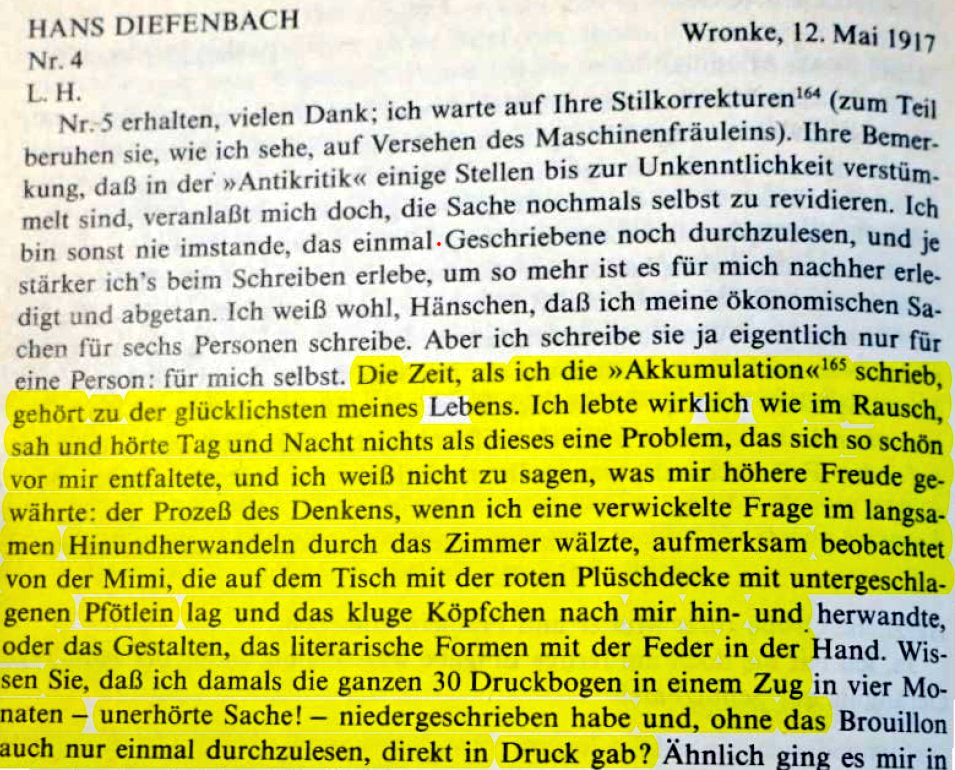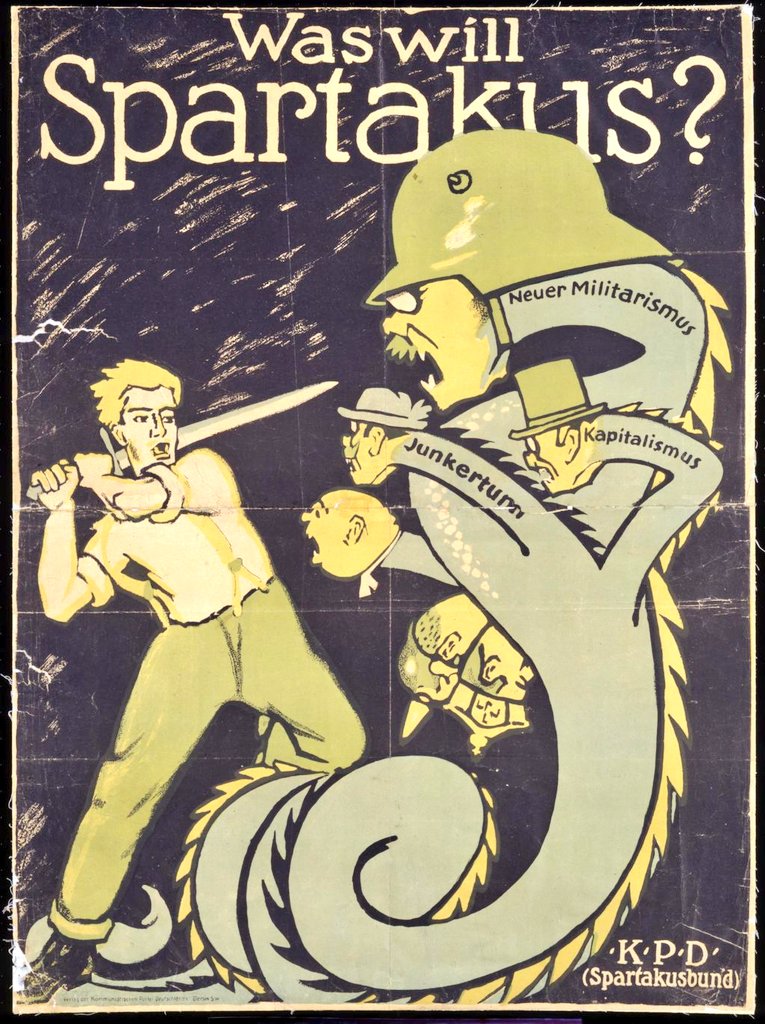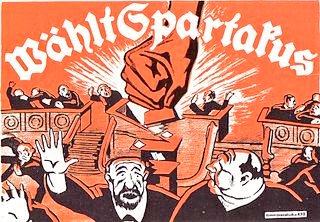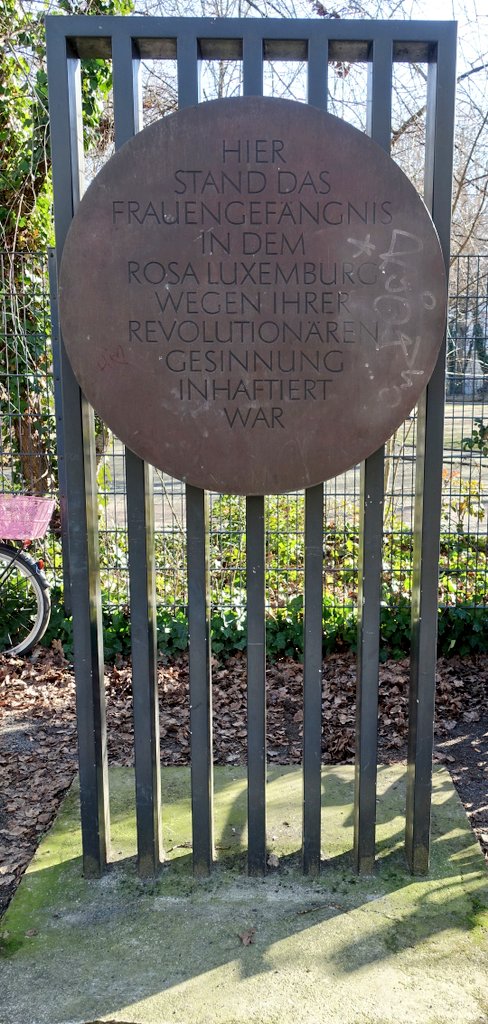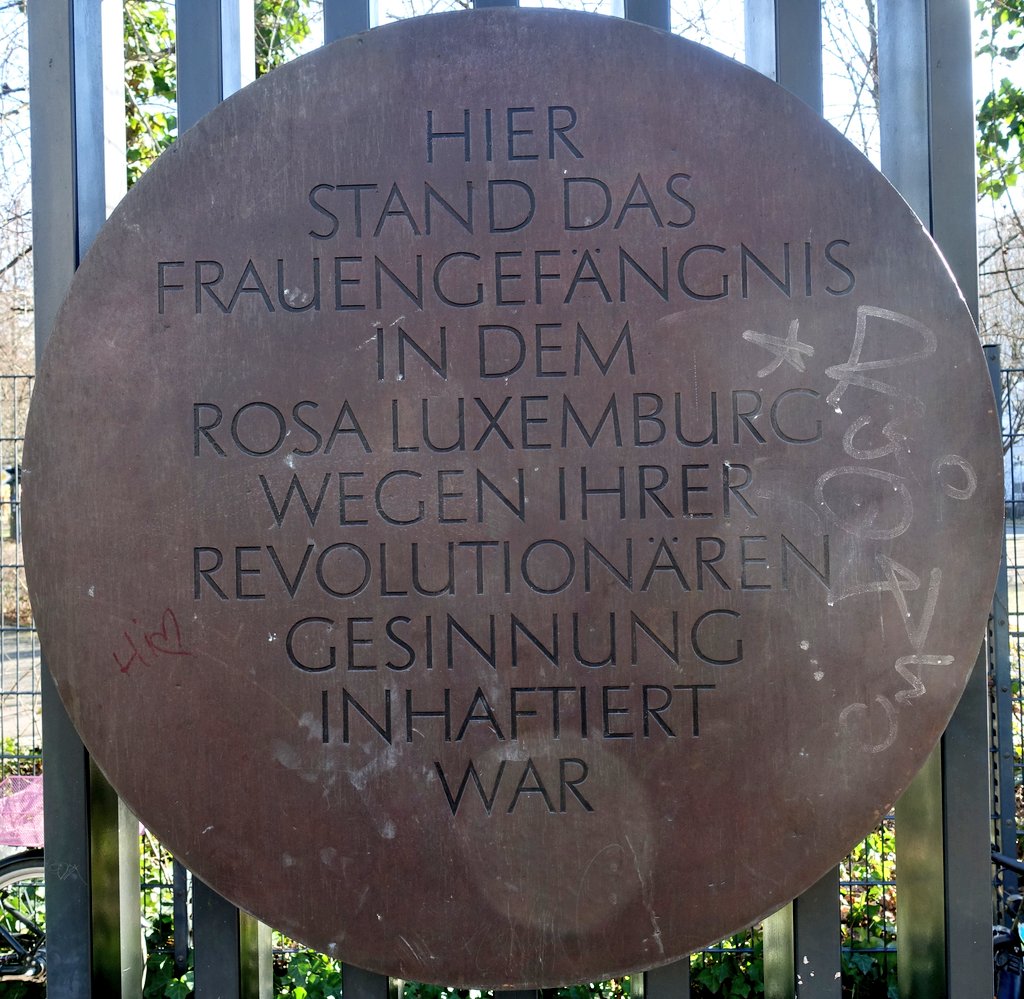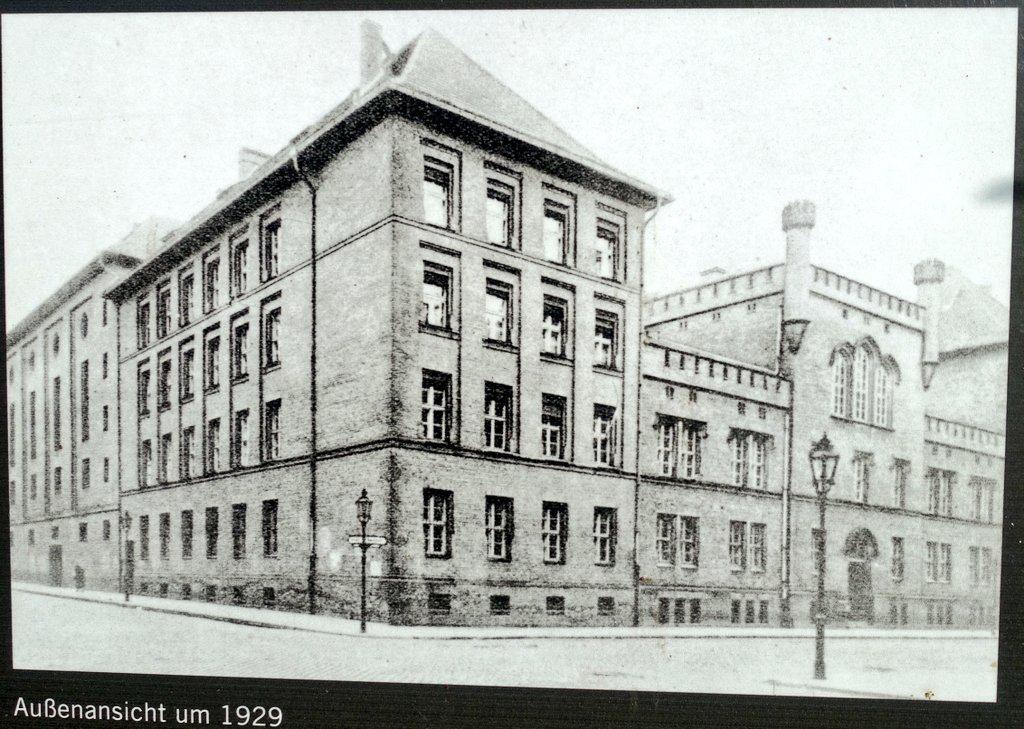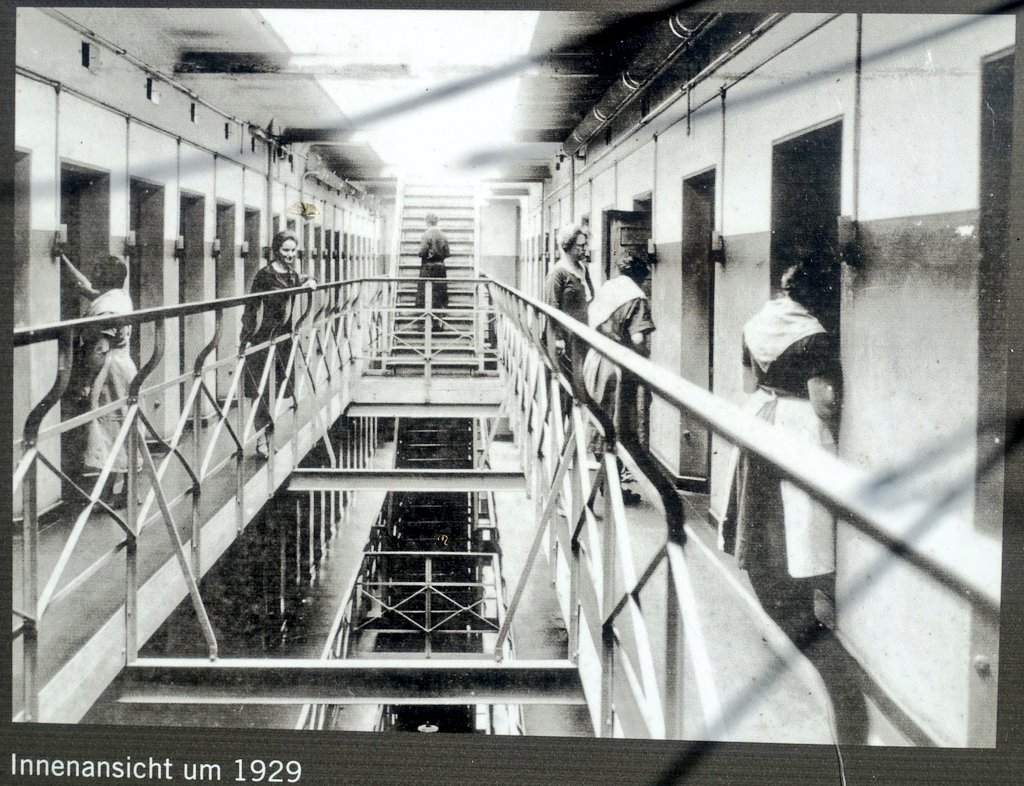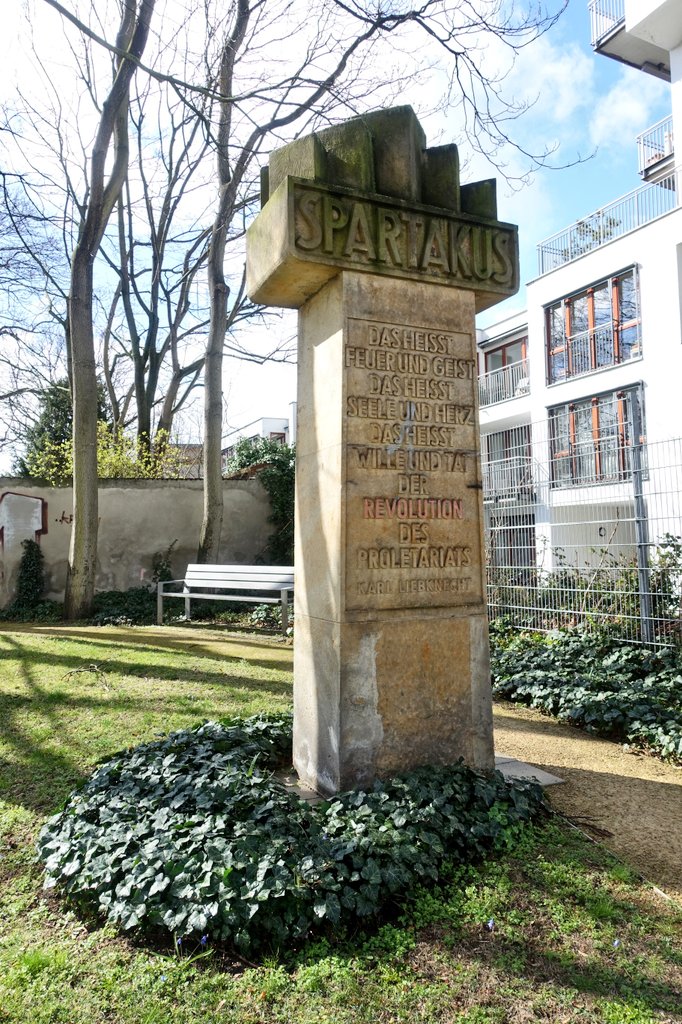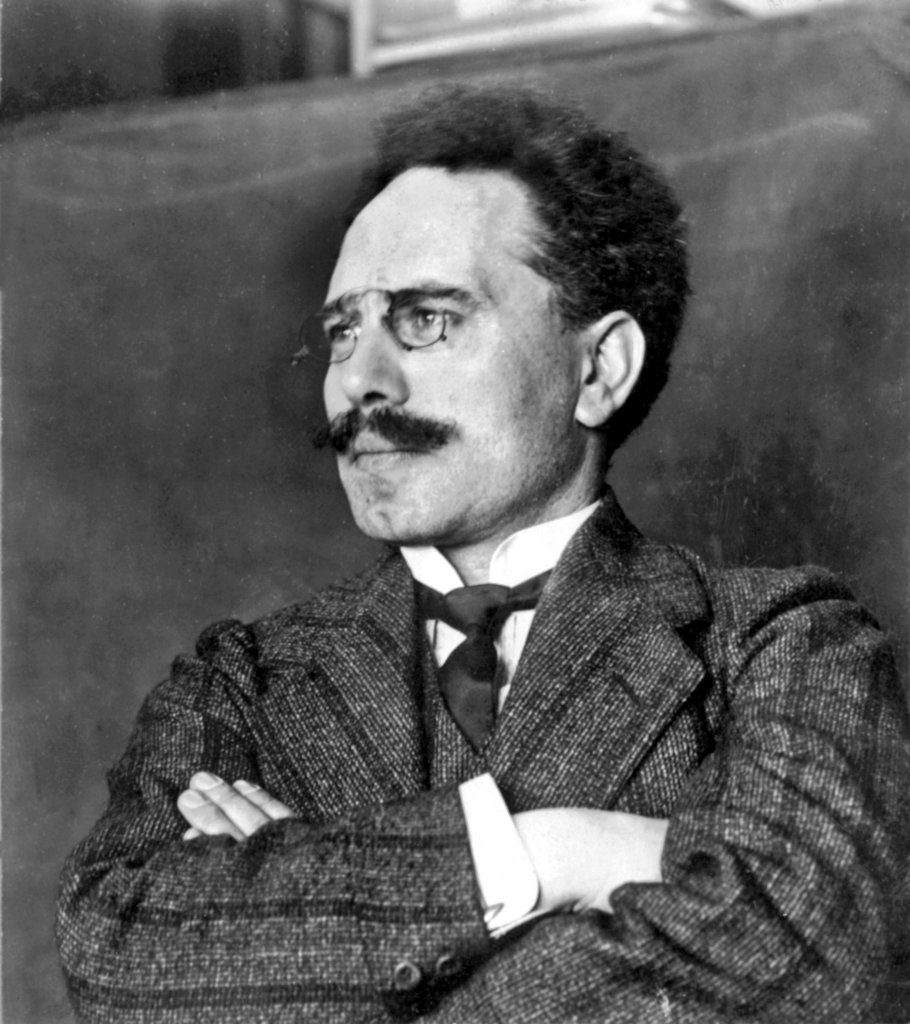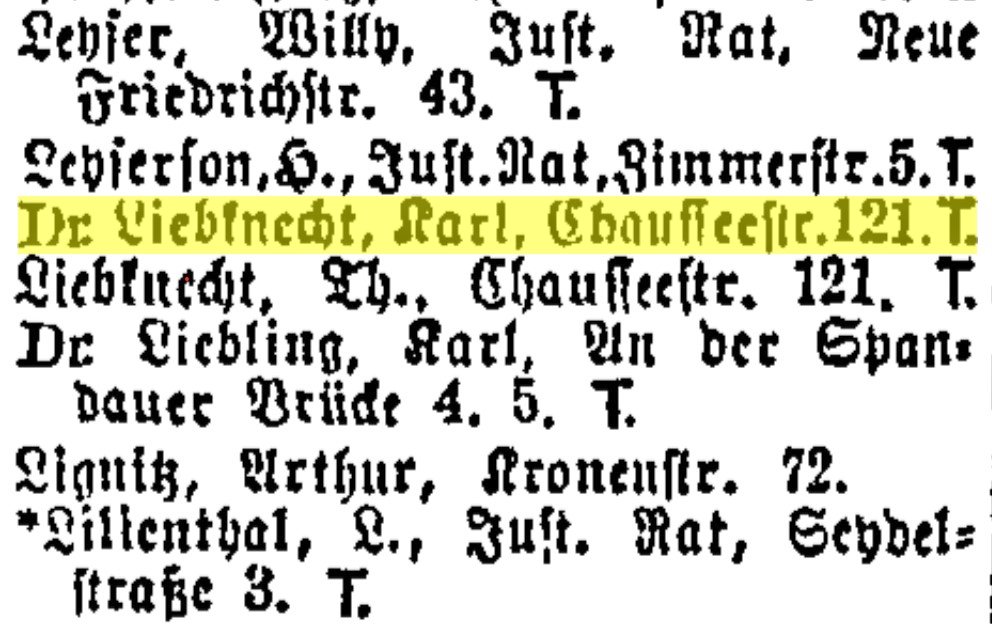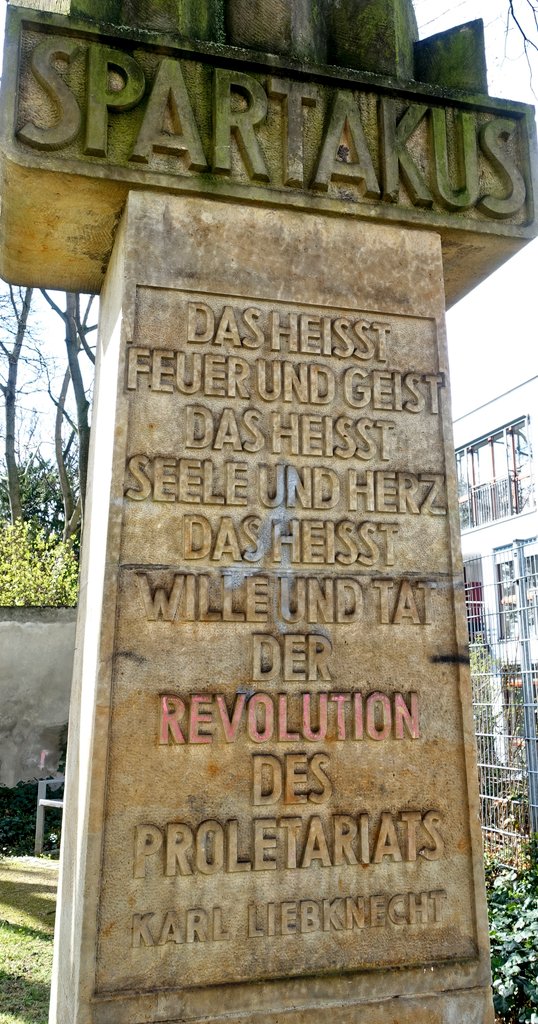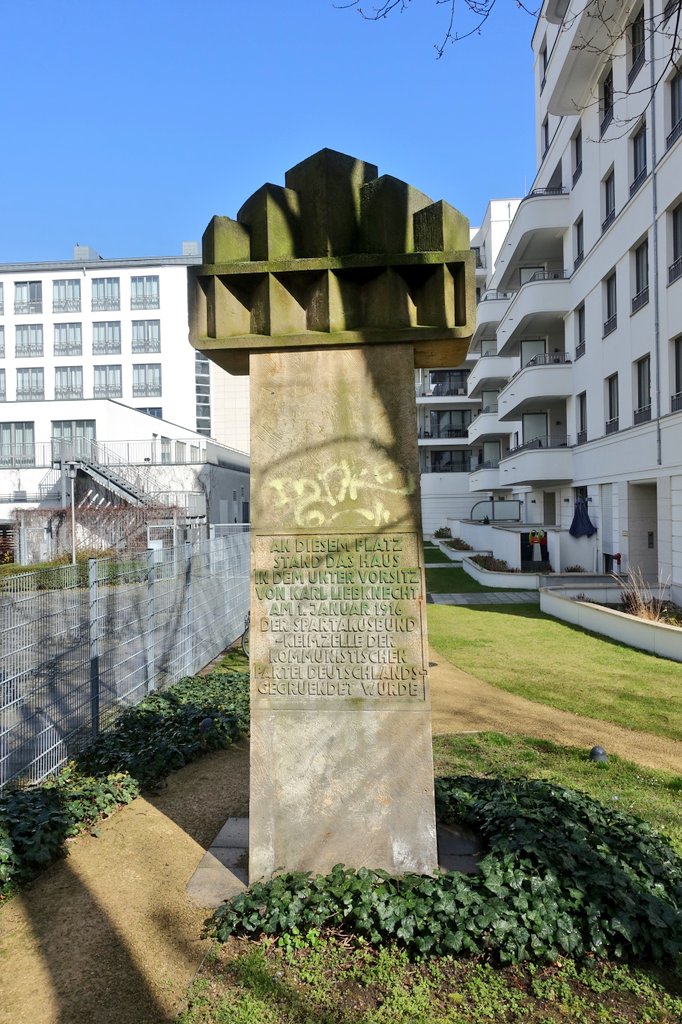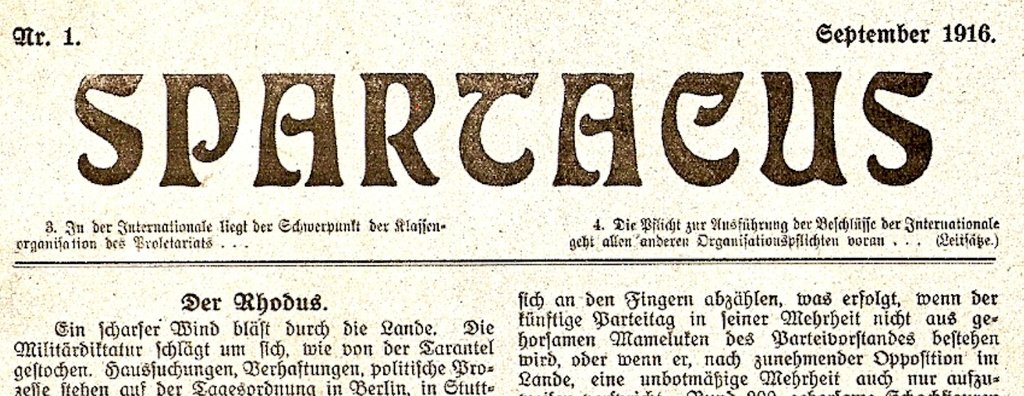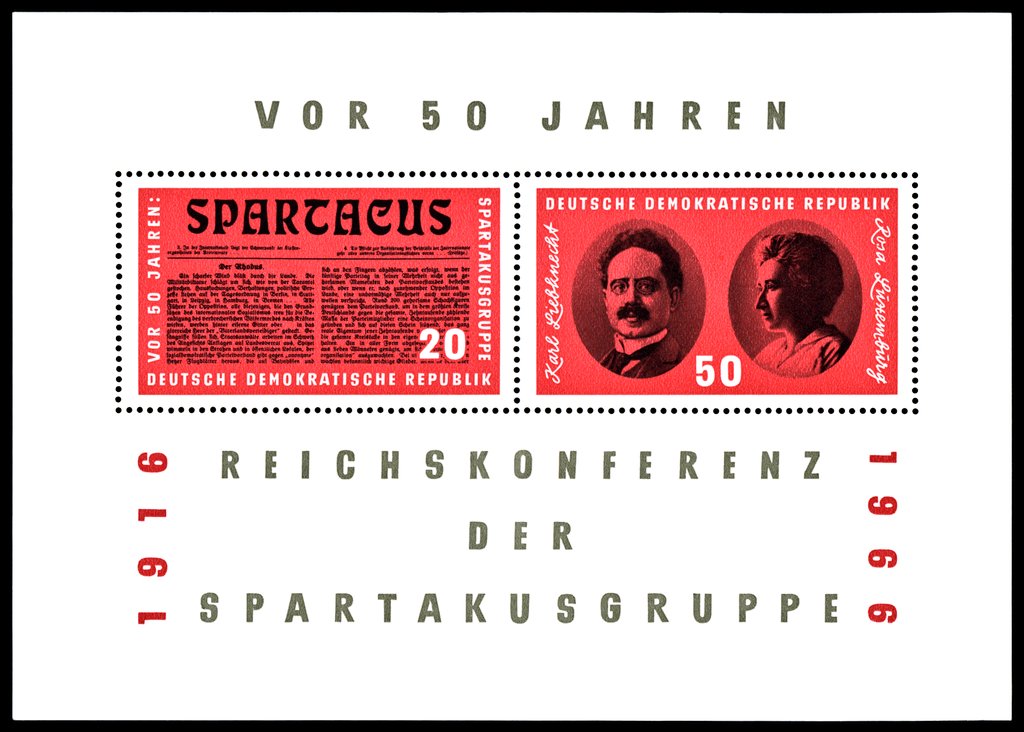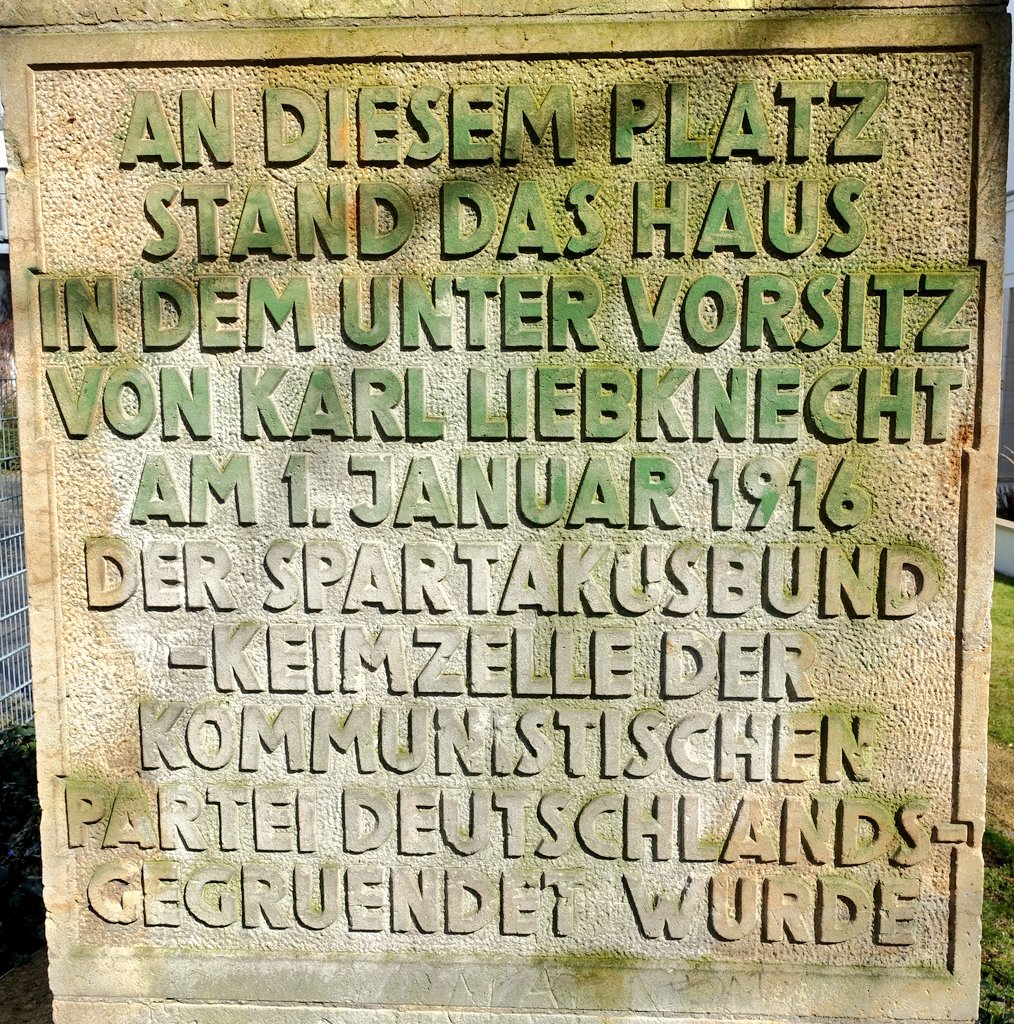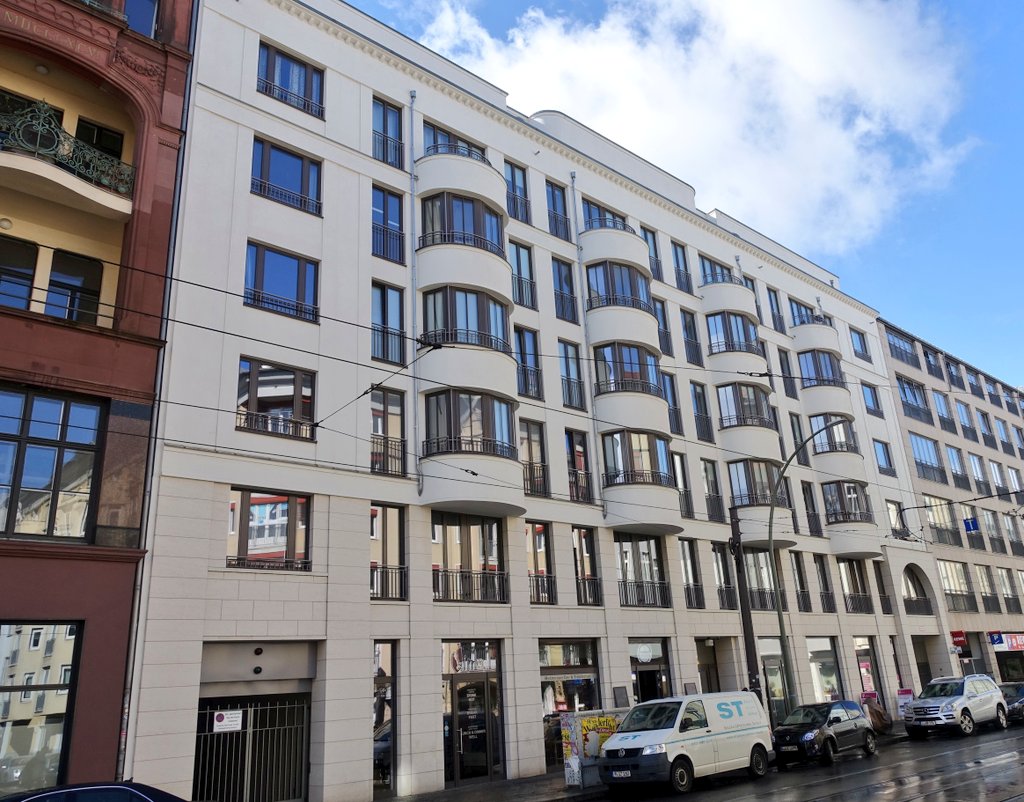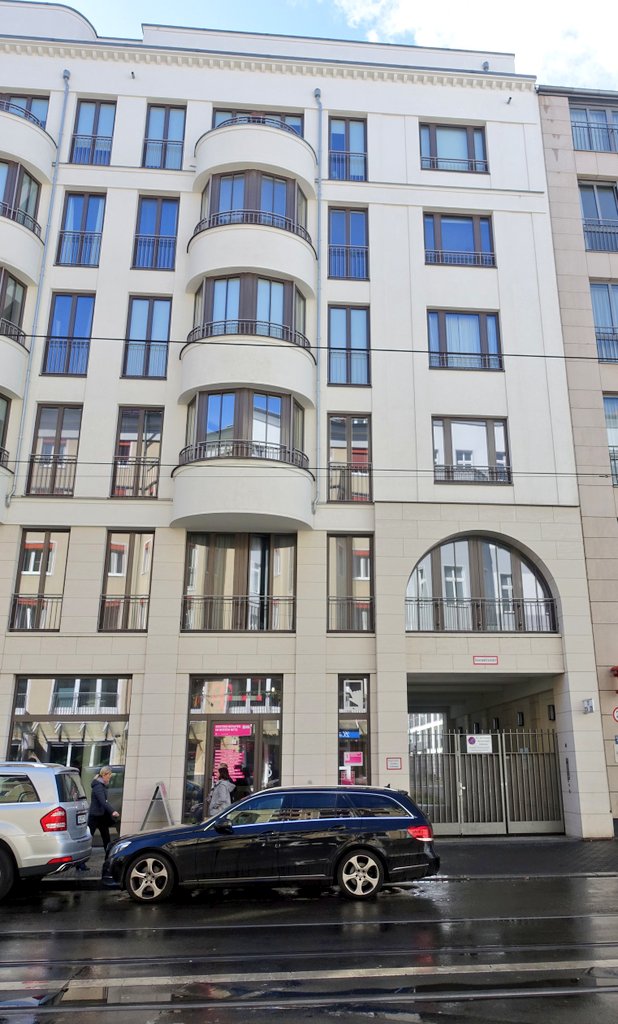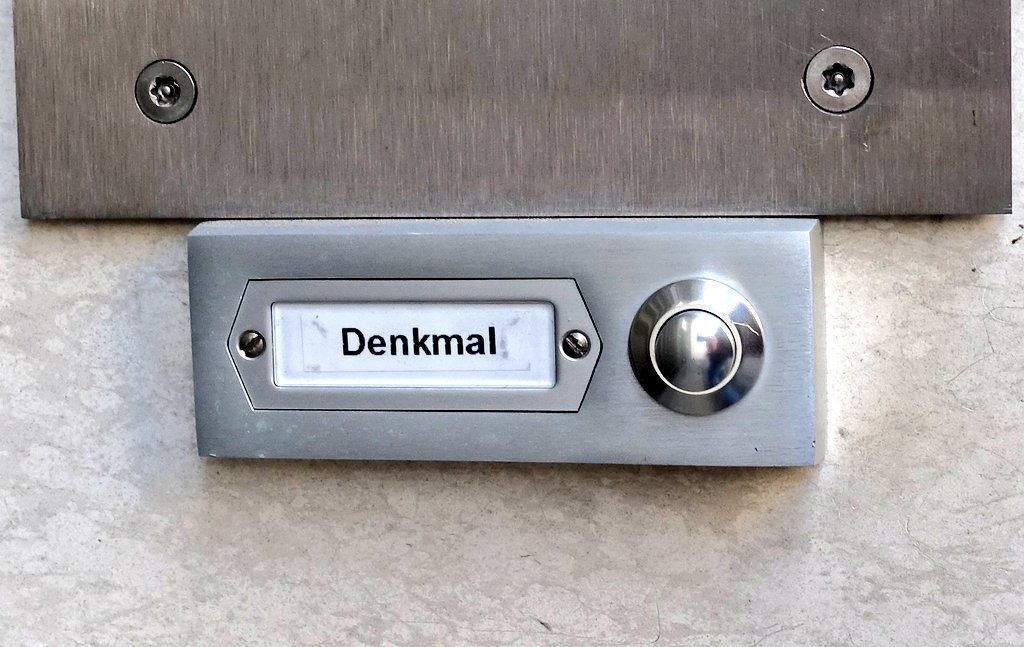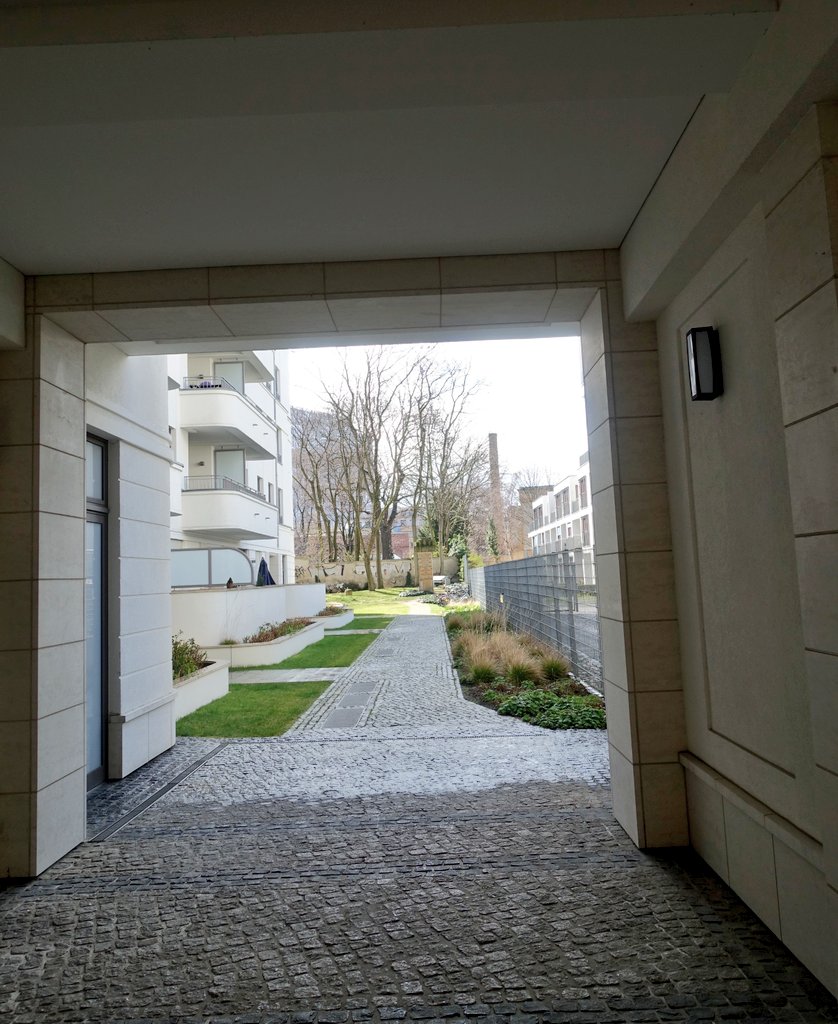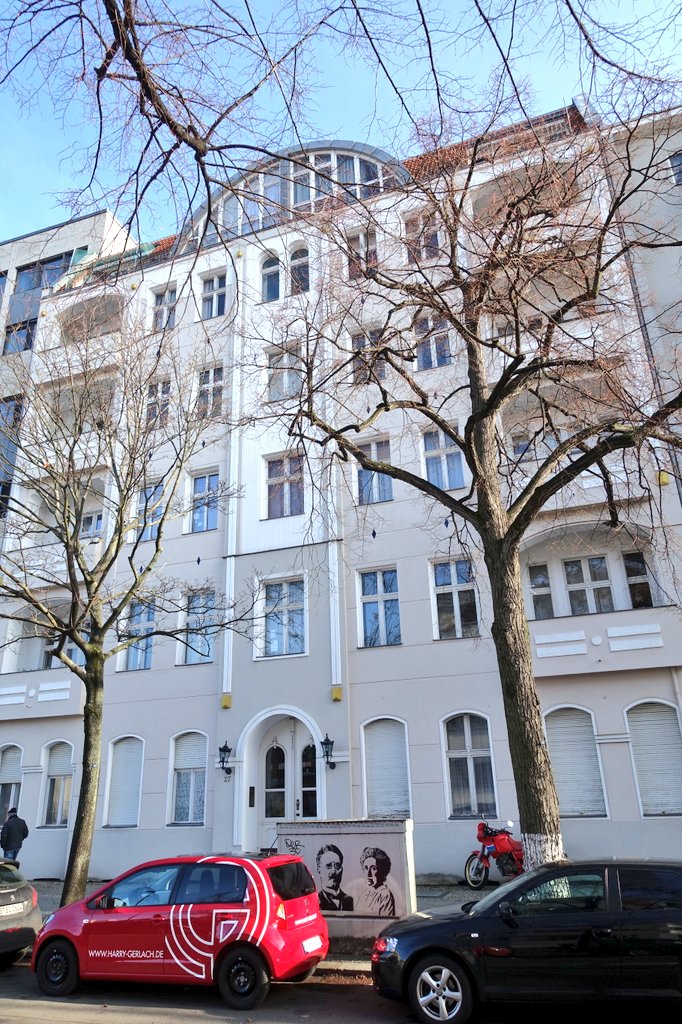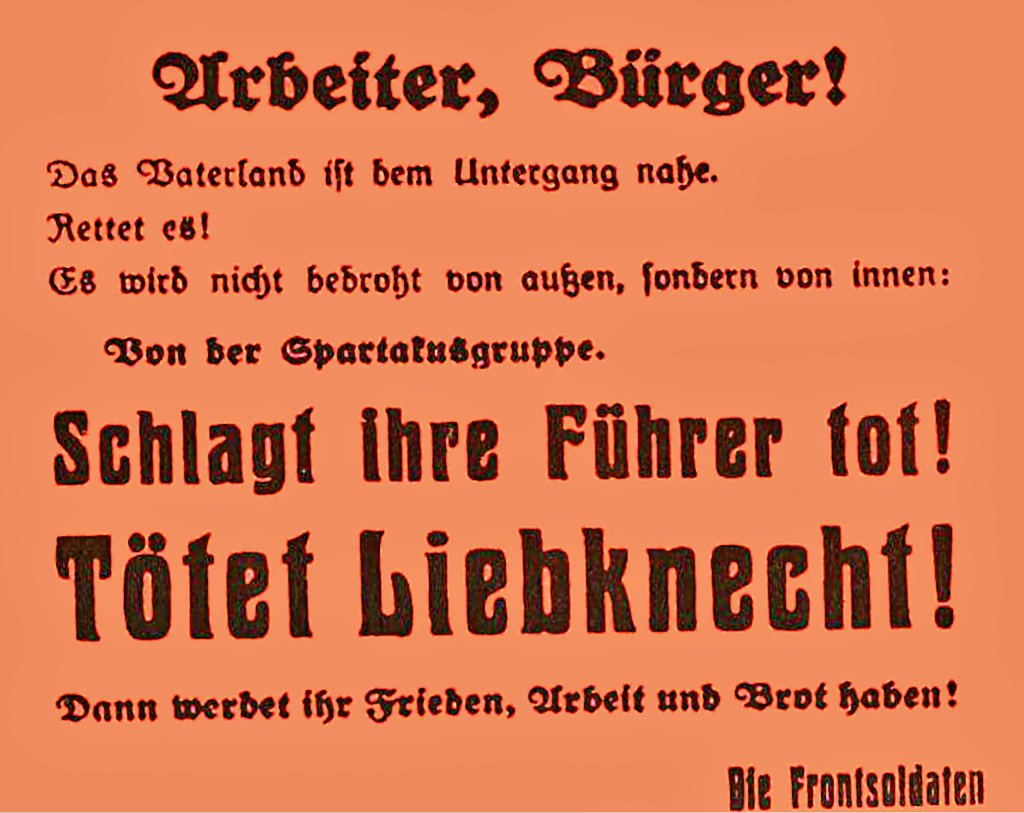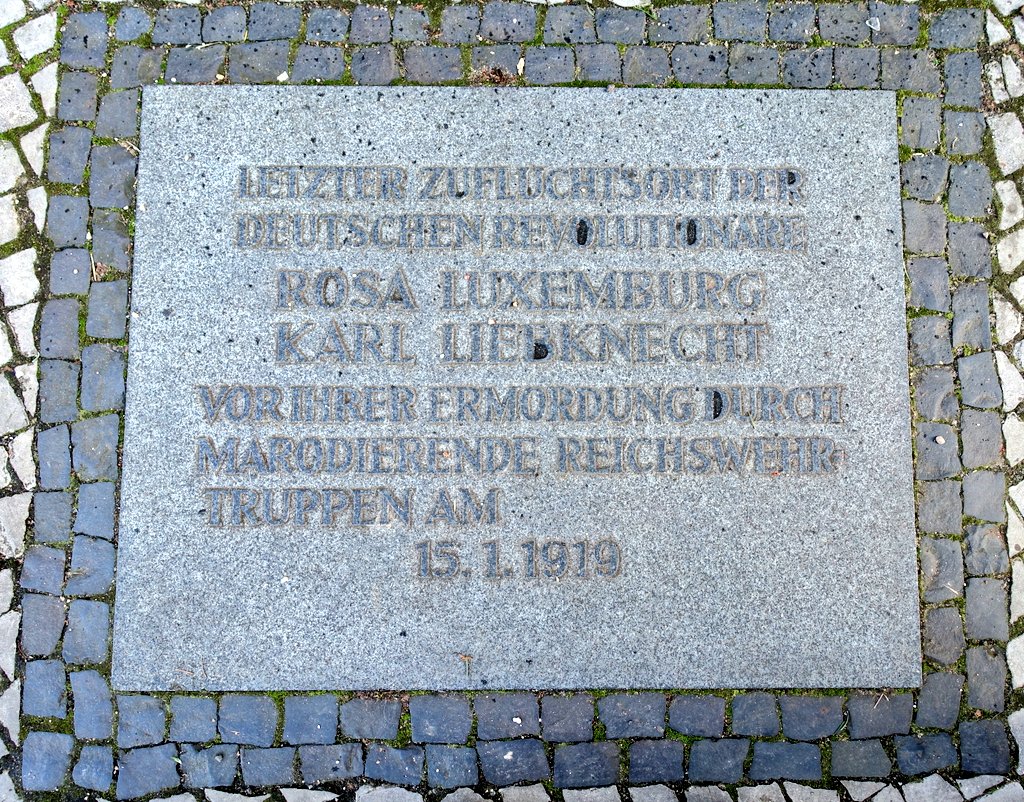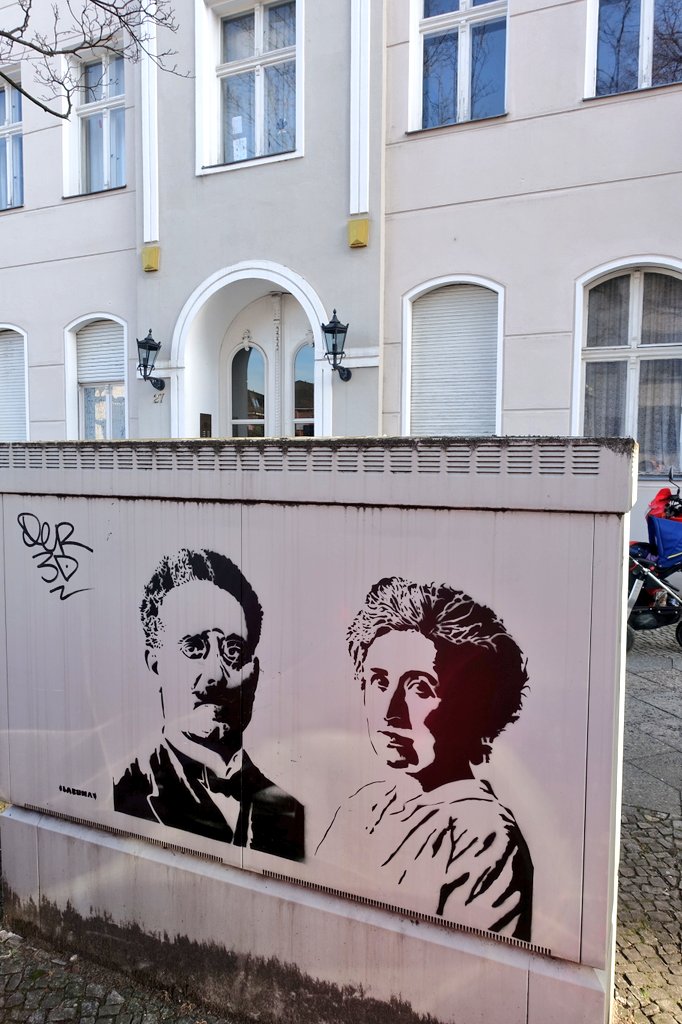0\\ I am starting a new, possibly never-ending, thread on history of mostly-economic thought places in Berlin. I also created a map which will link to this thread and which I’ll continually update: https://drive.google.com/open?id=1u3Eby4e3_cYk5sa1s7C5PlhB7-5AlQsv&usp=sharing. (There will be no systematic order of new places though.)
1\\ I start with the very sad spot, where Rosa Luxemburg corpse was thrown into the Landwehr Canal in Tiergarten park, after being tortured and executed by Rifle Division of the Cavalry Guards of the Freikorps on January 15th 1919.
2\\ Berlin’s boulevard Unter den Linden played a crucial role in the development of trade theory according to Bertil Ohlin. Presumably, there was less construction, less traffic, fewer people. Unlikely anyone would come up with an inspiration there today (except for solitary life)
3\\ Memorial at the location of the house occupied by the Enlightenment philosopher Moses Mendelssohn from 1762 until 1786. Earlier, prominent Enlightenment residents: Johann Wilhelm Ludwig Gleim, Karl Wilhelm Ramler, Gotthold Ephraim Lessing, and Christoph Friedrich Nicolai.
4\\ A house that still stands, kept its number, and even has a commemorative plate: Suarezstraße 27 in Charlottenburg, home of Werner Sombart from 1906 until 1919. Sombart’s doctoral advisor was Gustav von Schmoller. Sombart himself was the doctoral adviser of Wassily Leontief.
5\\ Houses that would fit in this thread were often destroyed, especially in WWII. But you can get a commemorative plaque at the adjacent house, at least if your name is Georg Wilhelm Friedrich Hegel: his home from 1828 until 1831 at Am Kupfergraben, opposite the Museum Island.
6\\ Nearby, a quotation from Hegel’s most famous “student” adorns the lobby of the main building of the Humboldt University: “The philosophers have only interpreted the world, in various ways; the point is to change it.” The 11th and last thesis of Karl Marx’s theses on Feuerbach.
7\\ Statue of Karl Marx & Friedrich Engels, double life-sized. Marx’s lap is all shiny from tourists touching and sitting on it. Once located opposite the now demolished Palace of the Republic in East Berlin, it has been moved due to subway construction to a less noticeable spot.
8\\ Samuel von Pufendorf (1632-1694) is buried in Berlin’s oldest surviving (though largely reconstructed) church, St. Nicholas’ Church (Nikolaikriche). The inscription says roughly: “His remains rest here, his soul is received in heaven, his glory flies over the whole globe.”
9\\ Friedrich Engels lived in 1841/2 in this house (Dorotheenstraße 43, no. 56 at the time). He moved to Berlin to perform a one-year voluntary military service, in order to get away from his family and to attend lectures at the university (actually not allowed for a soldier).
10\\ Location of the artillery barracks, where Friedrich Engels was based in 1841/2. New buildings (1898-1901) replaced the ones from Engels’ time. In the former GDR, the barracks were named Friedrich-Engels-Kaserne. Today, the buildings have no military use anymore.
11 \\ Leonhard Euler (1707-1783) lived from 1743-1766 in a two-story house with a large garden standing at Behrenstraße 21. As my Twitter feed in the last days shows, Euler’s name is much discussed by economists these days. Today, the Bavarian “embassy” in Berlin is located here.
12\\ The Rousseau Island with the Rousseau Column in the Tiergarten Park in memory of Jean-Jacques Rousseau. There are several similar Rousseau Islands in other German cities with a decorative urn or cenotaph and alder or poplar trees, imitating his burial place at Ermenonville.
13\\ Monument of Johann Wolfgang von Goethe with an allegorical figure of Science at its back. Best known as a poet, he was also a natural scientist. Plus he dealt extensively with economic questions, especially money, being the finance minister of a duchy. He visited Berlin once.
14\\ The grave of Werner Sombart (1863-1941) at the Waldfriedhof Dahlem (Dahlem forest cemetery). Sombart has an honorary grave (Ehrengrab) of the state of Berlin. Unfortunately, his headstone is barely recognisable.
15\\ When Albert O. Hirschman was born in April 1915 (as Otto-Albert Hirschmann), his parents lived at Genthiner Straße 13 III (today 30c). His father, Carl, was a surgeon at Berlin’s Charité. Young Albert lived only briefly here. His family moved around 1916 to their new home …
16\\ … at the Hohenzollernstr. 21, now Hiroshimastraße. The house did not survive, but the Greek embassy next door is being rebuilt, into whose backyard young Albert often dashed “to retrieve errant balls”, as Jeremy Adelsman ( @GlobalHistLab) writes in his biography of Hirschman.
17\\ The French Gymnasium/Collège Français attended by Albert O. Hirschman and Eduard Heimann (1889-1967) (+ the journalist, writer & satirist Kurt Tucholsky (1890-1935)); during their time, the school was located quite a bit away from its location today in Northern Schöneberg…
18a\\ From 1874 until 1945 the French Gymnasium was located at a much nicer spot at the Reichstagufer next to the river spree. This spot is commemorated by a plaque. Judging by the drawing on this plaque, it used to be housed in a much nicer building as well, which was destroyed.
18b\\ Hirschman fled from the Nazis in 1933, having graduated from the French Gymnasium in 1932, as described in Jeremy Adelsman’s ( @GlobalHistLab) biography. Hirschman would become a well-known economist, especially in development economics and political economy.
18c\\ Heimann, professor at the University of Hamburg ( @unihh), also fled, moving to the New School ( @TheNewSchool). He was a social economist (and religious socialist), searching a third way between capitalism and communism. He published a HET book: History of Economic Doctrines.
19a\\ Hannah Arendt lived in a destroyed adjacent house with her first husband, Günther Anders, in 1932/33. While living here, she finished her biography of the writer and salonnière Rahel Varnhagen. She used this flat to shelter political refugees. The picture shows her in 1933.
19b\\ In 1933, the Gestapo briefly imprisoned, after which she emigrated via France and Portugal to the US. Here is a subtitled interview, in which she tells her story: . In the US, she wrote a still relevant essay “We Refugees.”
20\\ At Jägerstraße 54, Rahel Varnhagen, the subject of Arendt’s biography, had her first salon, from 1793 onwards. Guests of her salons included Alexander and Wilhelm von Humboldt, Georg Wilhelm Friedrich Hegel, Heinrich Heine.
21\\ Rahel Varnhagen was part of the Enlightenment, championing especially Jewish emancipation and the emancipation of women. She has an honorary grave of the state of Berlin at the Friedhöfe vor dem Halleschen Tor. Her husband, Karl August Varnhagen, is buried next to her.
22\\ Statue of Georg Wilhelm Friedrich Hegel at the Hegel Square at Berlin’s Humboldt University, where he was professor from 1818 until 1831. The sketch shows him with students in Berlin.
23a\\ The grave of Hermann Schumacher (1868-1952) at the Cemetery Dahlem. Until 2015, it was an honorary grave of the state of Berlin. Now it is the most overgrown grave at the cemetery. Schumacher succeeded Adolph Wagner and became professor in Berlin in 1917 (until 1935)...
23b\\ He worked on the global economy (incl. a book on “Rice in the World Economy”), industrial organisation, transaction economy and on money, credit, and finance. He is the doctoral advisor of Walter Eucken and the father of the small-is-beautiful economist E. F. Schumacher
24\\ Søren Kierkegaard stayed at this spot during his Berlin stays in 1841/42, 1843, 1845, and 1846. He wrote drafts of “Either/Or”, “Repetition”, and “Fear and Trembling” here. For his relevance to economists and why he would have been great on Twitter: https://www.economist.com/free-exchange/2013/05/09/soren-kierkegaard
25a\\ The grave of Charlotte Leubuscher (1888-1961) at the Friedhöfe vor dem Halleschen Tor. In 1921, she was the first woman outside the natural sciences to attain a habilitation in Berlin (and the third overall). She was one of the first female development economists.
25b\\ Leubuscher studied especially colonial economics. From 1923 until 1933, she was president of the German Society of Female Economists (Vereinigung der Nationlökonominnen). She became a professor in Berlin in 1929. As a “half-Jew”, she was removed from this position in 1933.
25c\\ Leubuscher moved to England in 1933, where she became a fellow at Cambridge ( @GirtonCollege, cc: @cacrisalves), Oxford ( @lmhoxford), @LSEnews, and @OfficialUoM. She also worked for a few years for the British Colonial Office. (cc: @CriticalDev)
26a\\ The Prussian mint master & leading monetary theorist of his time Johann Philipp Graumann (1706-1762) lived at the Palais Am Festungsgraben (Palais Donner then) from 1753 onwards. The Palais became the seat of the Prussian ministry of finance in 1808. (Thanks to @JohaThens)
26b\\ Johannes Popitz (1884-1945), honorary professor of finance at the University of Berlin, headed the Prussian ministry of finance from 1933 until 1944. Belonging to the resistance against Hitler, he was sentenced to death by the Volksgerichtshof. (Thanks to @Thiess_Buettner)
27a\\ The pre-war Bellevuestraße was a beautiful avenue (see picture from around 1905), unlike today (see picture from 2019). The no-longer existing street numbers 13, 14, and 15 have a HET past. Starting with No. 13, where Ferdinand Lassalle lived from 1859 until 1863.
27b\\ Lassalle (1825-1864) was a philosopher, writer, socialist, and a leaders of the German labour movement. In 1861, Karl Marx stayed here with Lassalle for 11 days. Lassalle coined the terms night-watchman state (Nachtwächterstaat) and iron law of wages (ehernes Lohngesetz).
27c\\ There is a commemorative plaque, where Lassalle’s house once stood. It was installed in 2005. At its top, the plague reproduces a 1928 plaque, which was placed at the house built at this spot in 1901/02. The Nazis had removed this plaque in 1933.
28a\\ Bellevuestraße 14 housed the editorial office of the liberal economic journal Der Deutsche Volkswirt (The German Economist), founded in 1926 by Gustav Stolper. The journal published a book series (see cover of Schumpeter book). The picture shows the house around 1910.
28b\\ In a letter to Joseph Schumpeter, Gustav Stolper describes the journal as “a combination of ‘The Economist’ and ‘The Nation’”. Besides Gustav Stolper, the journal’s main protagonists were Toni Stolper (nee Antonie Kassowitz), Carl Landauer, and Georg Katona.
29\\ In the early 1930s, Der Deutsche Volkswirt moved to Schöneberger Ufer 32, today Schöneberger Ufer 59. In 1933, the newspaper was taken over by the Nazis and the Stolper family emigrated to the United States.
30\\ Bellevuestraße 15 was briefly the home of the Marxist economist Rudolf Hilferding, when he was Finance Minister of Germany. The house (see picture) no longer exists. Hilferding grew up in Vienna and became a leading Austro-Marxist. He moved to Berlin in 1906.
31a\\ Hilferding & his family moved to Rubenstraße 19 (now no. 90). Hilferding lived here, opposite a church, when he finished his main economic work Das Finanzkapital (Finance Capital), published in 1910. The picture shows him and his wife Margarete in 1904.(Thanks to @JohaThens)
31b\\ A new building stands on the site today (the grayish on the left in the picture). The old picture shows the view from the church. The cut-off building on the left is the adjacent house (no. 18,), the site of the red house in today’s picture.
32\\ Around 1910, the Hilferding family moved around the corner to Peter Vischer-Str. 19 (today no. 16). When living there, Hilferding received this postcard from Leon Trotzky, recommending to him to visit the Balkans. (Thanks to @JohaThens)
33\\ Around 1913, the Hilferding family moved again, this time to Südendstraße 14. However, Hilferding would have to leave Berlin temporarily soon after, being drafted as a medic into the Austro-Hungarian Army during the First World War. (Thanks to @JohaThens)
34a\\ In the early 1920s, Hilferding moved to Schiffbauerdamm 26. Today the site houses a building of the German Bundestag. Hilferding himself was an MP from 1924 until 1933, serving as Finance Minister in 1923 and again from 1928 until 1929. (Thanks to @JohaThens)
34b\\ Schiffbauerdamm 26 was also the editorial office of Die Gesellschaft, a theoretical, monthly, “international journal for socialism and politics”, which Hilferding edited from 1924 until 1933. The picture shows the government in 1929 (Hilferding stands at the far right).
35\\ In the late 1920s, Hilferding briefly lived at Bellevuestraße (see #30), before moving to a now-defunct building at Litzenburger Str. 51 (today No. 55/57), his last home in Berlin. He & his second wife Rose (see picture from 1928) had to flee in 1933, settling down in Paris.
36\\ In 1941, the Vichy government in France arrested Hilferding and handed him over to the Gestapo, which tortured him. He died in the Gestapo prison of La Sanité in Paris. The Memorial to the Murdered Members of the Reichstag in front of the German parliament commemorates him.
37a\\ When Gustav von Schmoller (1938-1917), the best known representatives of the Younger German Historical School of Economics, moved to Berlin in 1882 to become professor at the Friedrich Wilhelm University, he moved to Kurfürstenstraße 72.
37b\\ Schmoller lived here during the Methodenstreit with Carl Menger, which started with Schmoller’s review in 1883 of Menger’s Untersuchungen. The house is long gone, it stood a bit south of today’s Kurfürstenstraße 72. This would be his home address only briefly...
38a\\ A few year after coming to Berlin, Schmoller moved into a house he built, called “Villa Schmoller”, in a not-yet named street (“Street 37”) nearby. The eventual address would be Wormser Straße 13. He would live here for the rest of his life.
38b\\ The Villa Schmoller does not exist anymore and the Wormser Straße is considerable shorter nowadays. The spot where the Villa Schmoller villa stood is somewhere on and south of the Lietzenburger Straße.
39\\ The pejoratively called Kathedersozialist (“socialist of the chair”) Gustav von Schmoller is buried, together with his wife Lucie, at the Kaiser Wilhelm Memorial Cemetery in the Westend district. He has an honorary grave of the state of Berlin.
40a\\ Sachsallee 25 in Dahlem was the home of the economists Gustav Stolper and Toni Stolper (née Antonie Kassowitz). Today it’s Englerallee 25 and the residence of the Hungarian ambassador in Berlin. Gustav and Toni Stolper family had moved from Vienna to Berlin in 1925…
40b\\ … with their son Max and two sons from Gustav’s first marriage, Ernst and Wolfgang. Wolfgang Stolper (1912-2002) became a famous US economist, the one from the Stolper-Samuelson theorem. The first picture shows Toni Stolper and her three (step)sons, the second Wolfgang.
40c\\ Two so-called Stolpersteine (“stumbling stones”, the name is not related to the Stolper family name) on the sidewalk in front of the property remember them. Stolpersteine commemorate those who were persecuted by the Nazi. Gustav and Toni Stolper fled to the US in 1933.
41\\ The grave of Moses Mendelssohn at the Old Jewish Cemetery in the Große Hamburger Straße. The cemetery was destroyed in 1943 by the Gestapo. Today, it is reopened, but with Mendelssohn’s grave being the only one reconstructed, not in its original form though.
42\\Next to the cemetery and visible from Mendelssohn’s grave is a school named after him, the Moses Mendelssohn Gymnasium. Unusually, it’s a high-security school. But then, it’s a Jewish school and it’s standing in Germany.
43\\ Since 1914, there is a street named after Gustav von Schmoller in the district Alt-Treptow. Schmoller might or might not have been there for the inauguration. He died three years later in 1917.
44\\ Maybe because of the Schmollerstraße, the district Alt-Treptow decided in 1930 to name three more streets and one square after economists. All four economists’ streets lead up to the square, the Schmoller Square. A street alone was apparently not enough for Schmoller.
45\\ One street was named after Schmoller’s opponent in the Methodenstreit, the Mengerzeile. Thus, unlike Vienna(!), Berlin has a street named after Carl Menger, providing this great street sign! During the division of Germany, the Berlin Wall ran along the end of the Mengerzeile.
46\\ Carl Menger visited Berlin once, in early 1878, together with Crown Prince Rudolf, his former pupil. They visited the German imperial family, staying at the Berlin Palace, which is currently reconstructed. Menger wrote a short entry in his diary about the visit.
47a\\ The third street in Alt-Treptow leading up to the Schmoller Square is the Lexisstraße, named after the economist and statistician Wilhelm Lexis (1837-1914), who doesn’t seem to have a connection to Berlin though.
47b\\ Lexis was an opponent of Menger’s marginal utility theory, championing an objective value theory. He also advocated the use of mathematical methods in economics. His most influential works are on population statistics, currency, and insurance.
48a\\ The fourth and longest street, the Onckenstraße, is named after the German economist August Oncken (1844-1911). I’m not sure why the street sign says Austrian economist though. The Berlin Wall divided the street into an Eastern and a Western part.
48b\\ Oncken had studied economics in Berlin and became a historian of economic thought. He wrote a standard textbook Geschichte der Nationalökonomie (History of Political Economy).
48c\\Oncken argued for a close affiliation of history of economic thought with wider history of ideas and societal contexts, apparently leading history of economics to explore new avenues. Any resemblances to recent trends in the field, @SHoET?
48d\\ Oncken was also a scholar of Adam Smith, of classical economics, and of the Physiocrats. He argued against the existence of an Adam-Smith-Problem, the view that Smith’s two works, The Wealth of Nations and Theory of Moral Sentiments, are incompatible.
49a\\ There are more streets named after economists in Berlin. Since 1906, the district Charlottenburg has a Roscherstraße, named after Wilhelm Roscher (1817-1894), one of the founders of the historical school of economics. Roscher had studied for a short time in Berlin.
49b\\Besides his magnum opus, the five-volume System der Volkswirtschaft, Roscher also wrote a monumental History of Political Economy in Germany (Geschichte der National-Oekonomik in Deutschland).
50a\\ The district of Moabit has a Friedrich-List-Ufer since 1933, named after one of the most famous German economists. List is best known for his national system of political economy, his advocacy of protective tariffs, and as a forefather of the German Historical School.
50b\\ List was also an outspoken promoter of railways in Germany. It is therefore fitting that the Friedrich-List-Ufer is located next to Berlin’s (new) main station. (It used to be located next to the Lerther Station, which was destroyed in the Second World War.)
51a\\ Probably the latest street named after an economist is the Cora-Berliner-Straße, currently a construction side. After a civil servant career, Cora Berliner became a professor of economics at the Business Teaching Institute in Berlin in 1930.
51b\\ As a Jew, Berliner was removed from her professorship in 1933. Deported in 1942 to Minsk, she was murdered probably at the nearby Maly Trostinets extermination camp. The street bearing her name is located just next to the Memorial to the Murdered Jews of Europe.
52\\ The Cora-Berliner-Straße intersects with the Hannah-Arendt-Straße, which also runs next to the Memorial to the Murdered Jews of Europe (and which is a parking space for tourist buses the day).
53a\\ The philosopher Max Stirner (1806-1856) studied in Berlin and lived most of his adult life there. His last address in Berlin was Philippstraße 19. The house (see picture), in which he died, is long gone. Today, the spot is part of the Charité clinic in Mitte.
53b\\ Stirner belonged to the Young Hegelians. His most famous book Der Einzige und sein Eigentum (The Ego and Ist Own) was published in 1844. He is seen as a proponent/forerunner of moral nihilism, ethical egoism, and anarchism.
53c\\ Stirner also translated Jean-Baptiste Say’s Traité d’économie politique (1845) and Adam Smith’s Wealth of Nations (1846-7) into German. His translation of Smith’s Wealth of Nations became the standard German translation for about a century.
54a\\ Max Stirner's grave at the cemetery “Friedhof II der Sophiengemeinde Berlin” is rather modest. It is another honorary grave of the state of Berlin. Max Stirner was not his real name though, but a pseudonym. His real name was Johann Caspar Schmidt.
54b\\ Fun fact: Stirner apparently got his pseudonym from friends due to his high forehead (forehead = Stirn). Karl Marx and Friedrich Engels disparagingly called him Sankt Max (Saint Max). Engels drew a caricature of Stirner in 1842 (see picture).
56\\ The grave of Georg Wilhelm Friedrich Hegel (1770-1831) at the Dorotheenstadt Cemetry. The cemetery is known as a cemetery of famous people. Of course, Hegel has an honorary grave of the State of Berlin. Hegel is buried next to his wife Marie Hegel, nee von Tucher (1791–1855).
57\\ Next to Hegel's grave is the grave of the philosopher Johann Gottlieb Fichte (1762-1814), another honorary grave of the State of Berlin. Fichte is one of the main figures of German idealism. He is buried together with his wife Johanna Marie Fichte, nee Rahn (1755-1819).
58a \\ The economist couple Jürgen and Marguerite (née Steinfeld) Kuczynski, both leading economist in the GDR, is also buried at the Dorotheenstadt Cemetry. They met while working the US in the late 1920s. Both worked for the Brookings Institution for some time.
58b\\ They returned from the US to Germany, to go into exile in 1936 to England. Jürgen Kuczynski worked for both the U.S. and Soviet secret services during the Second World War. His return to Germany is briefly described in John Kenneth Galbraith’s memoirs “A Life in Our Times.”
58c\\ In the 1920s and 1930s, Jürgen und Marguerite Kuczynski jointly published some studies on the economic history of workers. Jürgen Kuczynski was a very prolific writer, publishing over 4,000 pieces of writing. Both also had an interest in the history of thought.
58e\\ J. Kuczynski’s oeuvre includes the 10 volume Studies of a History of Social Sciences (Studien zu einer Geschichte der Gesellschaftswissenschaften) & the 38 volume History of the Condition of Workers under Capitalism (Geschichte der Lage der Arbeiter unter dem Kapitalismus).
59a\\ Another (GDR) economist buried at the Dorotheenstadt Cemetry is Johann Lorenz Schmidt (1900-1978). He was born as László Radványi in Hungary, but fled to Germany after the short-lived Republic of Councils in Hungary was overthrown in 1919 and later changed his name.
59b\\ Schmidt became an economics professor at Berlin’s @HumboldtUni for “Problems of Contemporary Imperialism”. Schmidt wrote about economic crisis, international and development, and neocolonialism, “in the spirit of Georg Lukács” as Till Düppe writes in a recent article.
59c\\ The grave is an honorary grave of the state of Berlin, but this is only due to Schmidt’s wife, who is buried next to him: Anna Seghers, a famous German writer.
60a\\ Some more on Rosa Luxemburg: She came to Berlin in May 1898. The picture shows her in 1900. After a few days of (exhausting) apartment hunting, she found an apartment in a garden house at Cuxhavener Straße 2, in an "aristocratic district", just next to the Tiergarten.
60b\\ She describes the apartment in a letter to Leo Jogisches. The house is not standing anymore and the course of the street is very different today. The picture shows the approximate location of the former Cuxhavener Straße 2.
61a\\ In May 1899, after Luxemburg had lived nearly a year on Cuxhavener Straße, her landlady threw a tantrum and made Luxemburg a scene. Luxemburg packed and moved out the same day, feeling lousy as she reported to Leo Jogisches. The picture shows her between 1895 and 1900.
61b\\ The next day, Luxemburg found a new apartment, moving from the northern to the southern edge of Tiergarten park, to Lützowstraße 51. The house is long gone. Today, there is a modern apartment complex on its location. Luxemburg stayed here only for four weeks.
62a\\ After three months mostly outside Berlin, in August 1899 Rosa Luxemburg needed a new apartment. She didn’t find any close to Tiergarten Park. Finding the air in the rest of Berlin too unbearable, she ended up at Hauff-Straße 4 in Friedenau, just outside Berlin at the time.
62b\\ Luxemburg stayed here for two months. She reported to Leo Jogisches that she enjoyed the view of trees, forests, and fields from her windows and the tranquillity. It seems the house was replaced a few years later by a newer building, which stand on the site today.
63a\\ In October 1899, Luxemburg found a new home just around the corner, at Wielandstraße 23, where she would live for a bit more than two years (board and lodging for 80 Mark). The house still stands and has a memorial plaque.
63b\\ As she reports in a letter to Jogisches, her apartment was on the second floor. It had a large balcony and a parlour with plush furniture.
64a\\ In late 1901, Luxemburg moved to an apartment at Cranachstraße 58 (2nd floor). She lived here for nearly 10 years, cohabiting with her cat Mimi. She initially moved here with Leo Jogisches. She had a maid, who slept in the kitchen. Picture: Luxemburg in her apartment (1907)
64b\\ After Luxemburg and Jogisches had parted privately, Kostja Zetkin became a frequent guest. Lenin supposedly visited her here. Picture: Luxemburg with Kostja Zetkin in 1907 reportedly on her apartment's balcony (which apparently does not exist anymore).
64c\\ Since the owner of the house objected to a commemorative plaque at the house front, a parking space in front of the house was converted into a green space to install a memorial plaque.
65a\\ In August 1911, Luxemburg moved to Lindenstraße 2 (today Biberacher Weg 2) in Südende. Südende had only been founded in 1872 as a suburb outside of Berlin (at the time). She would live here until her death in 1919. The pictures shows here in 1915.
65b\\ She lived in an apartment with five rooms and a kitchen, cohabiting with her cat Mimi and a maid. The house does not stand anymore. It has been replaced by a newer building, shown in the picture.
65c\\ Here, Luxemburg wrote Die Akkumulation des Kapital (The Accumulation of Capital) “under the close and attentive observation of Mimi”, her cat. As she later reported to Hans Diefenbach, she wrote her 400-page academic magnum opus “at one go within four months.”
65d\\ The apartment of Luxemburg was also the place where on August 4th 1914 the Gruppe Internationale was founded, from which the Spartakusbund (Spartacus League) and eventually the KPD (Communist Party of Germany) emerged.
66\\ For three periods of her life (Jun-Aug 1907, Feb 1915-Feb1916, Jul-Sep 1916), Rosa Luxemburg was imprisoned at the Königlich-Preußischen Weiber-Gefängnis (Barnimstraße), a female prison. Today, there is a memorial for the demolished prison, including a plaque for Luxemburg.
67a\\ Another memorial related to Rosa Luxemburg is the “Spartakus Stele”, located where Karl Liebknecht’s law office stood. Here, on January 1, 1916, the first (illegal) Reichskonferenz of the Gruppe Internationale took place, which afterwards became known as Spartakusgruppe.
67b\\ Luxemburg was imprisoned at the time, but her principles about the tasks of an international social democracy were adopted by the group. Later that year, this group started publishing the so-called Spartakusbriefe, to which Luxemburg was a central contributor.
67c\\ Funny story about the history of this memorial: The GDR wanted to have a memorial for the Spartakusbund (Spartakus league), which emerged out of the Spartakusgruppe in 1918, for its 40th anniversairy at the place where it was founded. But this place was in West Berlin…
67d\\ Thus, the GDR chose this spot instead, wrongly claiming that this was the spot where the Spartakusbund was founded (as is written on the monument). After the German reunification, the building next to the memorial was demolished and the memorial was put under a wooden panel.
67e\\ New buildings were built next to the memorial, which ended up next to a children’s playground and the wooden panel was taken off. Today, the memorial is a bit hard to spot, since it is in the backyard of a new building…
67f\\ You have to press the memorial button at the entrance (basically a door opener) and walk to the backyard. Not sure many people pass by or are even aware of this memorial. But it is still accessible and stands, as far as I know, on a public green space.
68a\\ After the Spartacist uprising in early January 1919 was defeated, Rosa Luxemburg and Karl Liebknecht were hiding, fearing for their lives. They did not leave Berlin, but changed hideouts regularly. Their last hideout was at Mannheimer Str. 43 (today no. 27).

 Read on Twitter
Read on Twitter